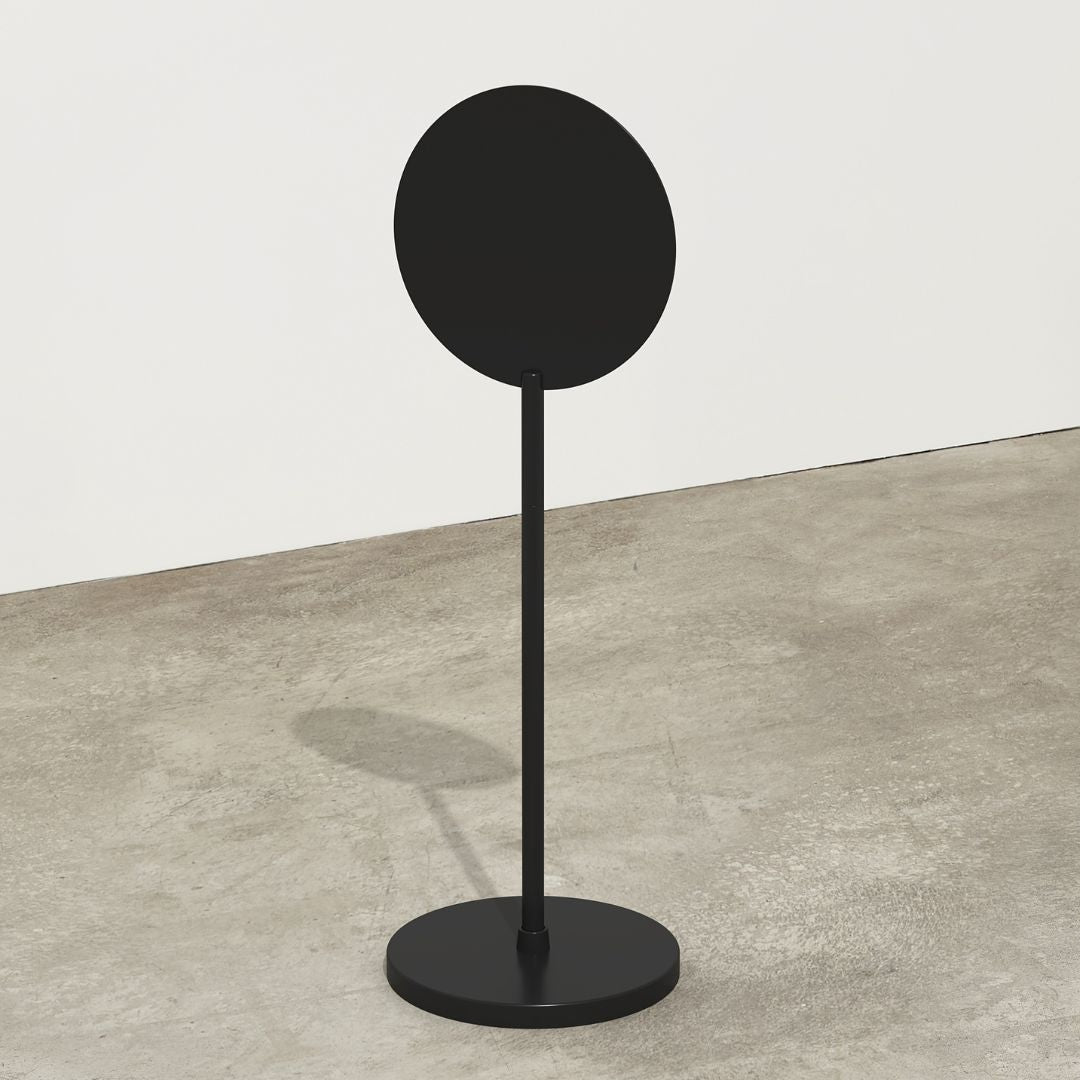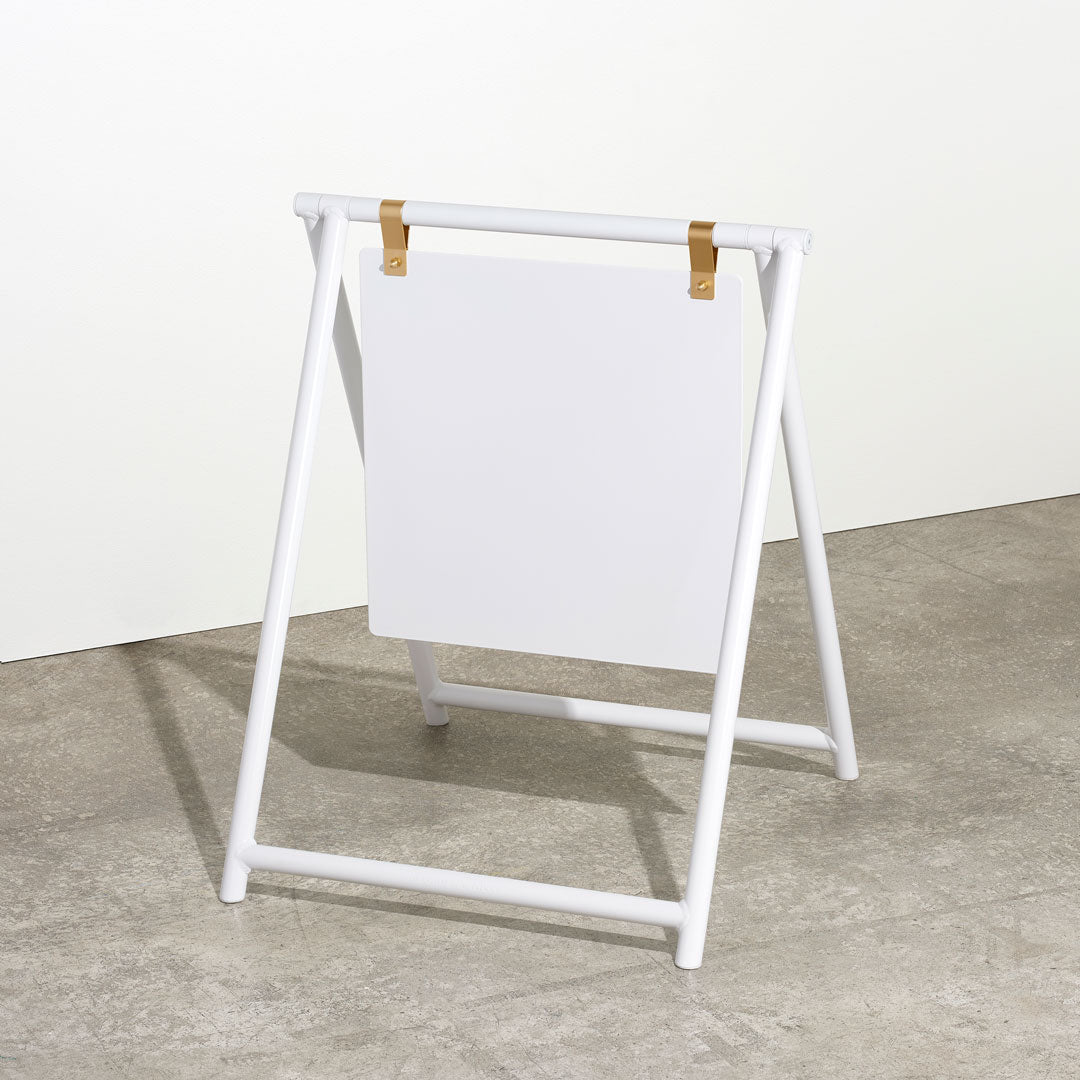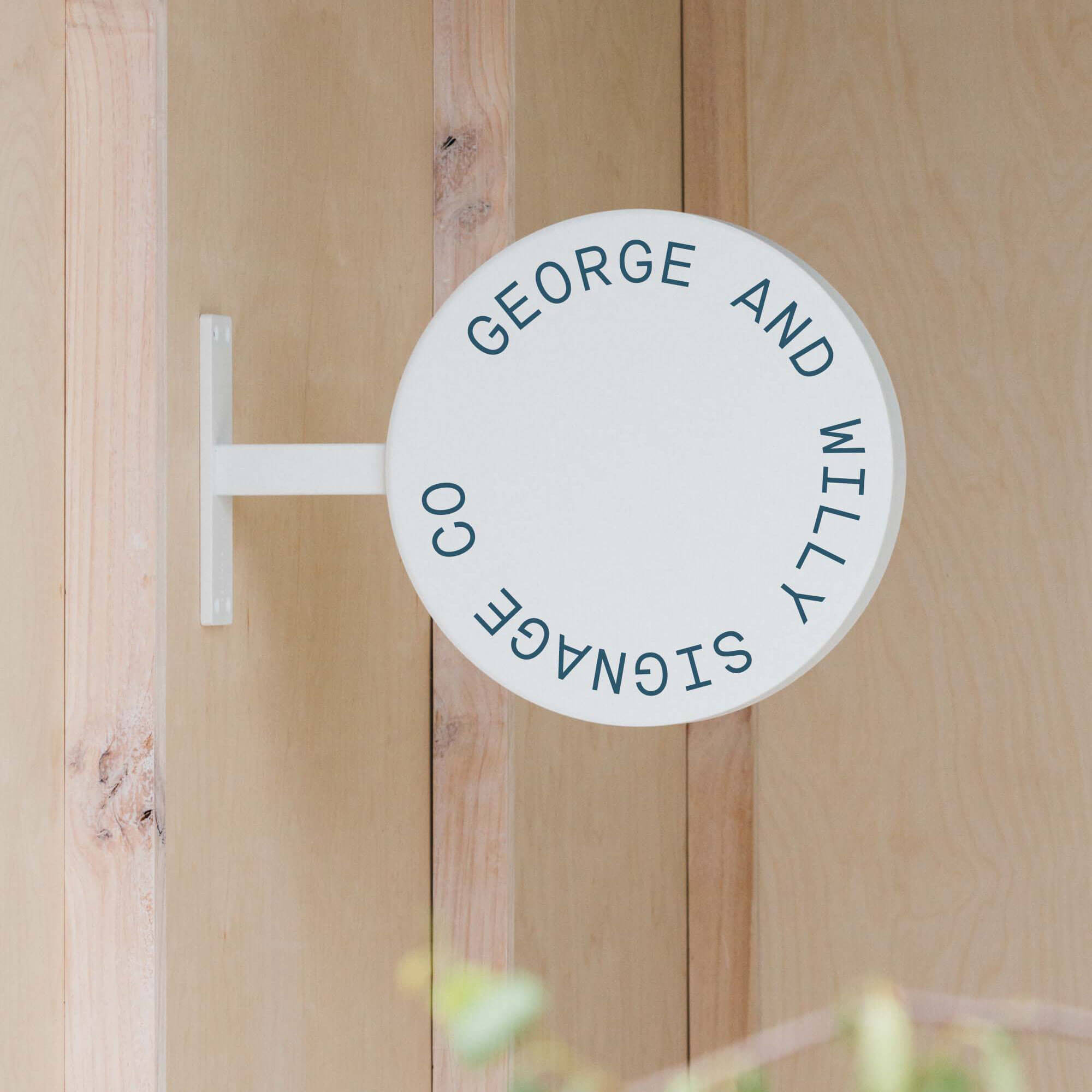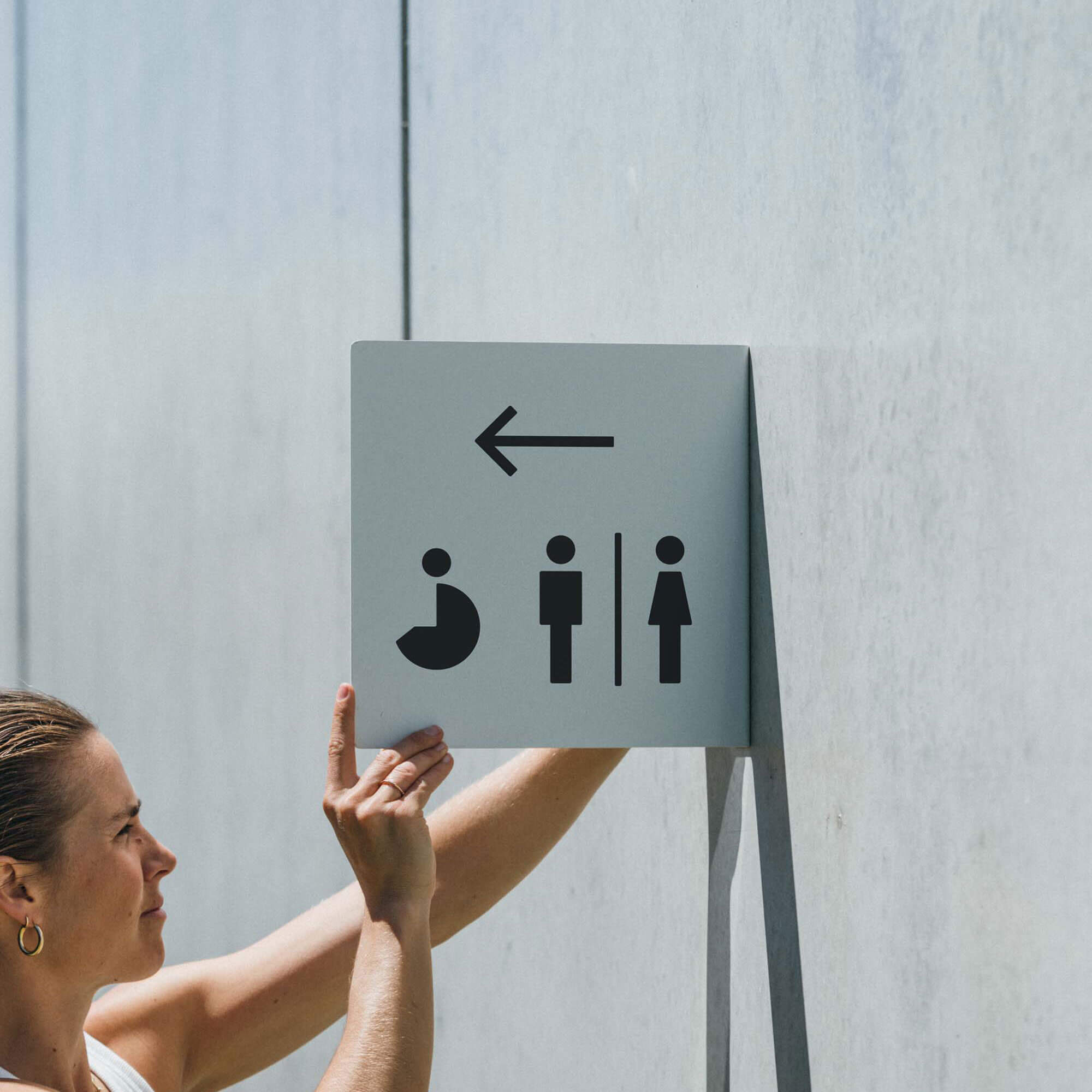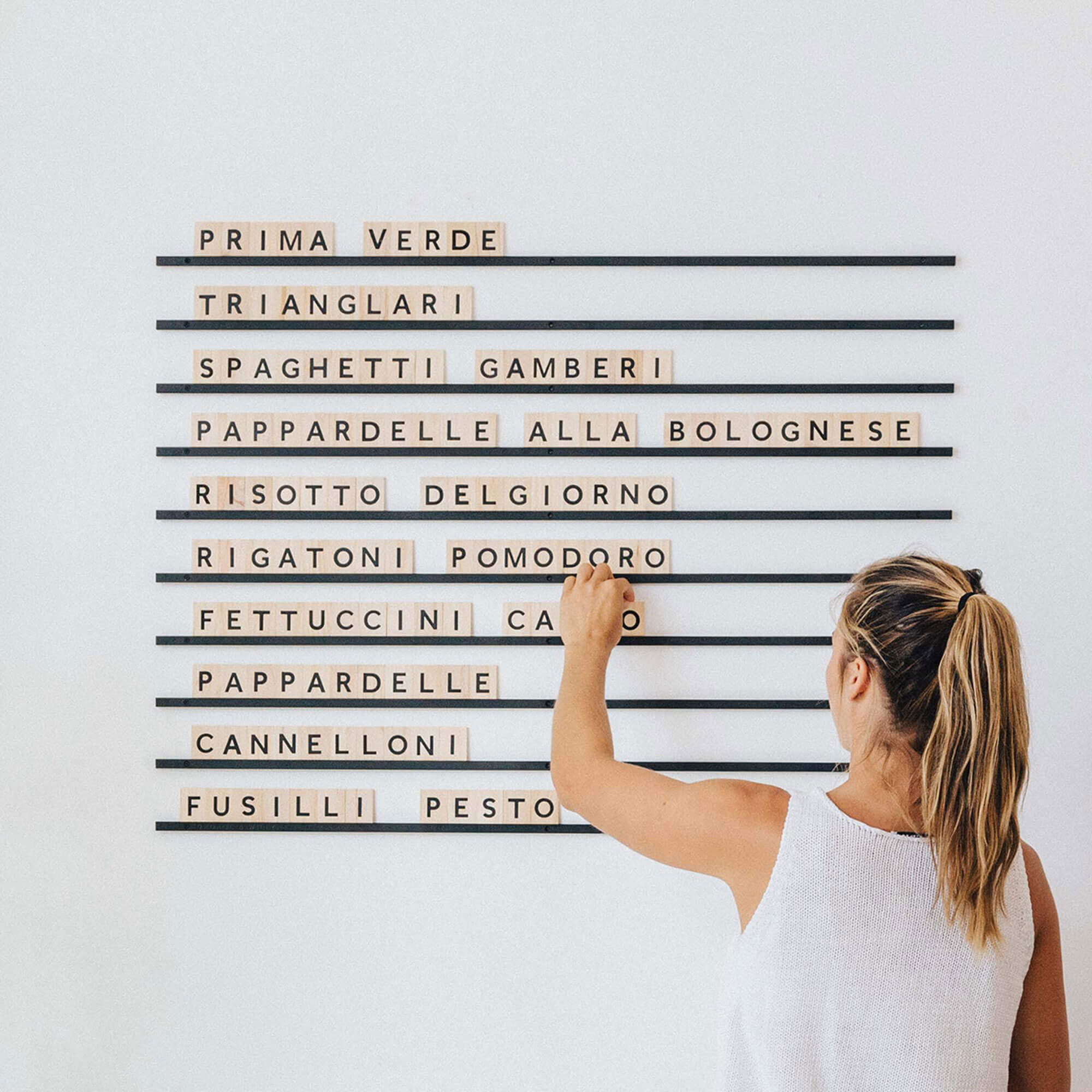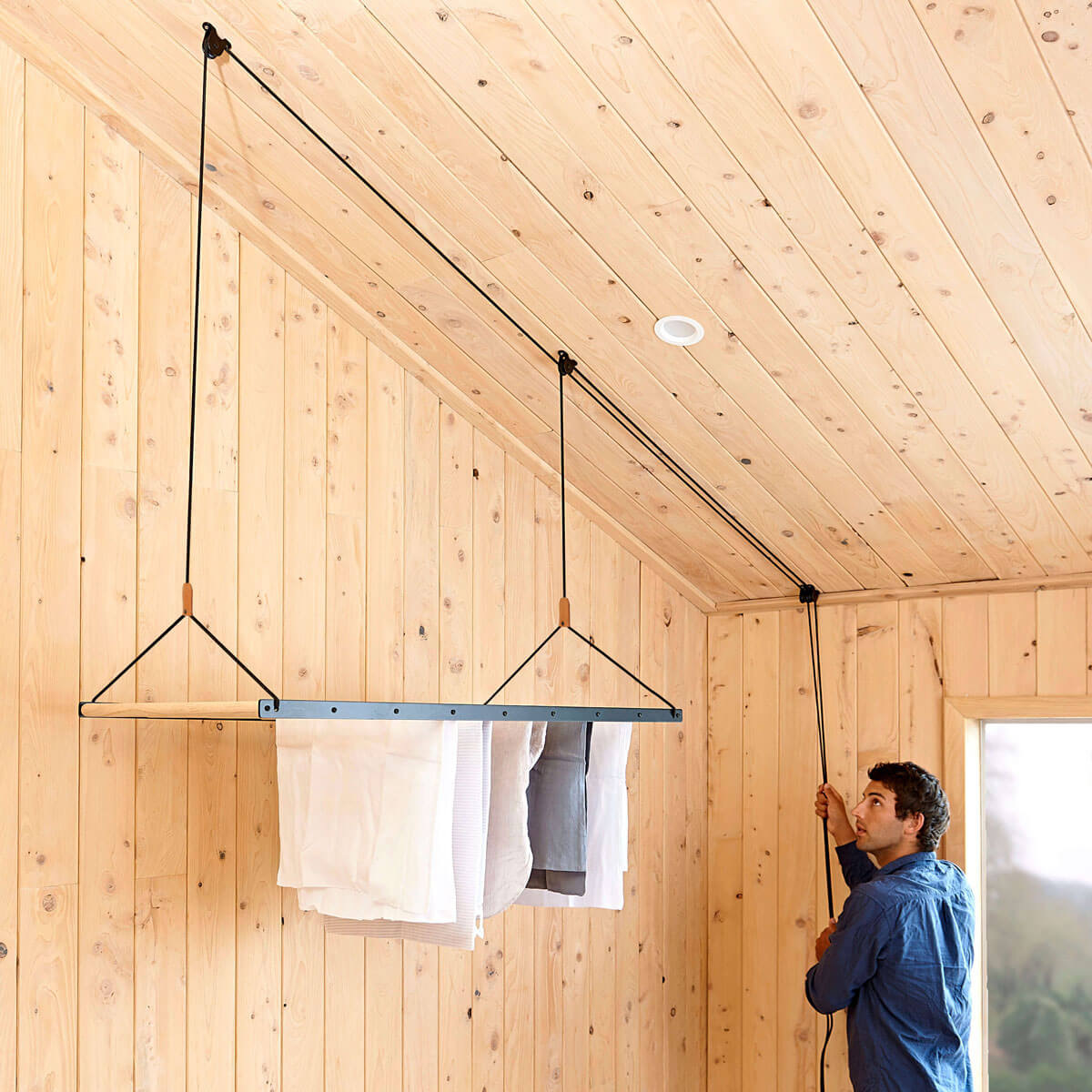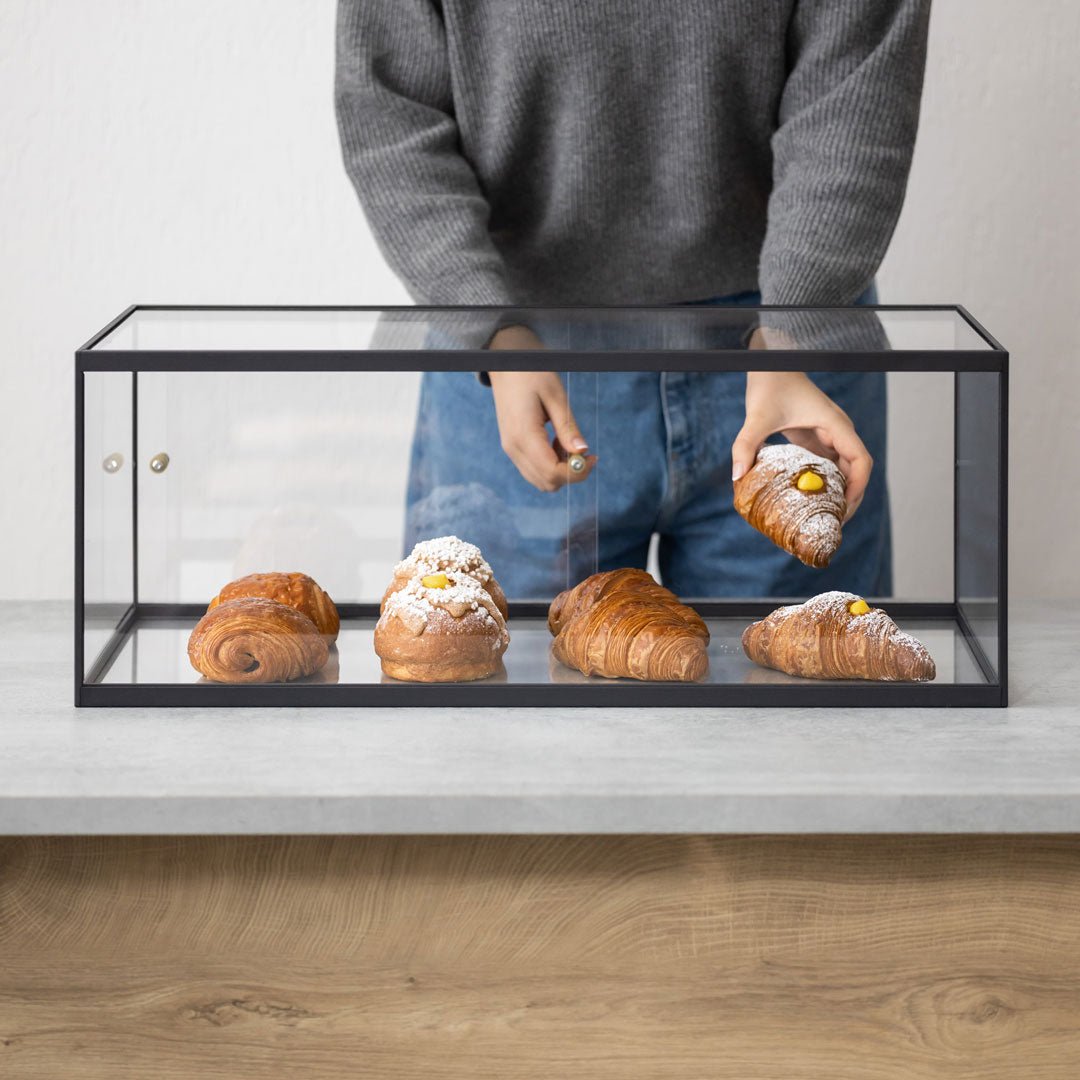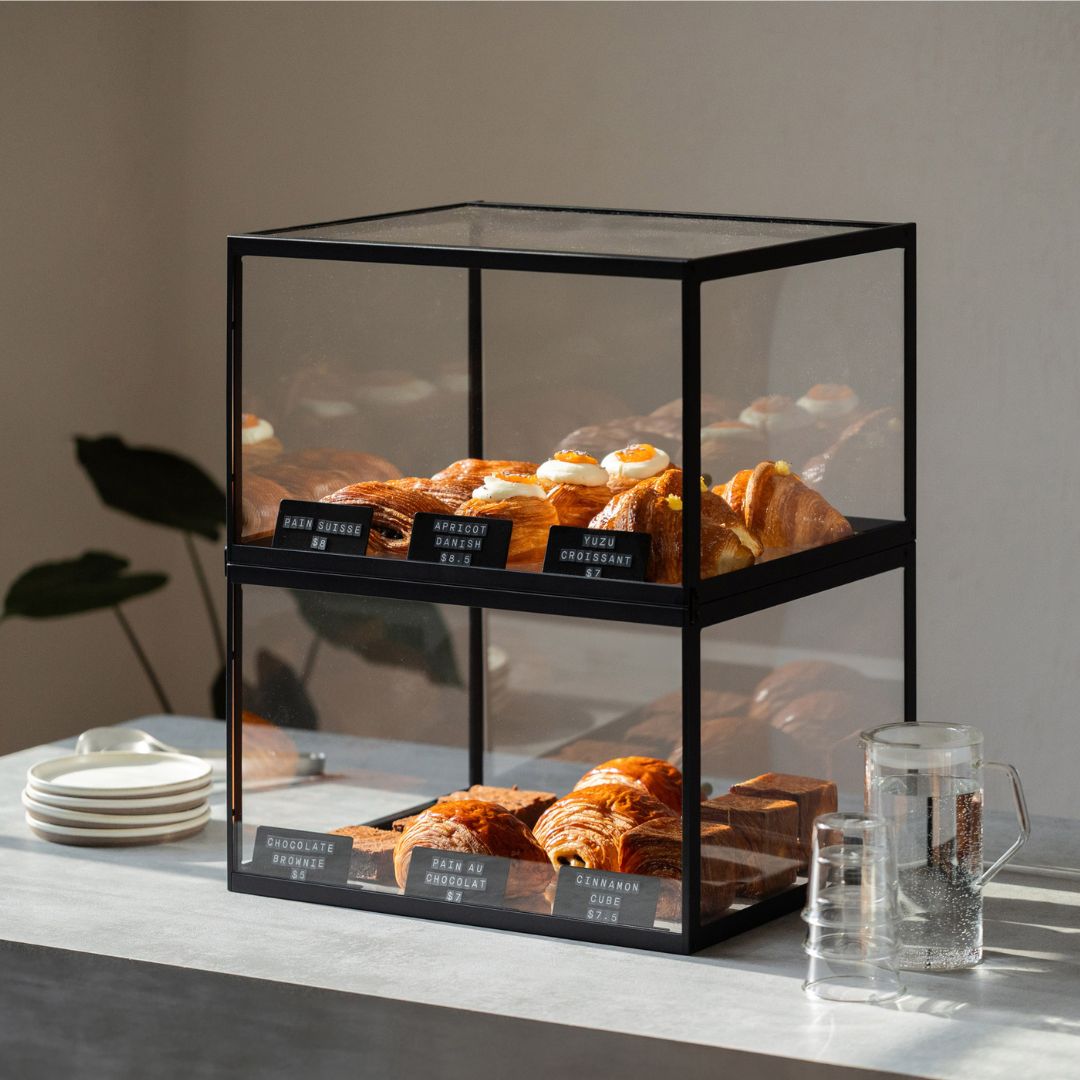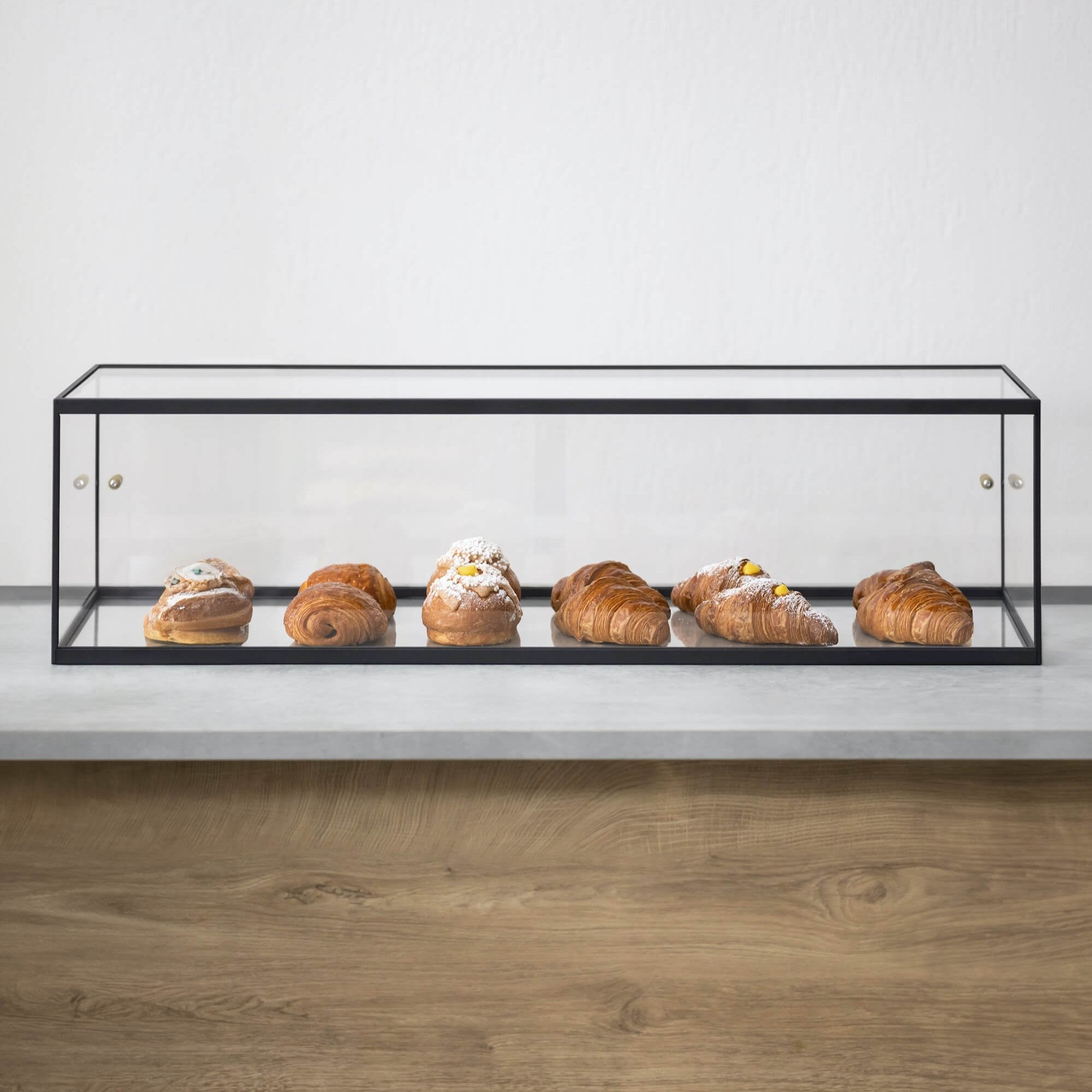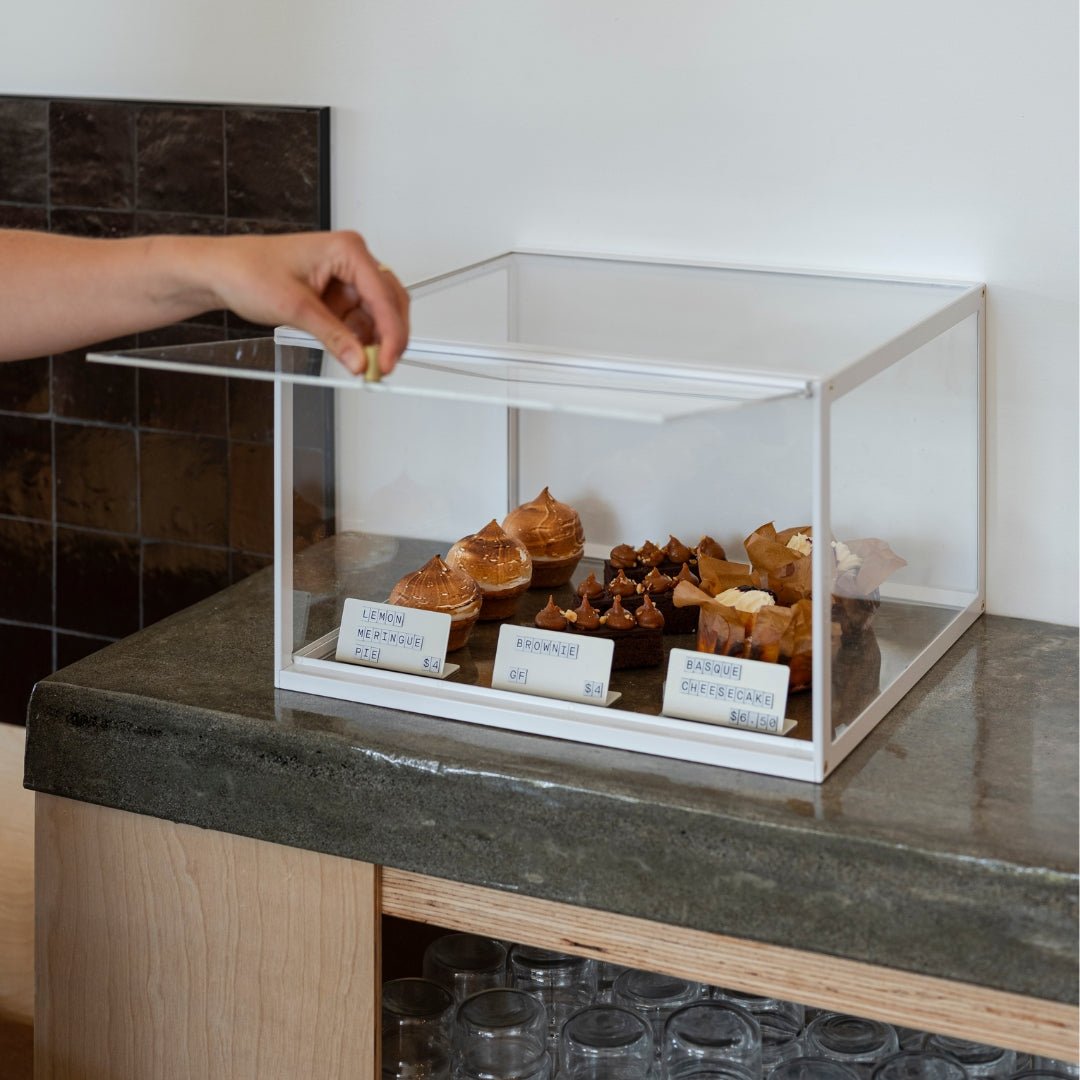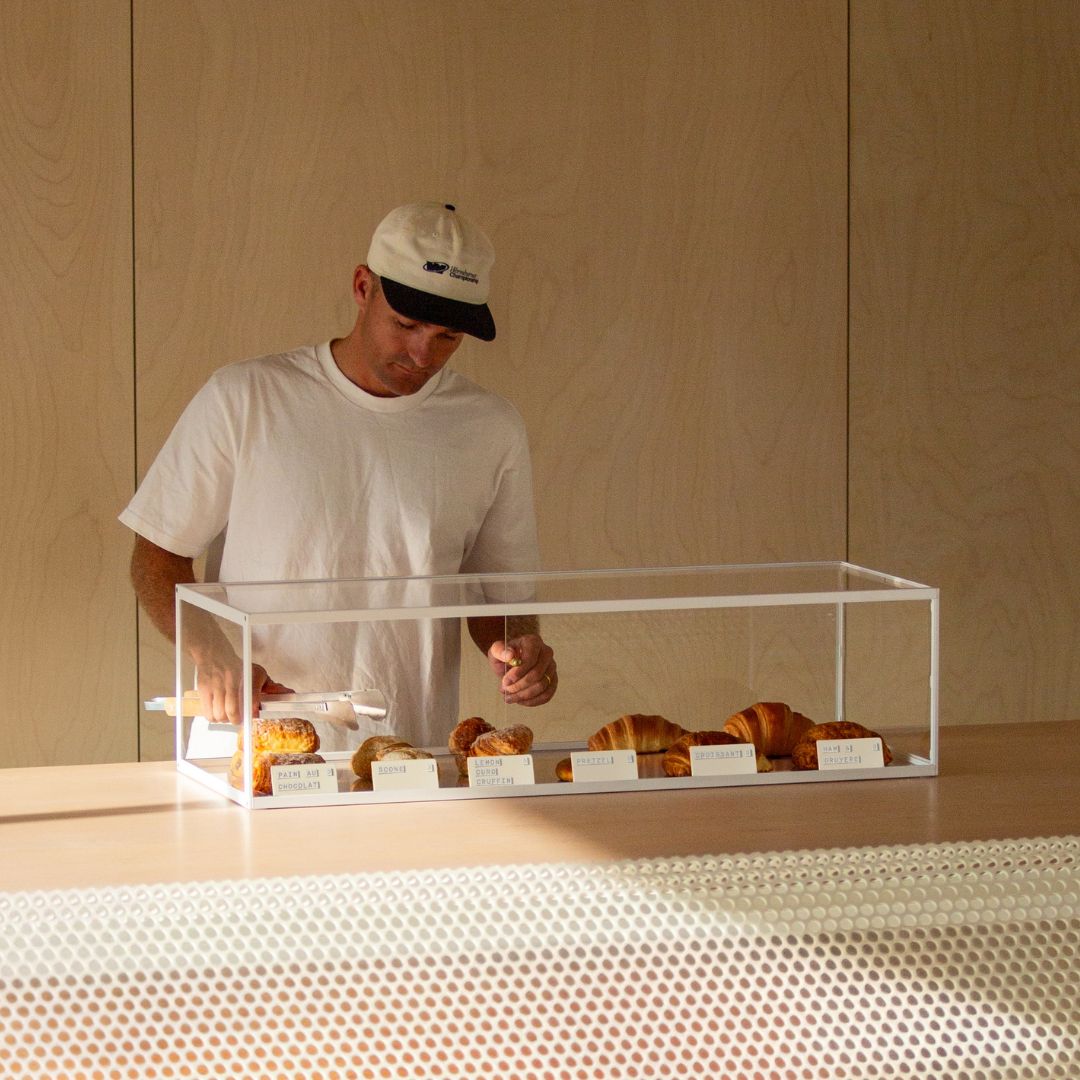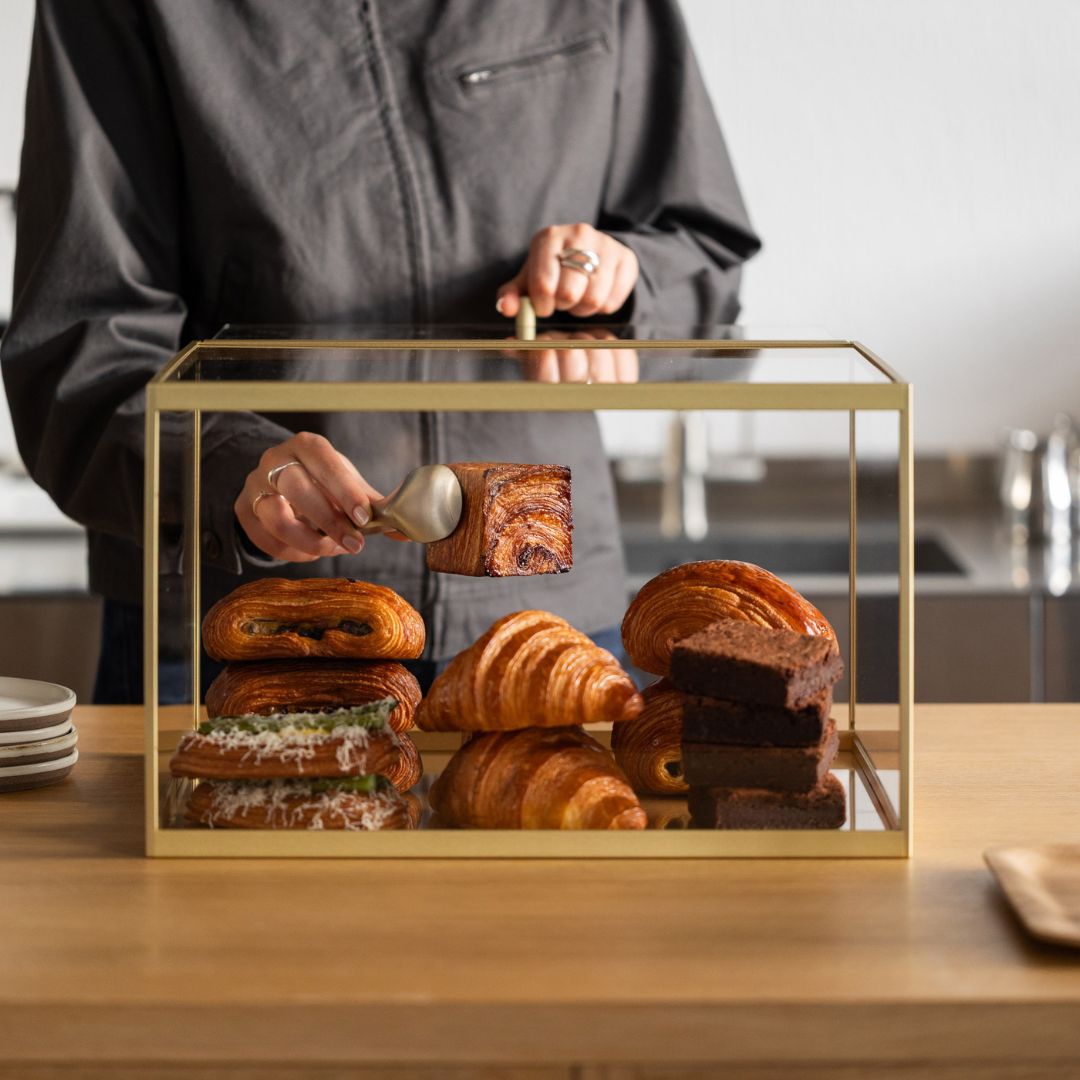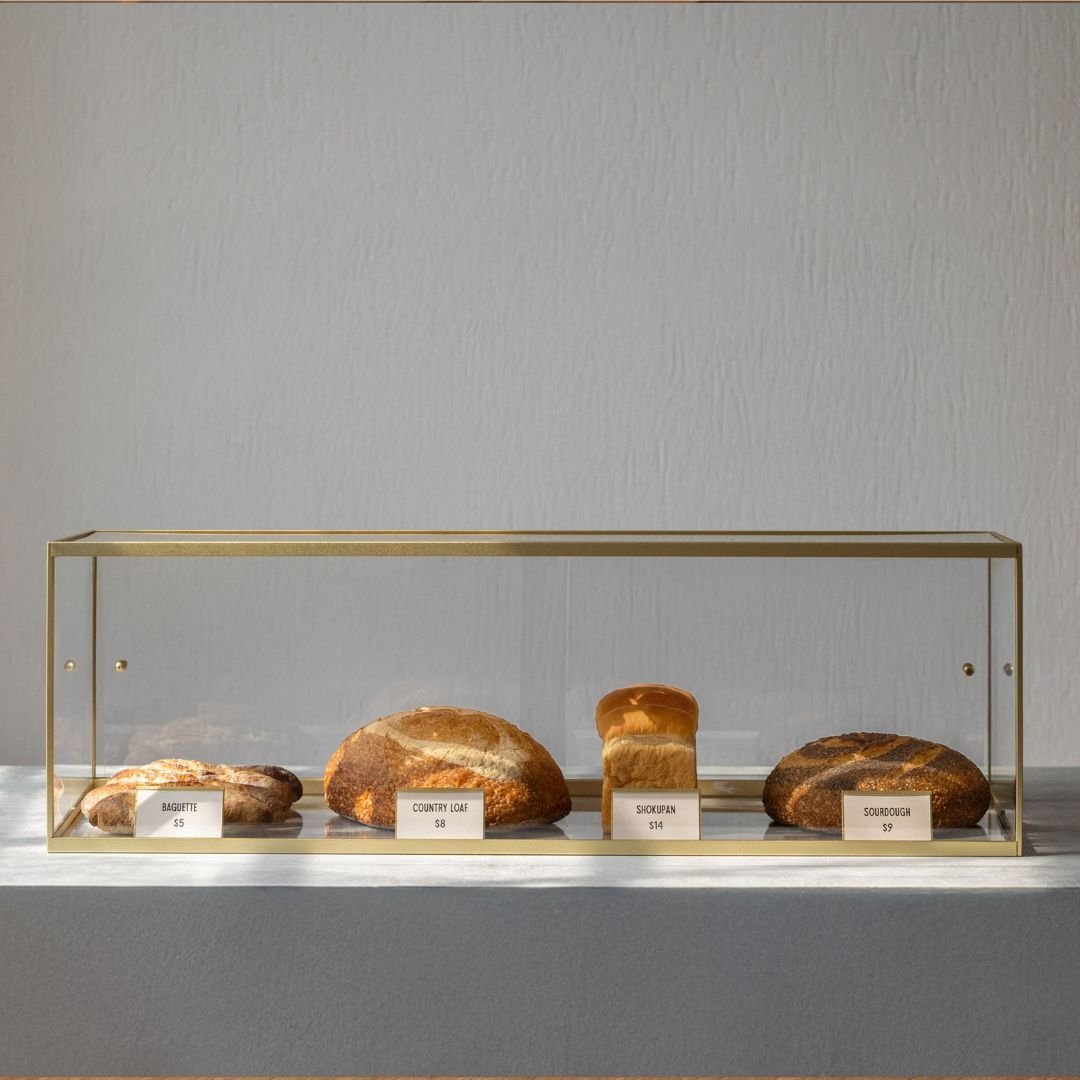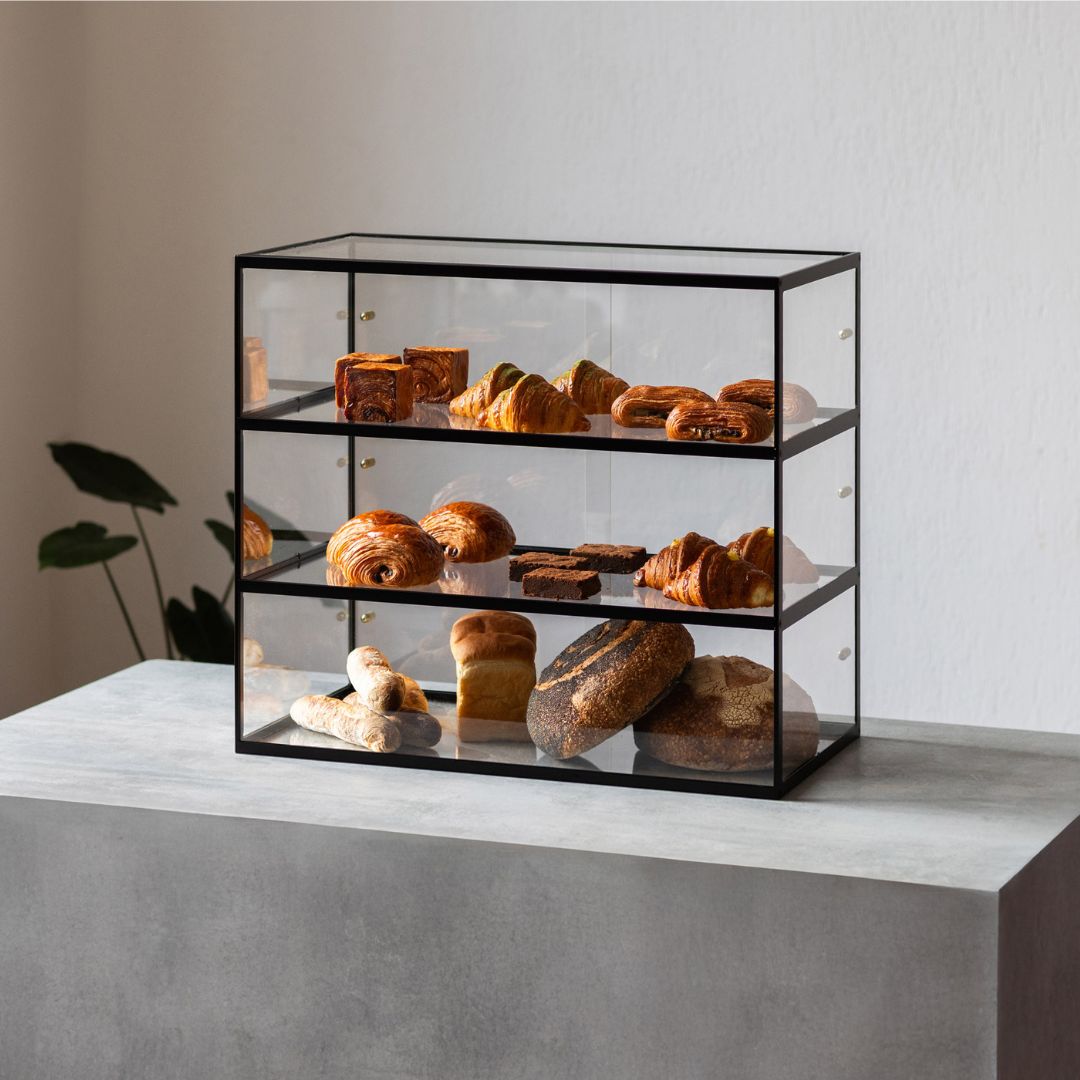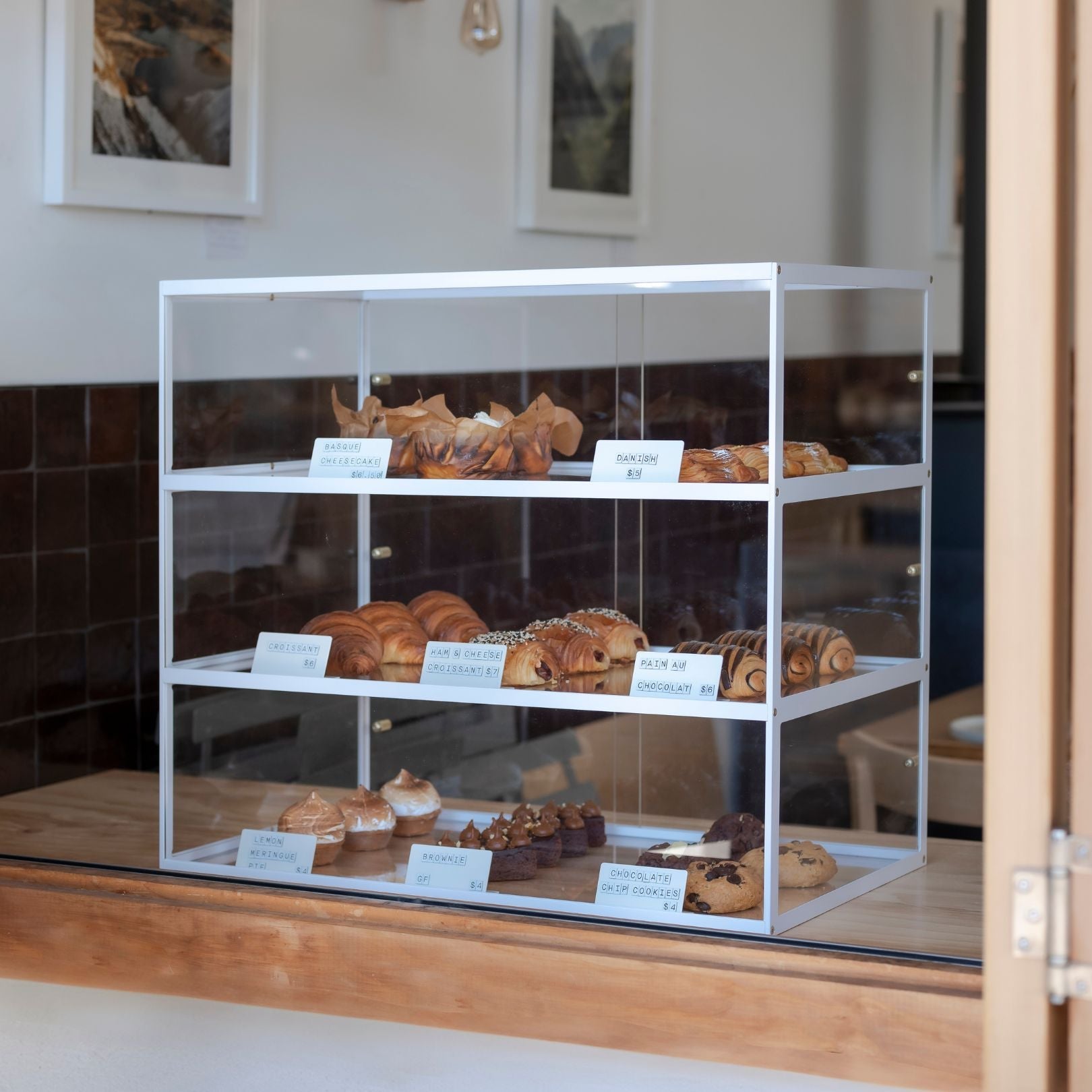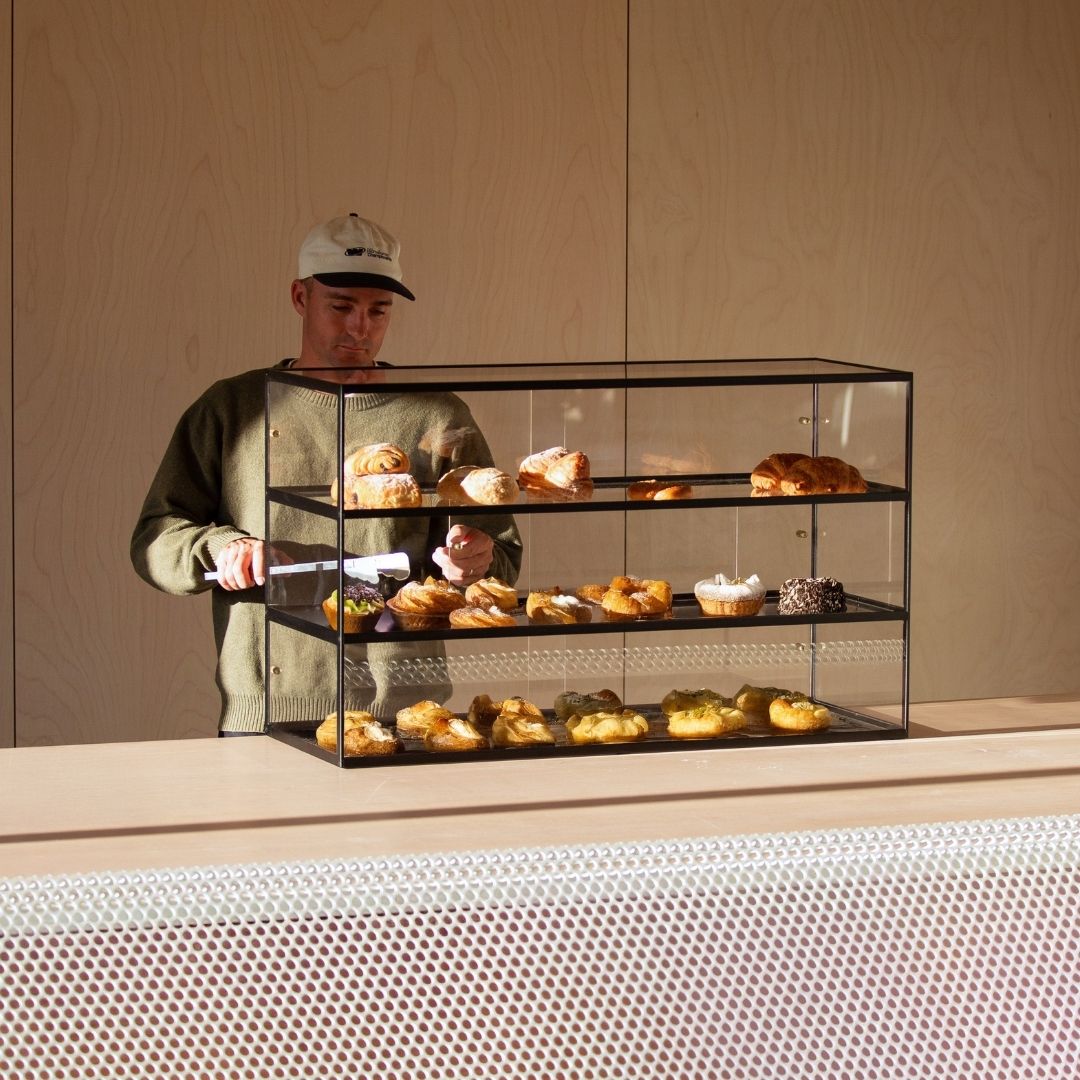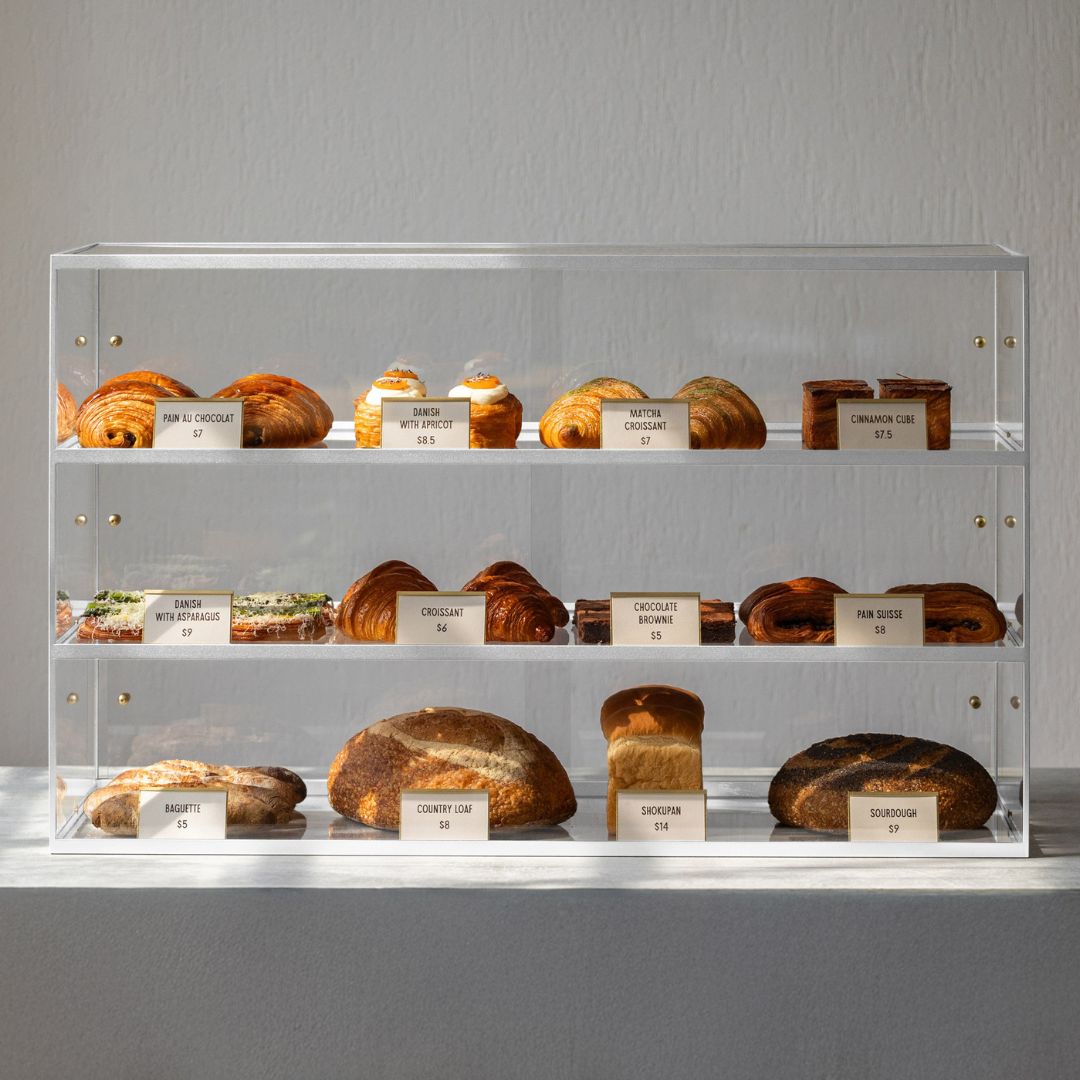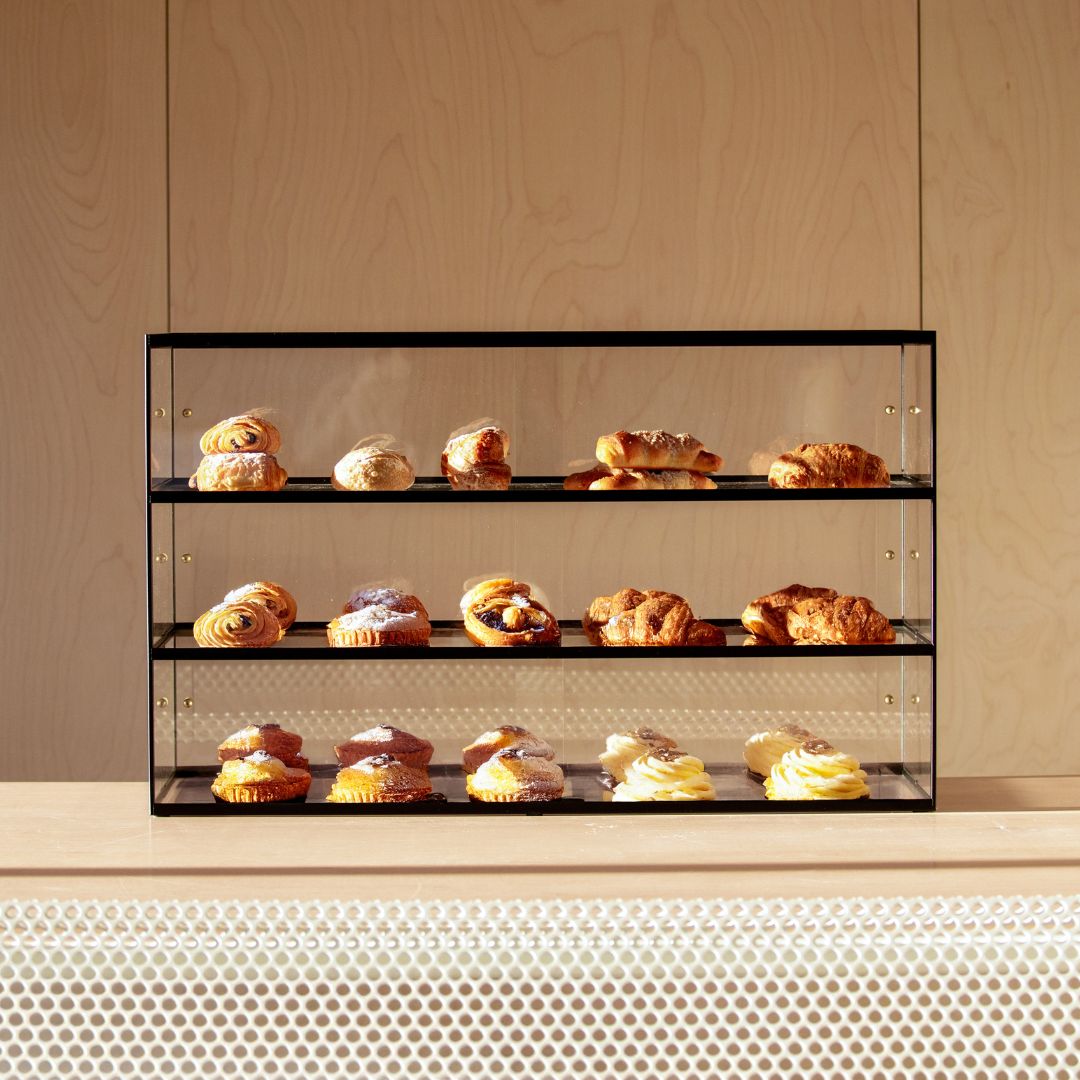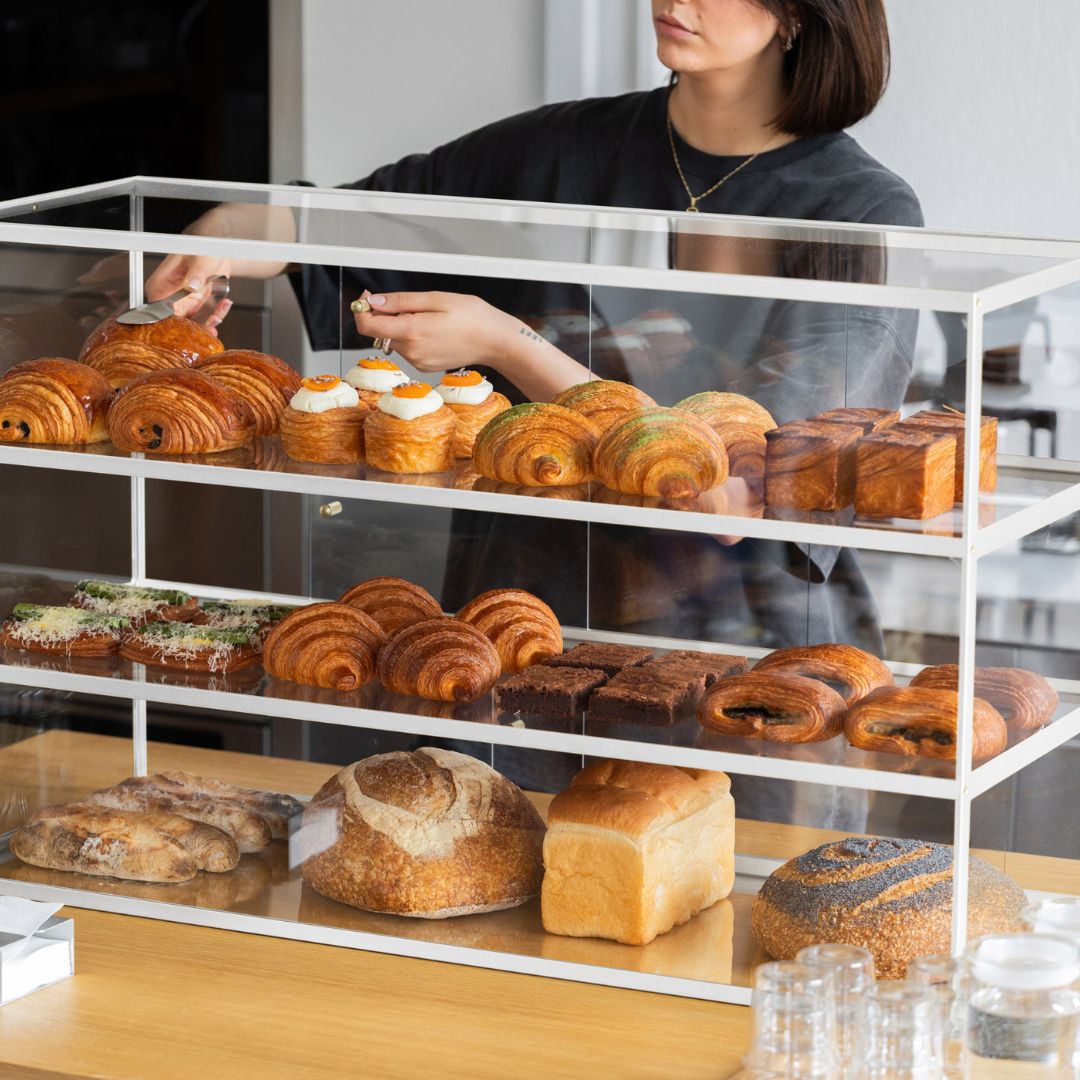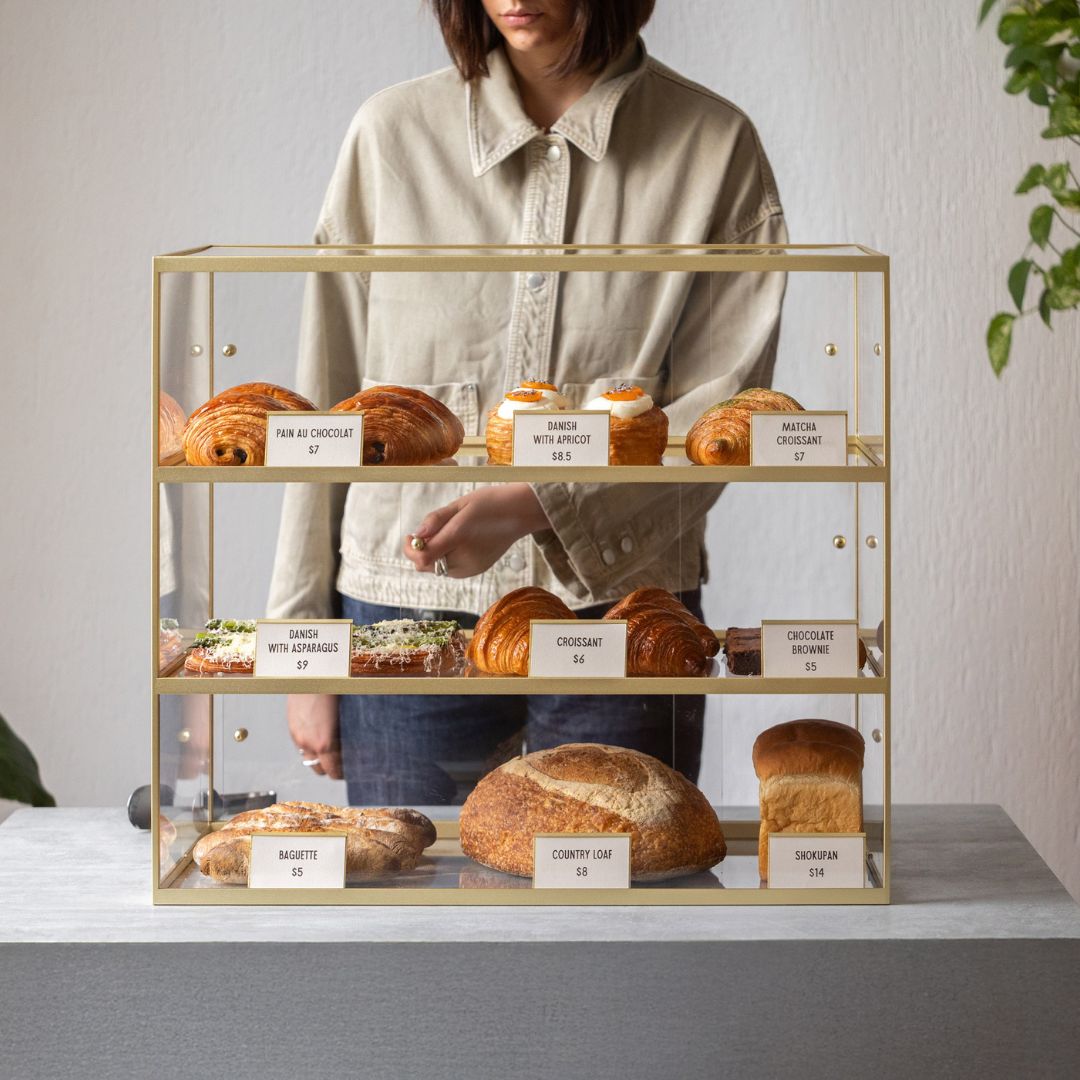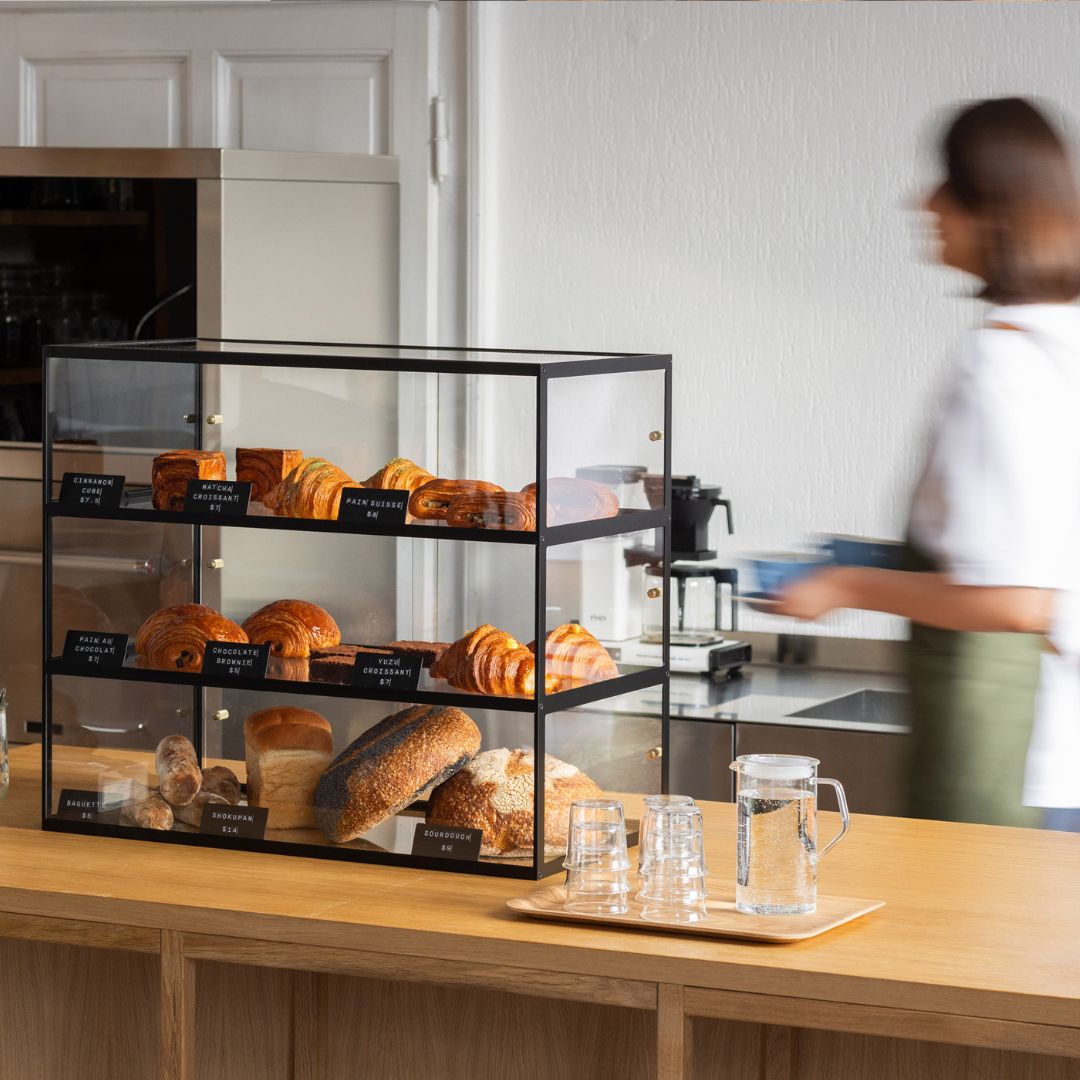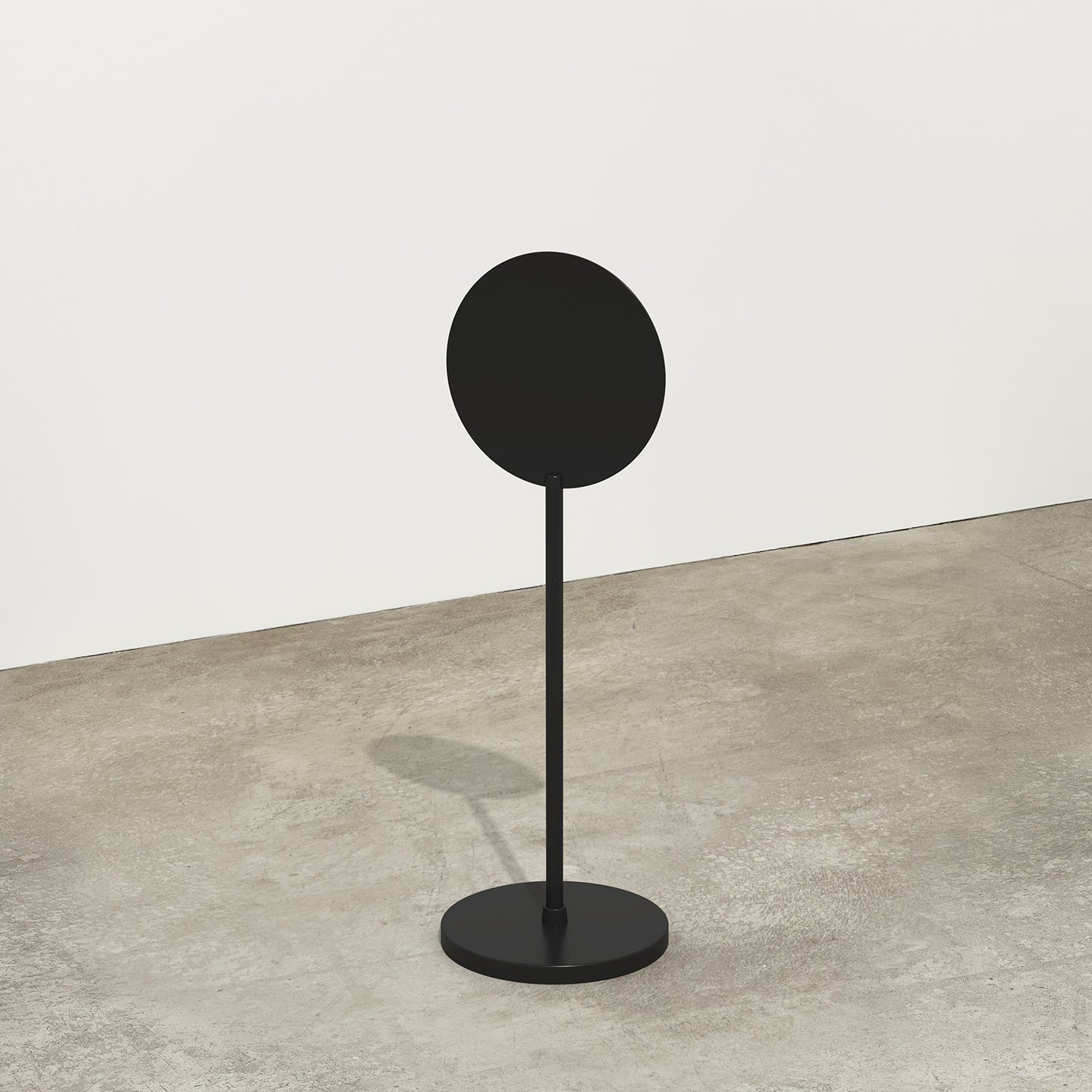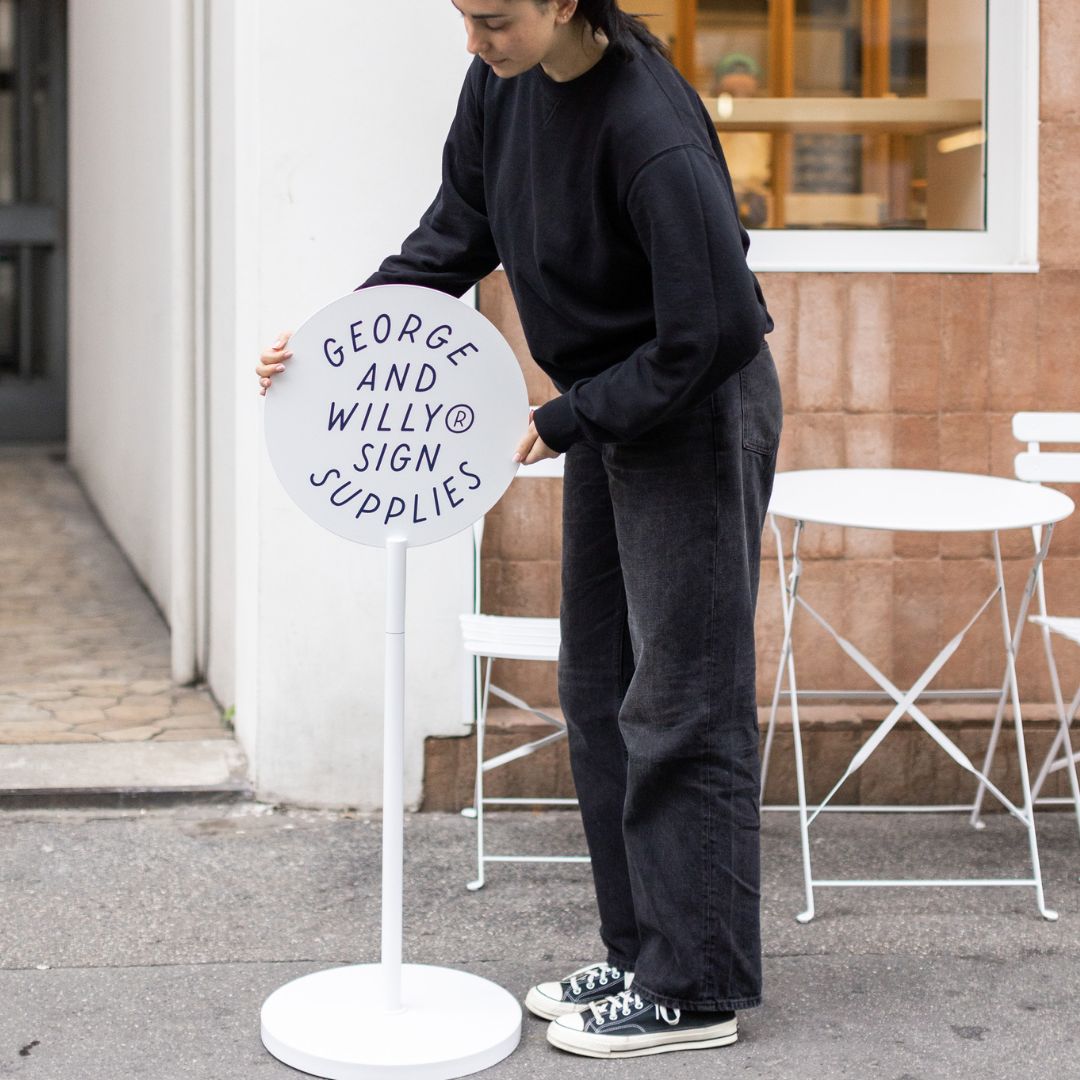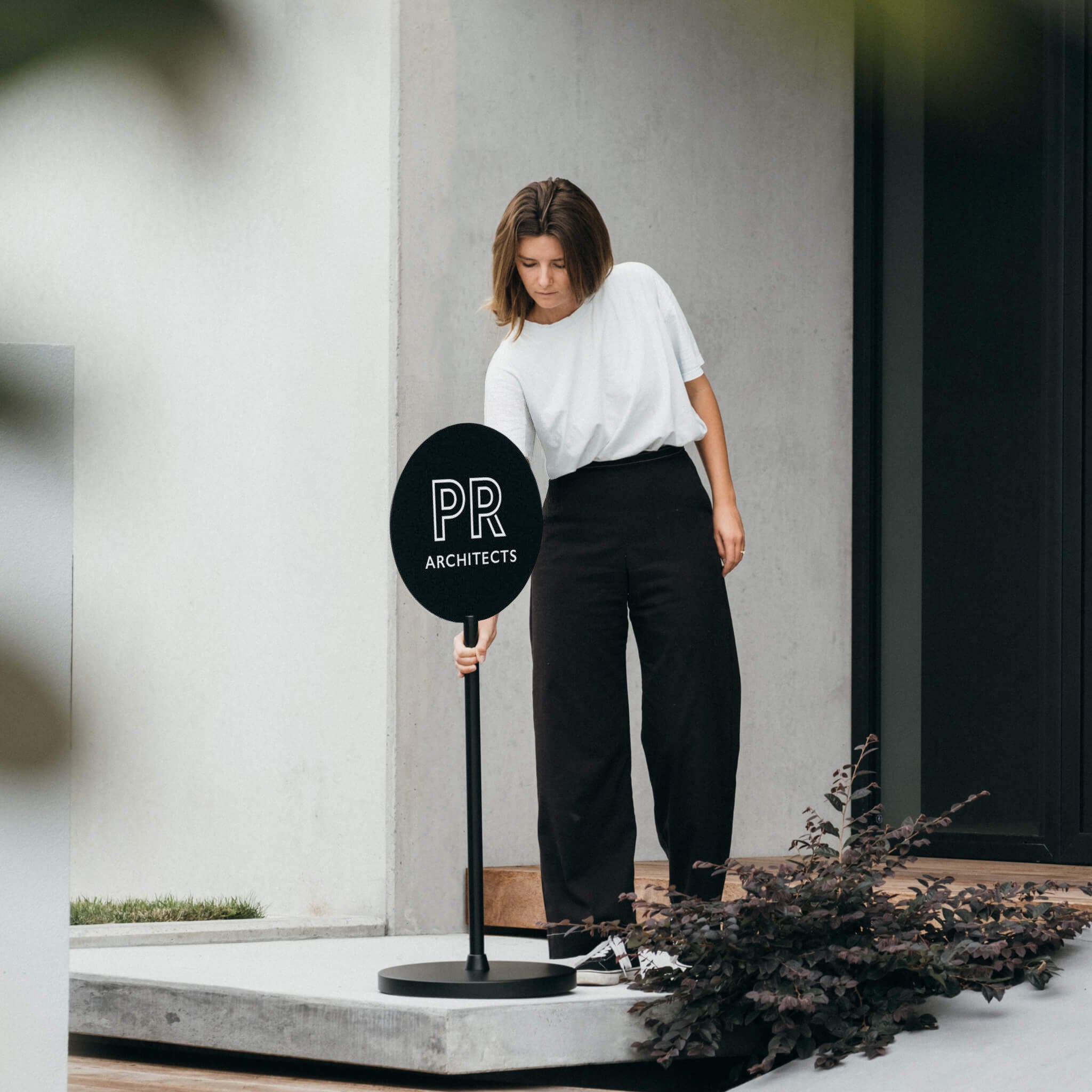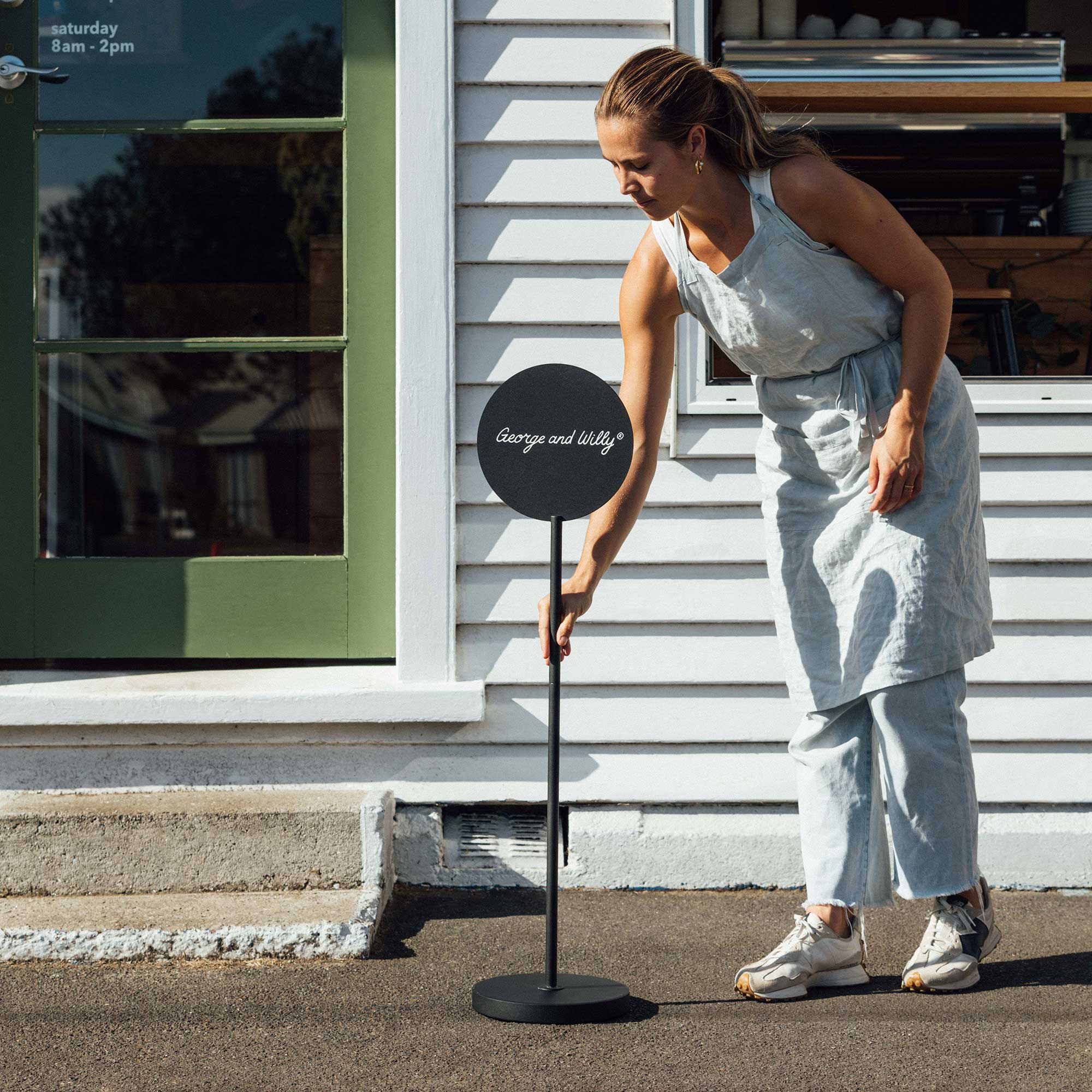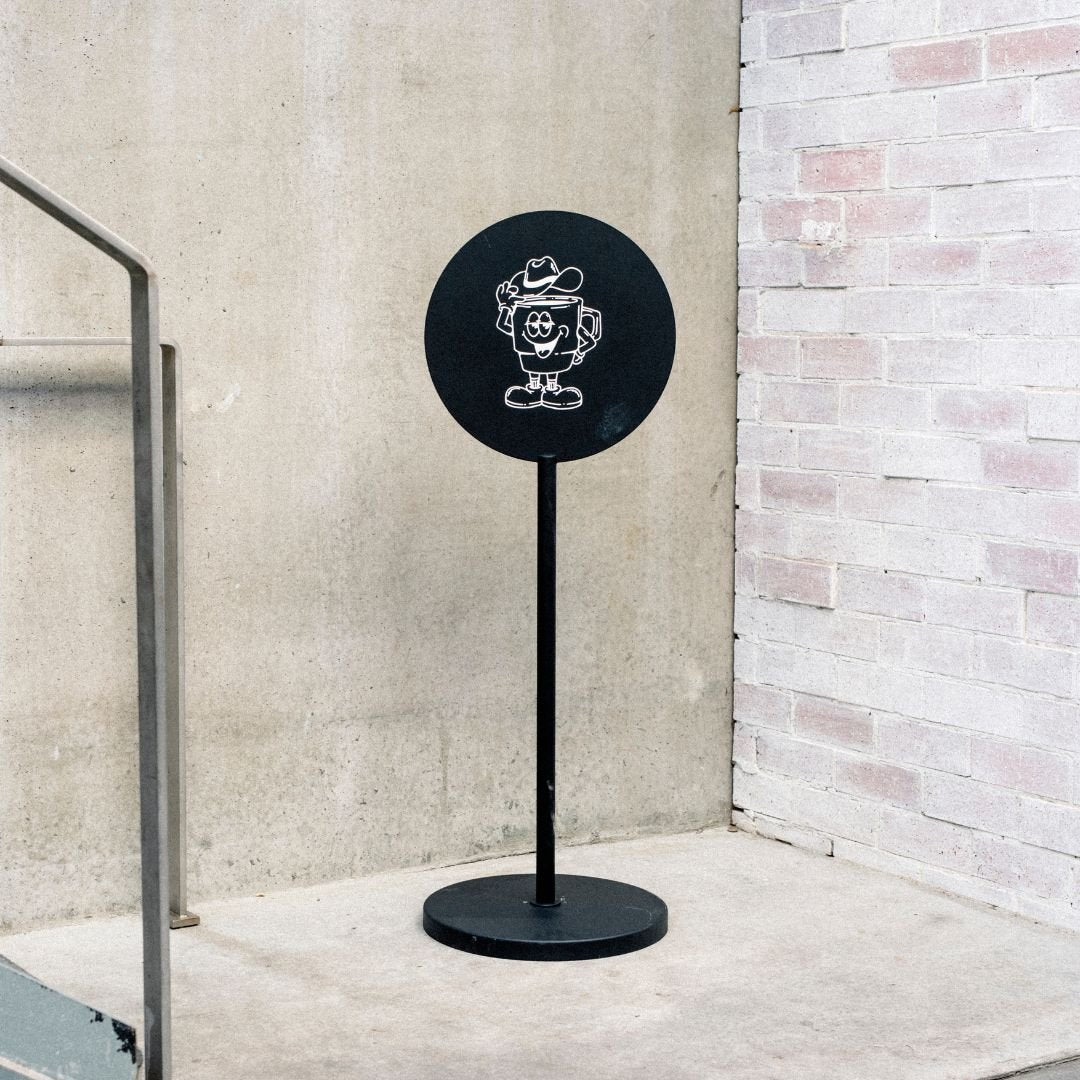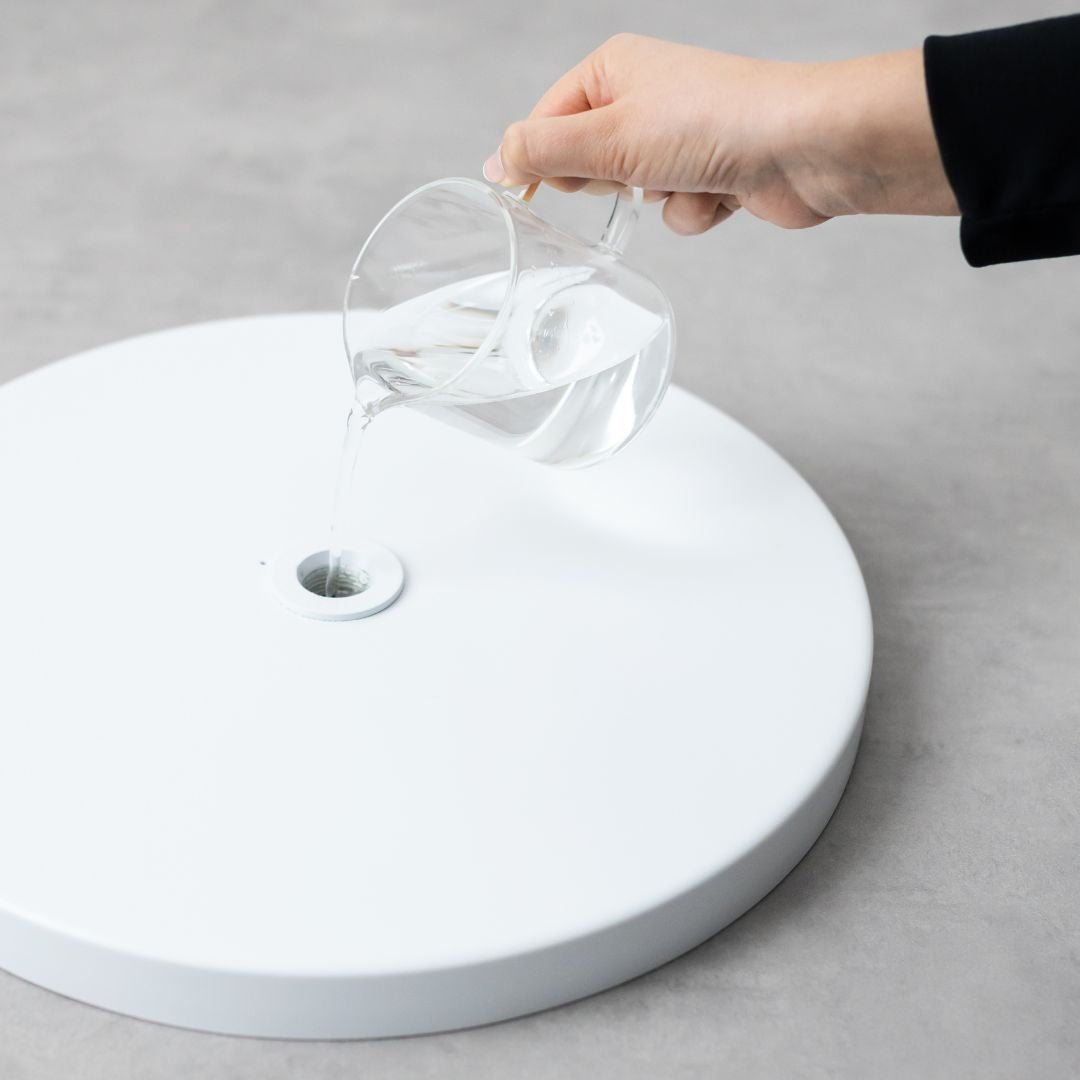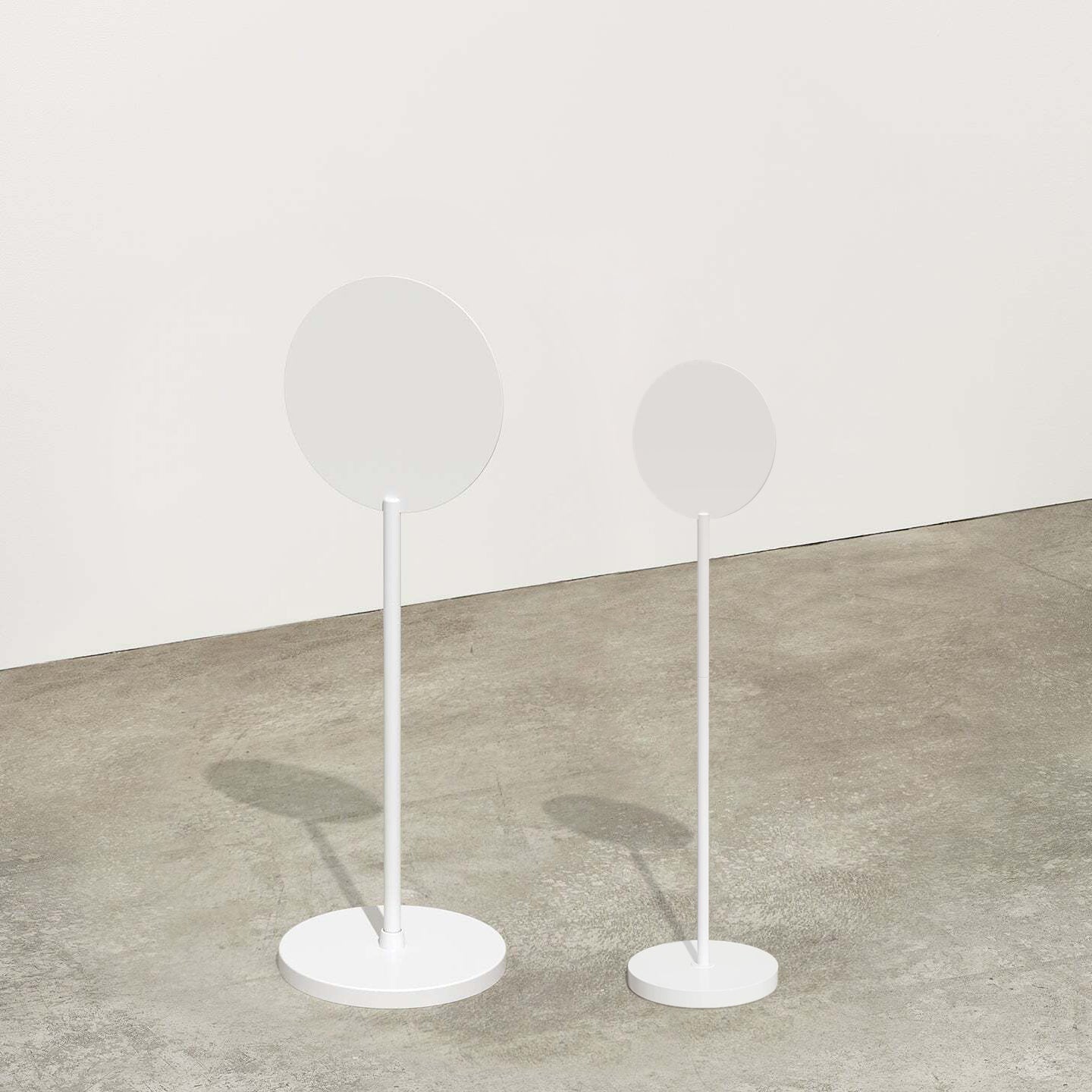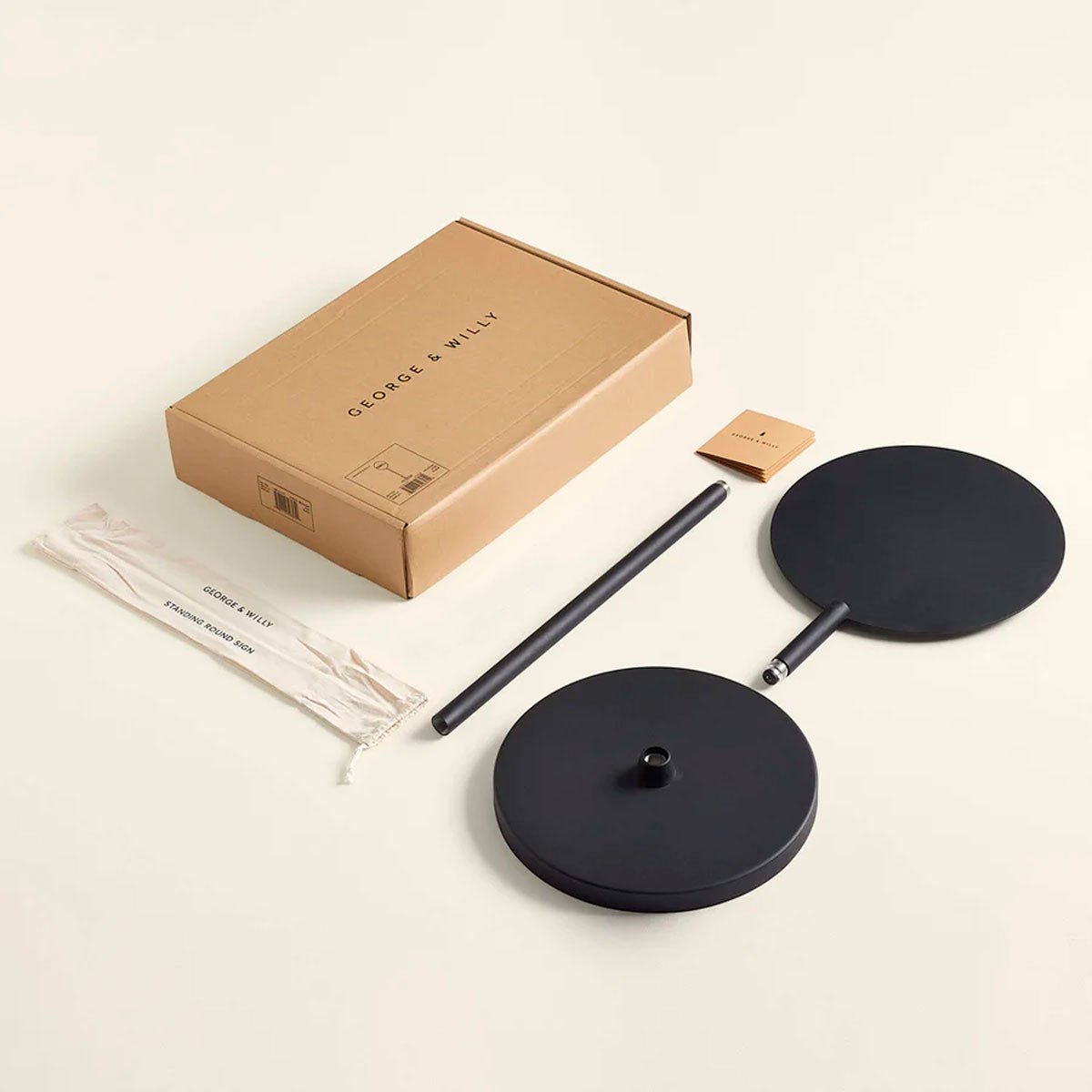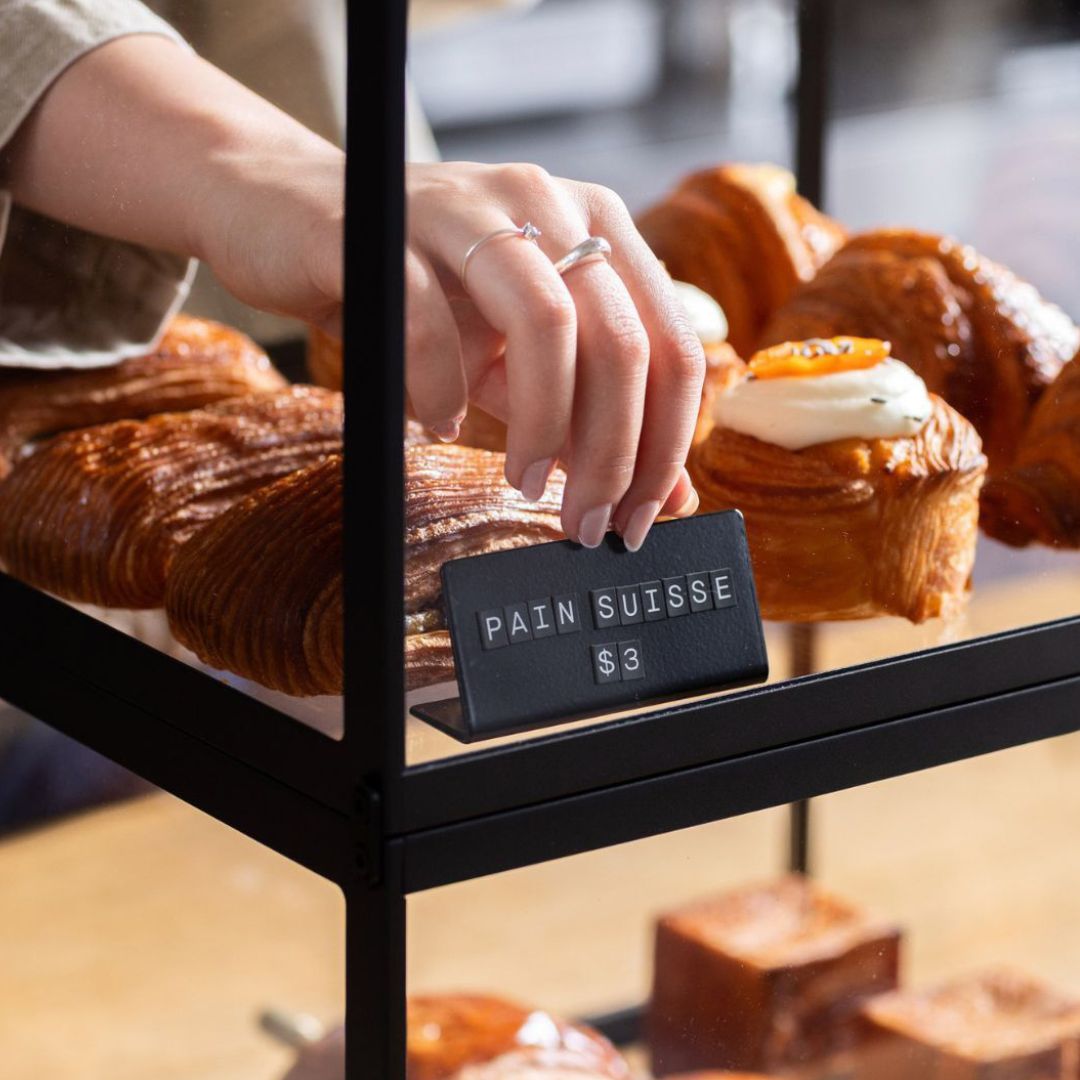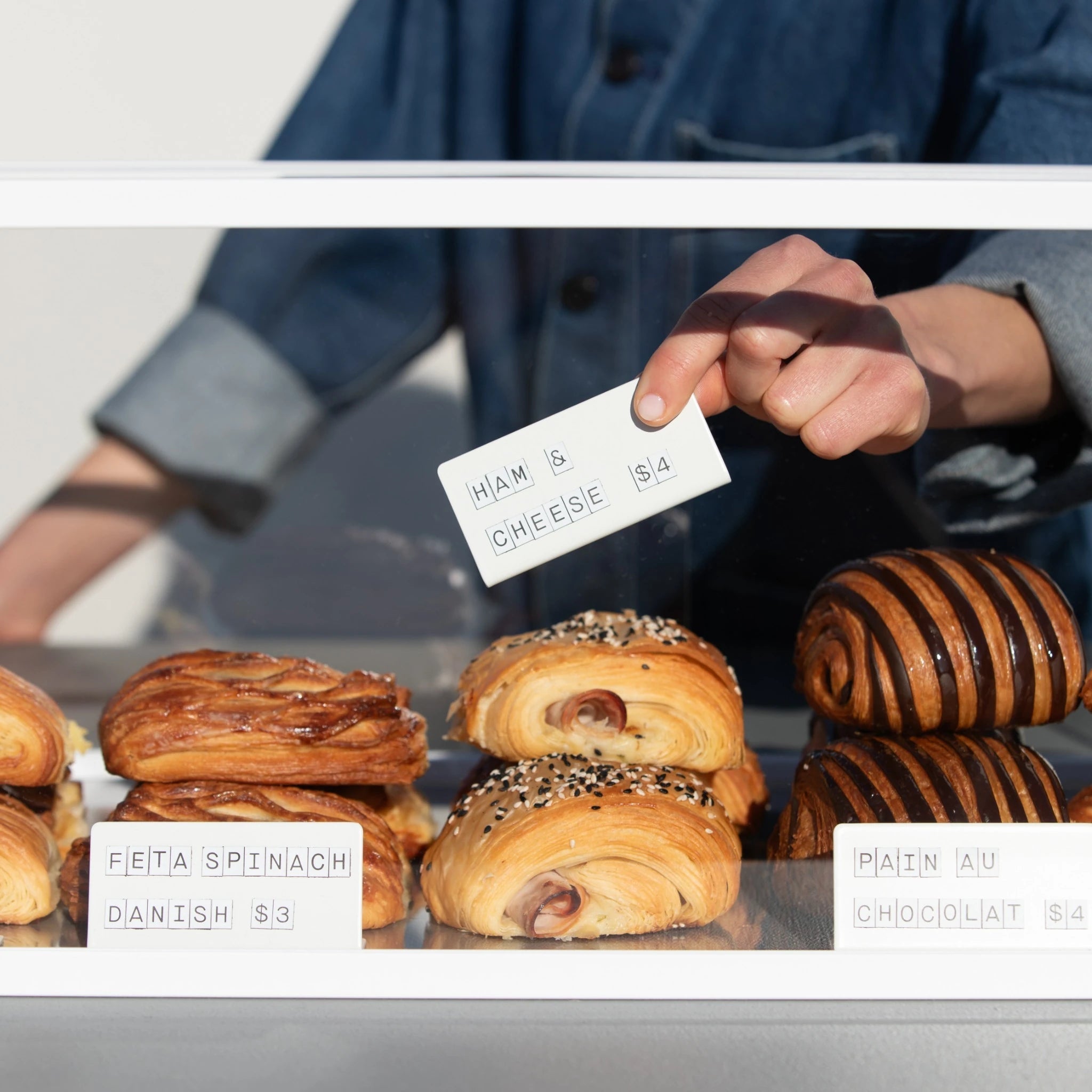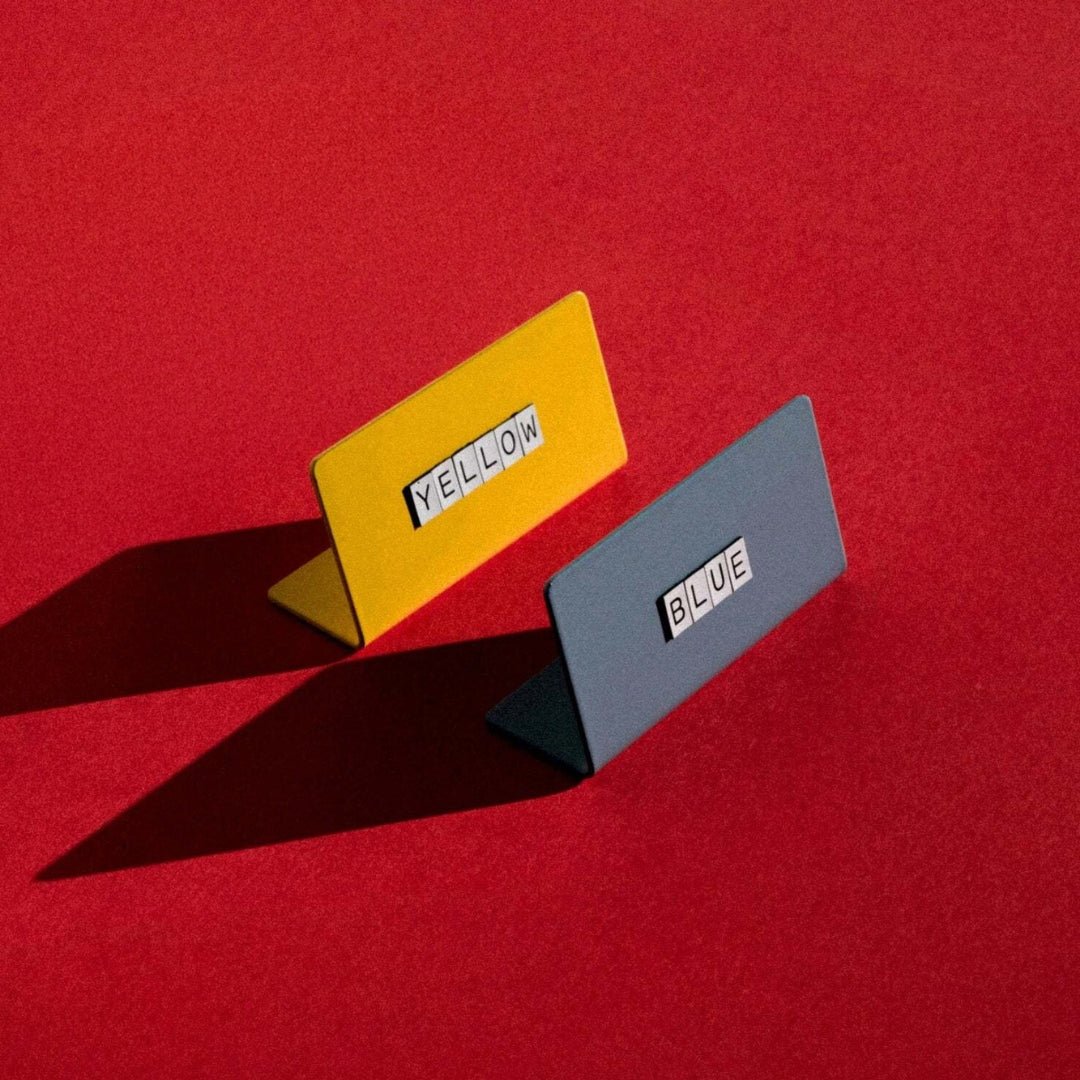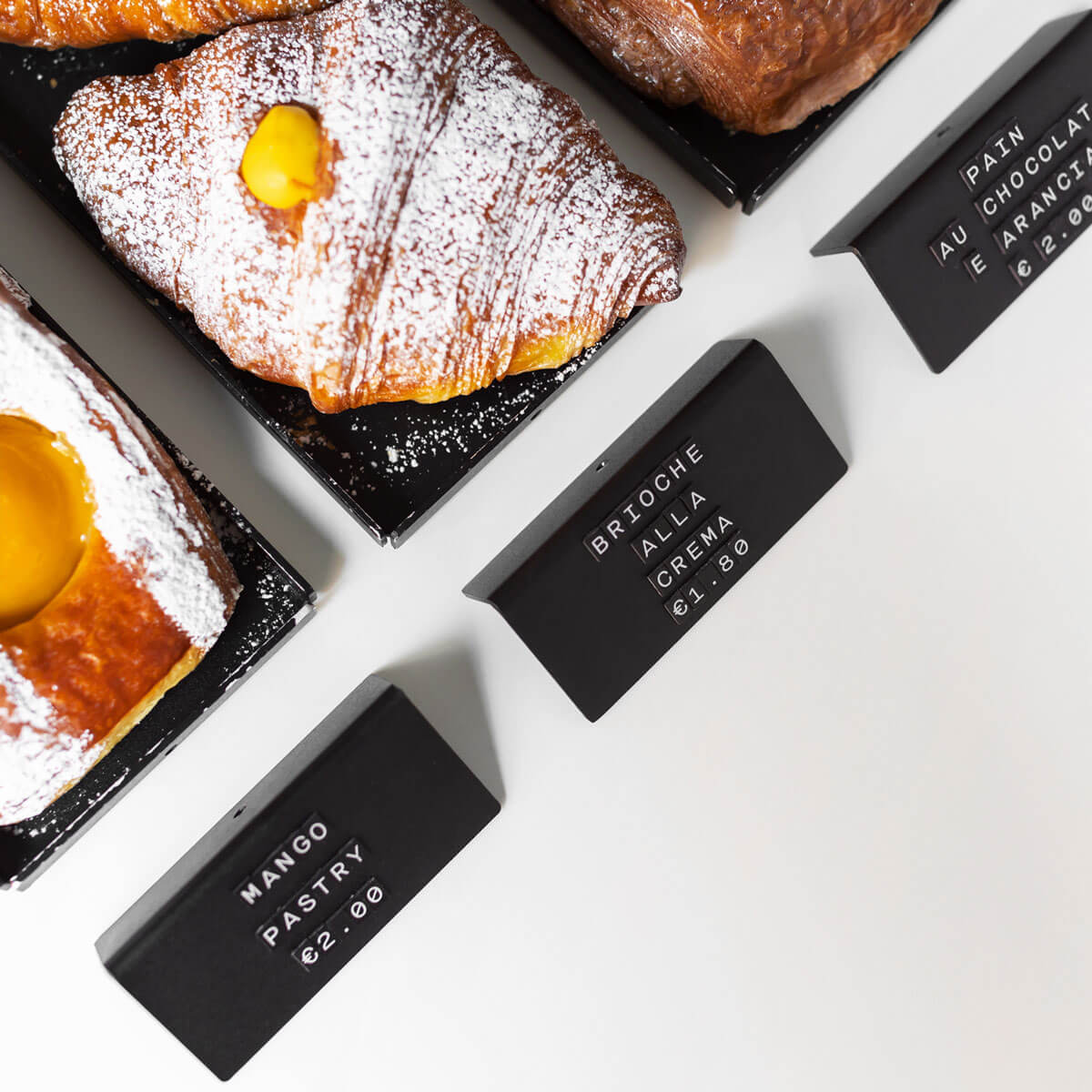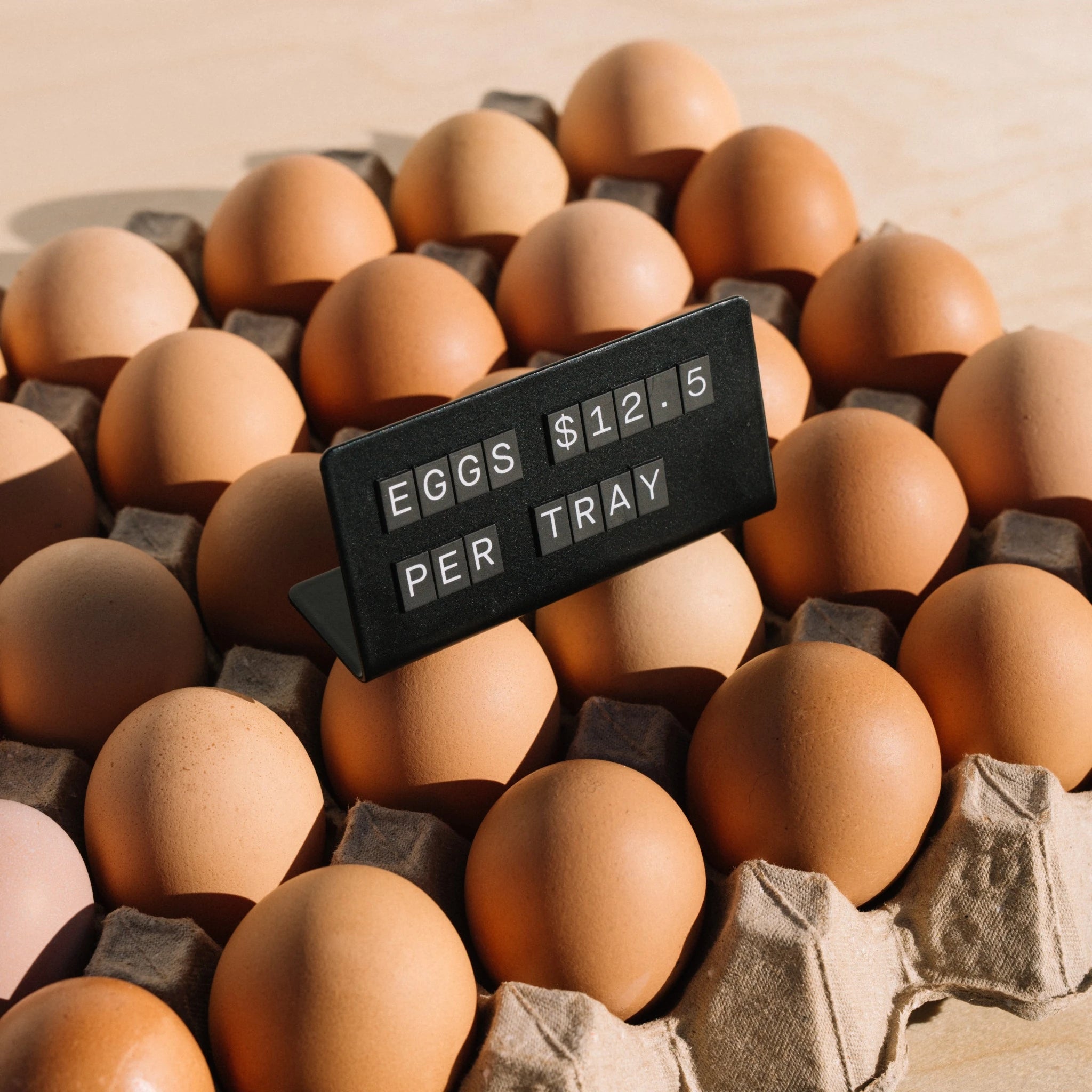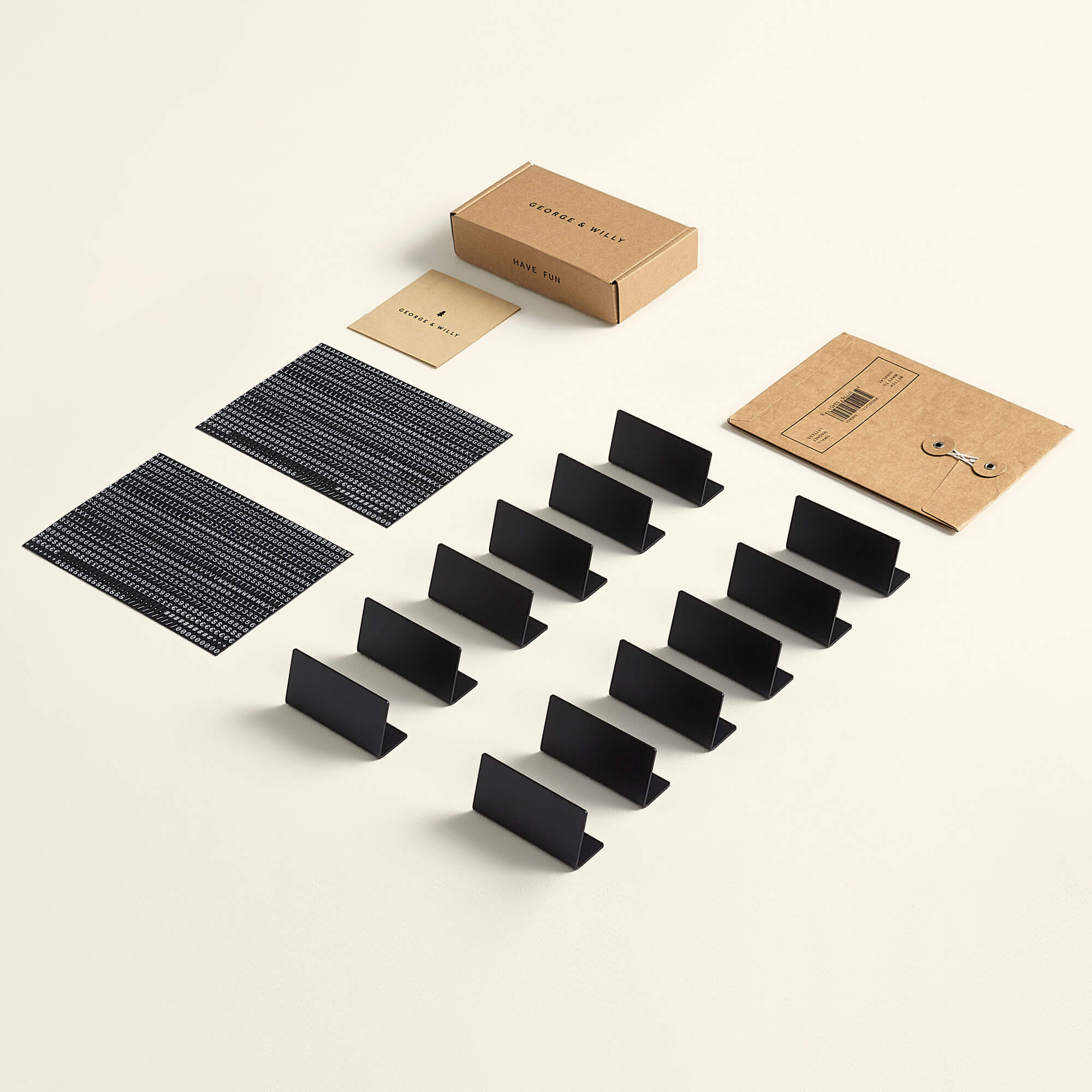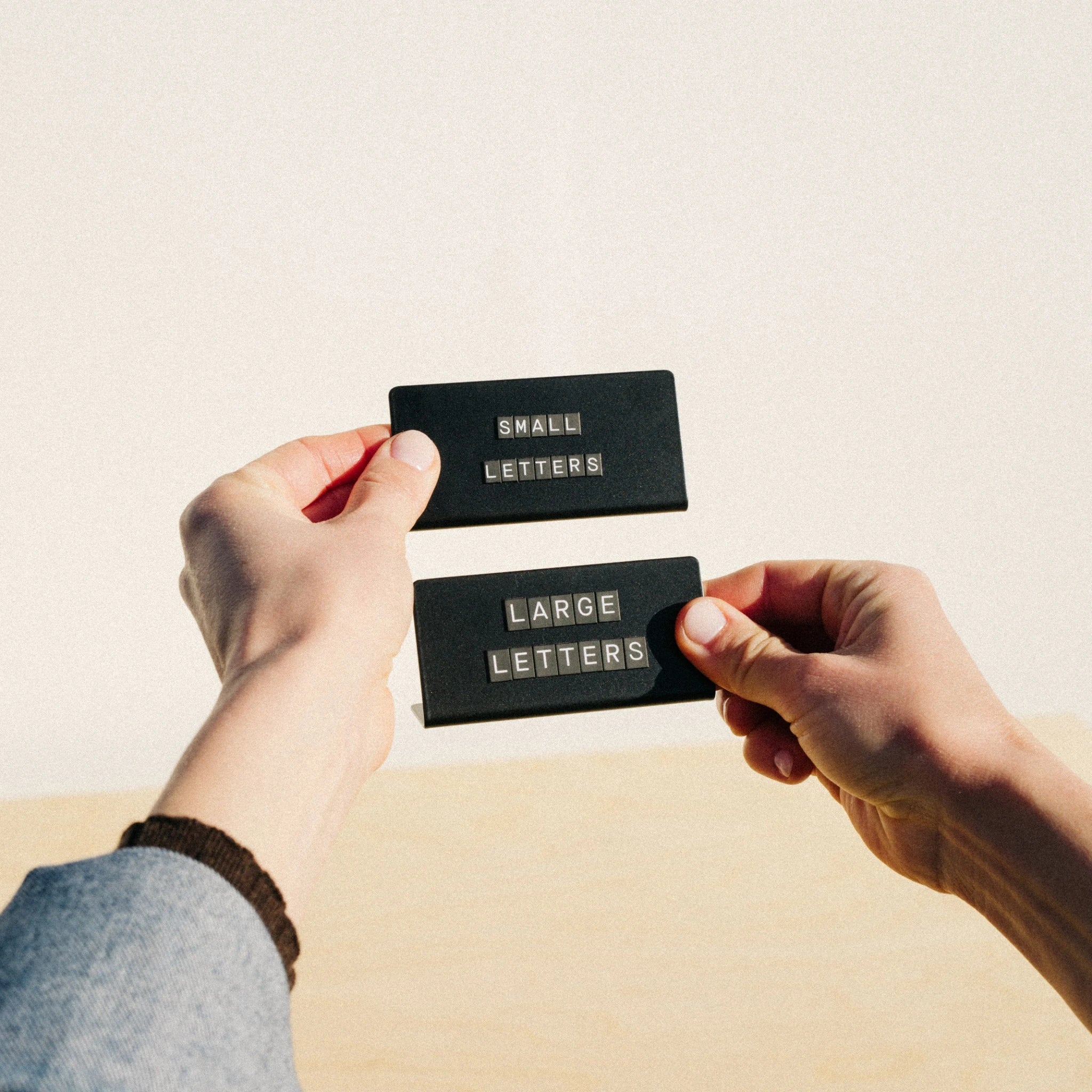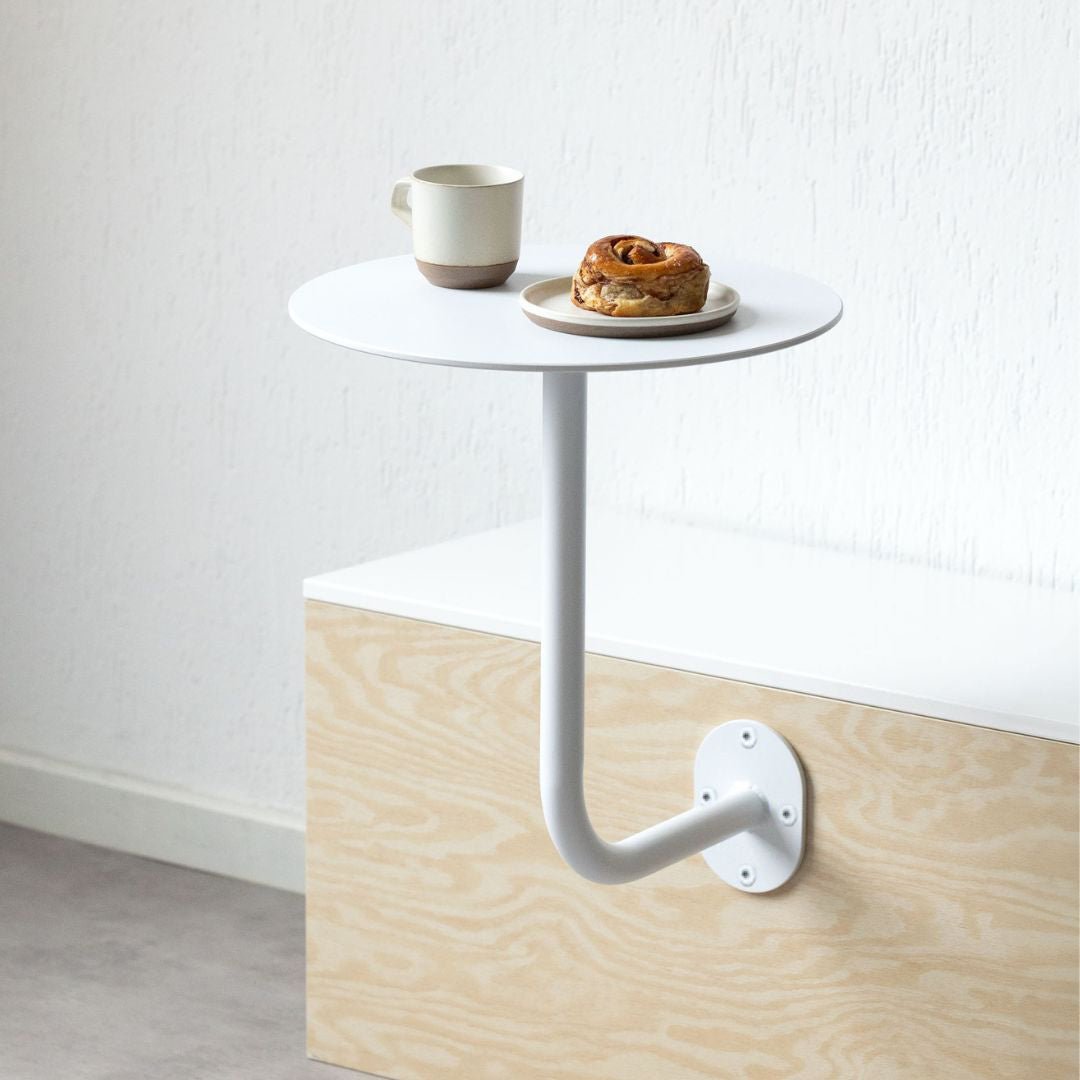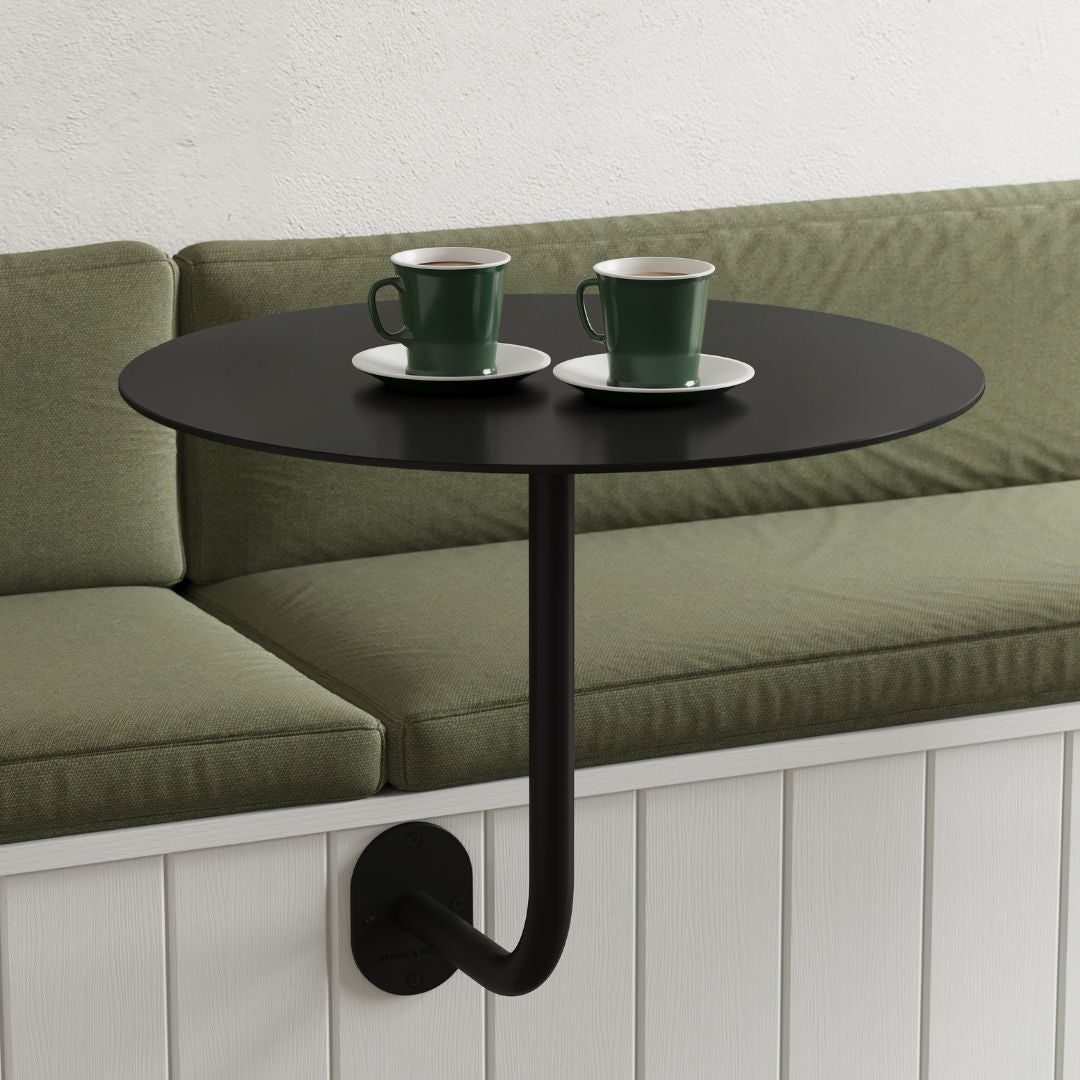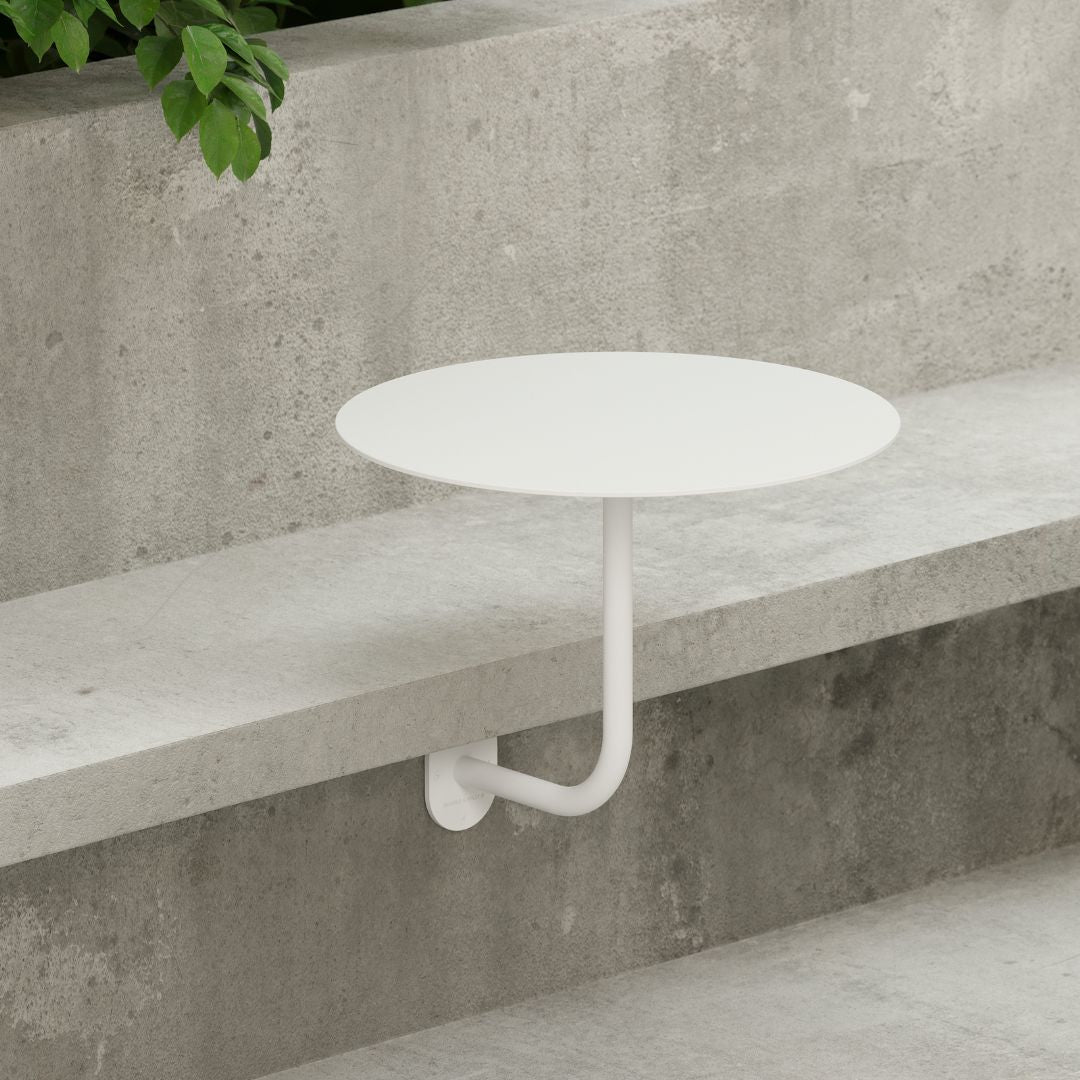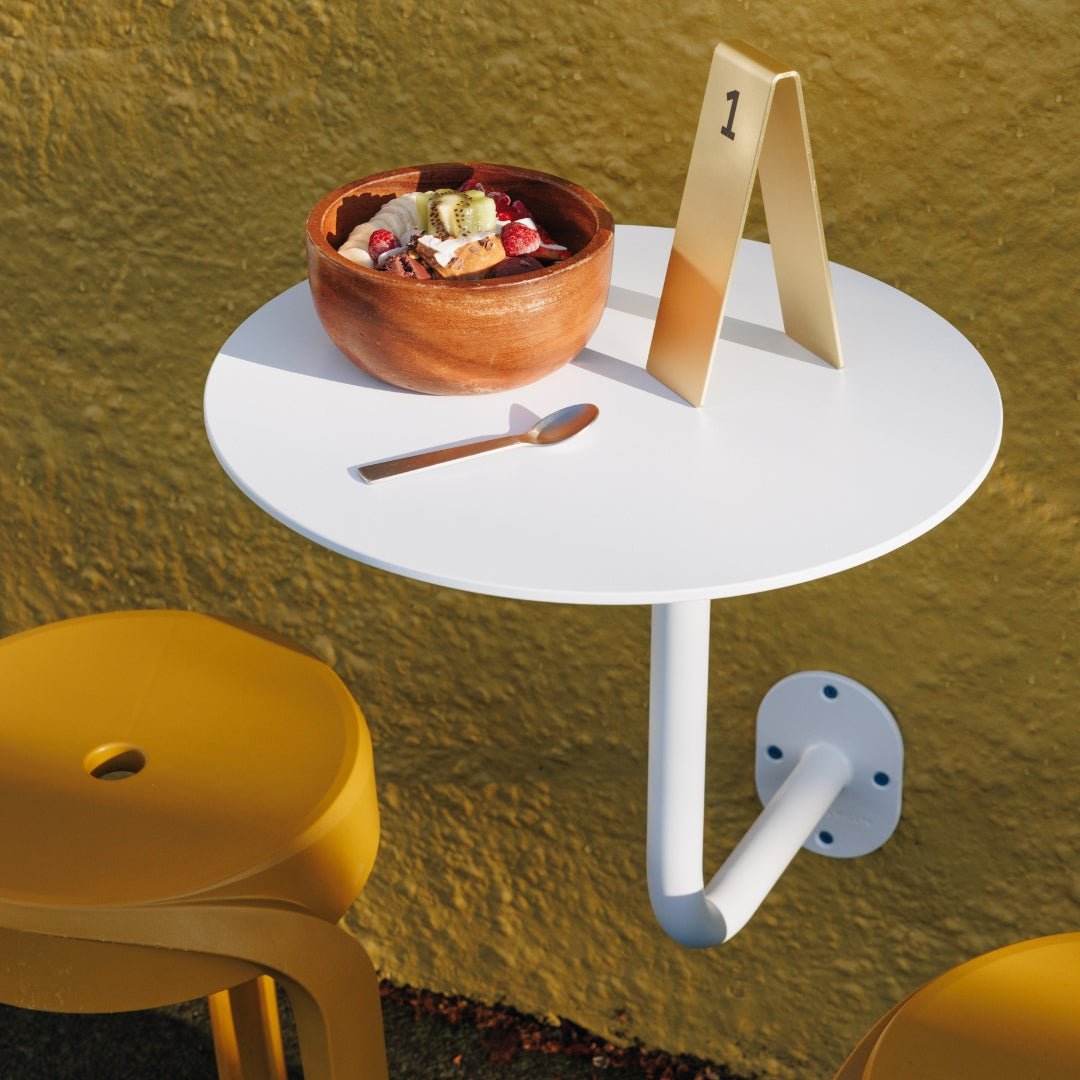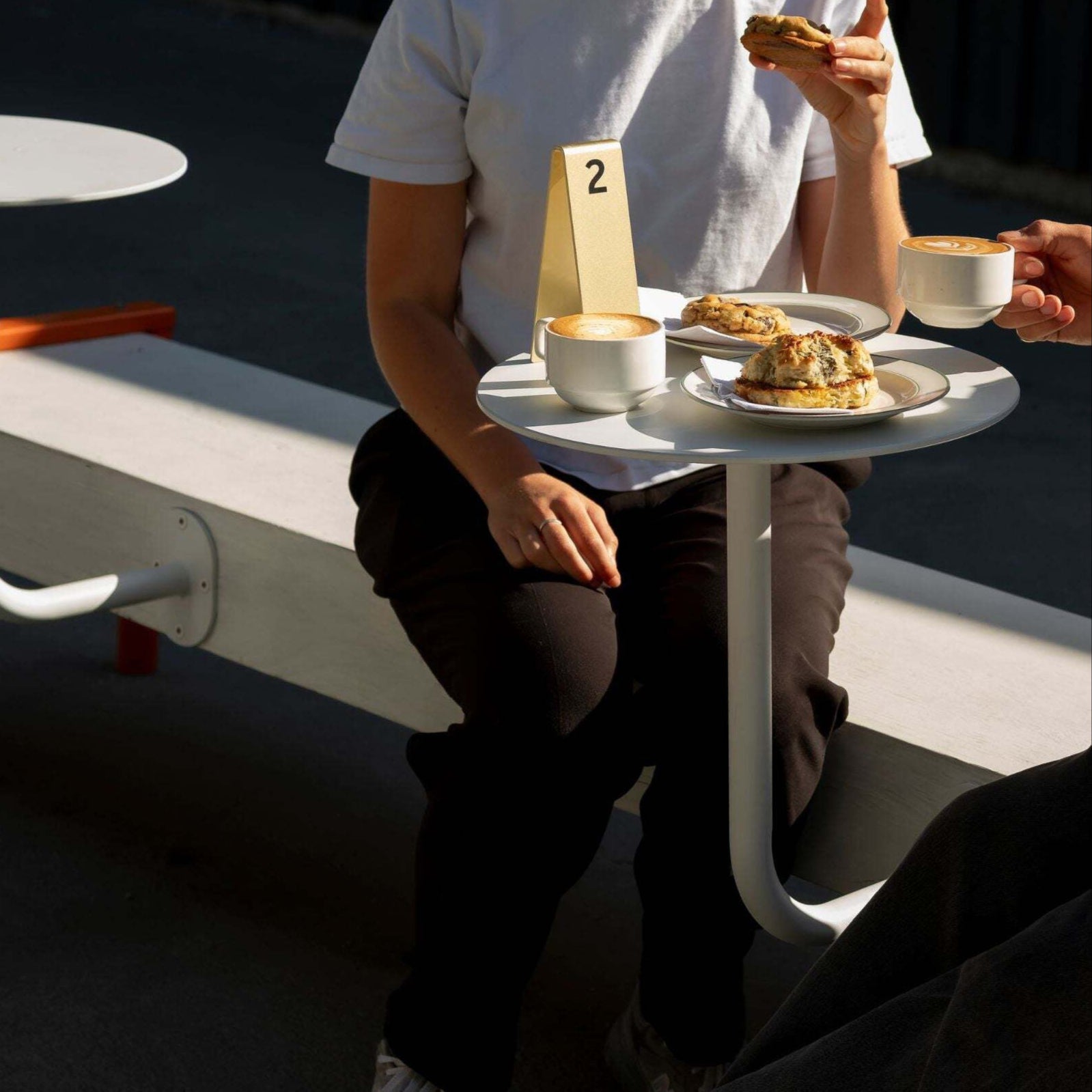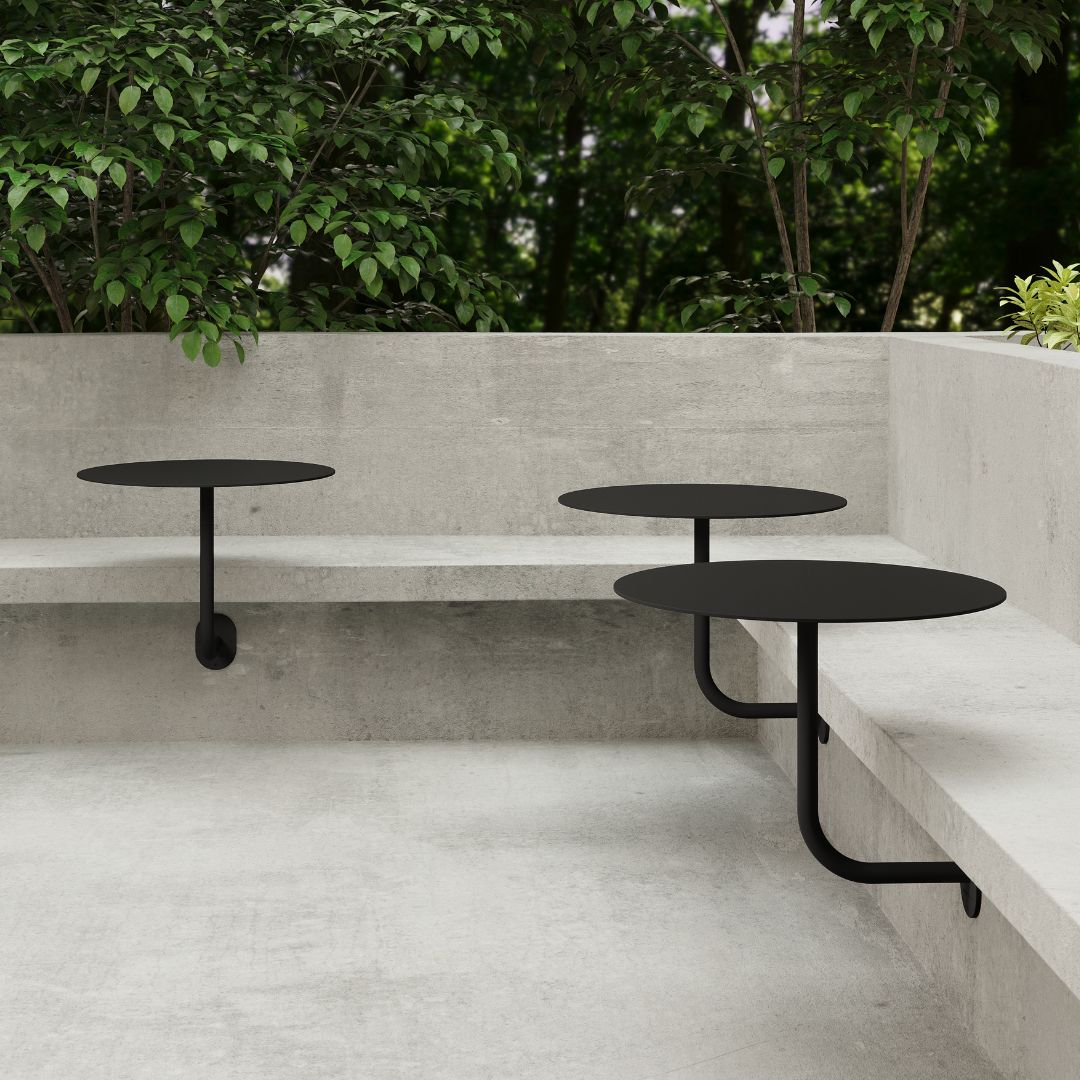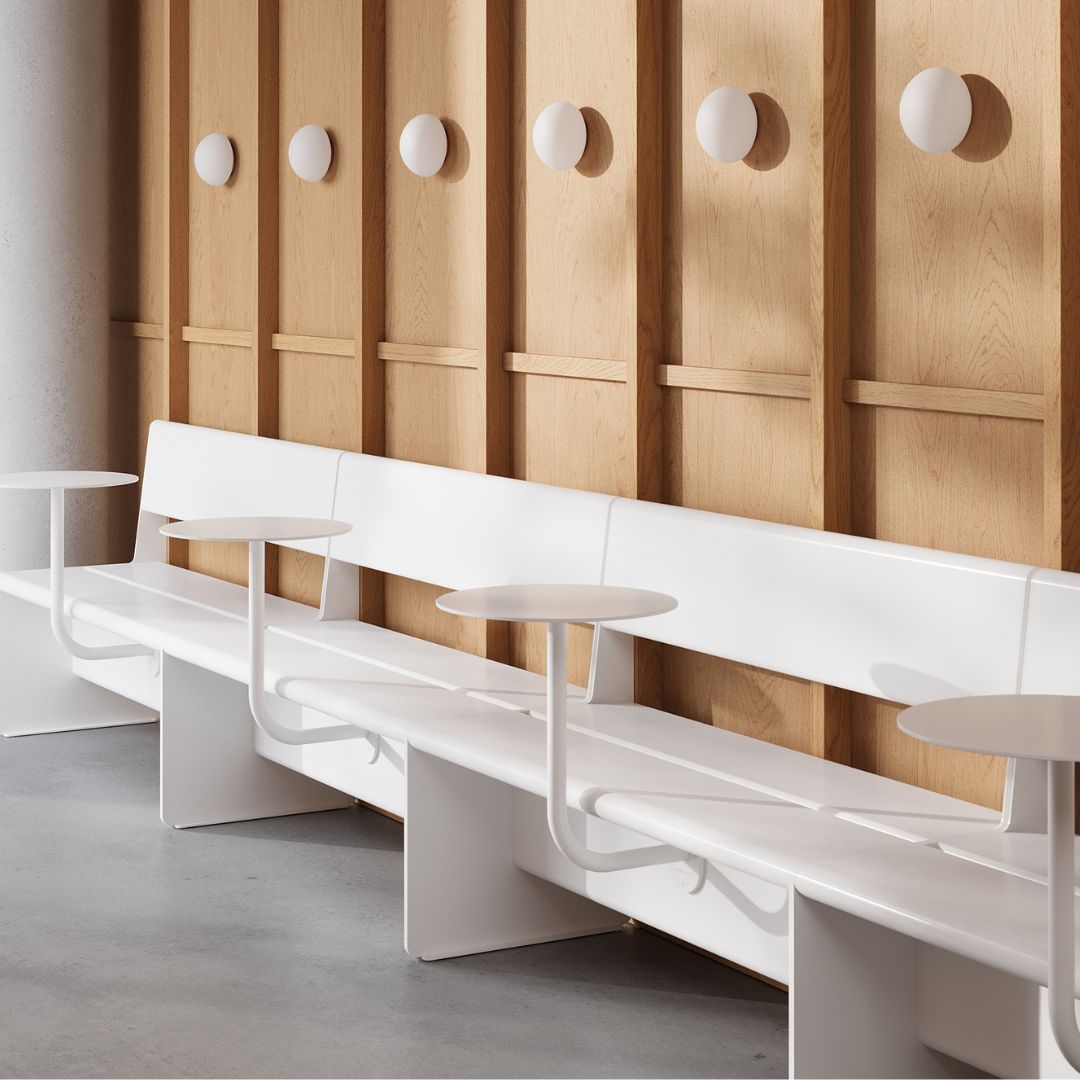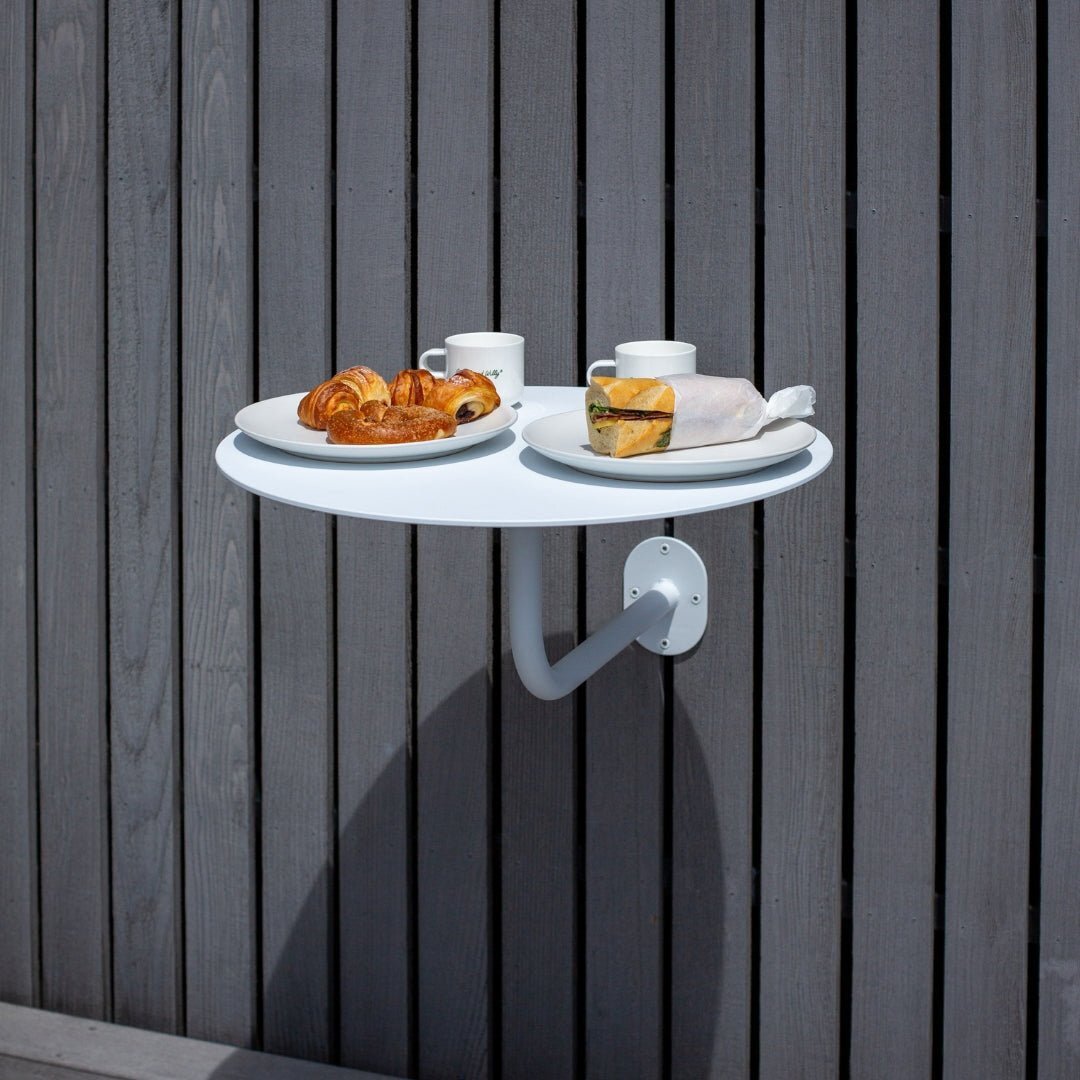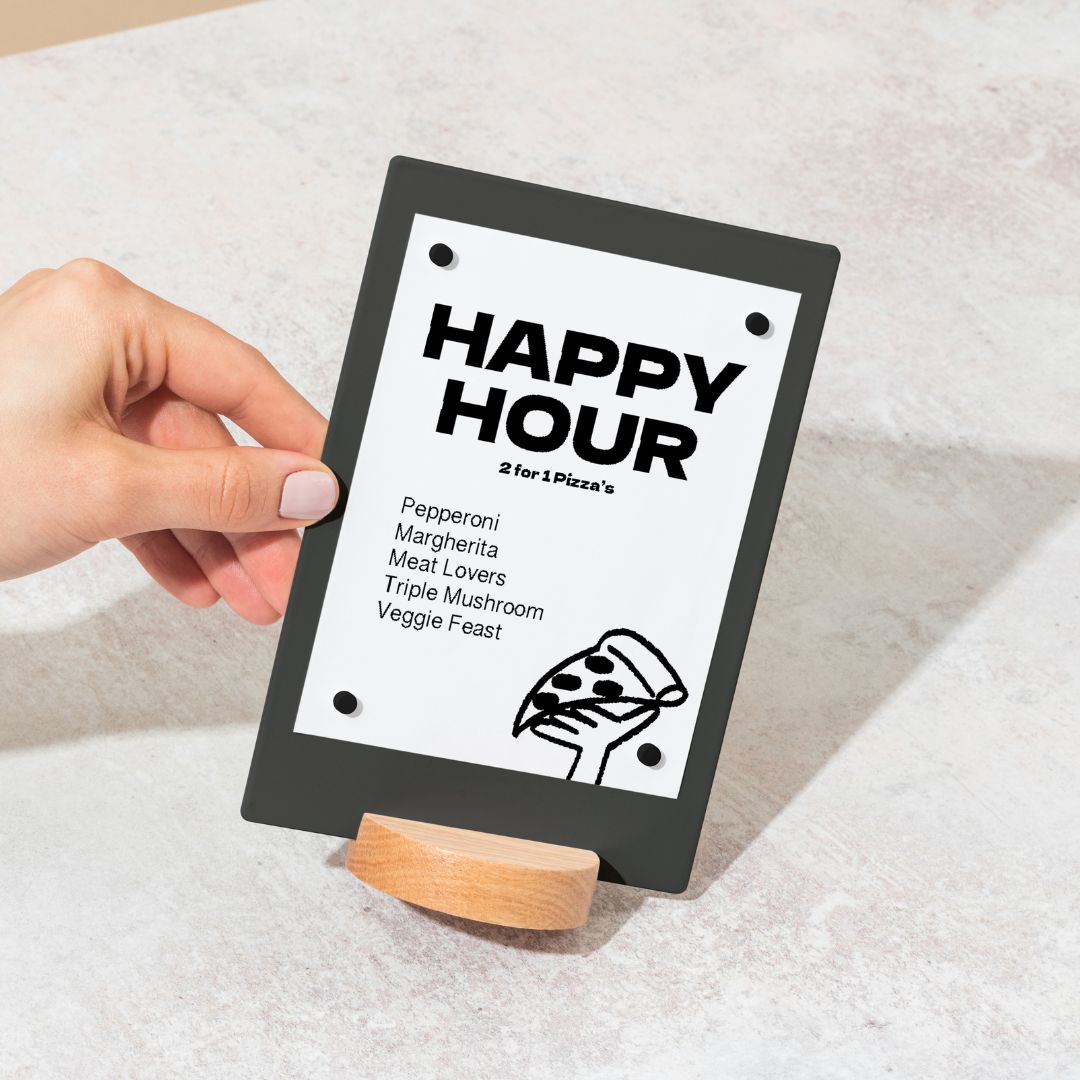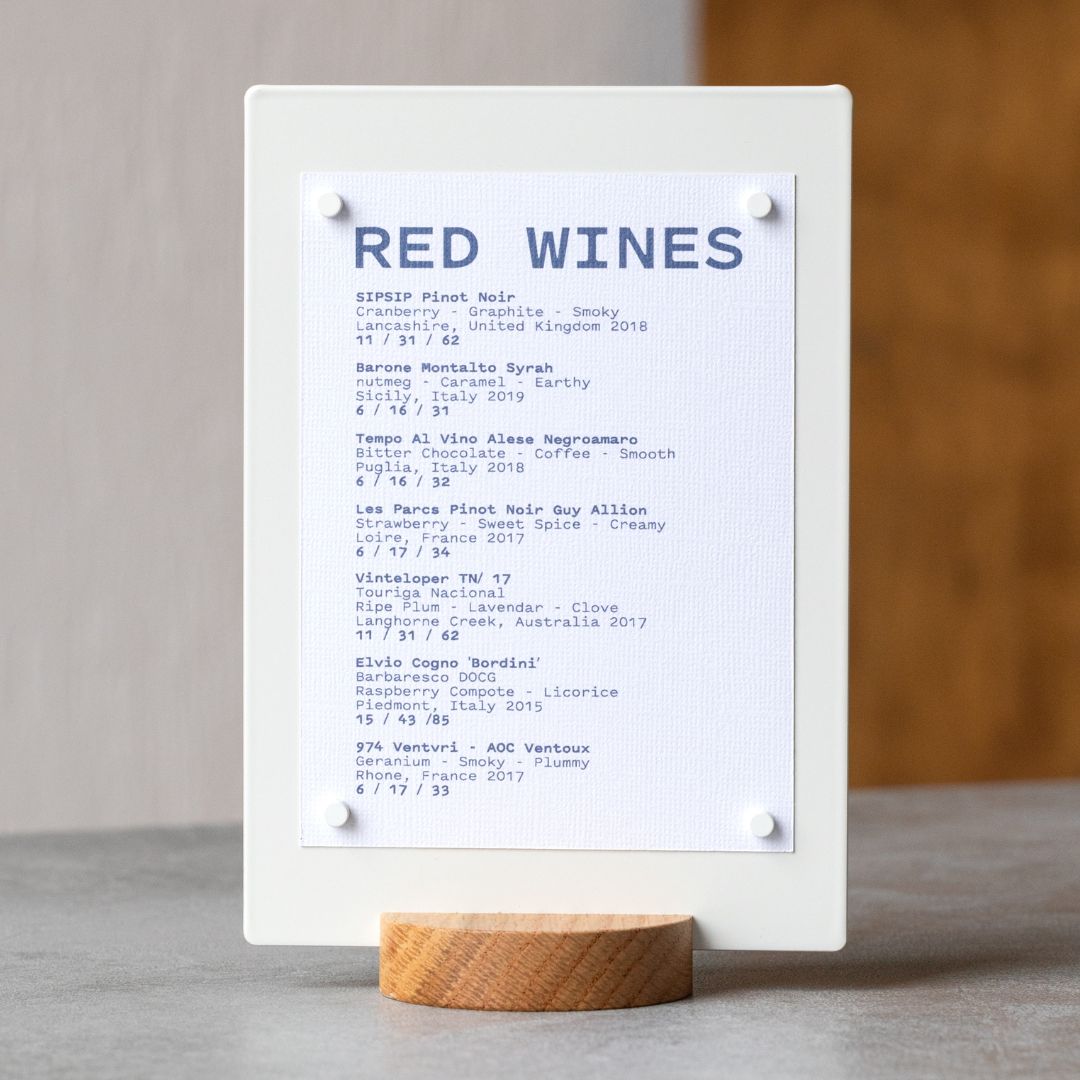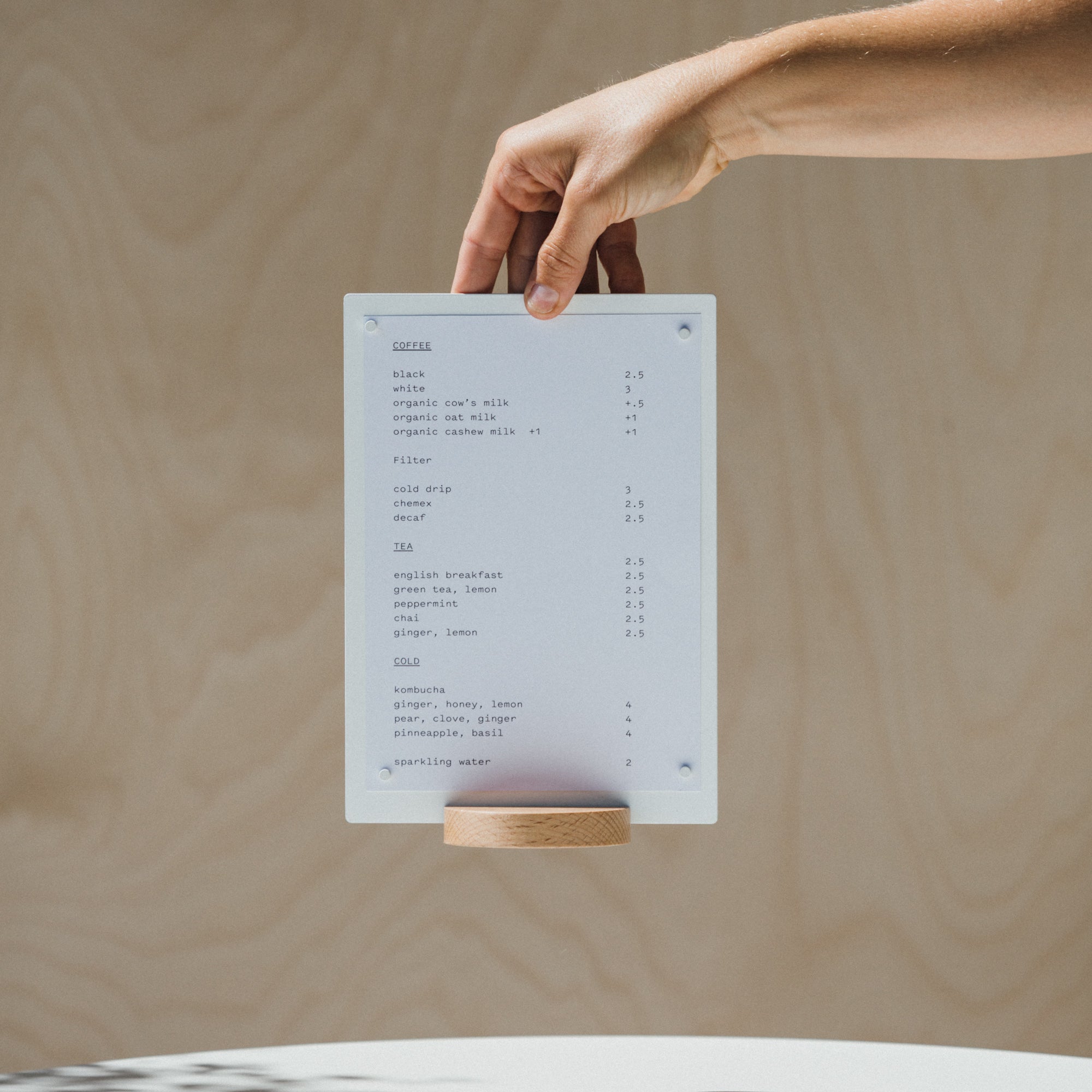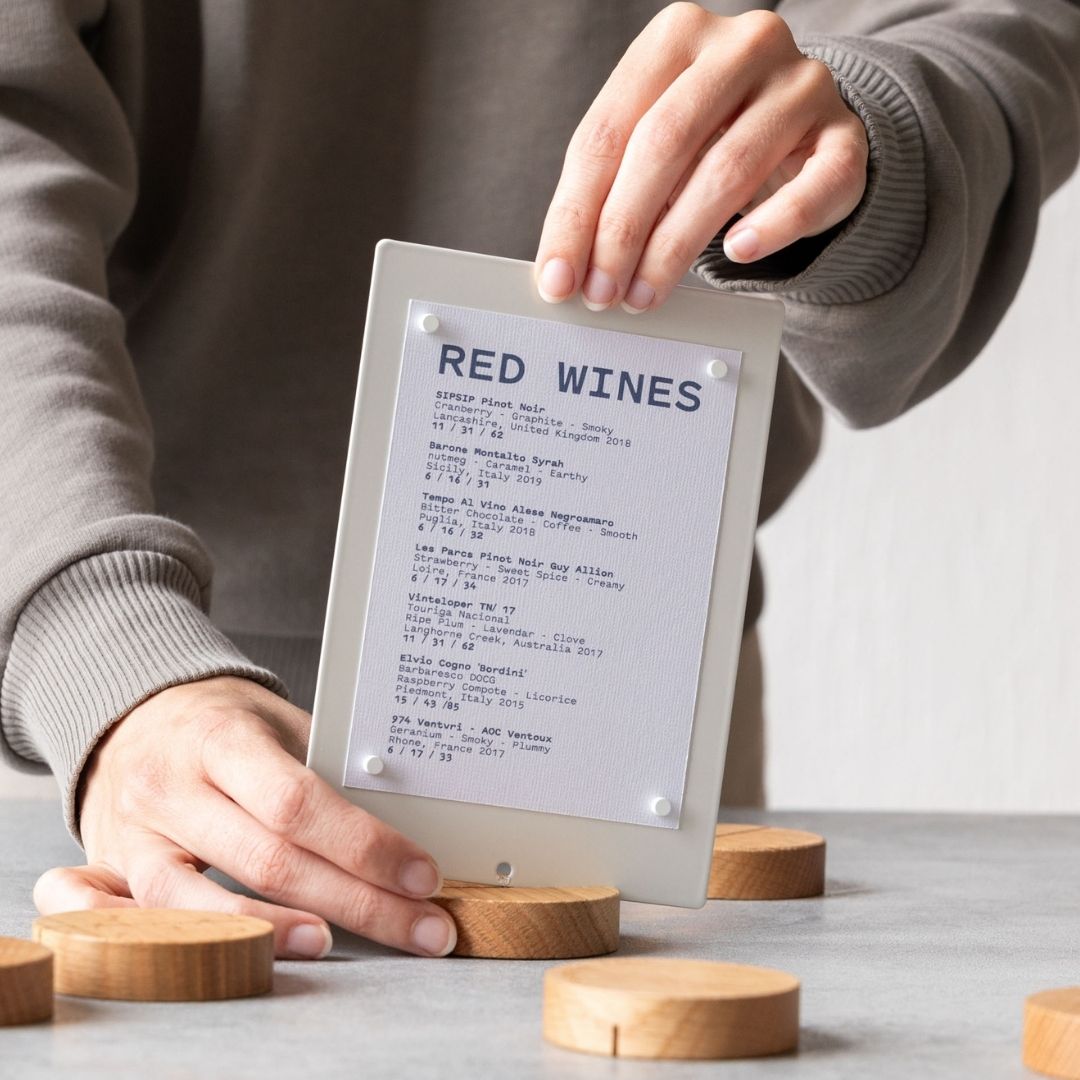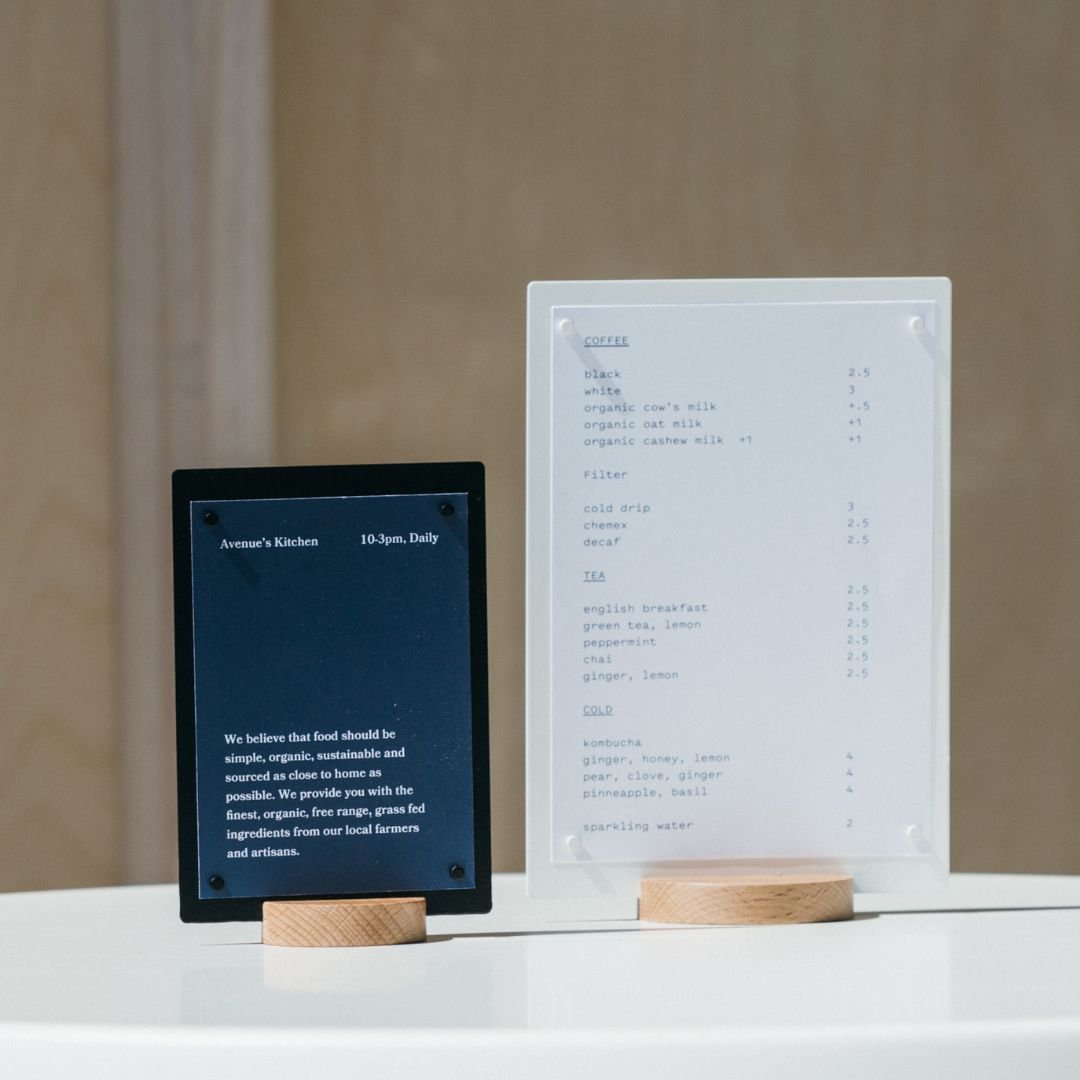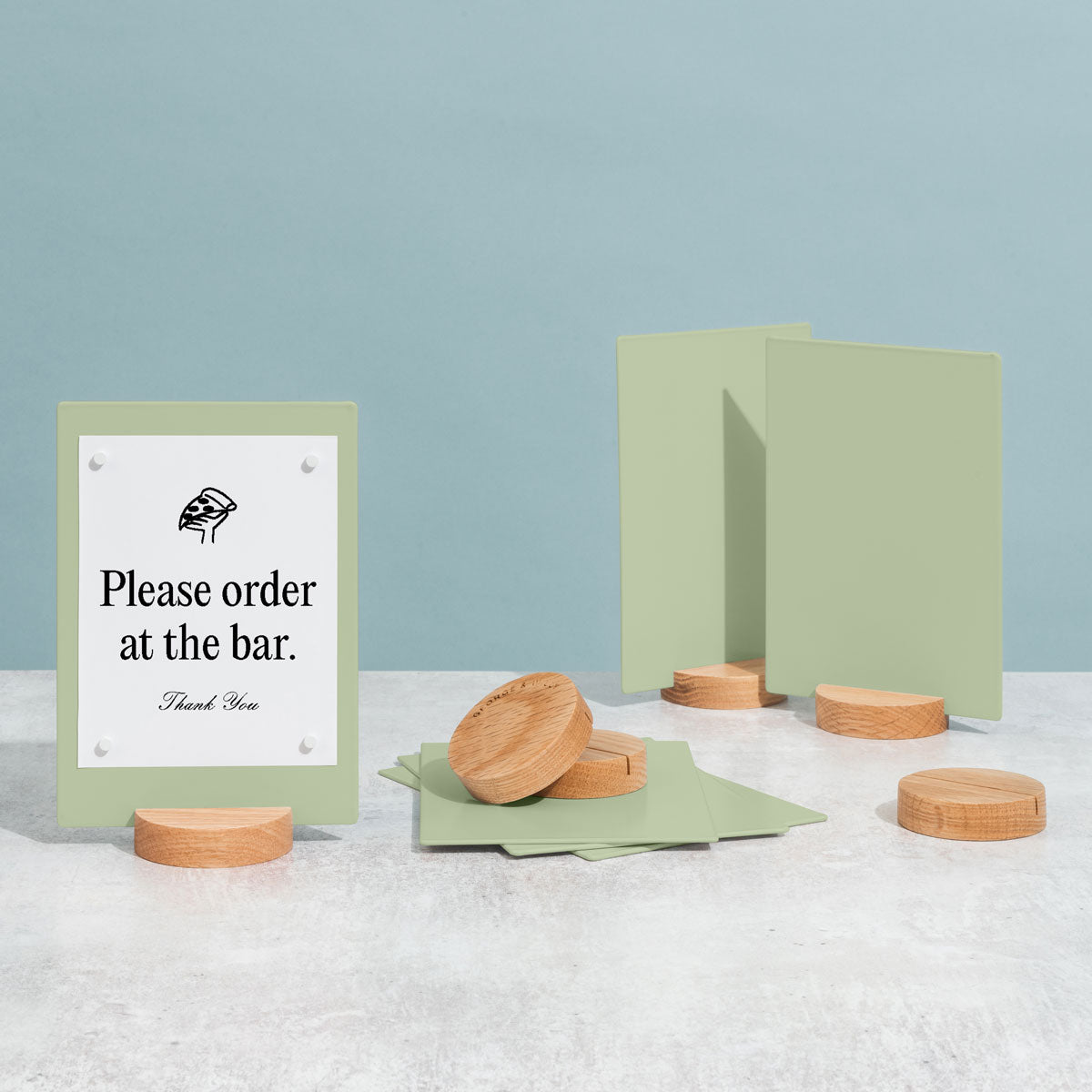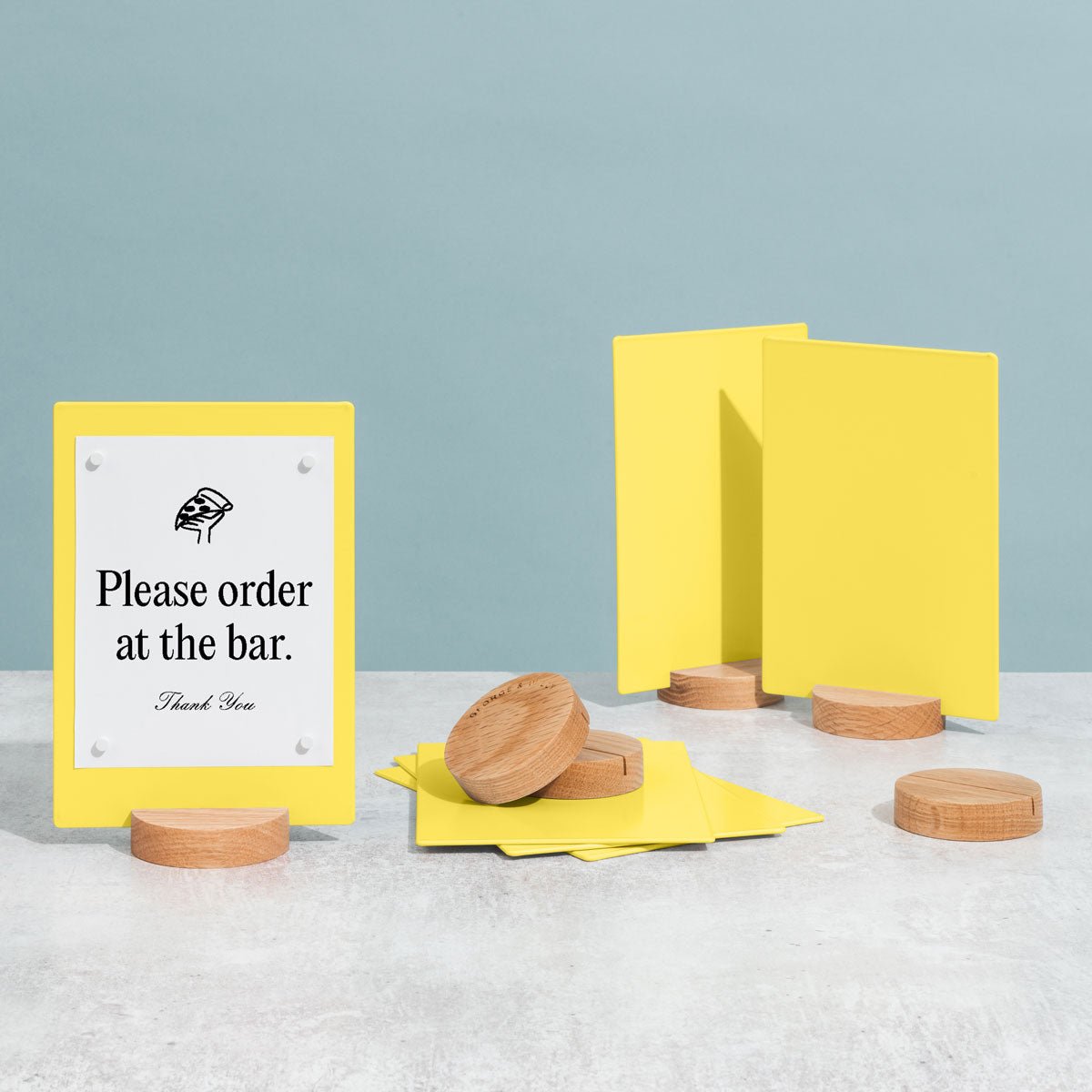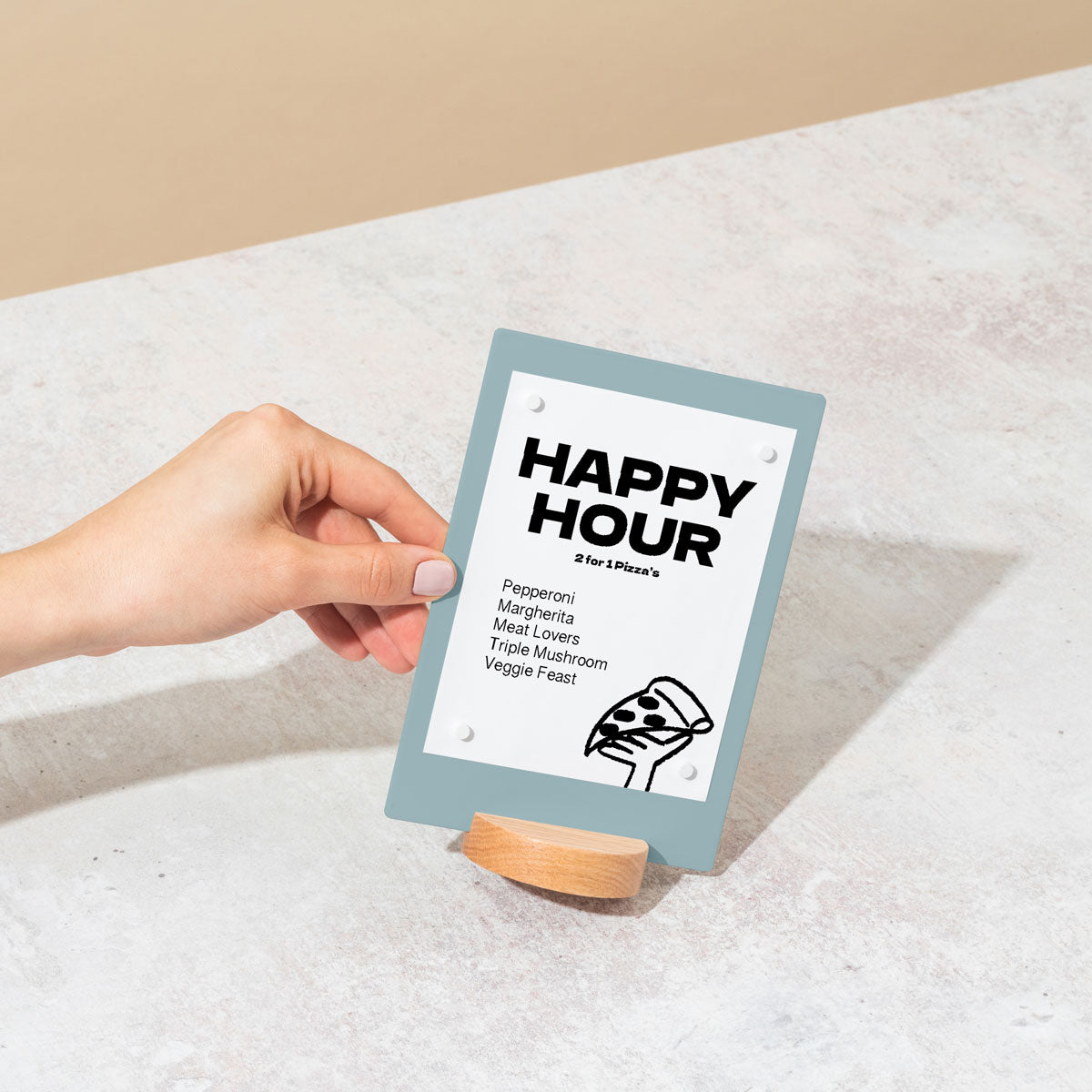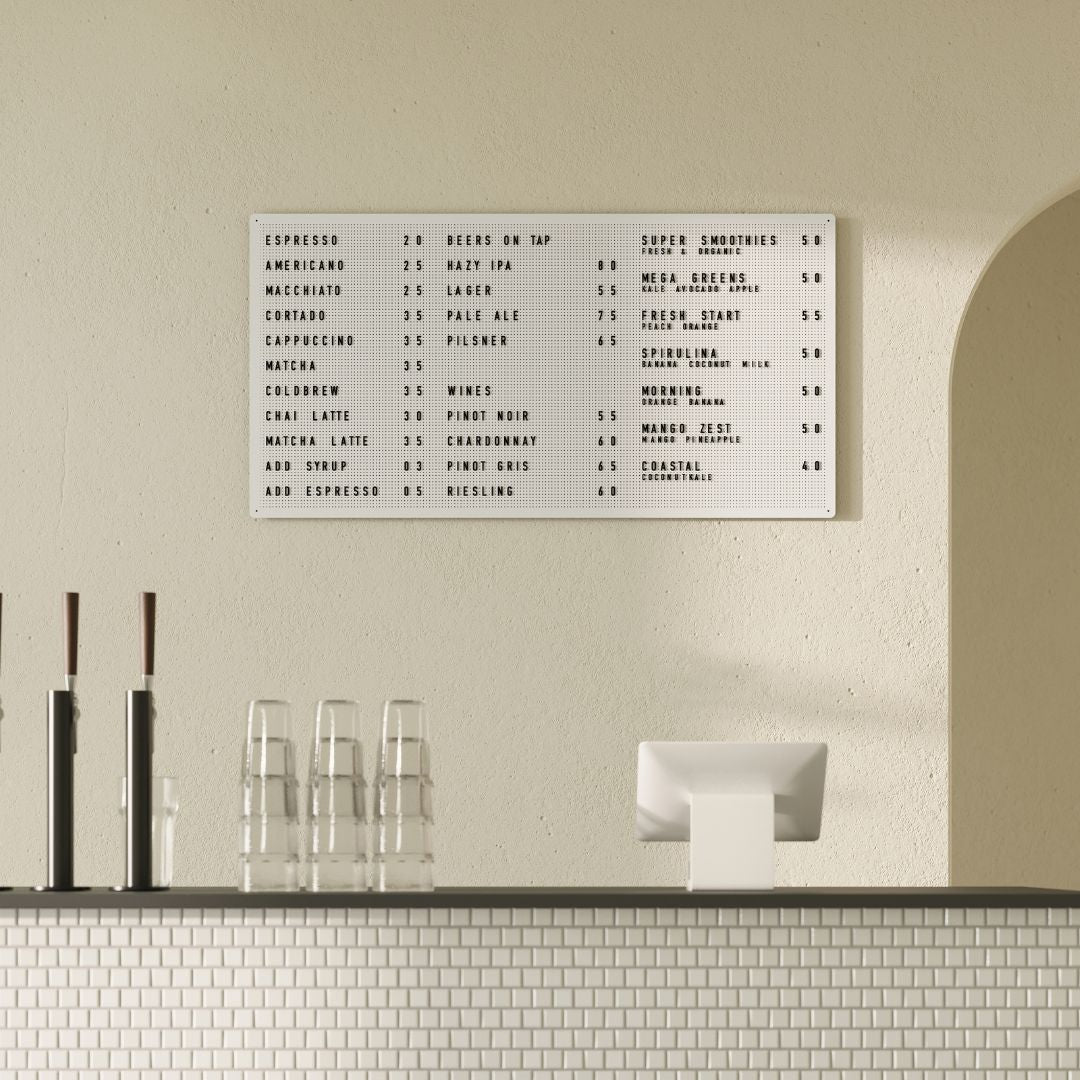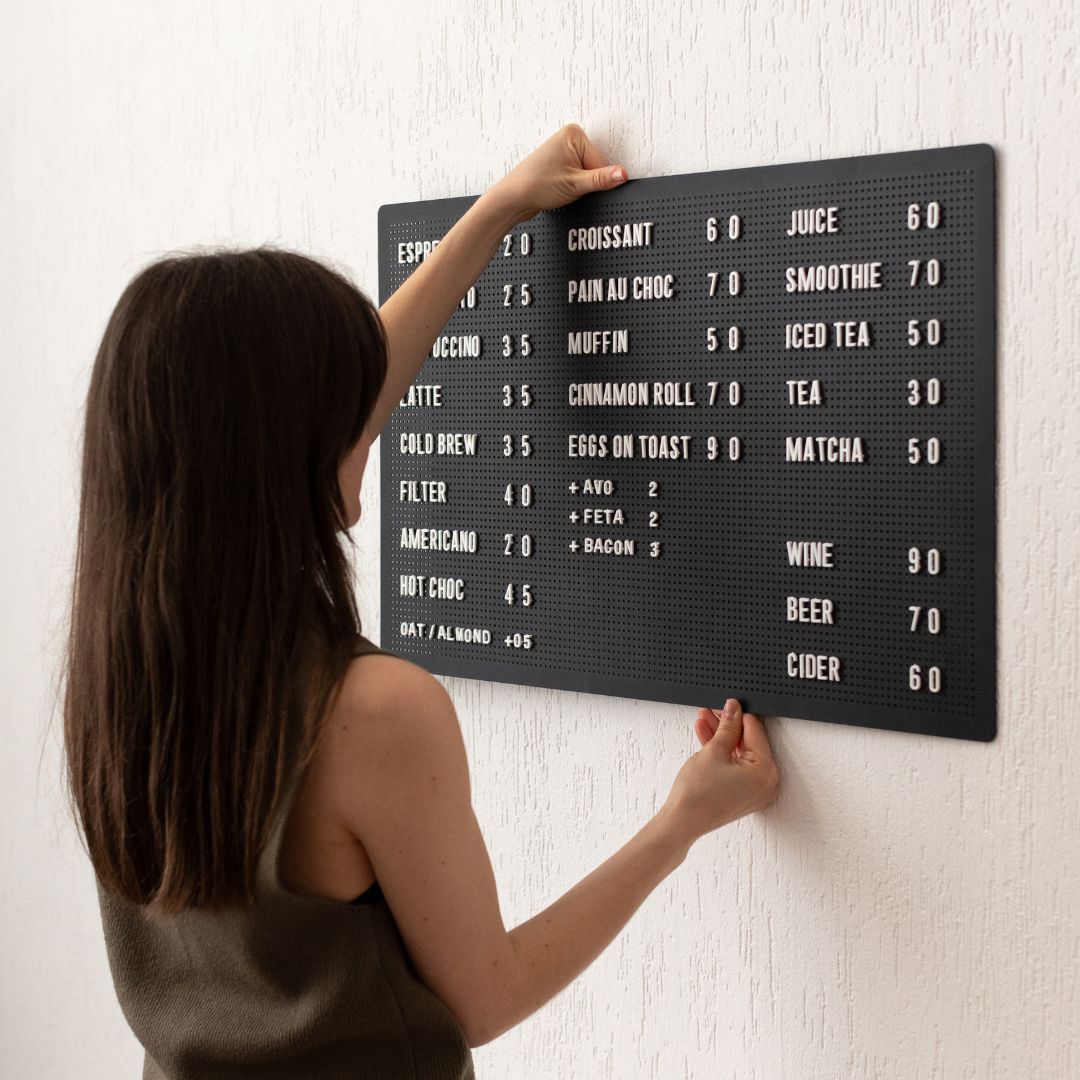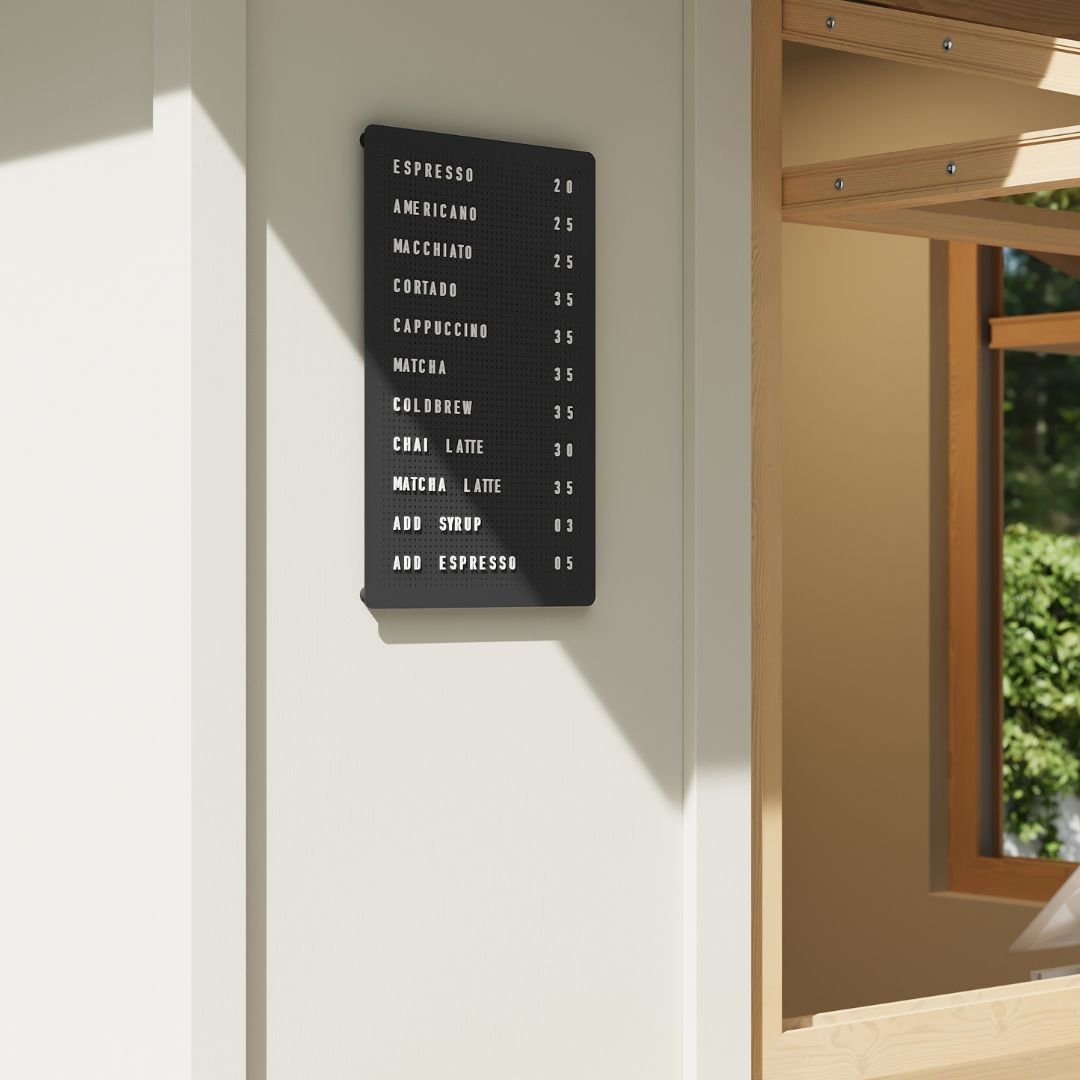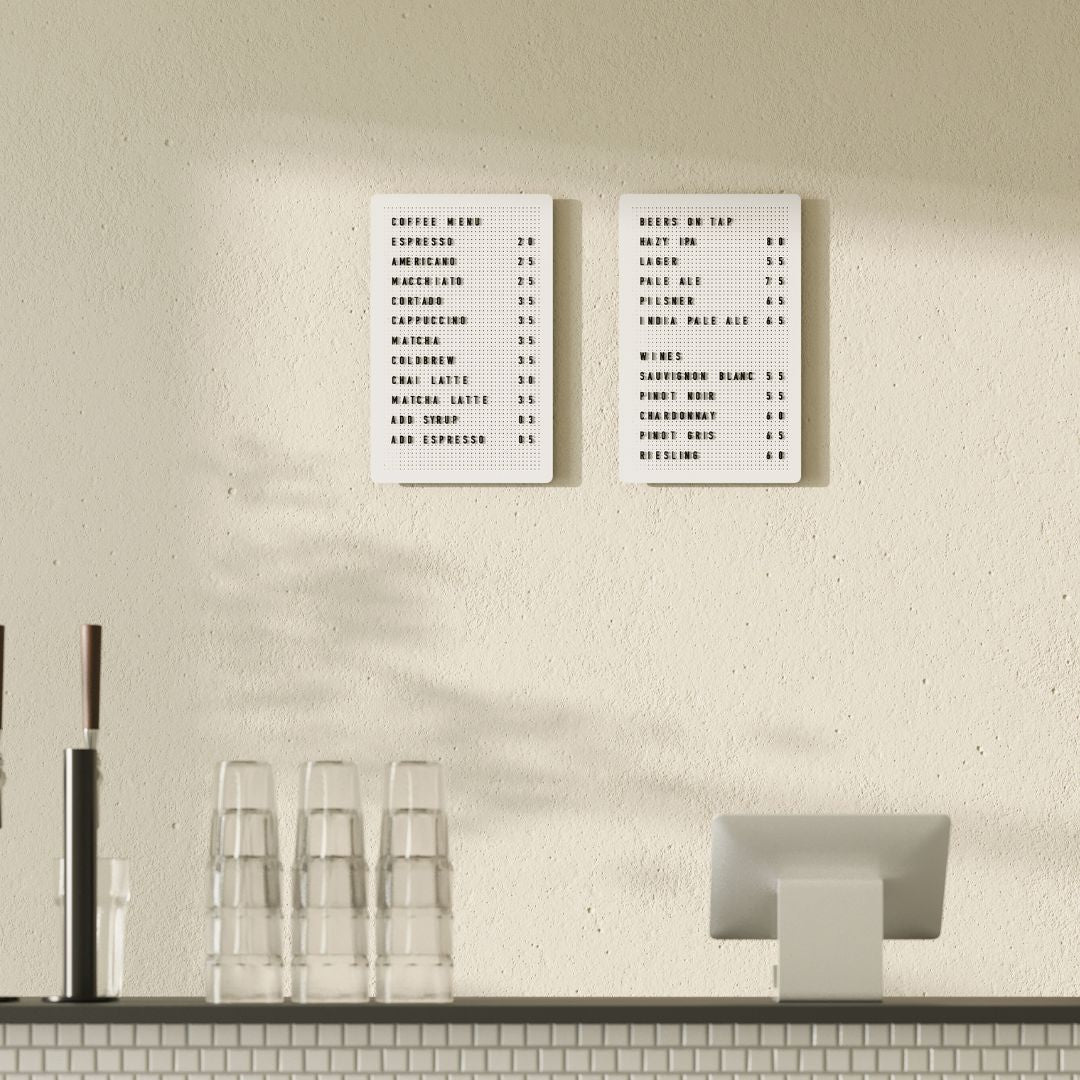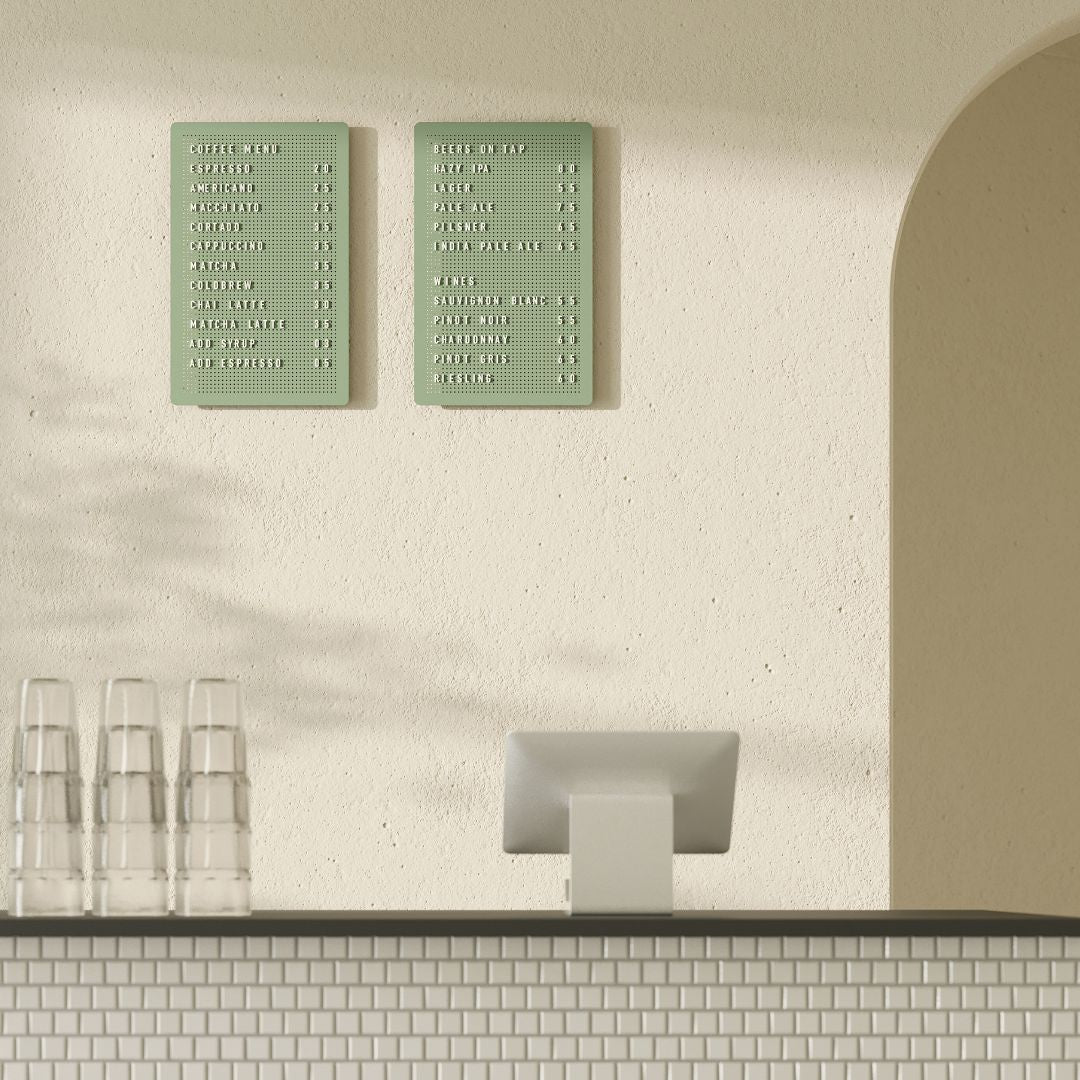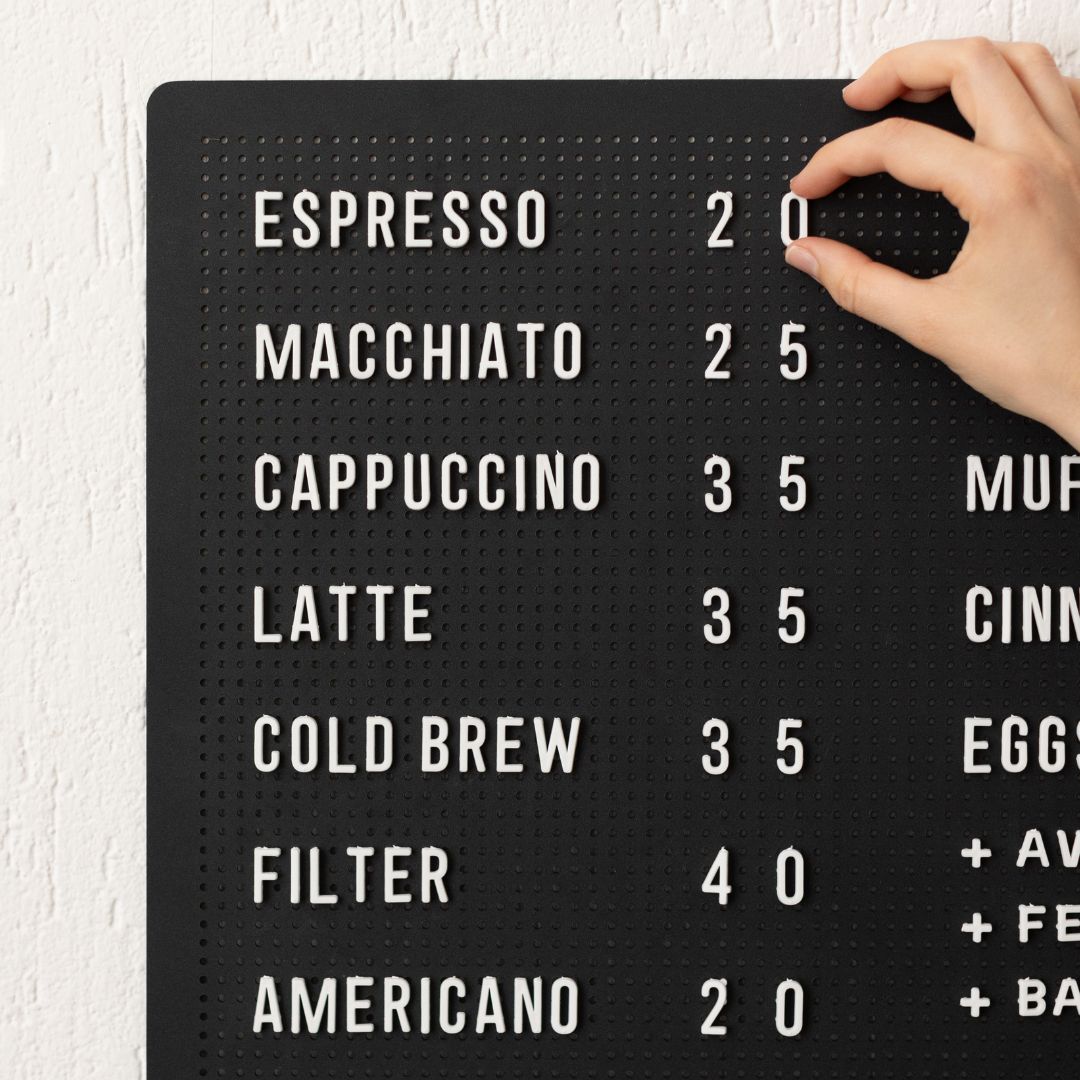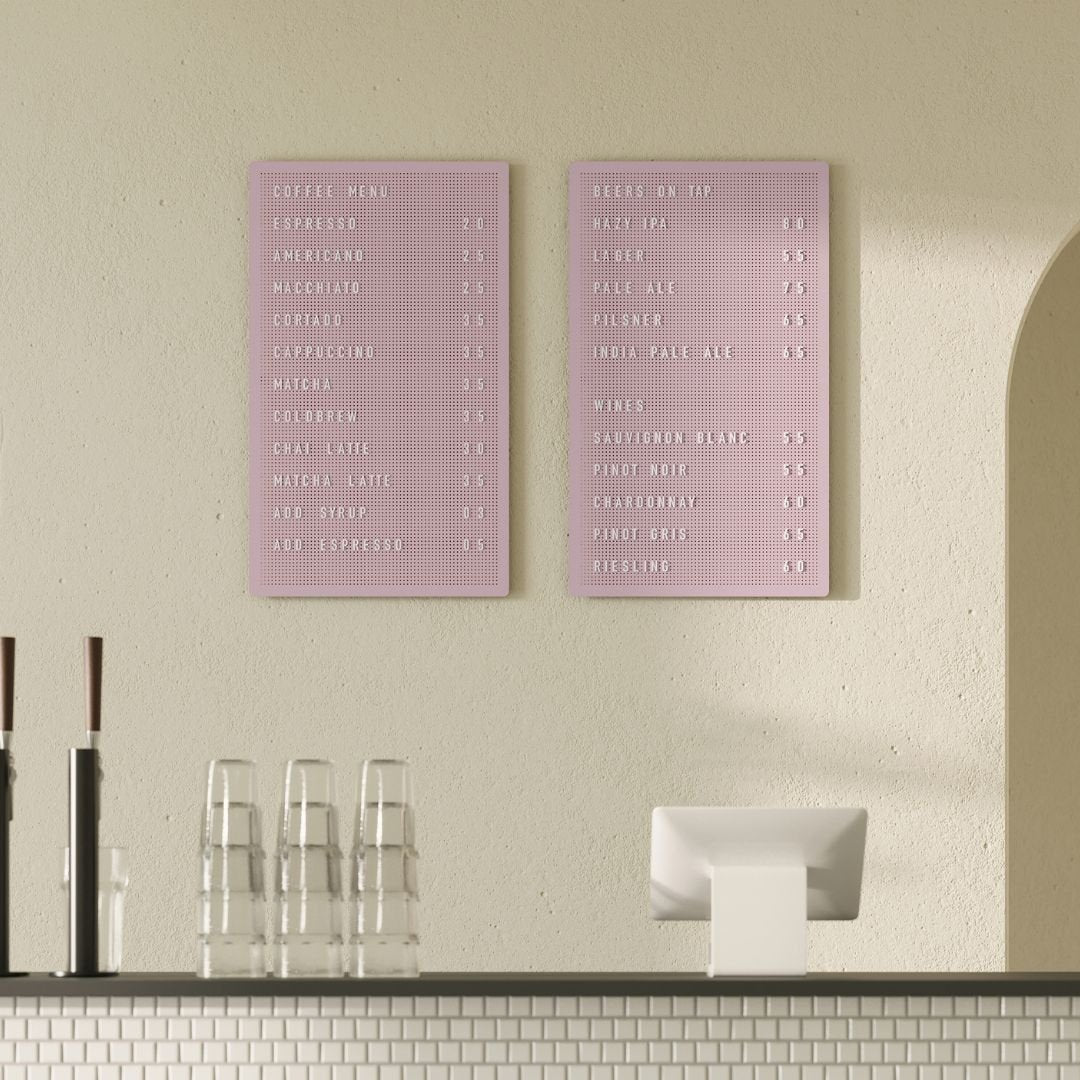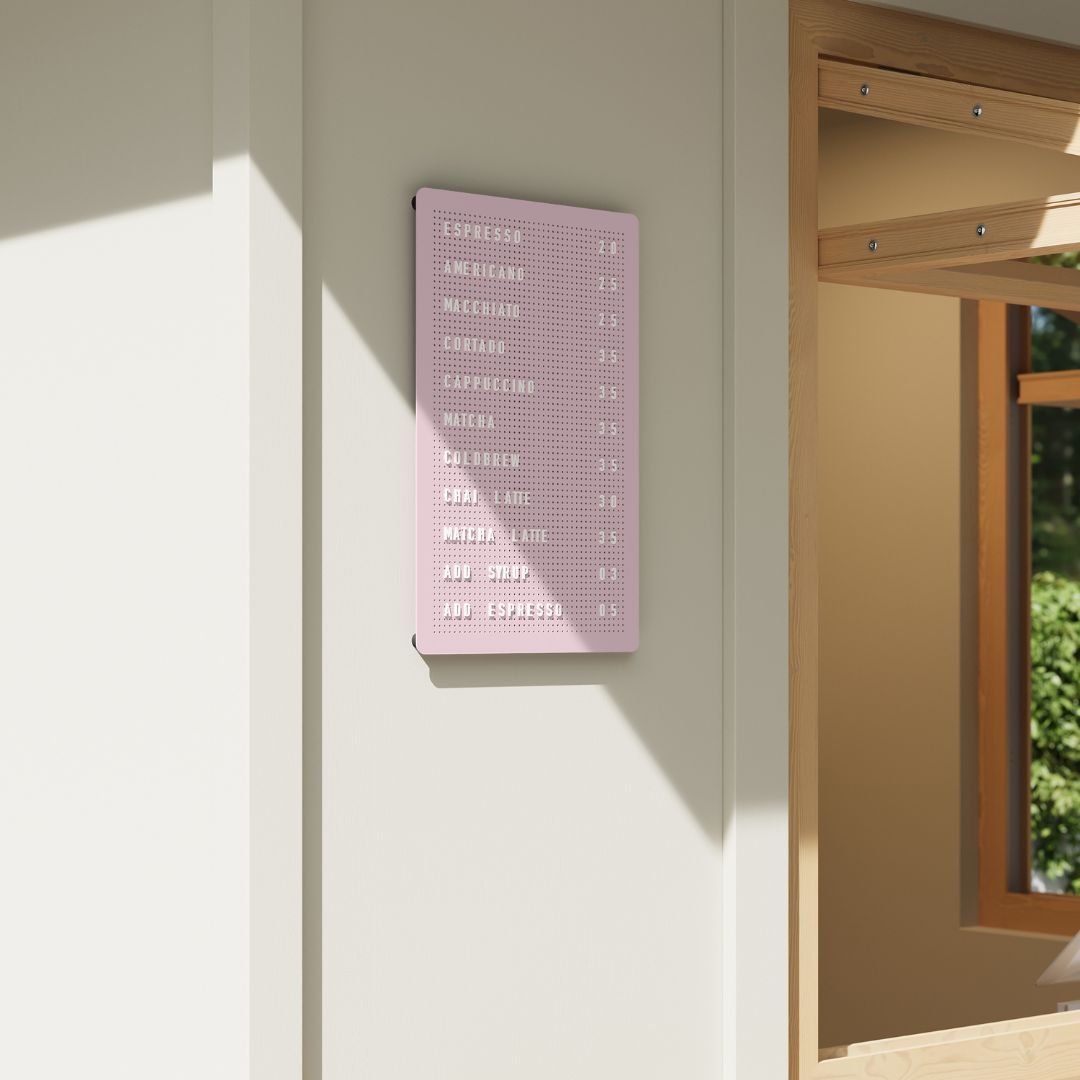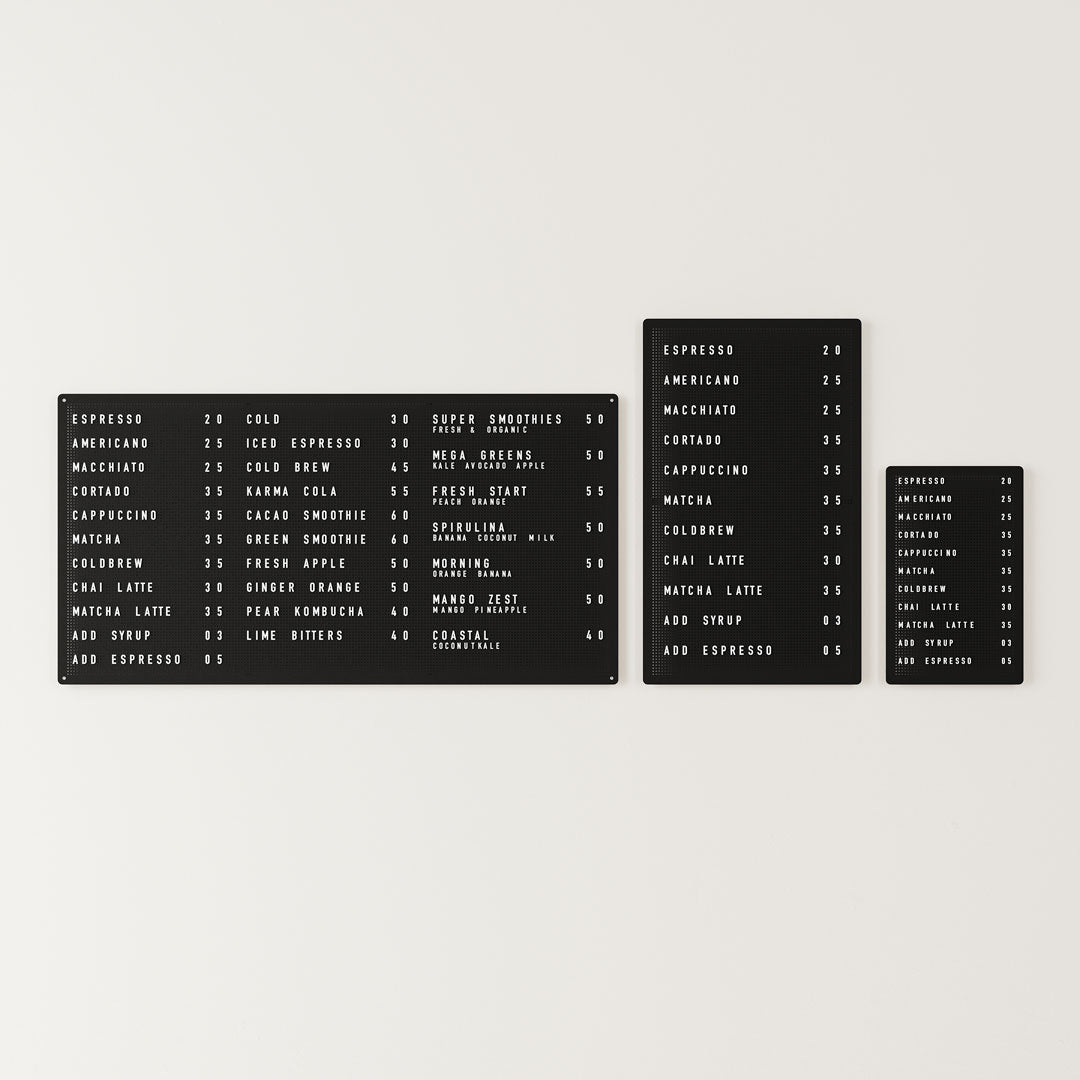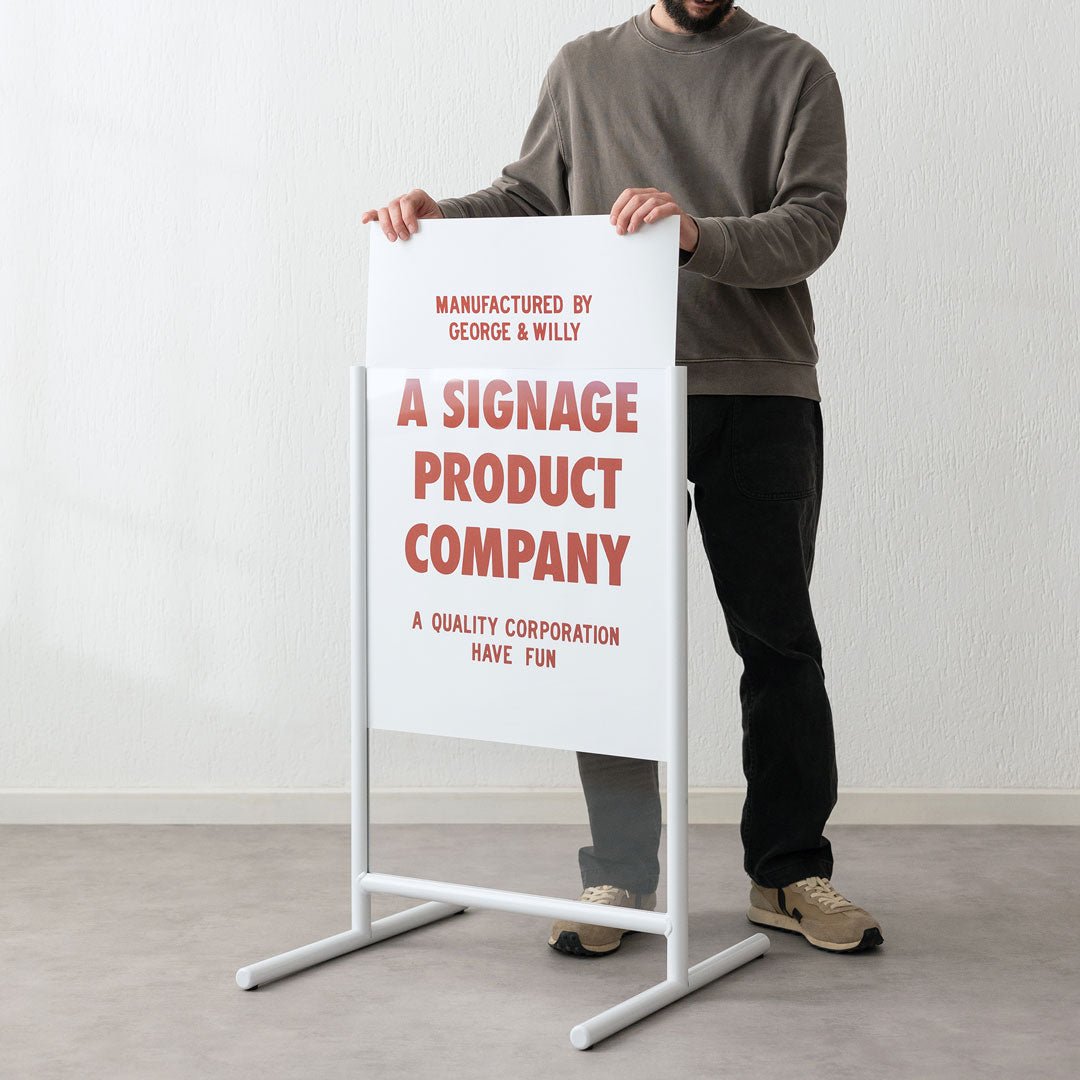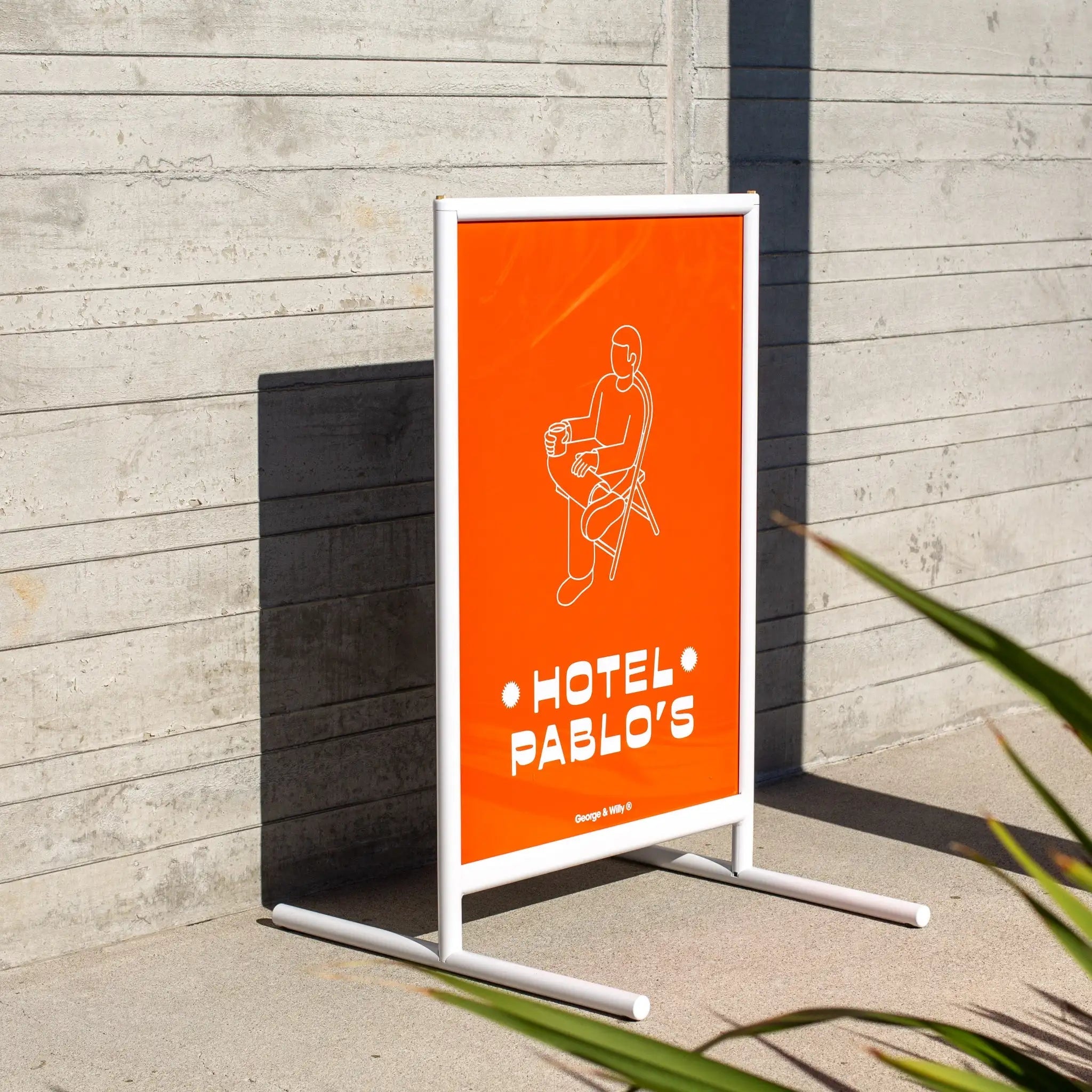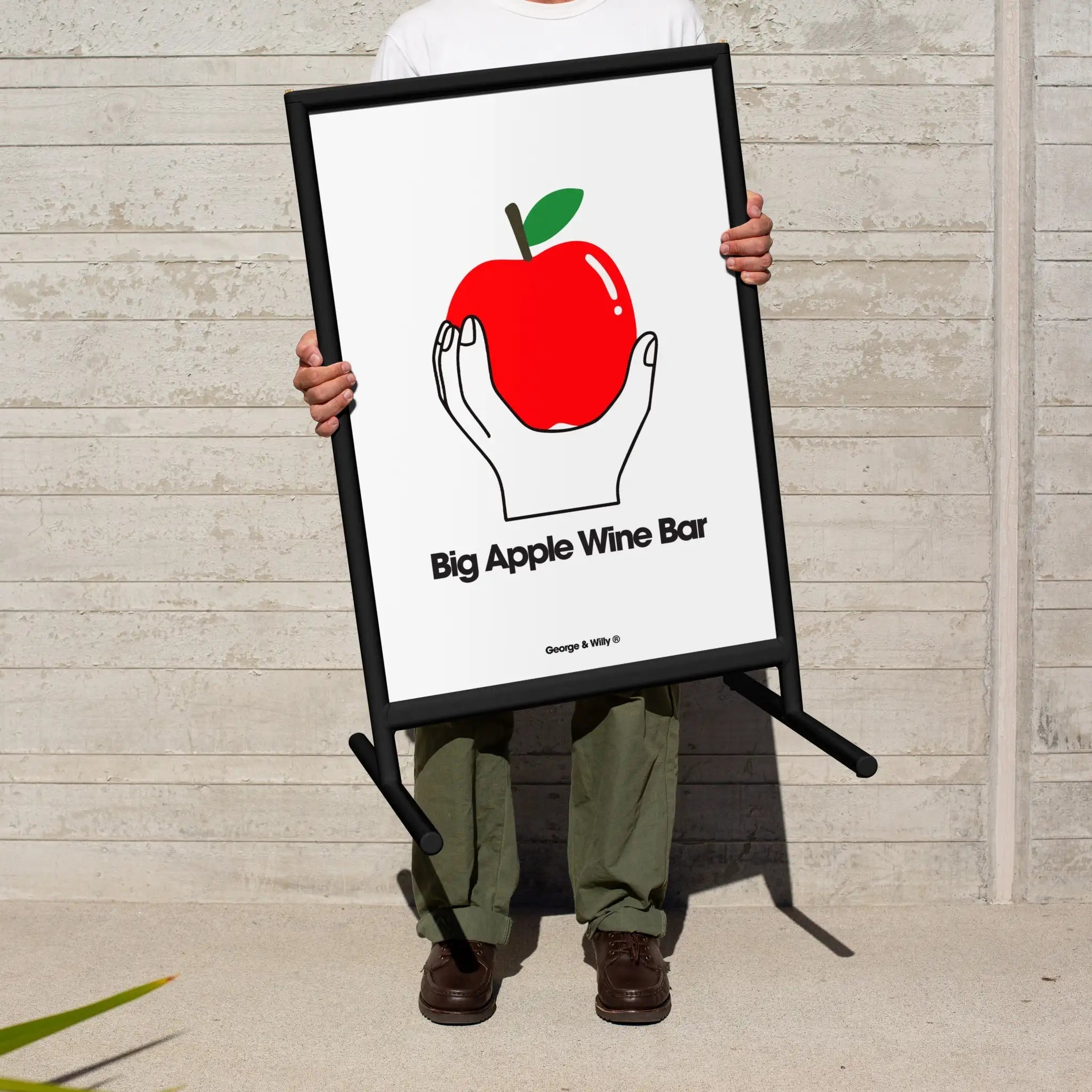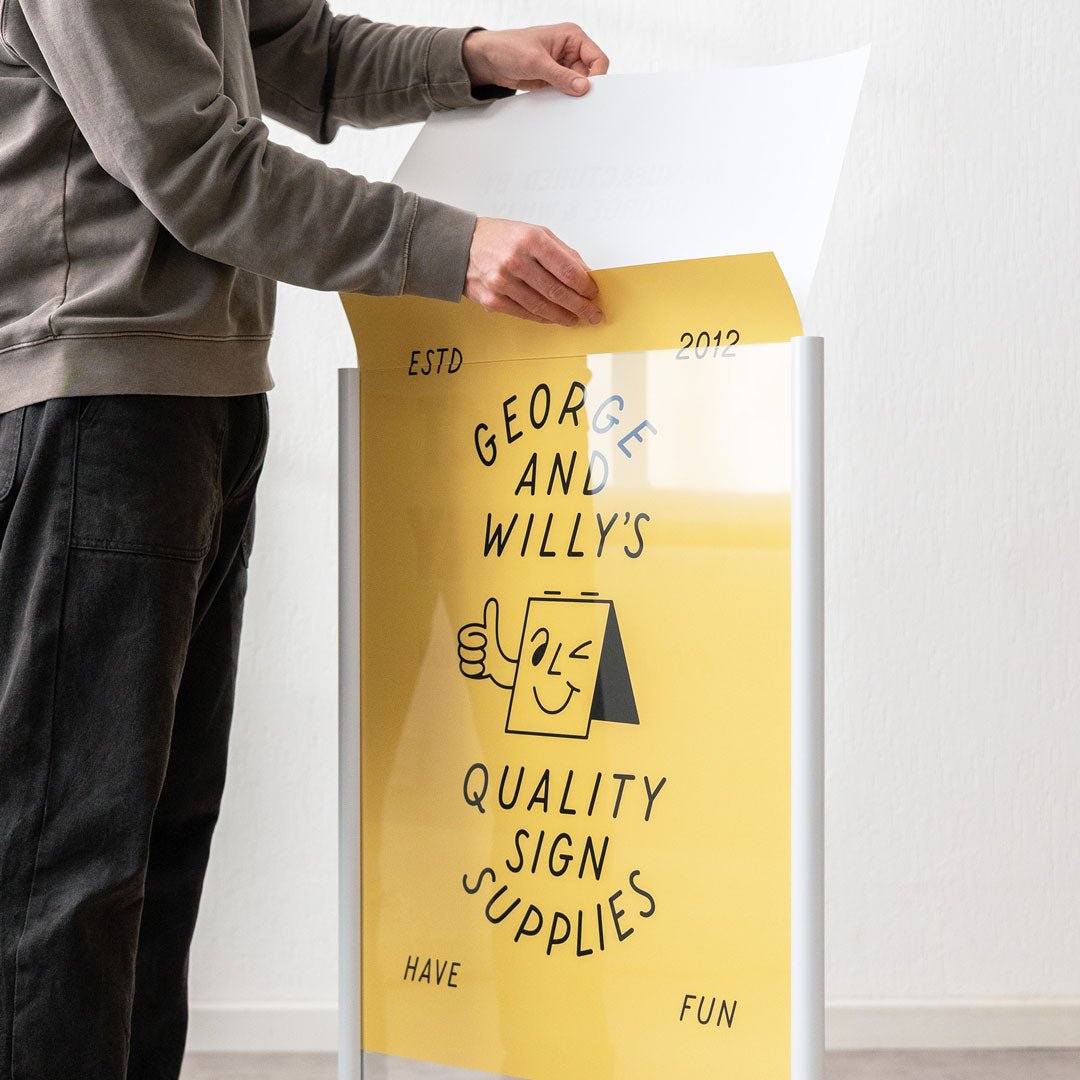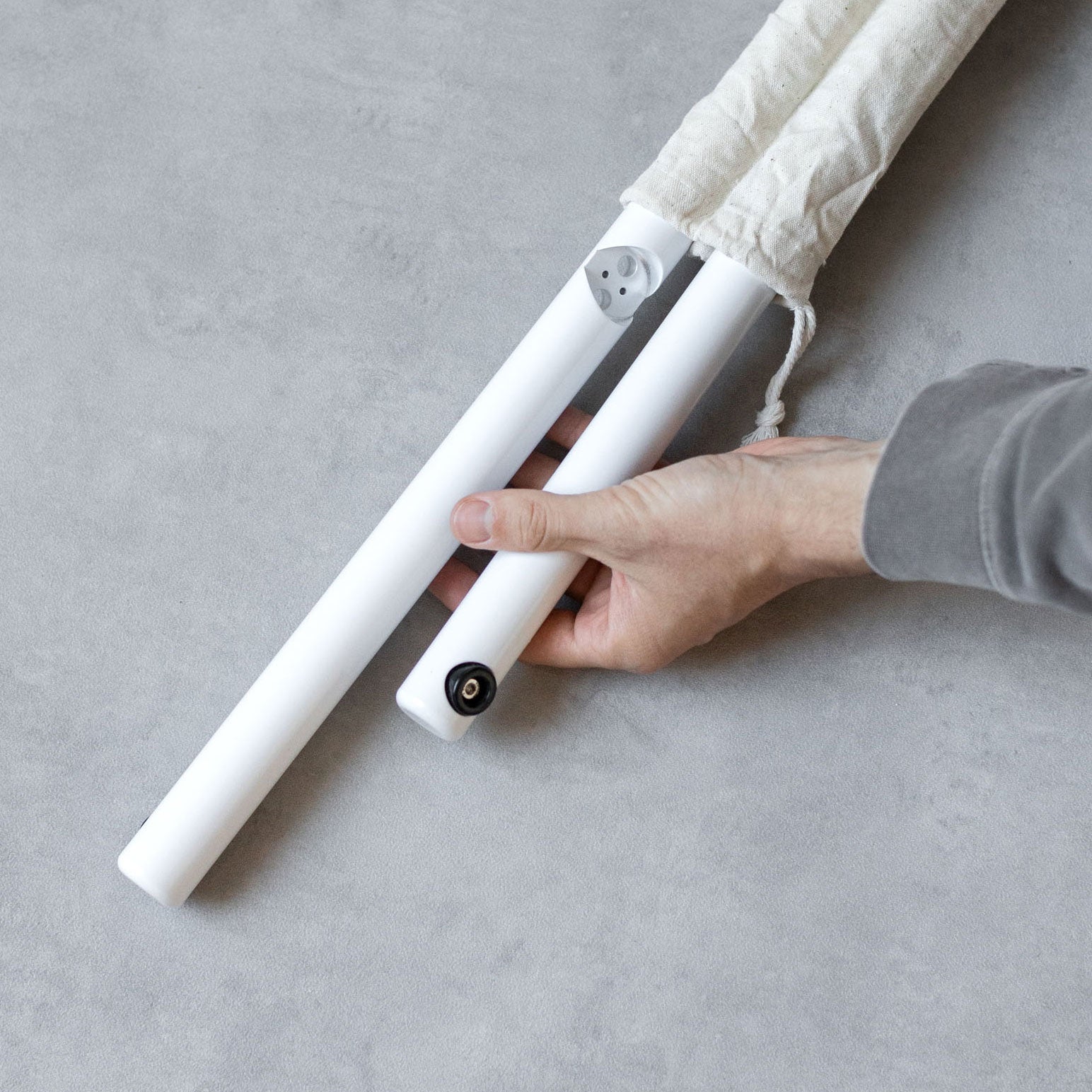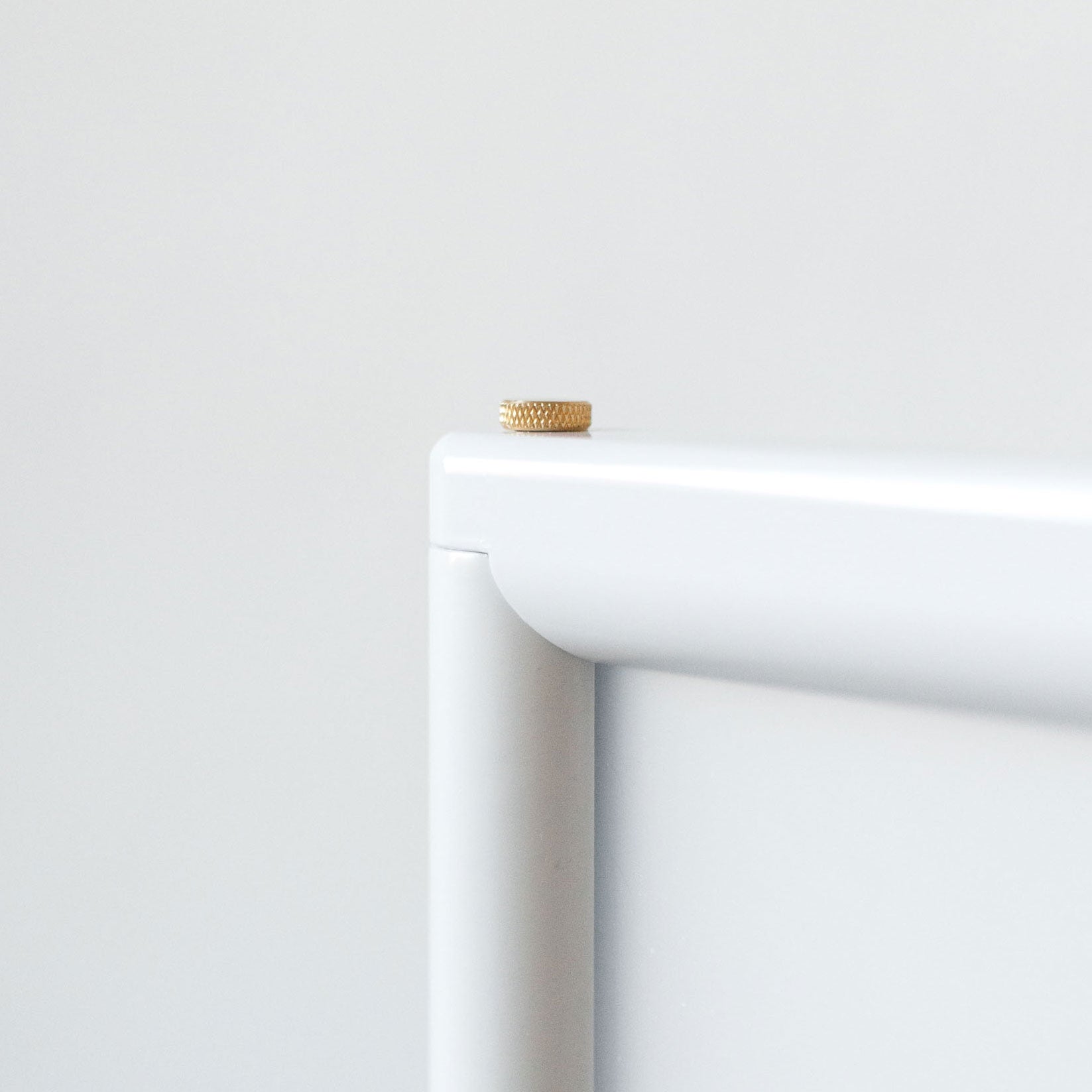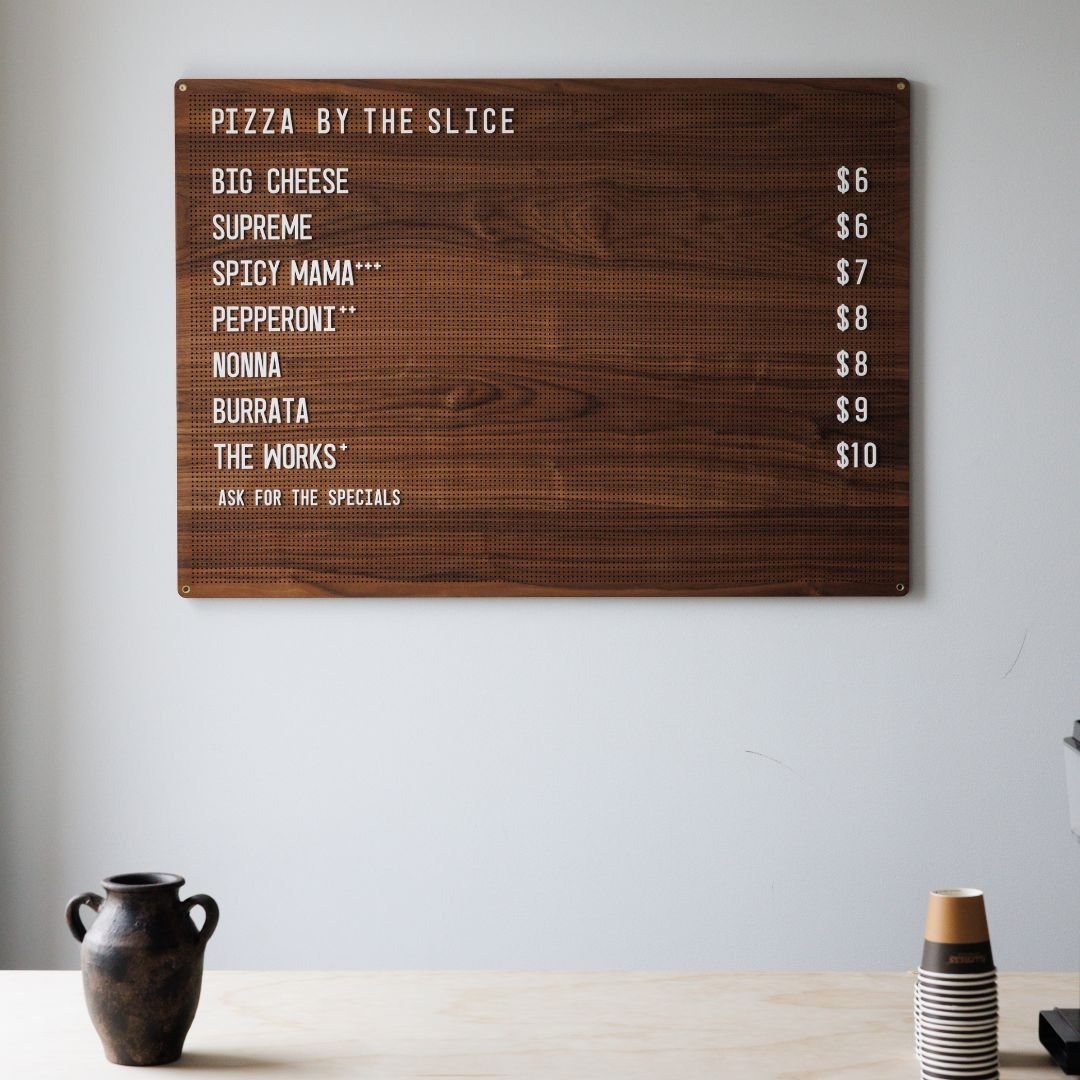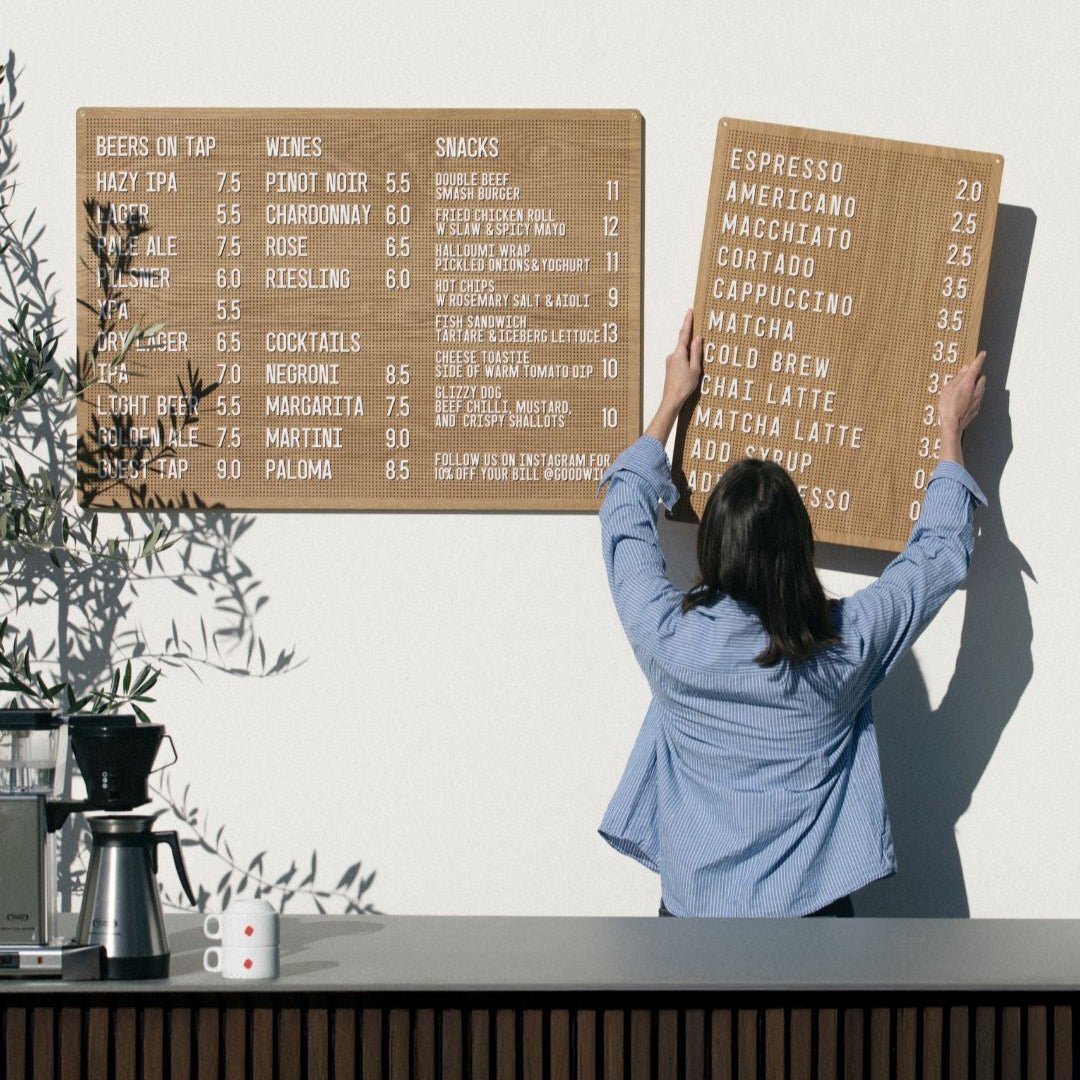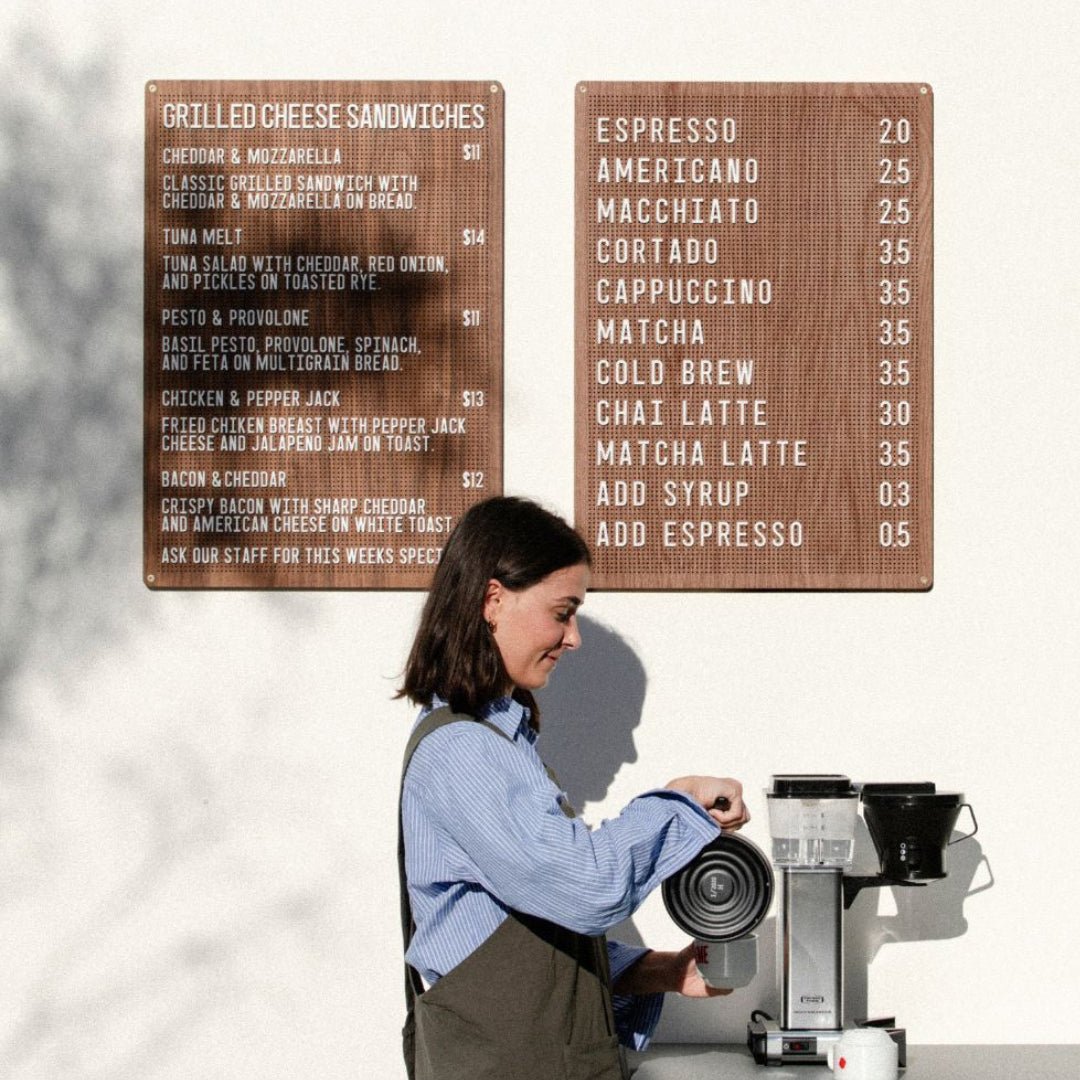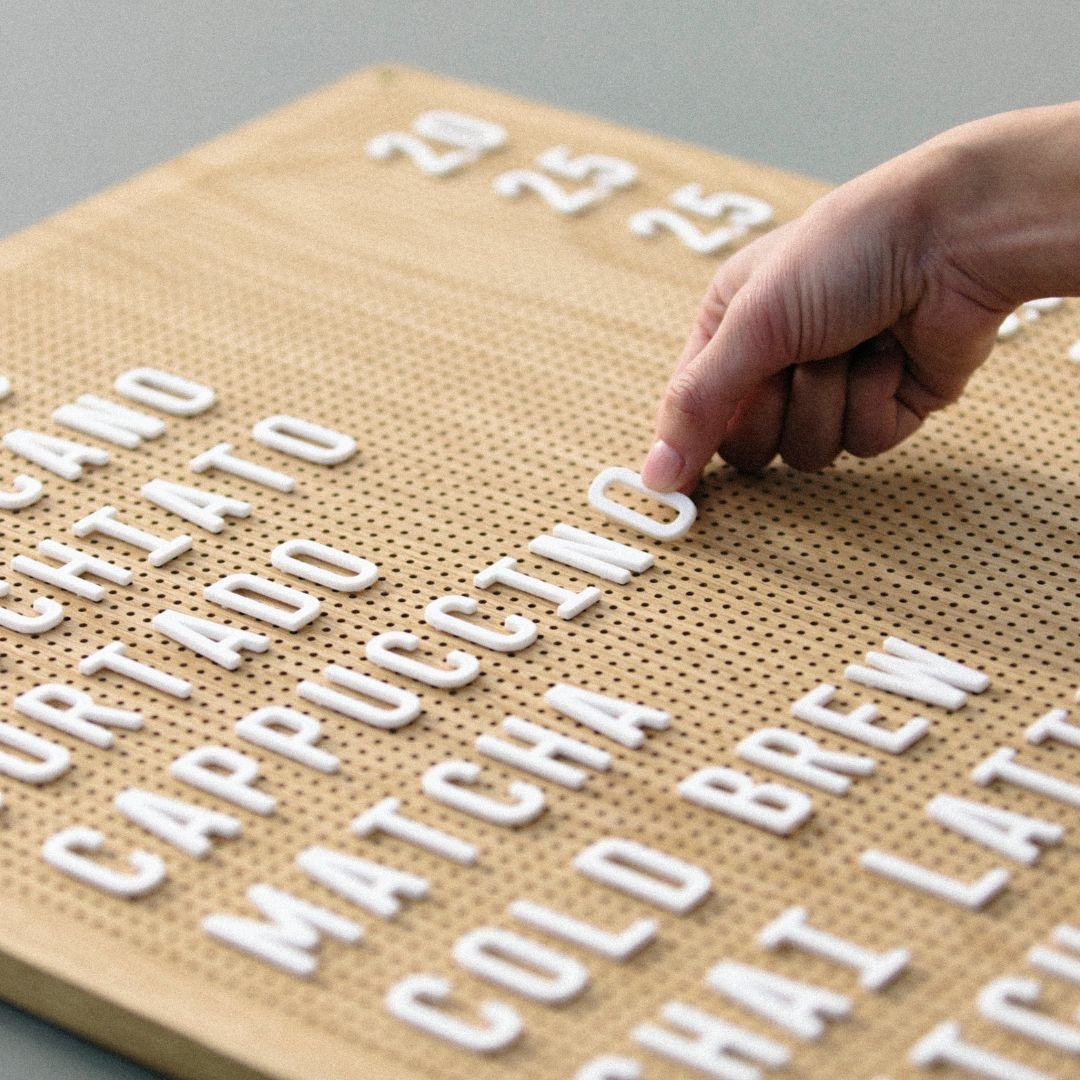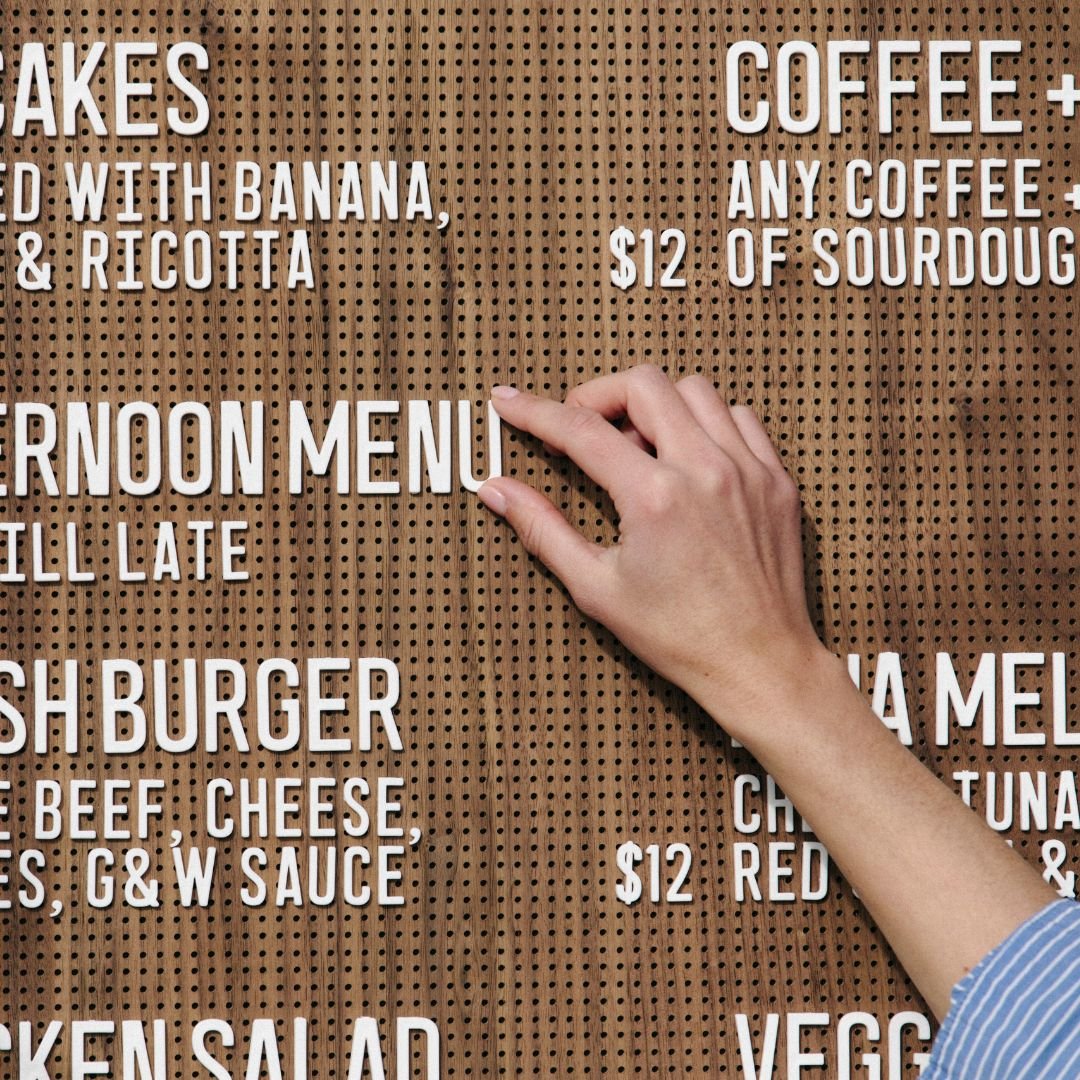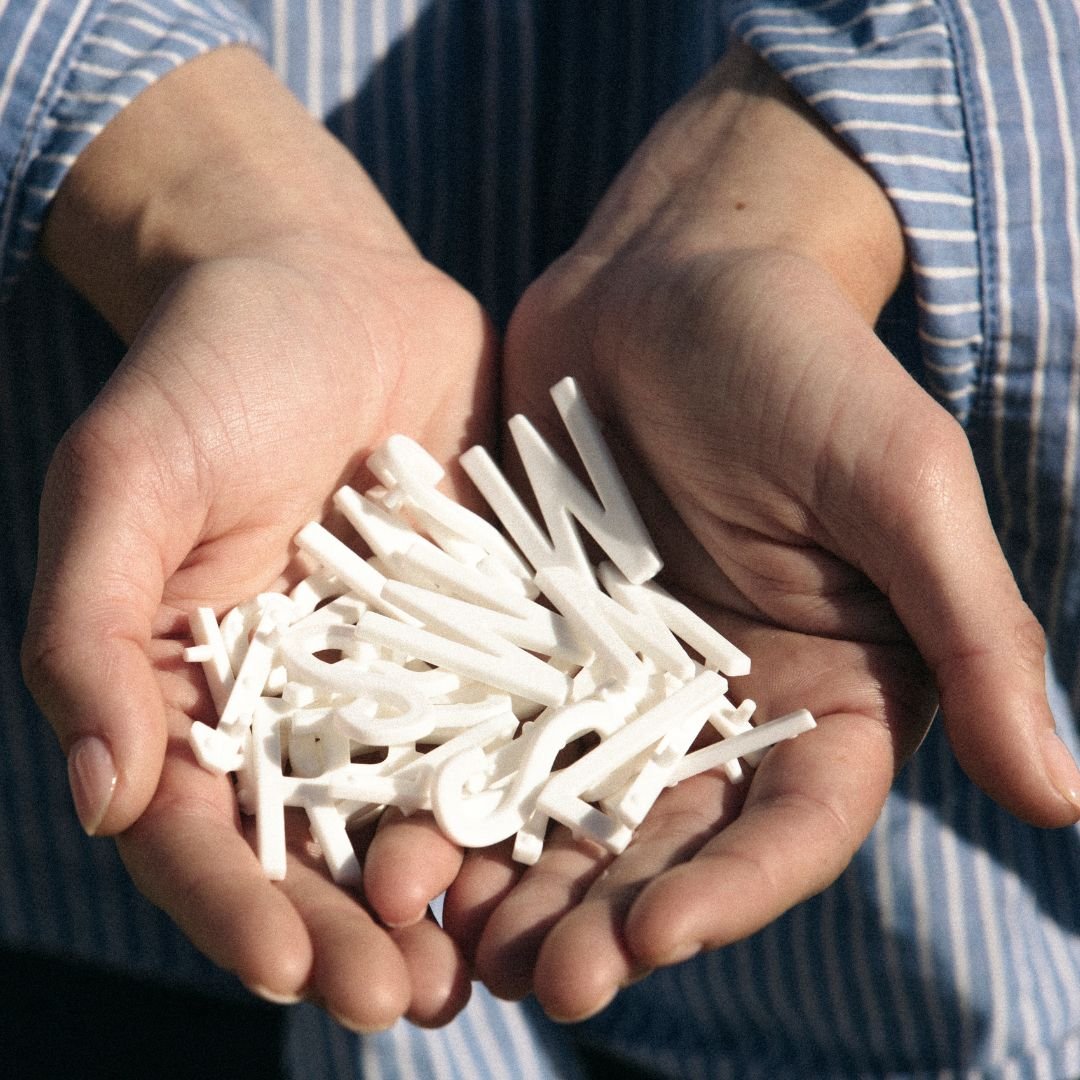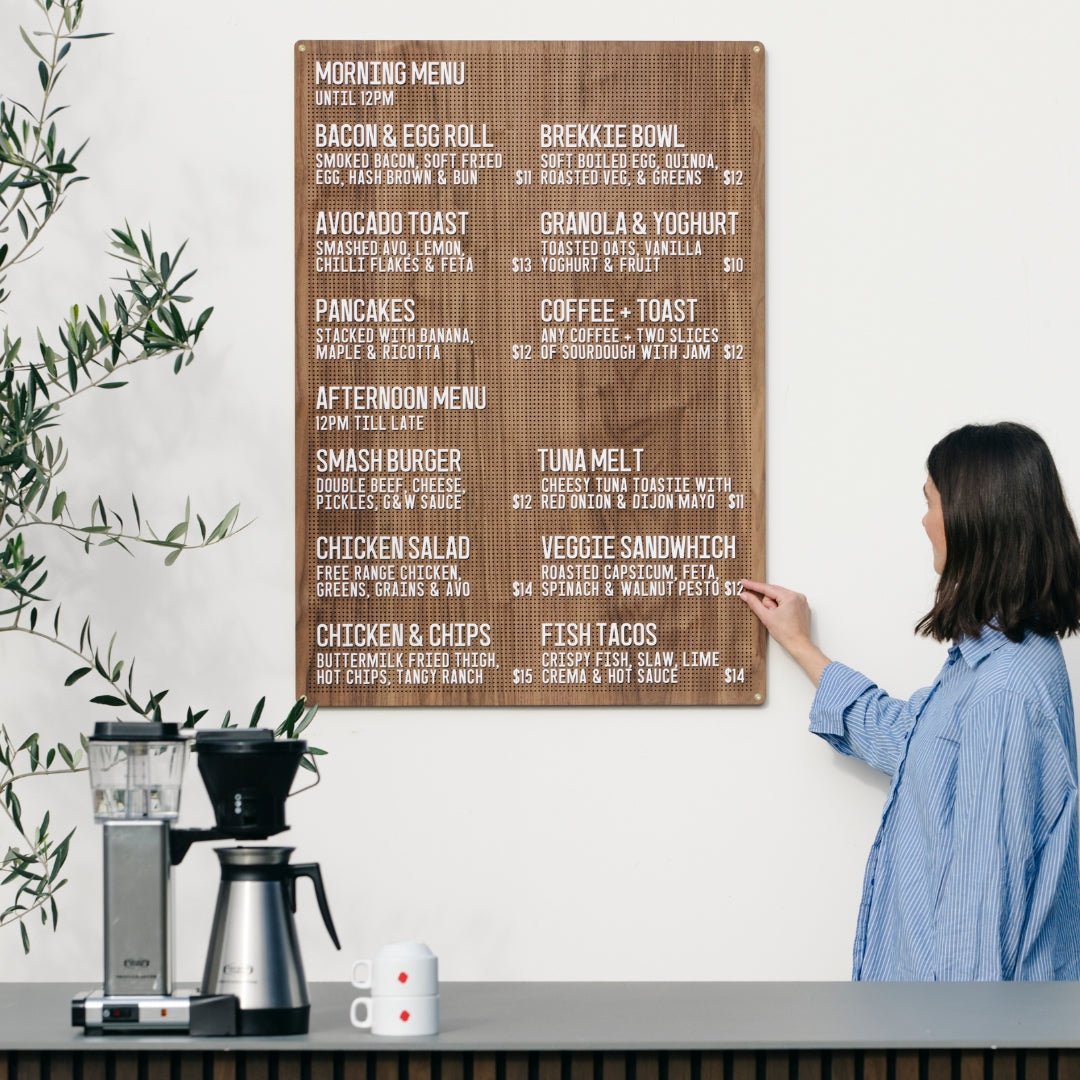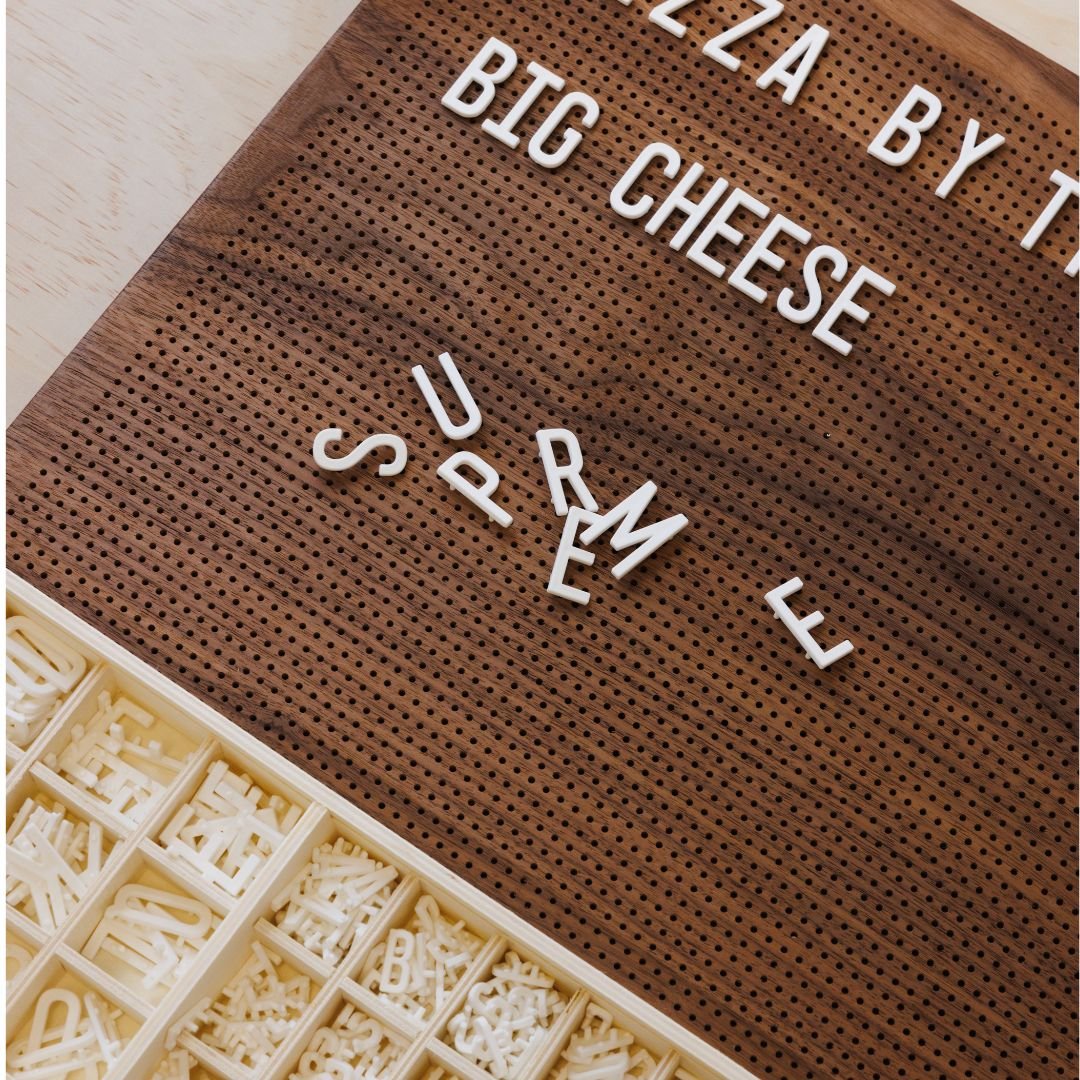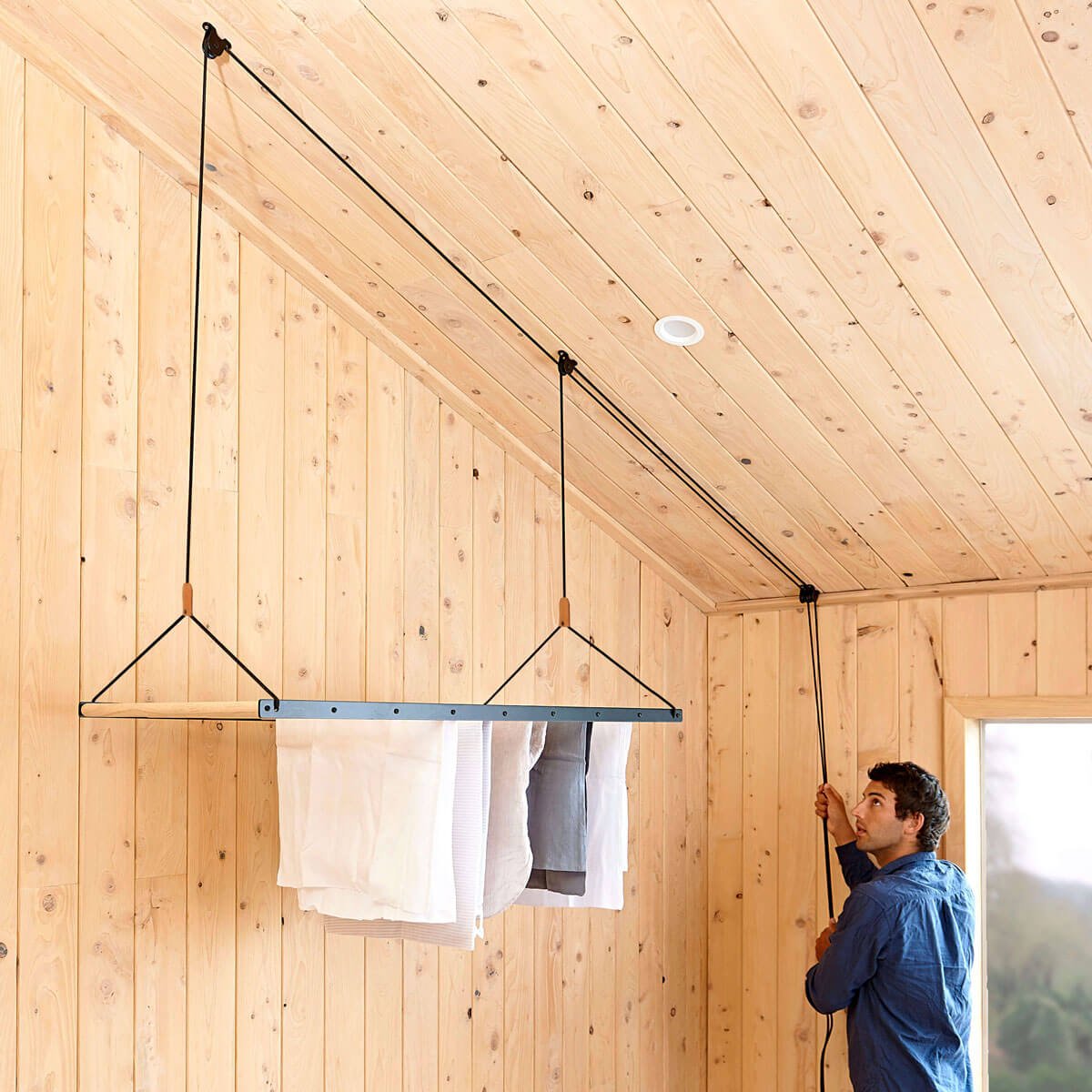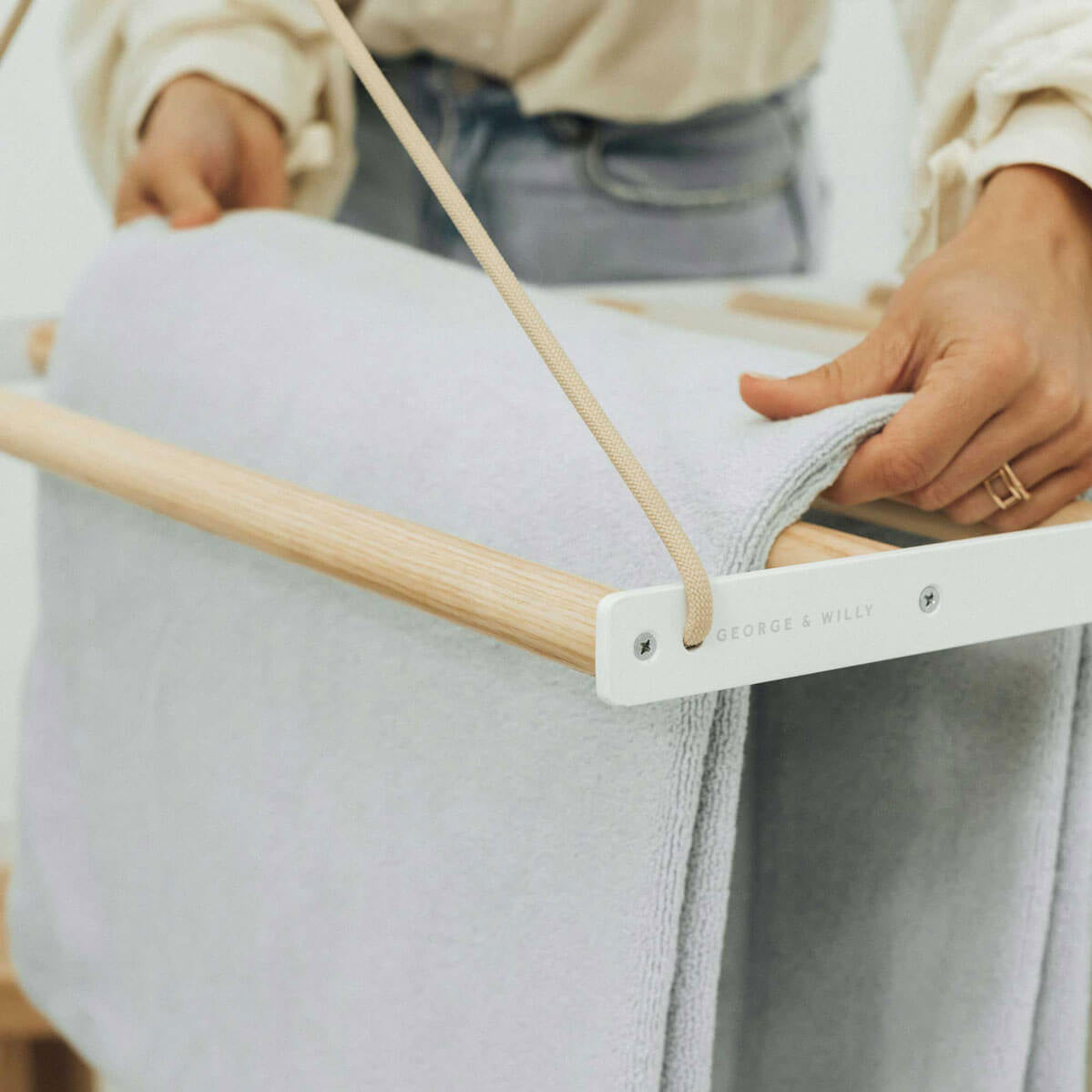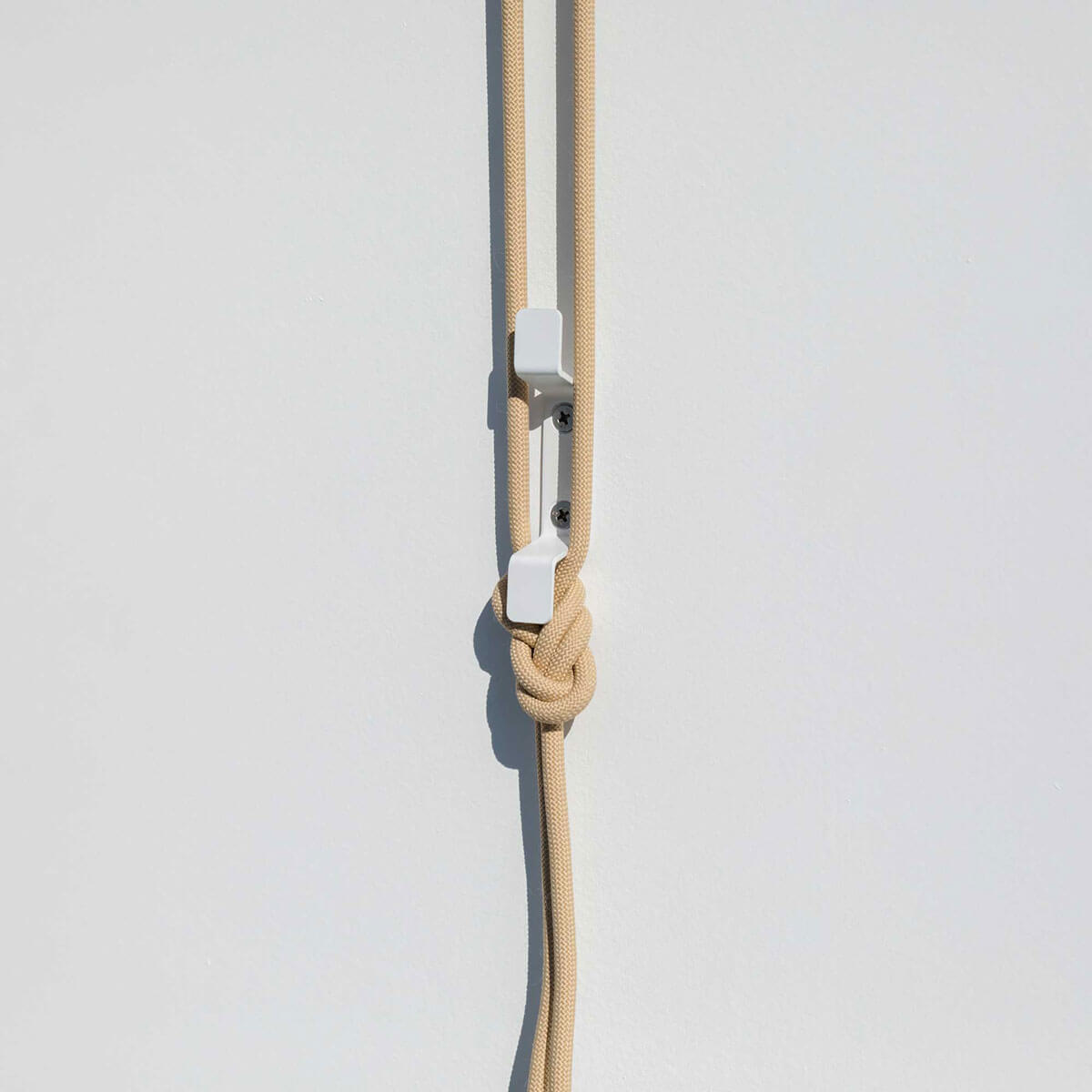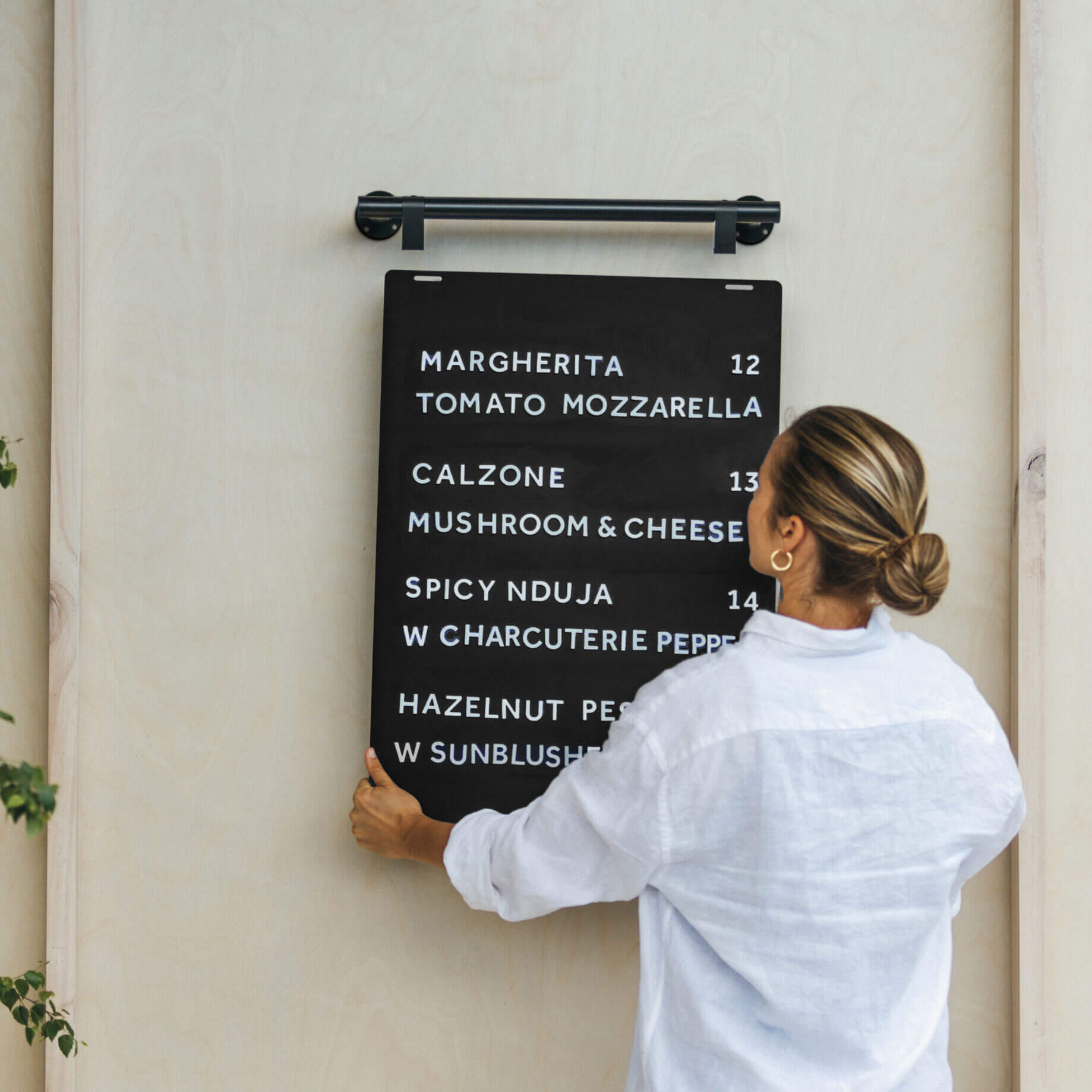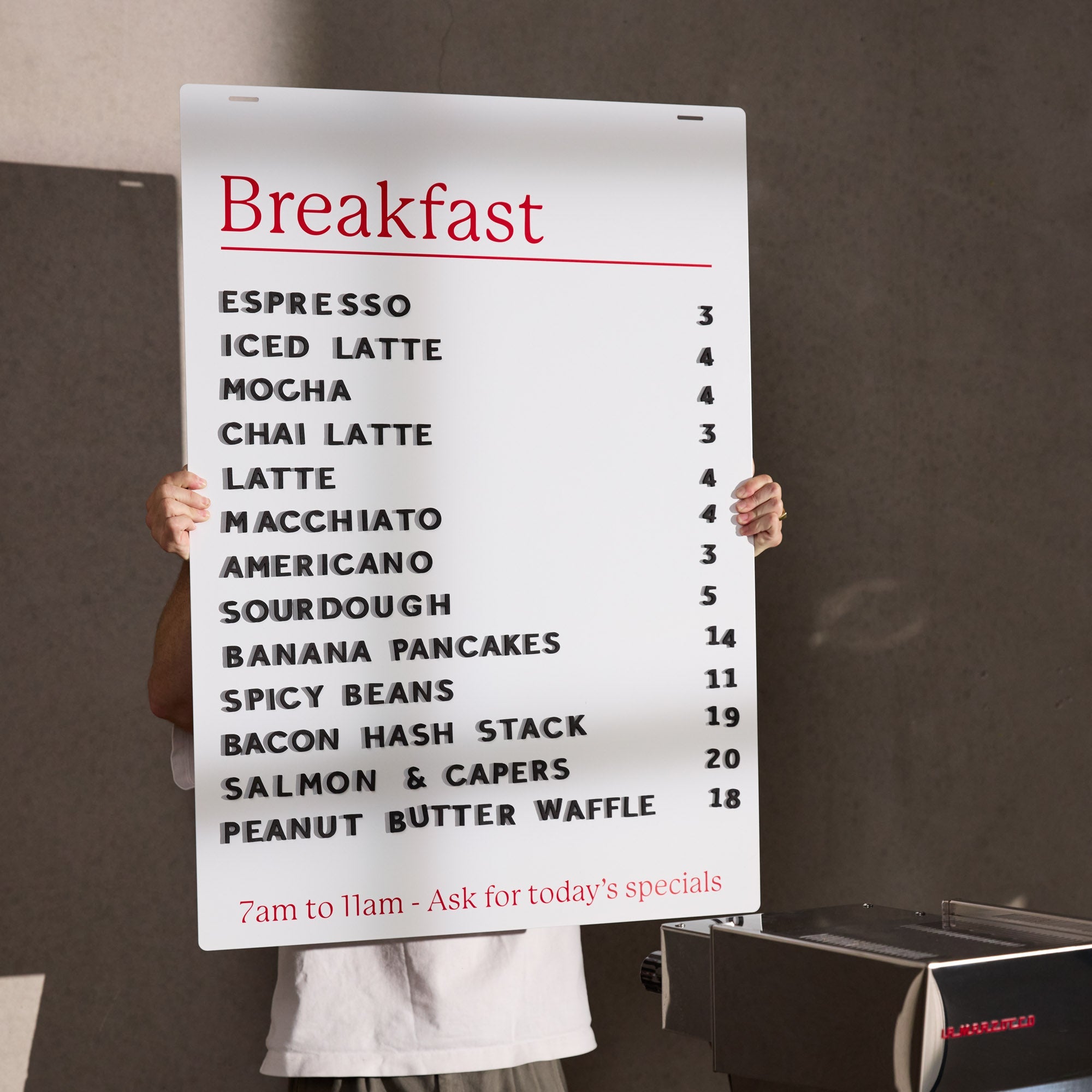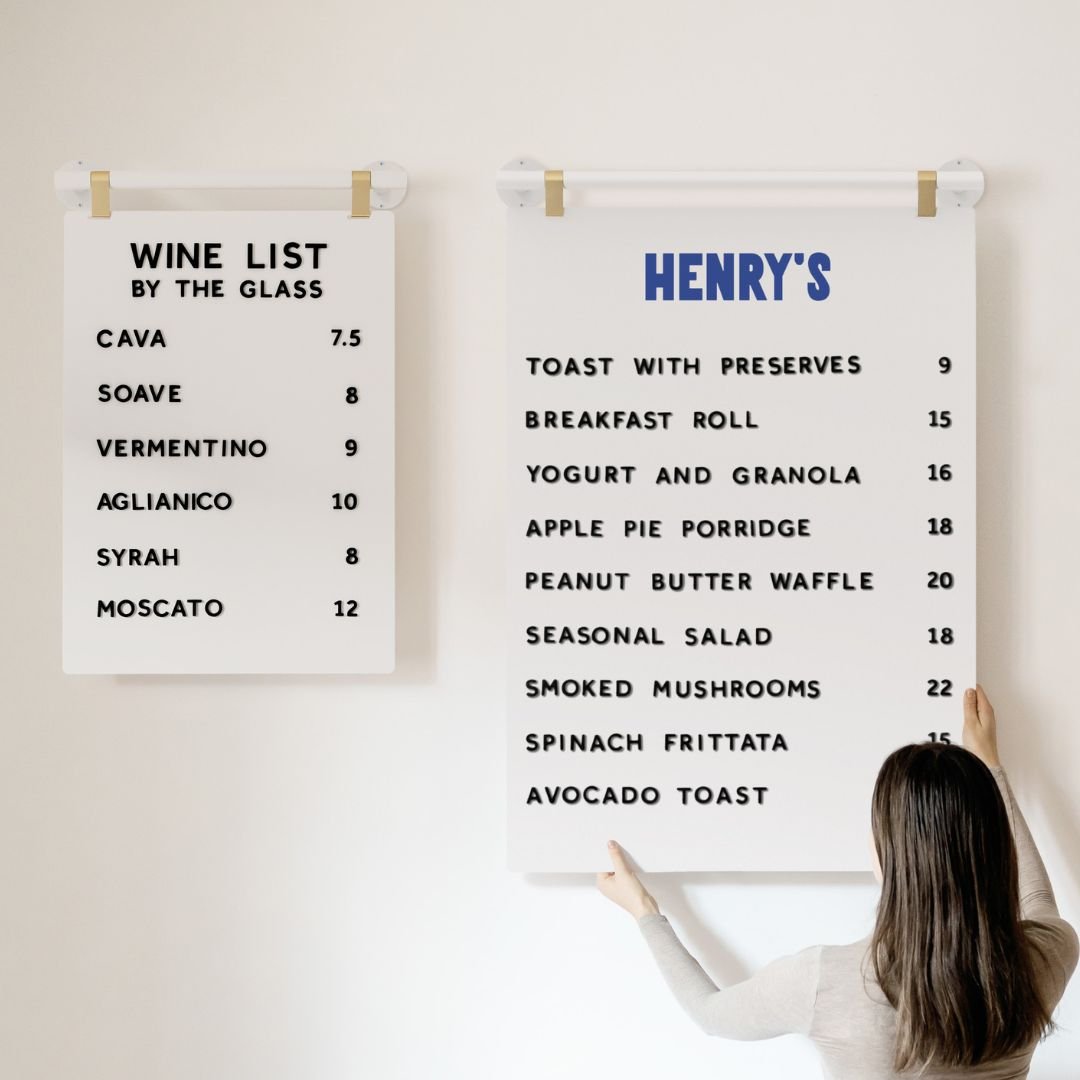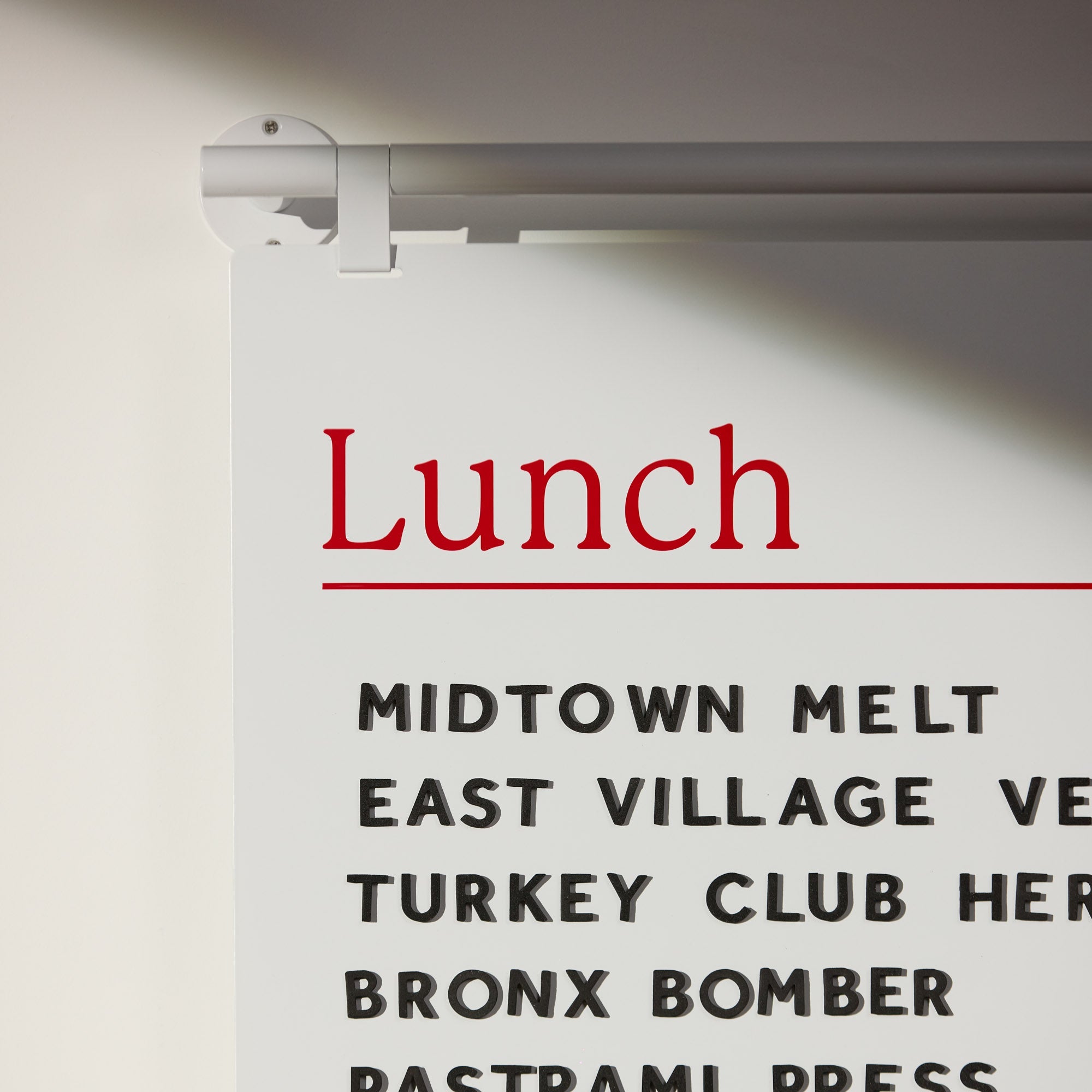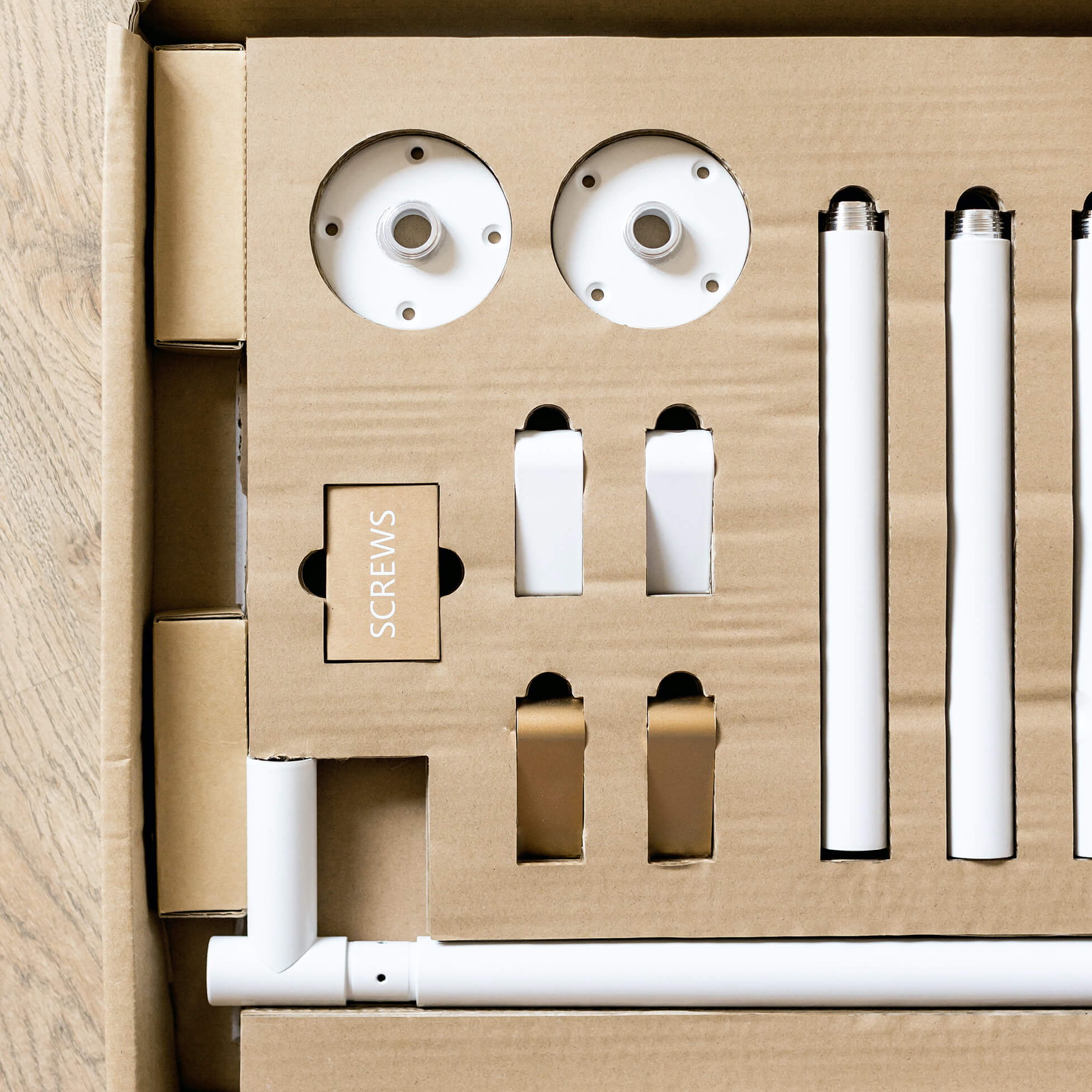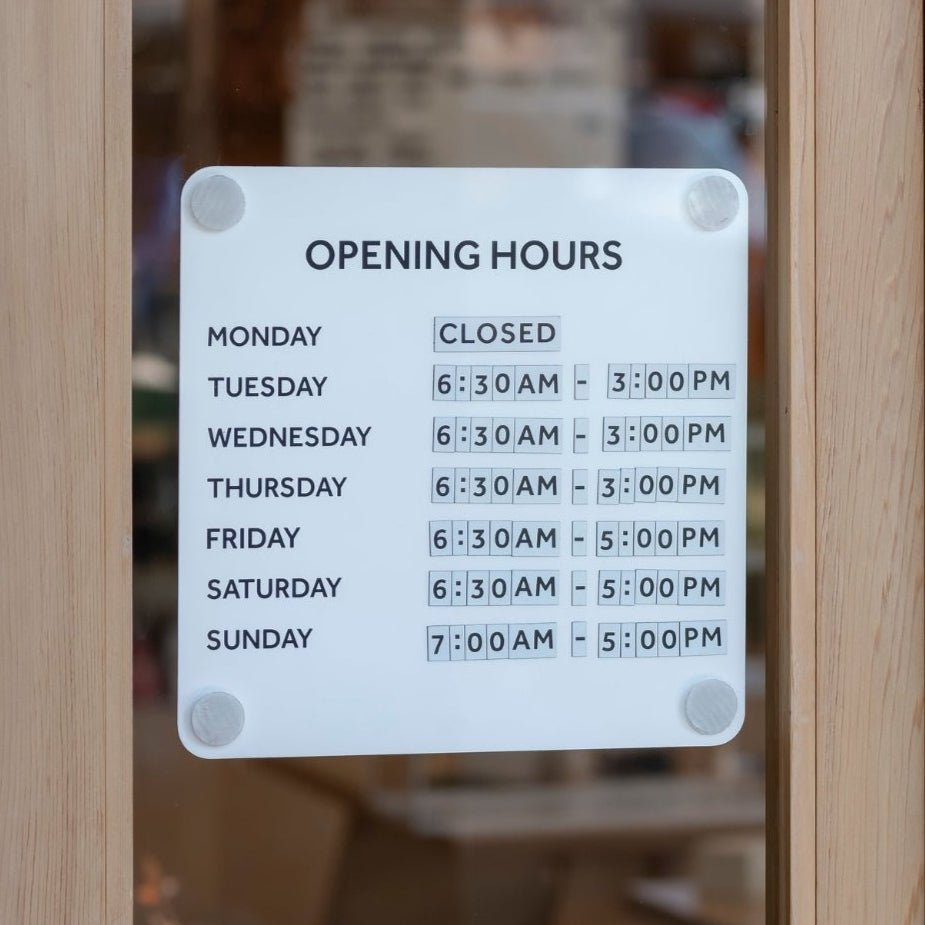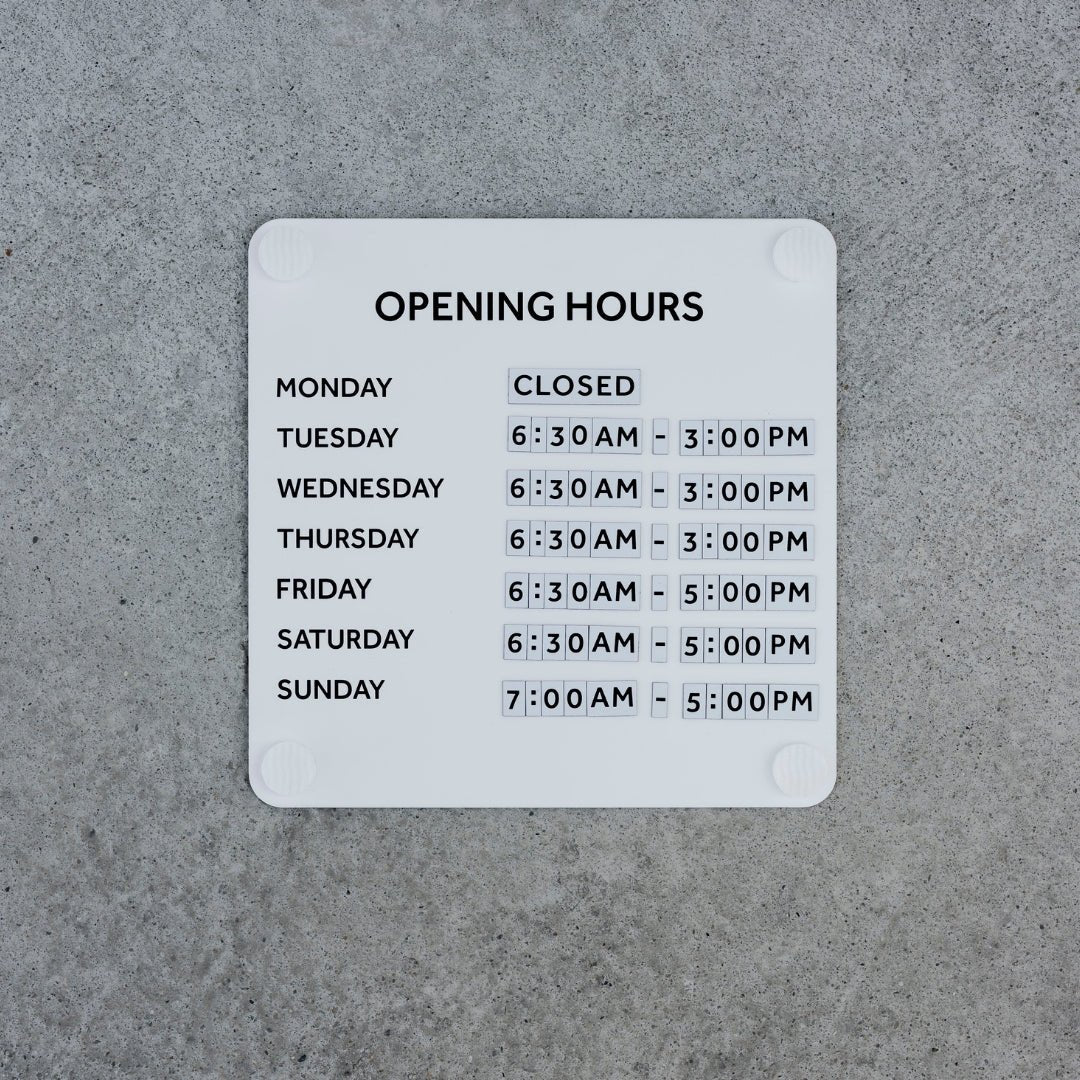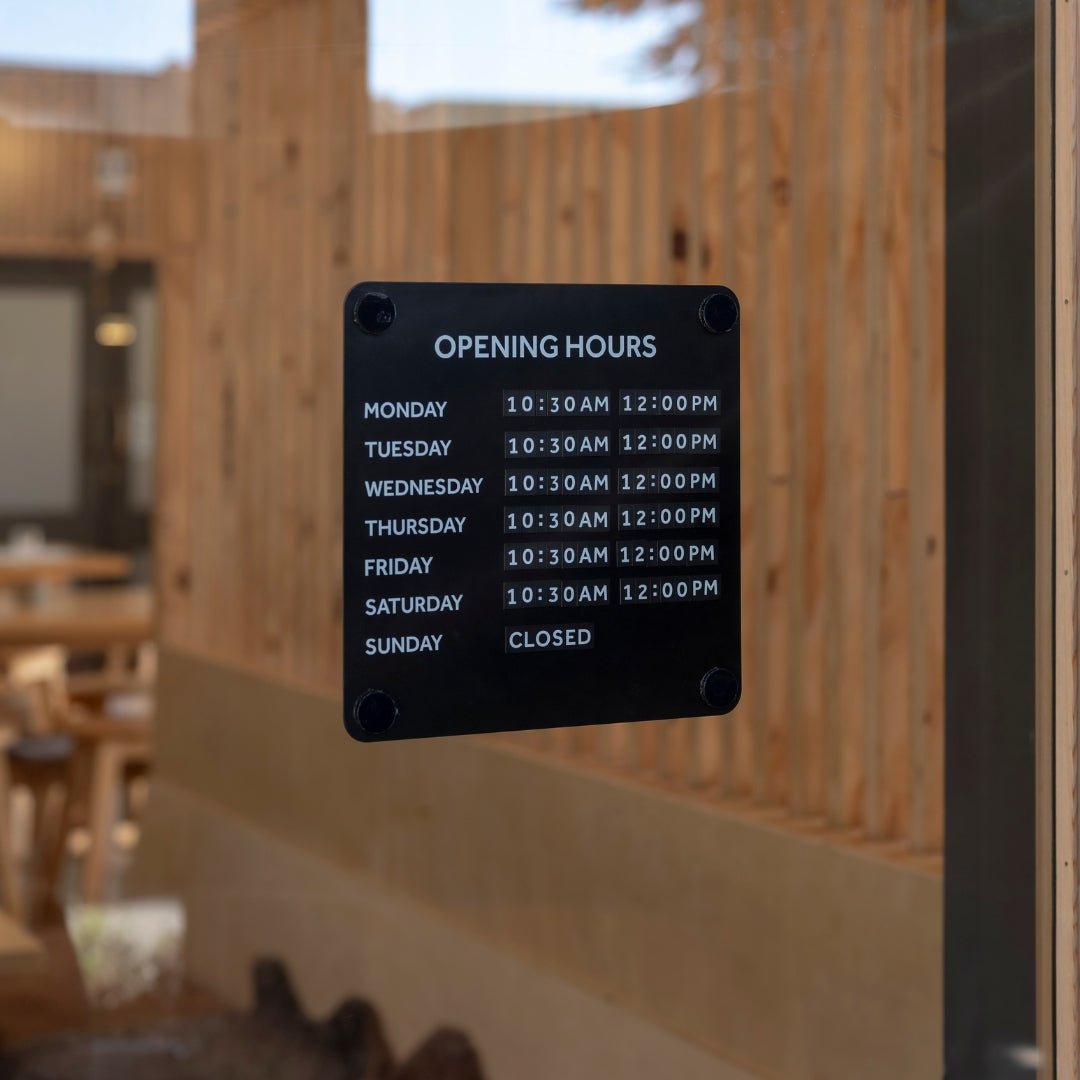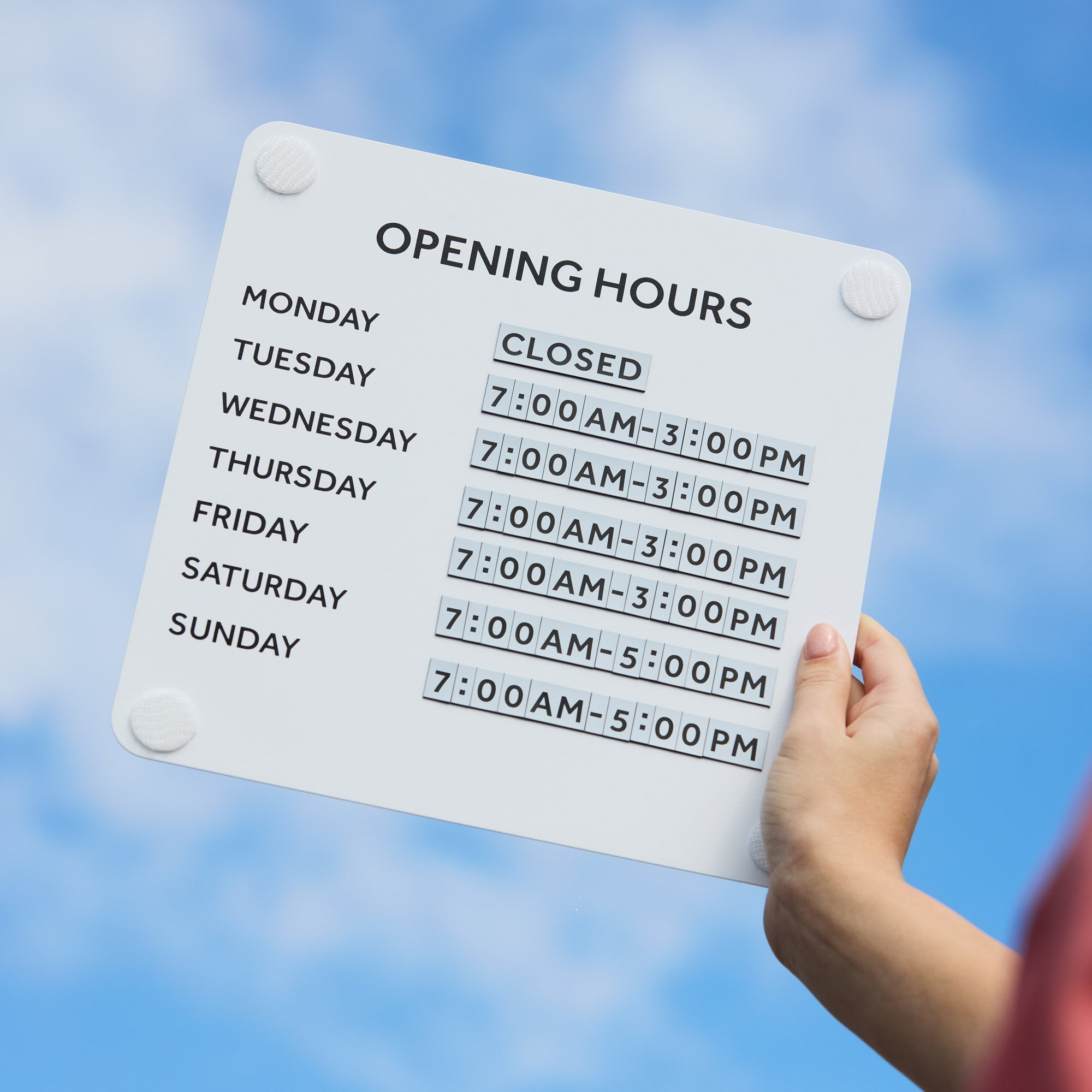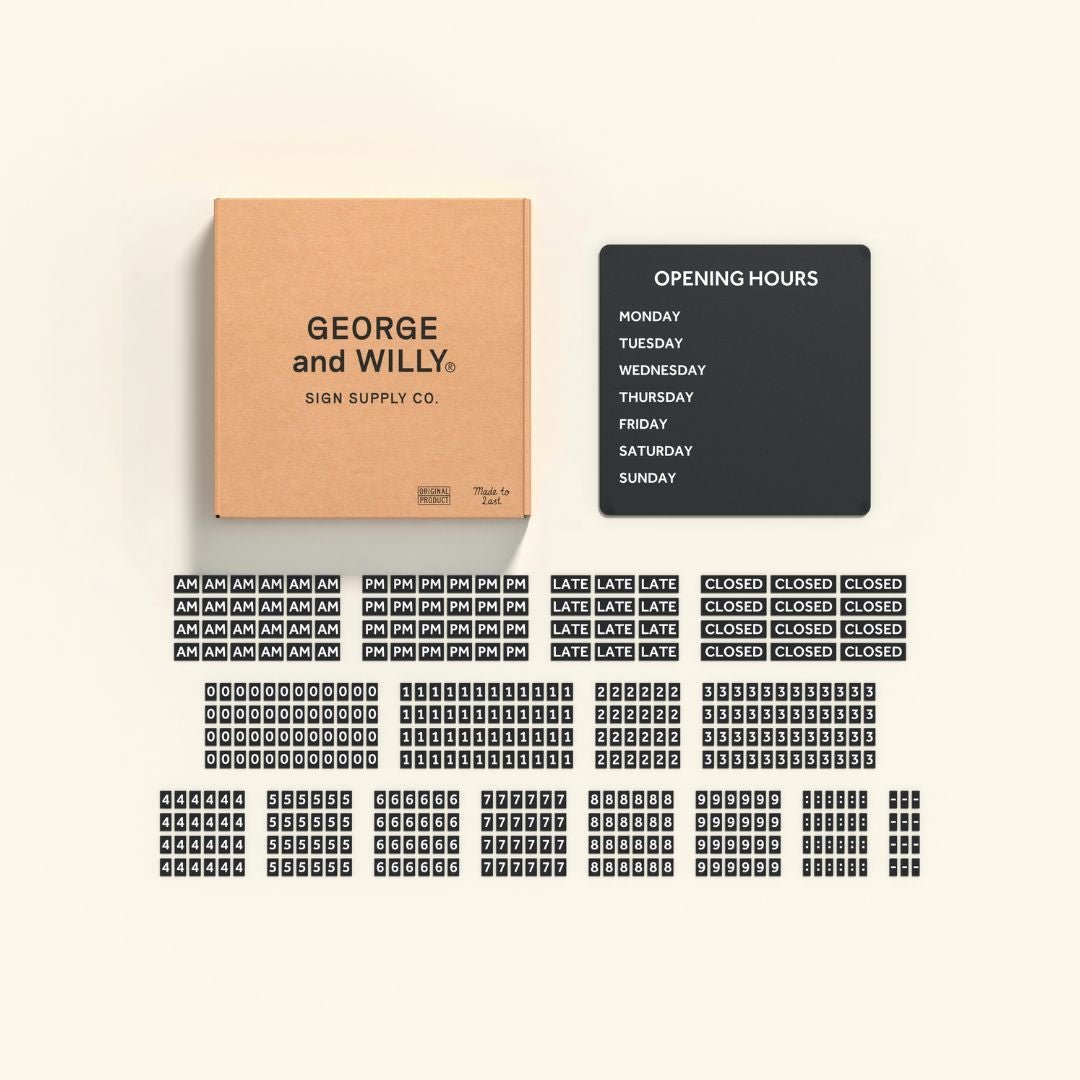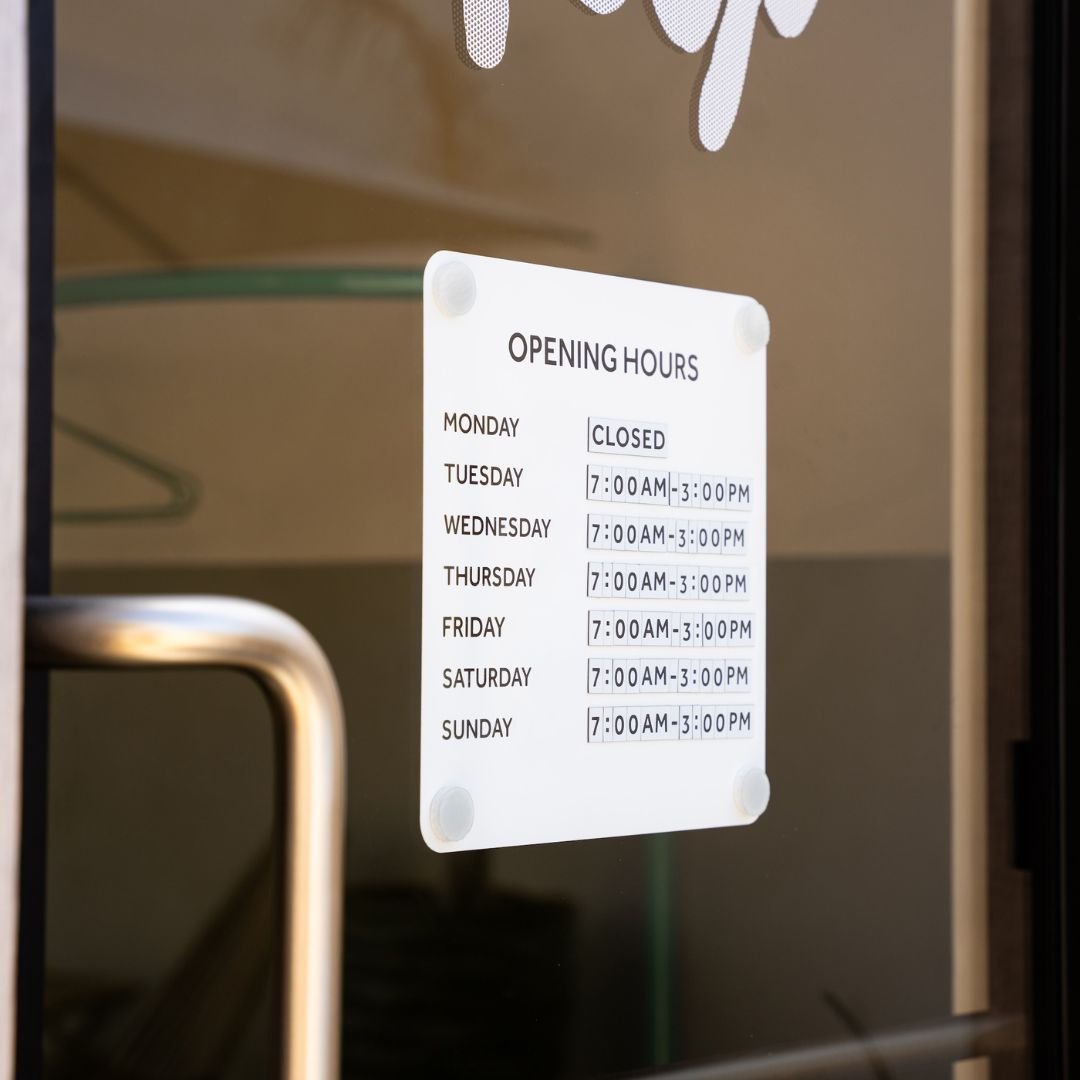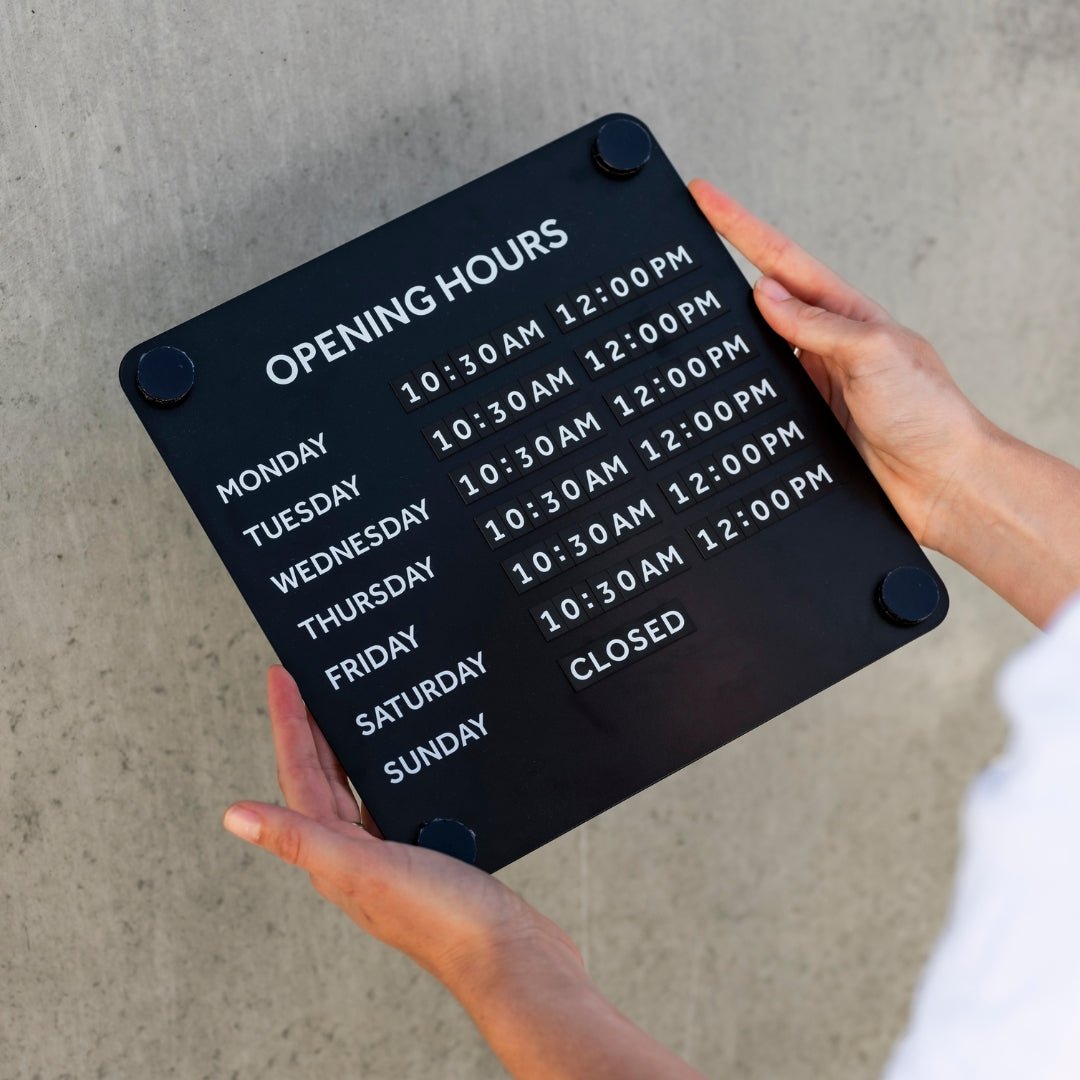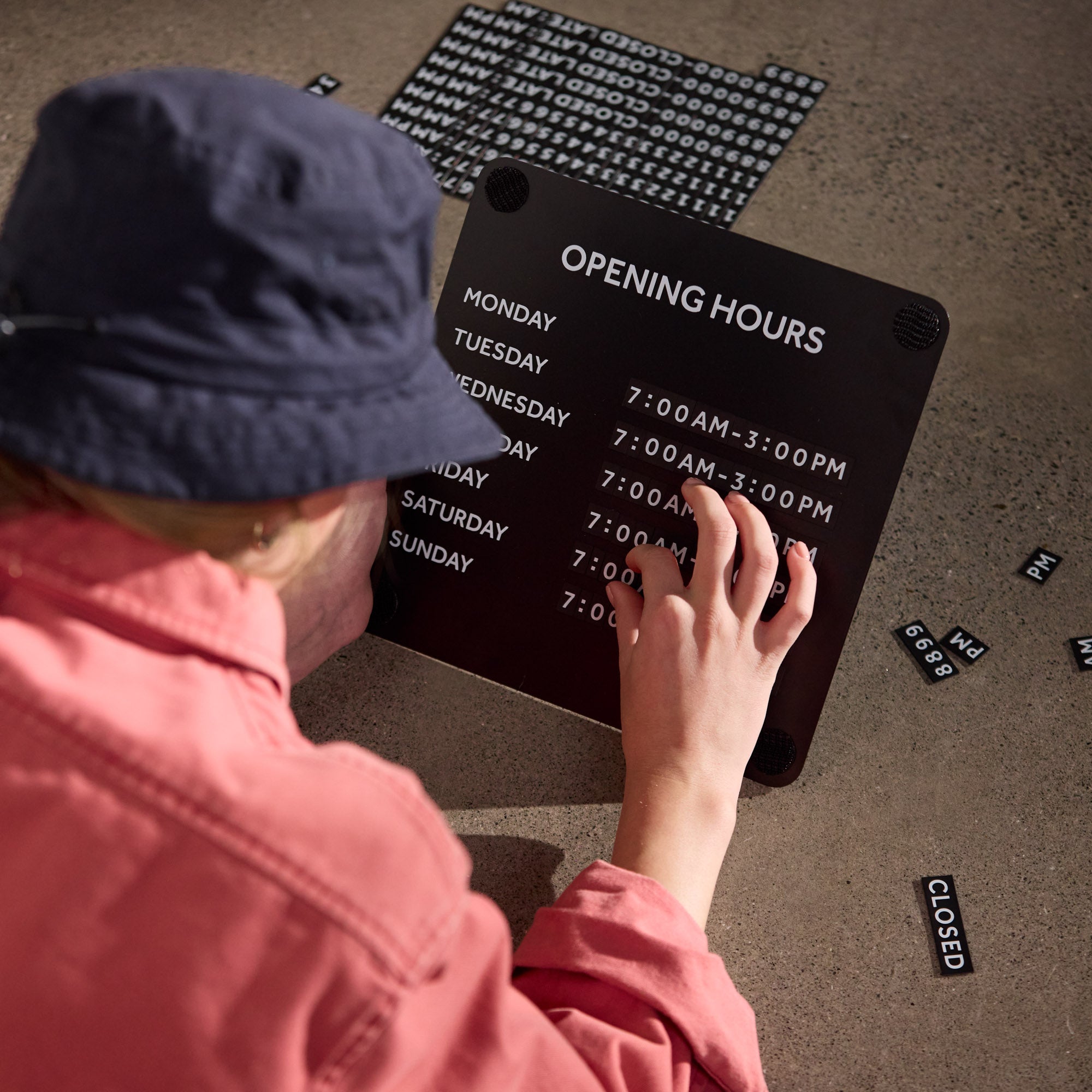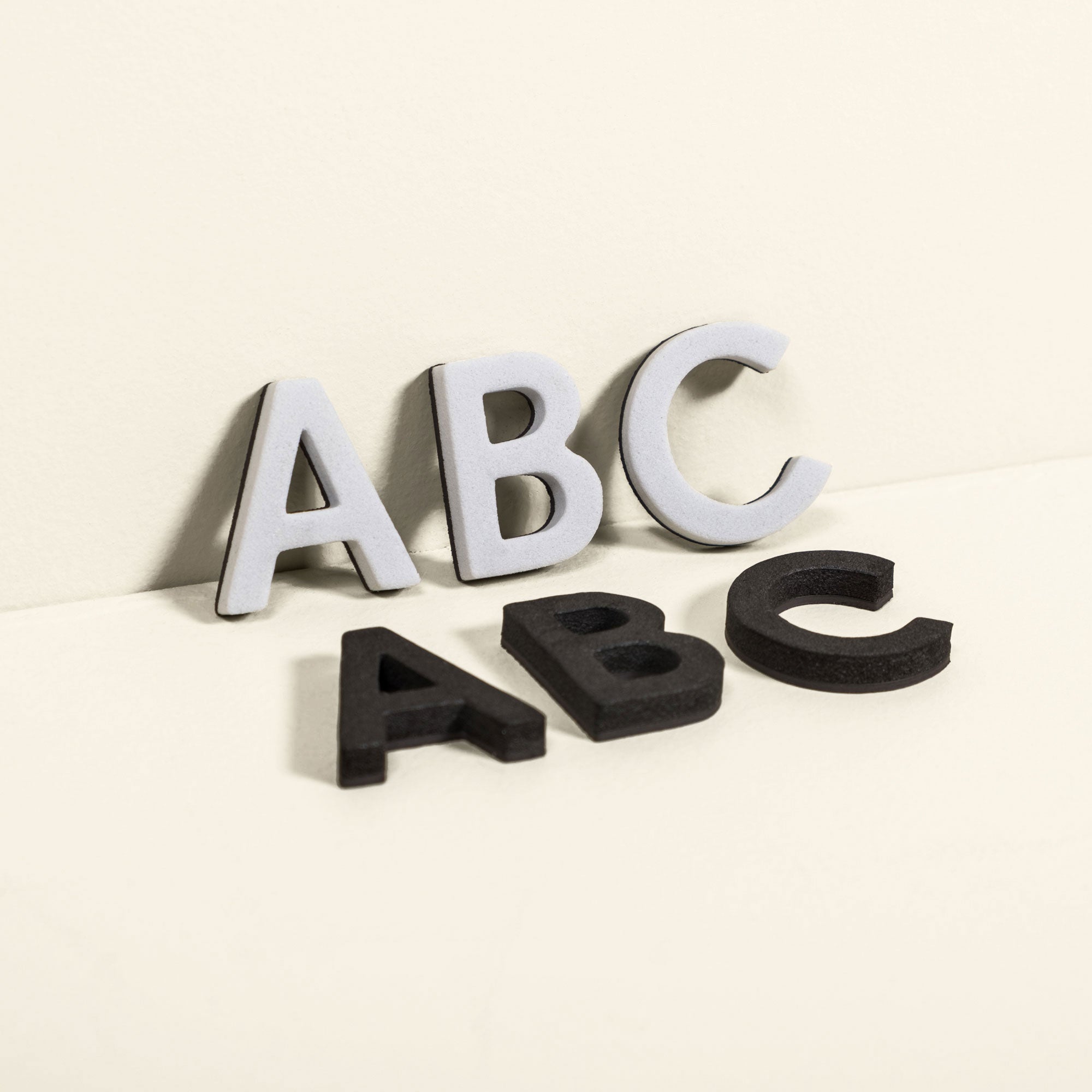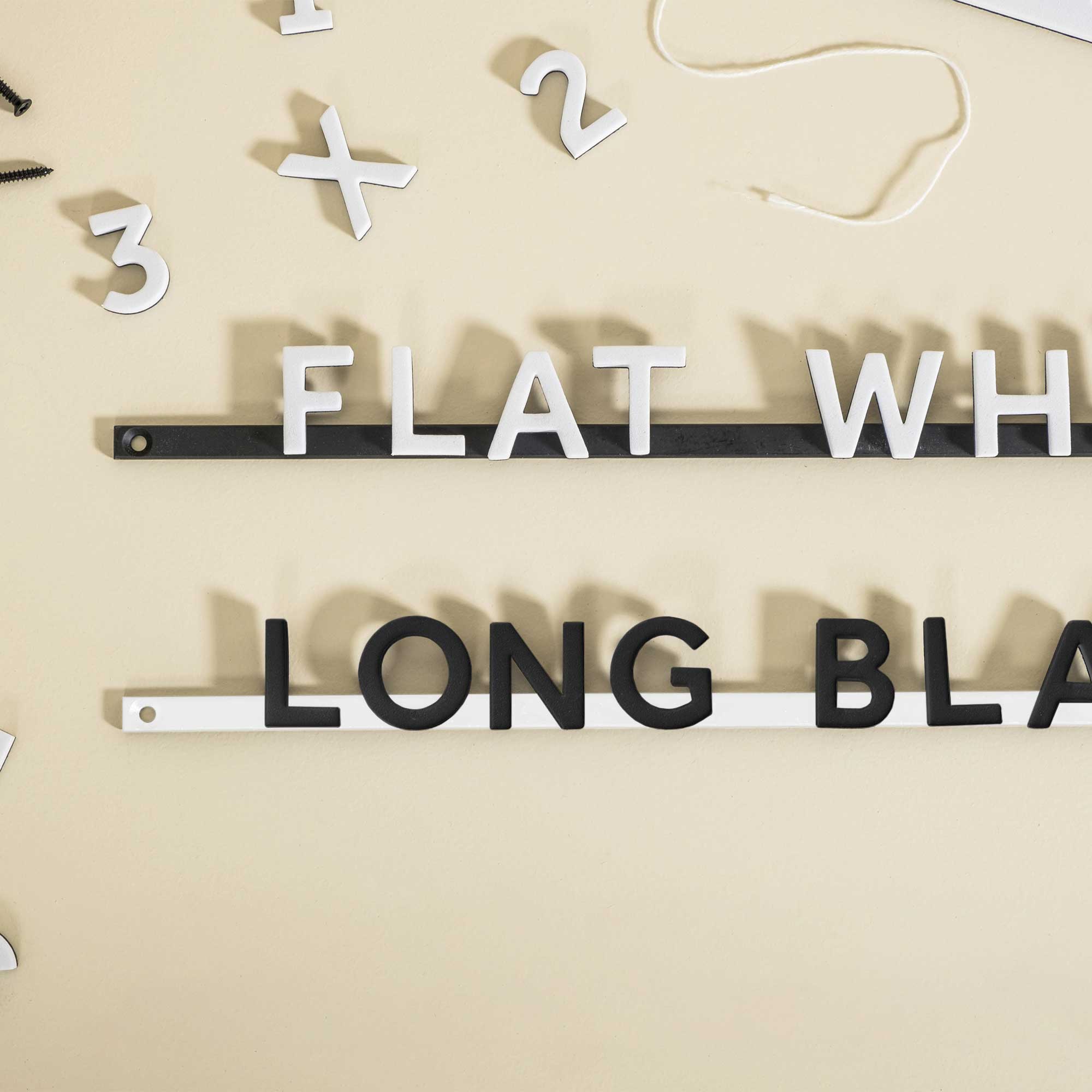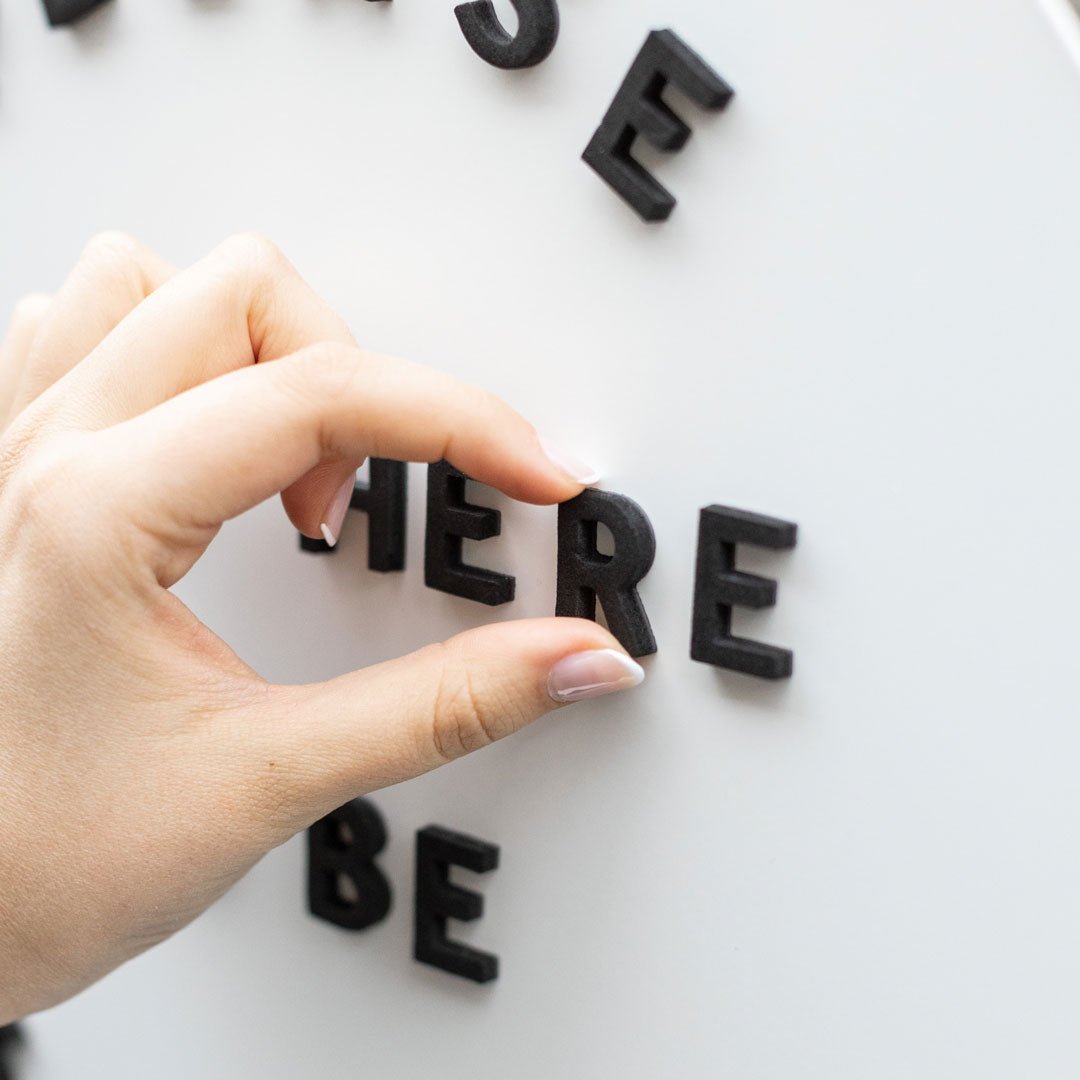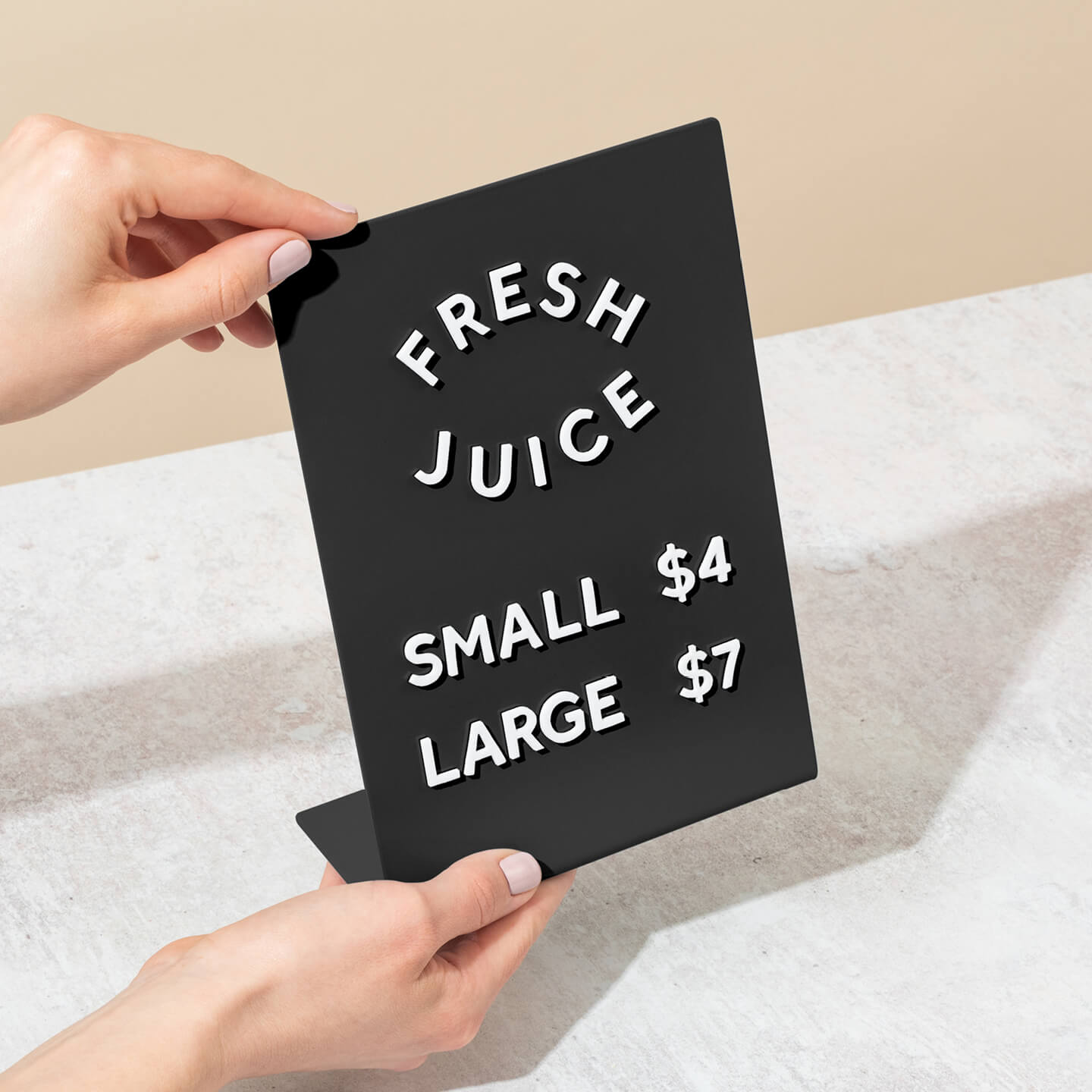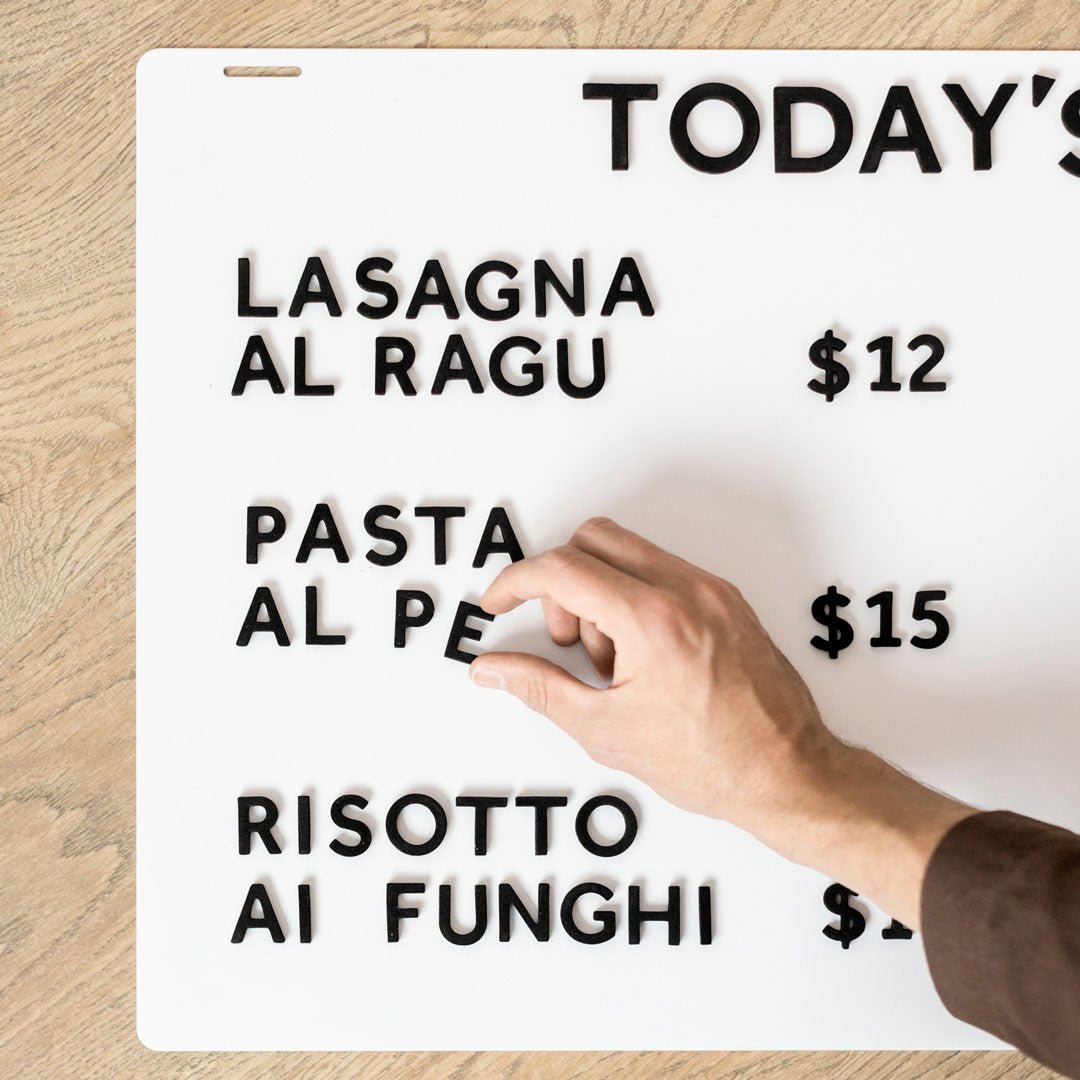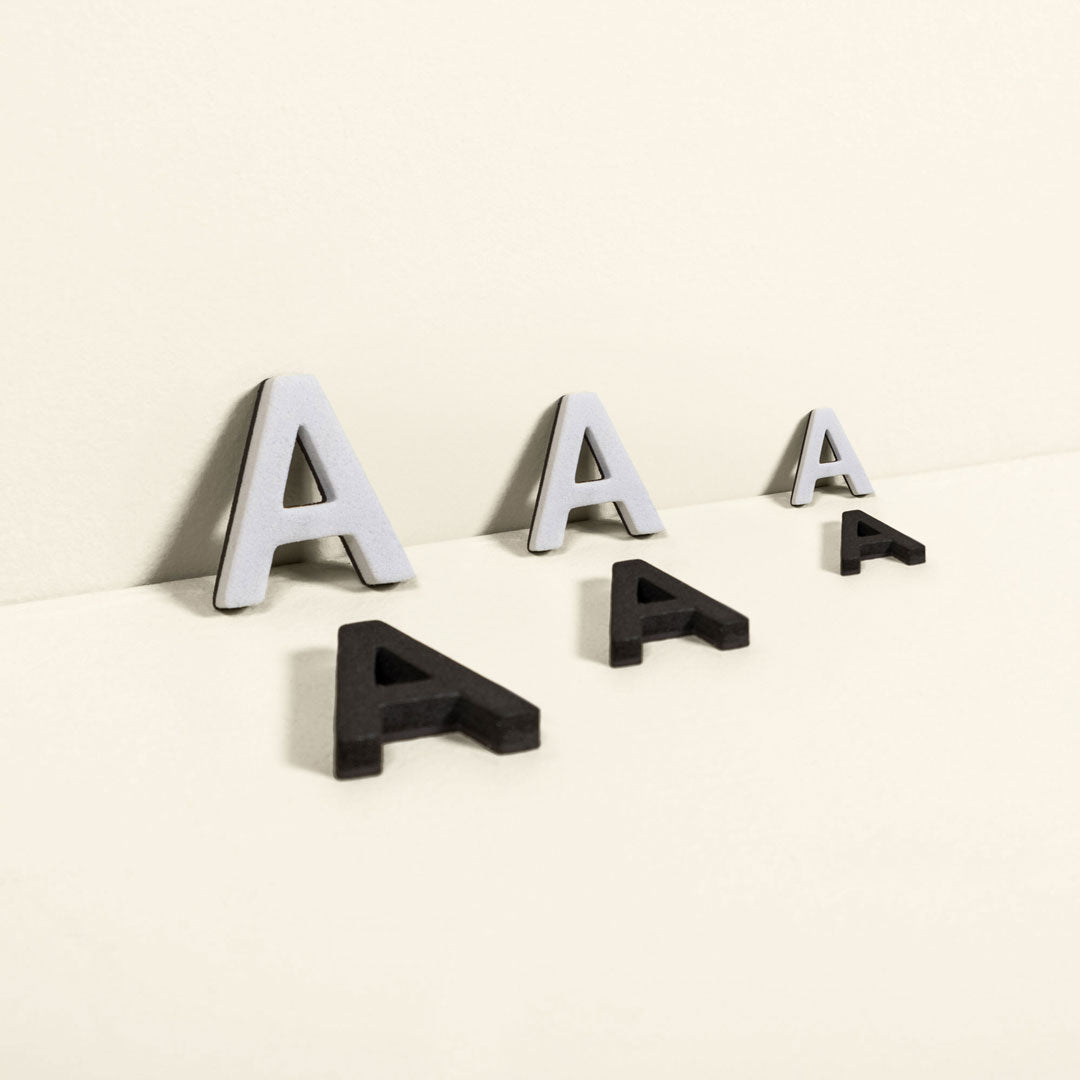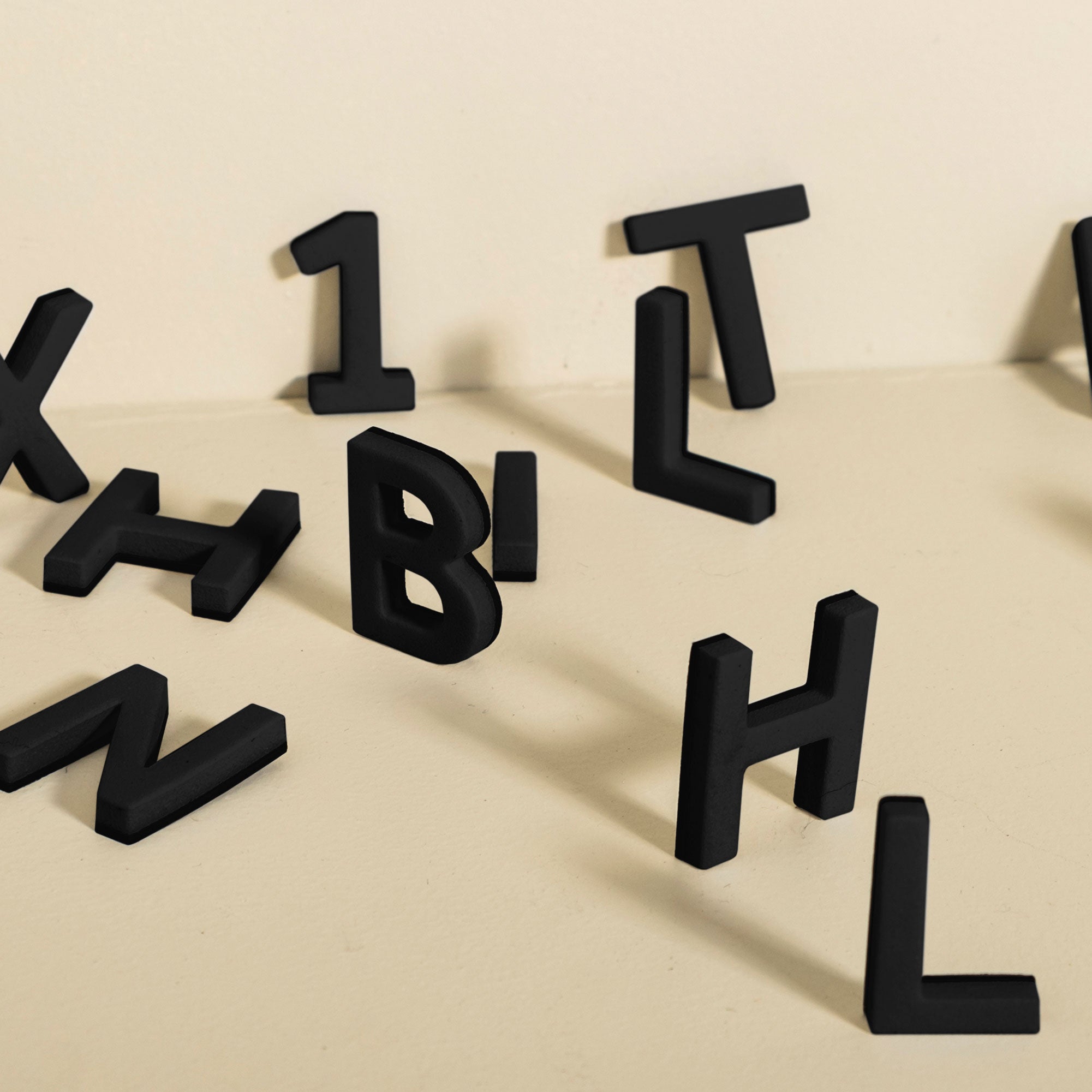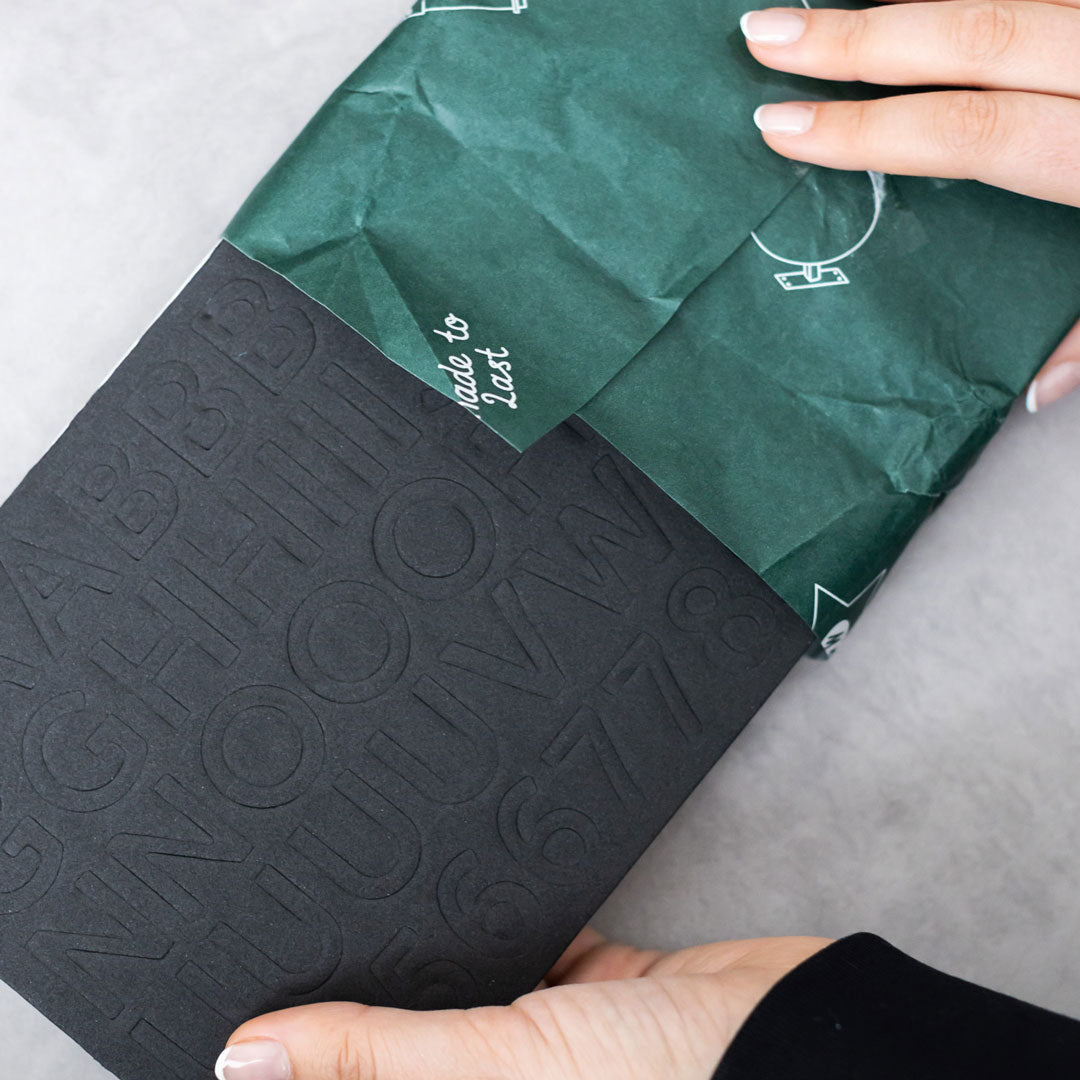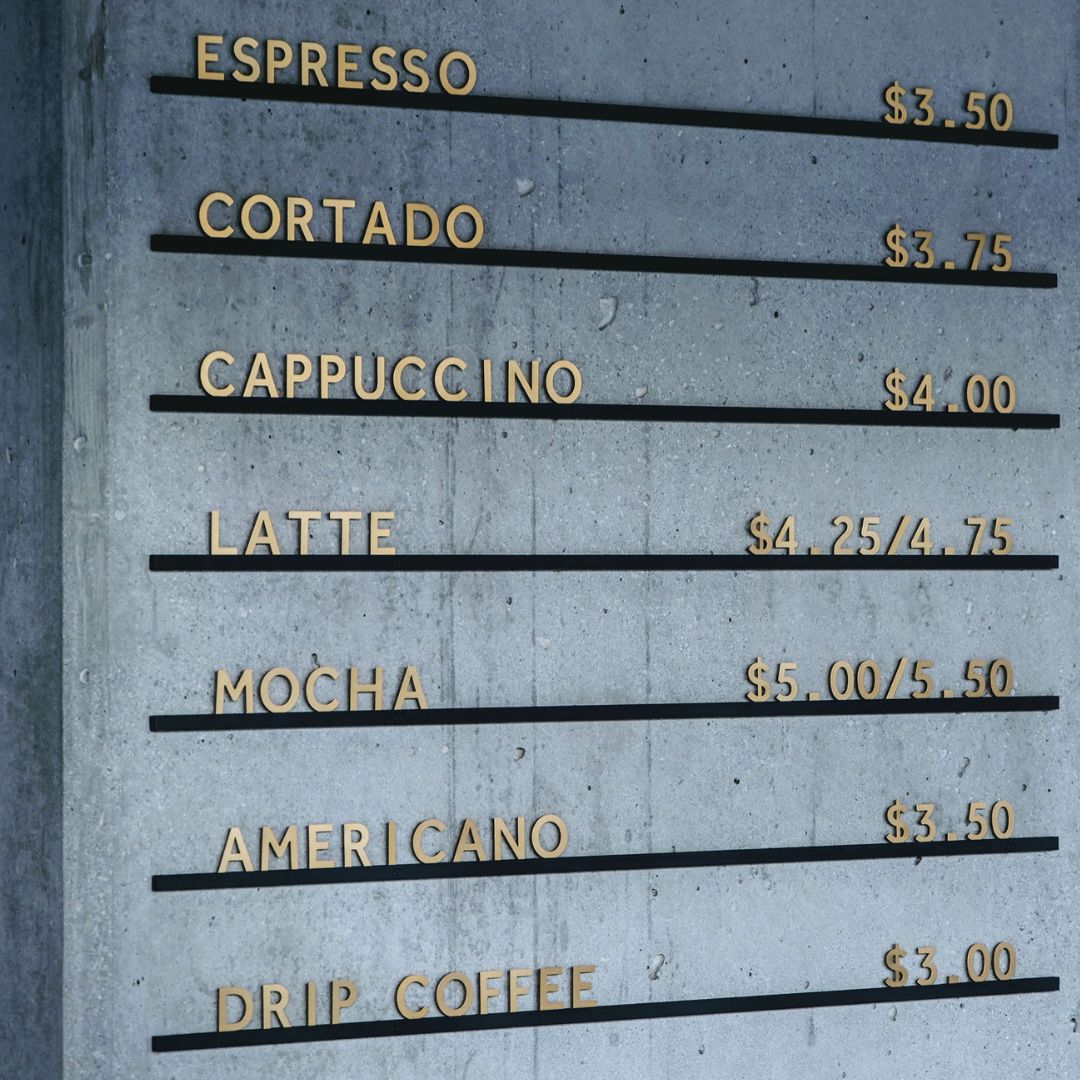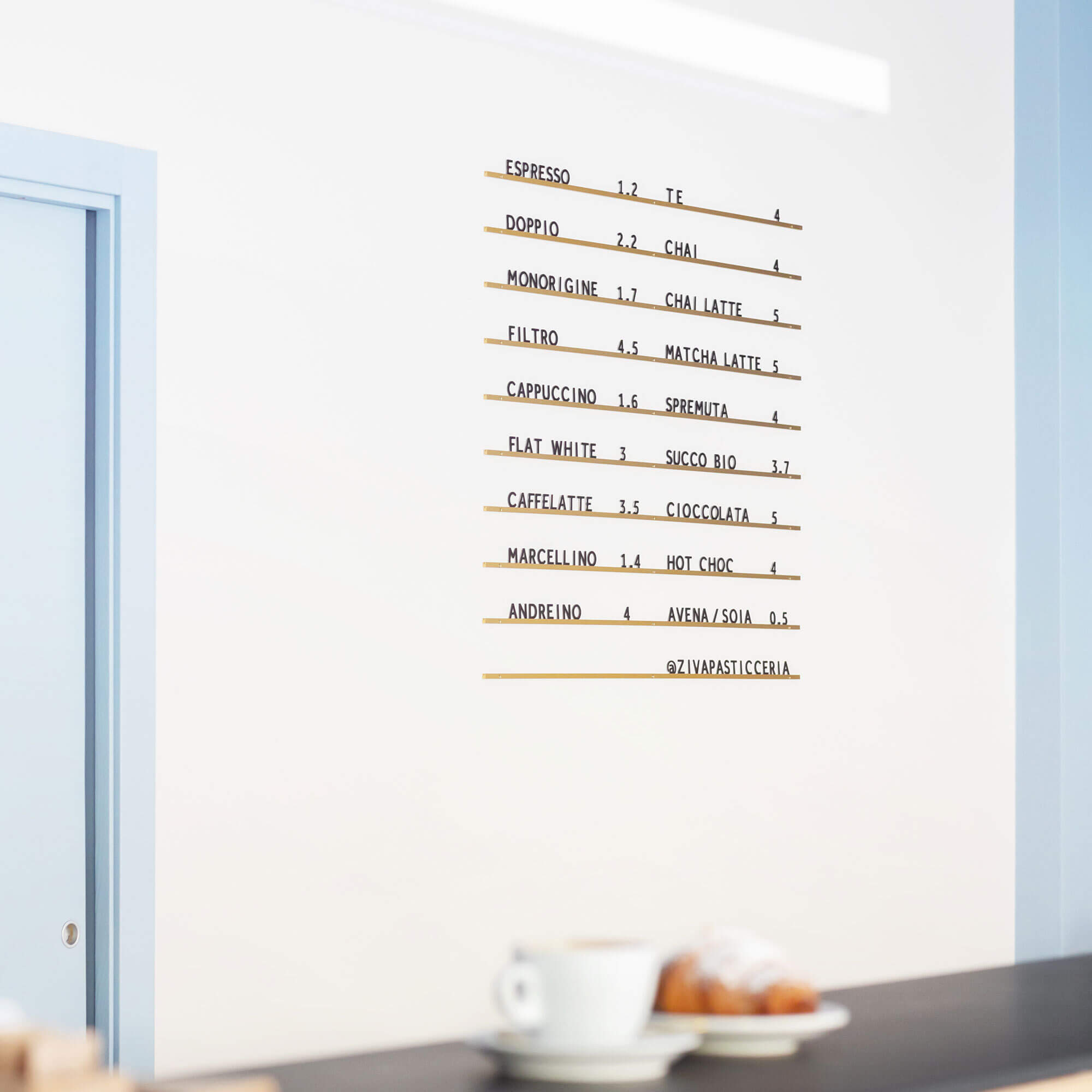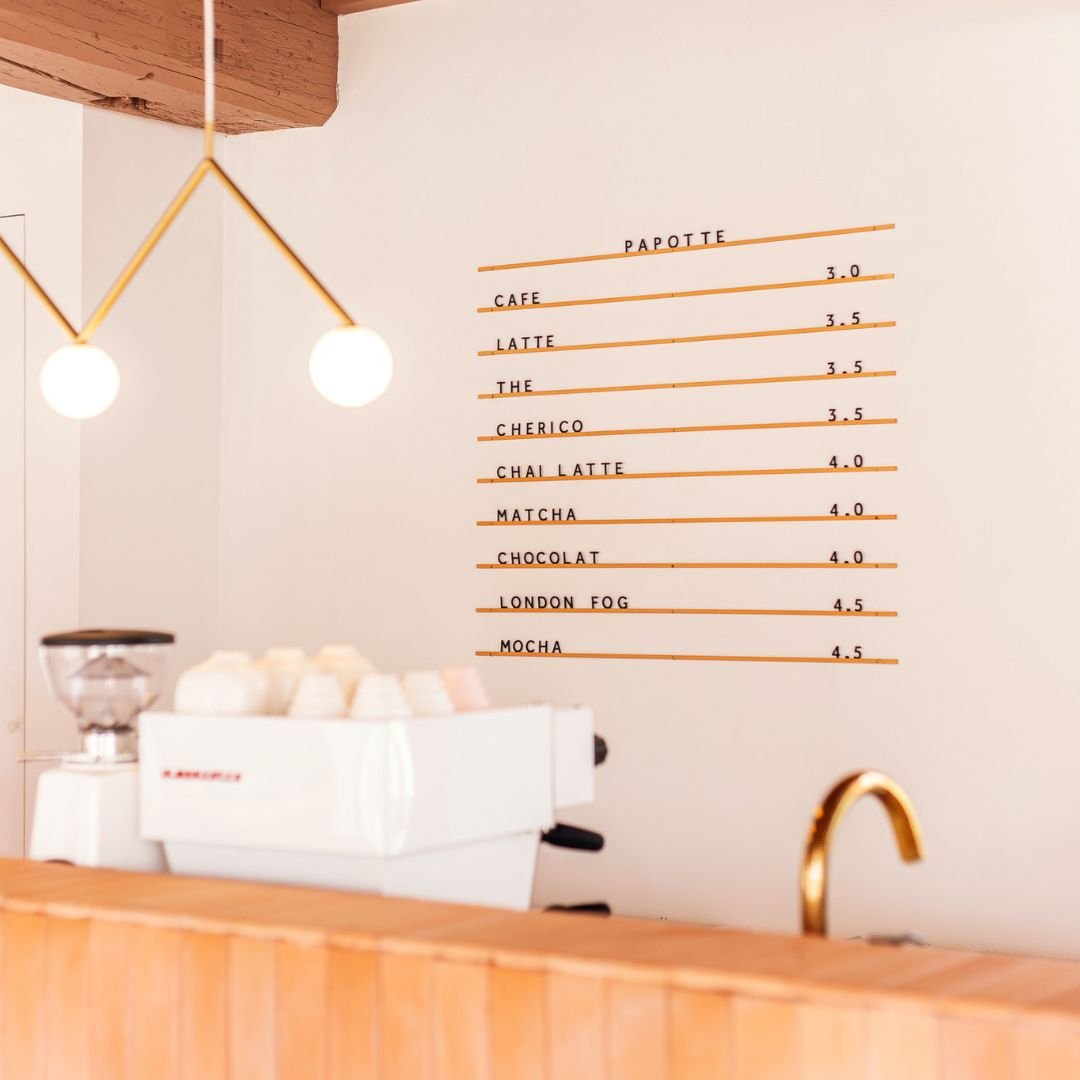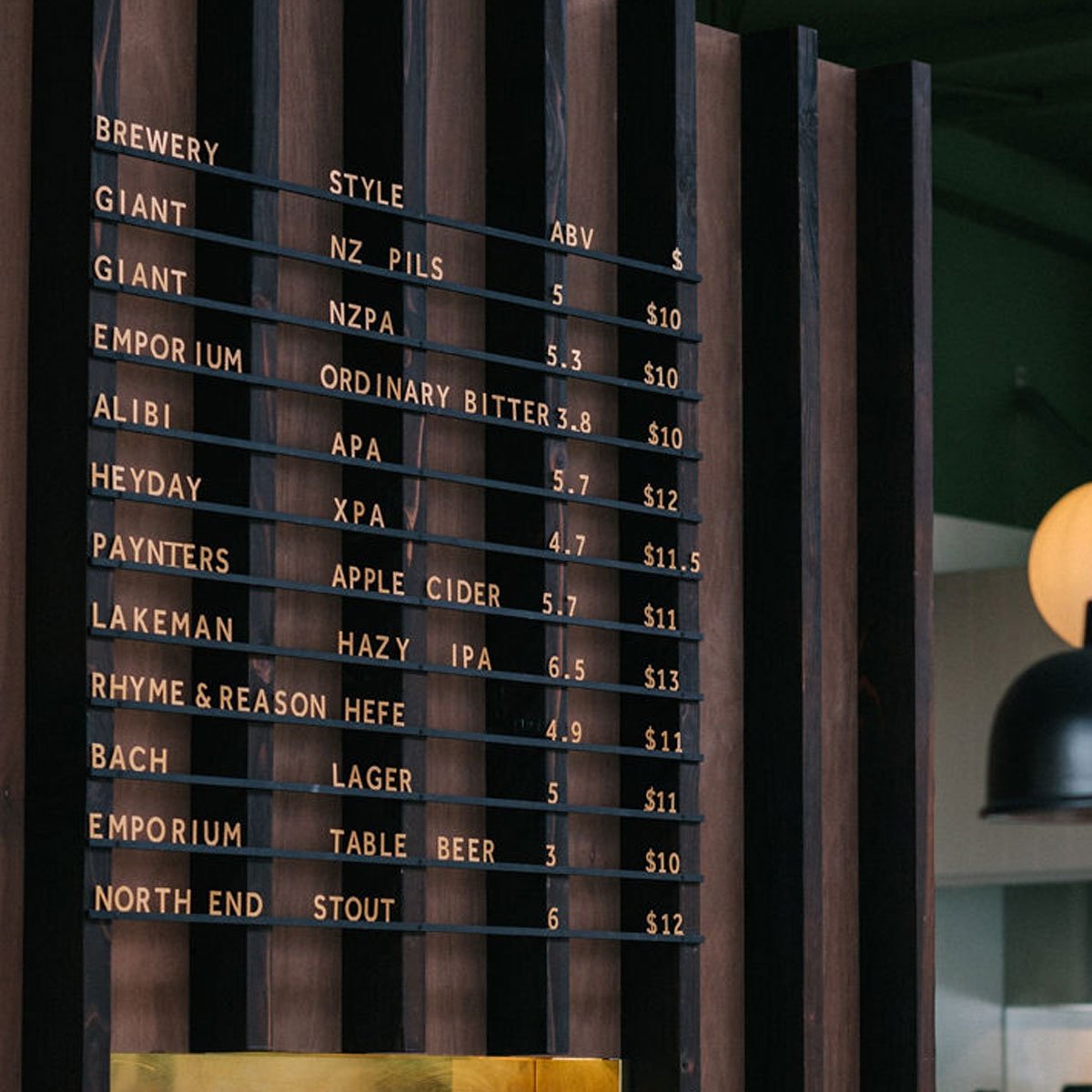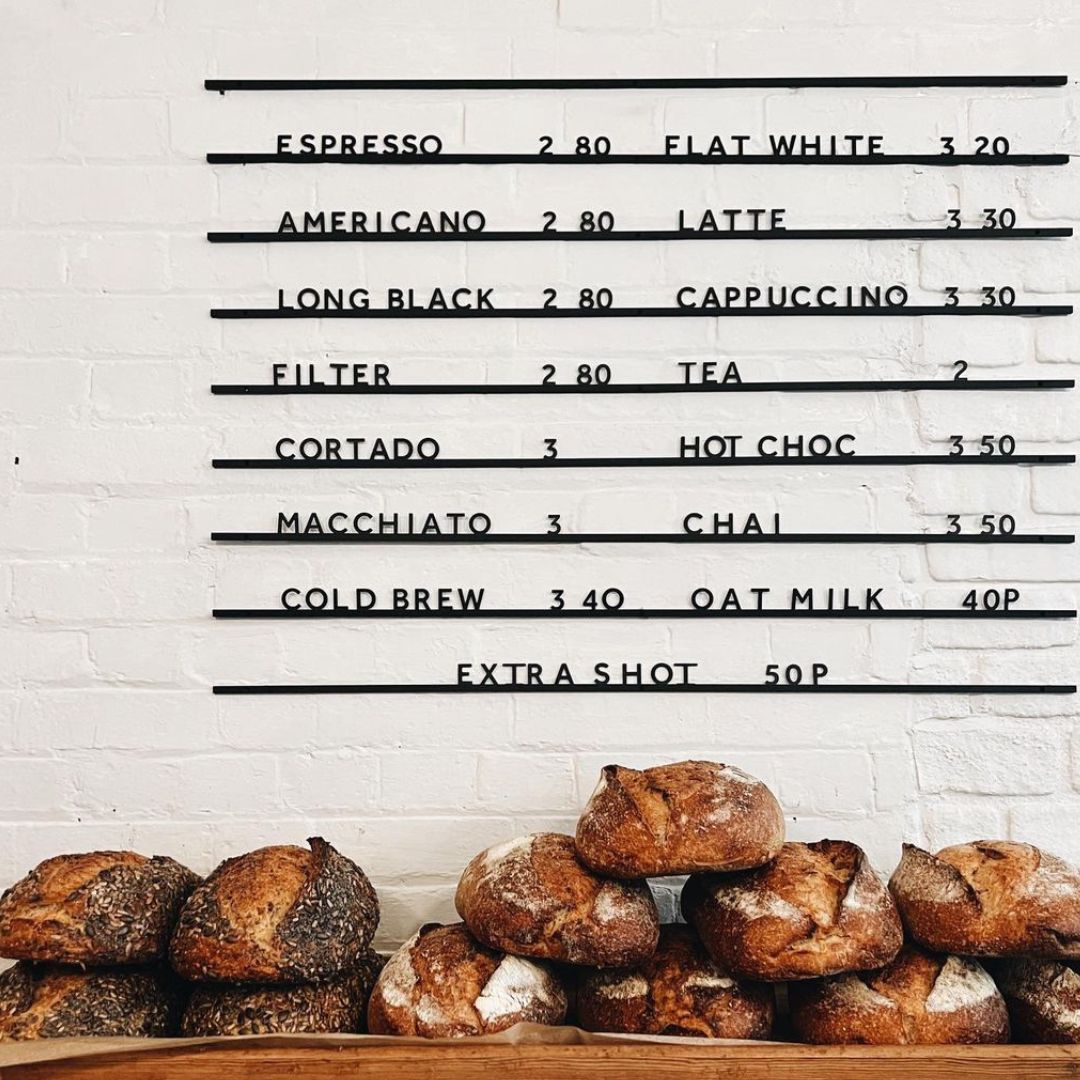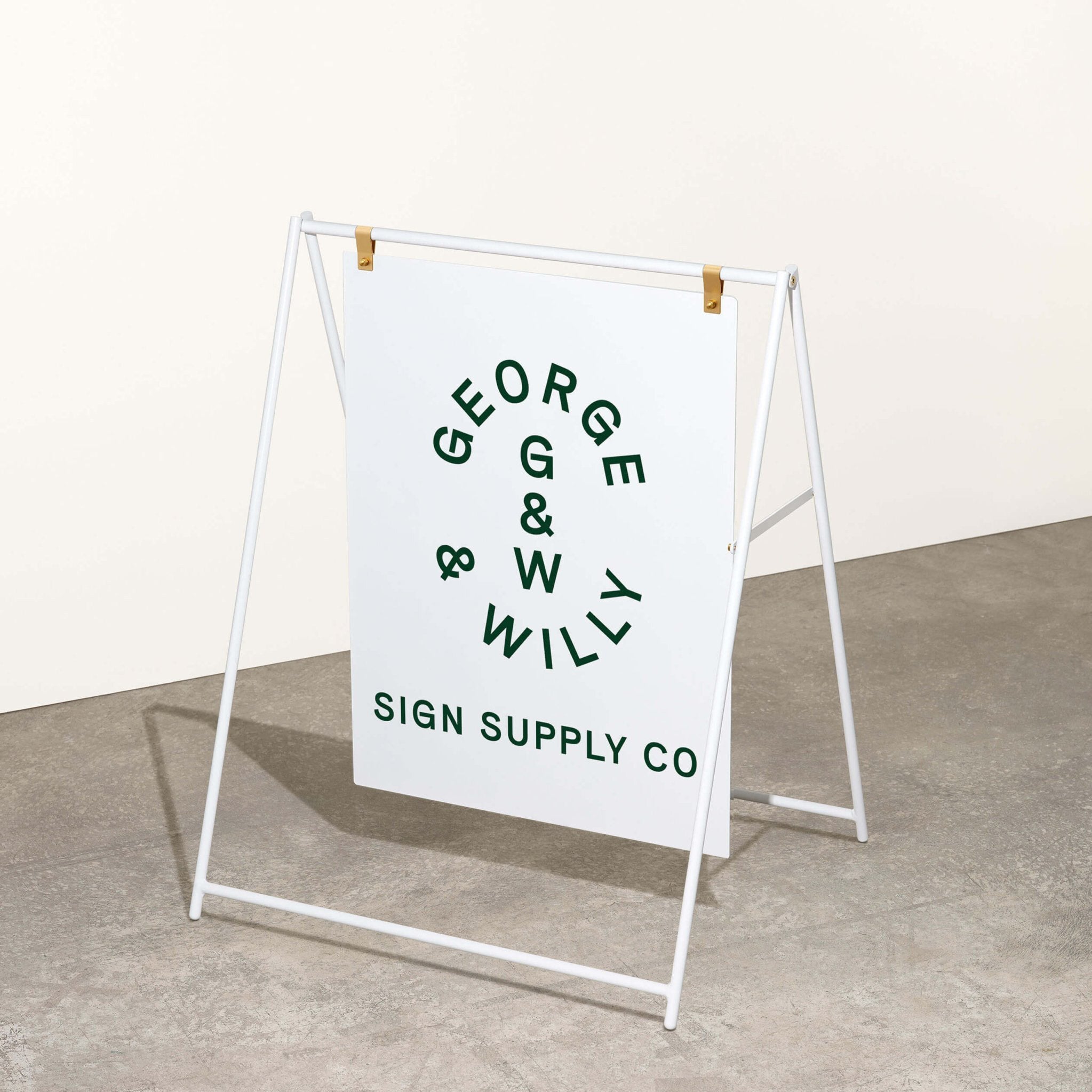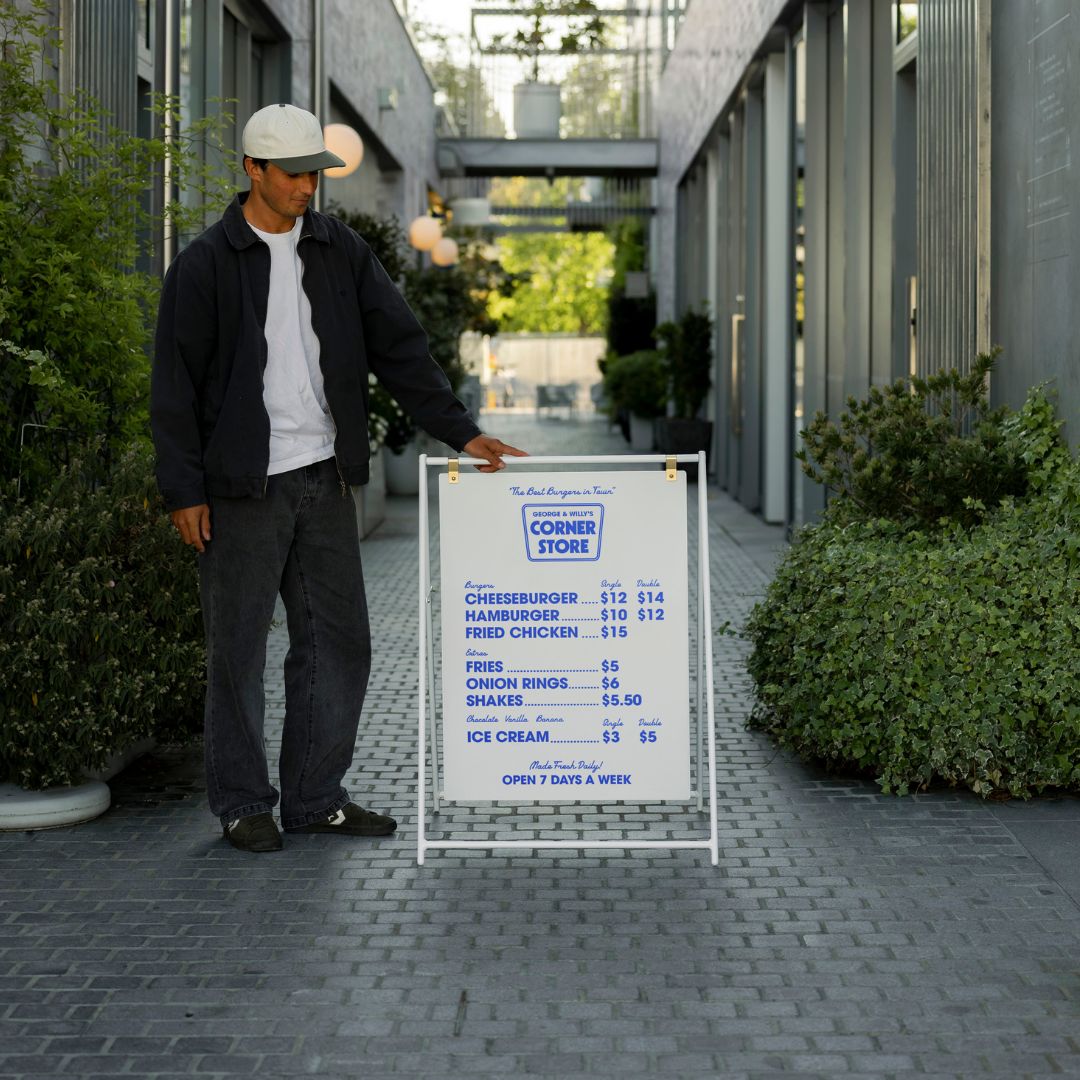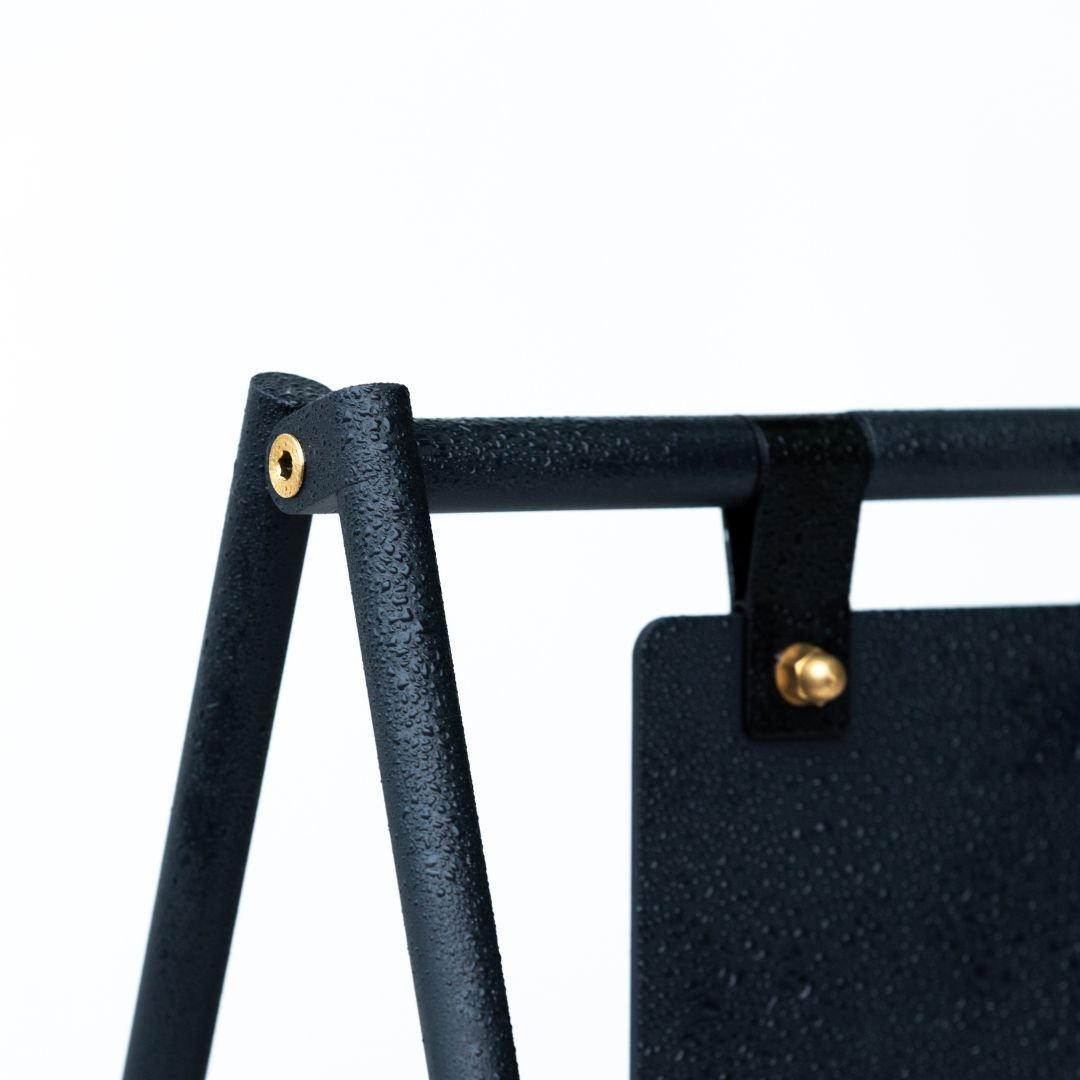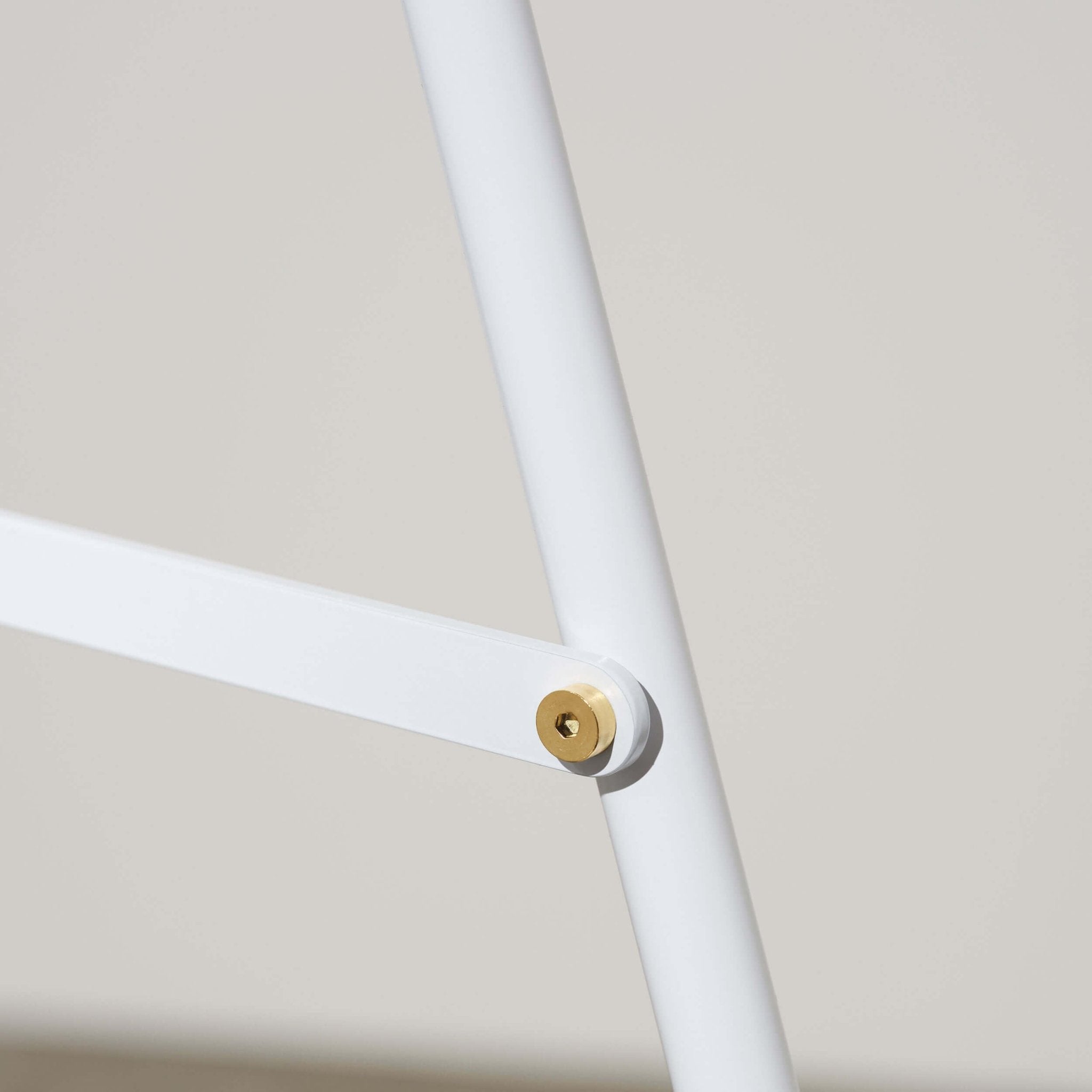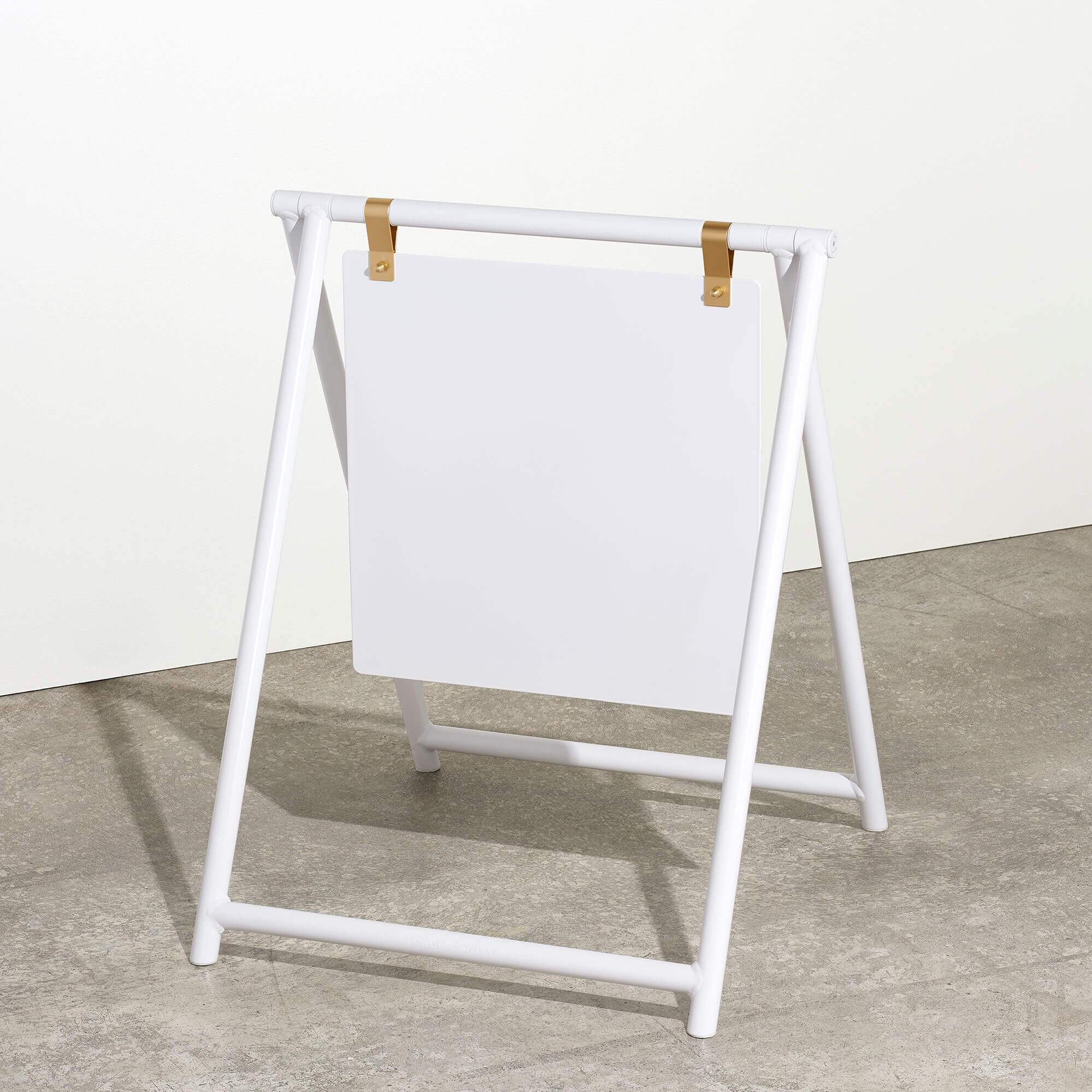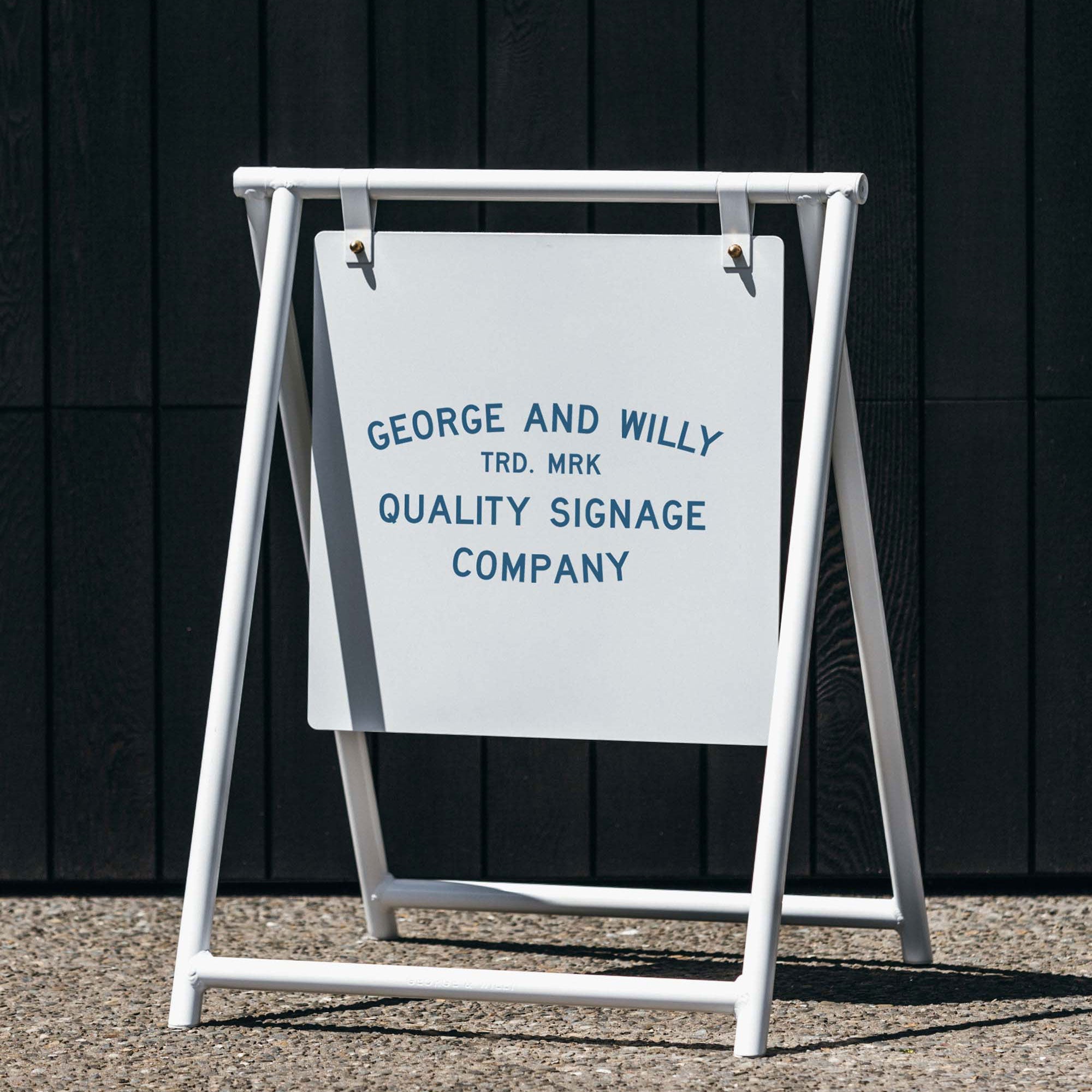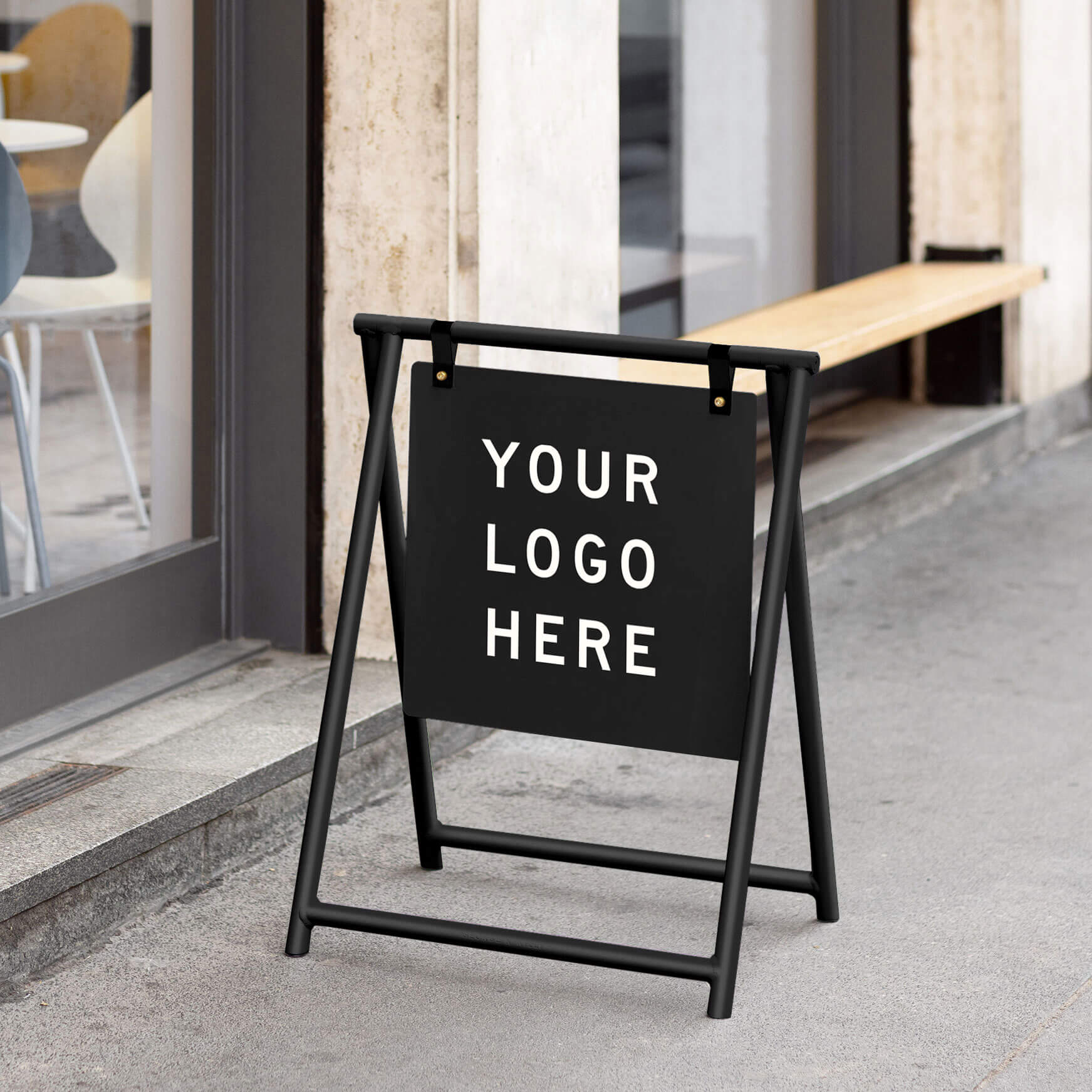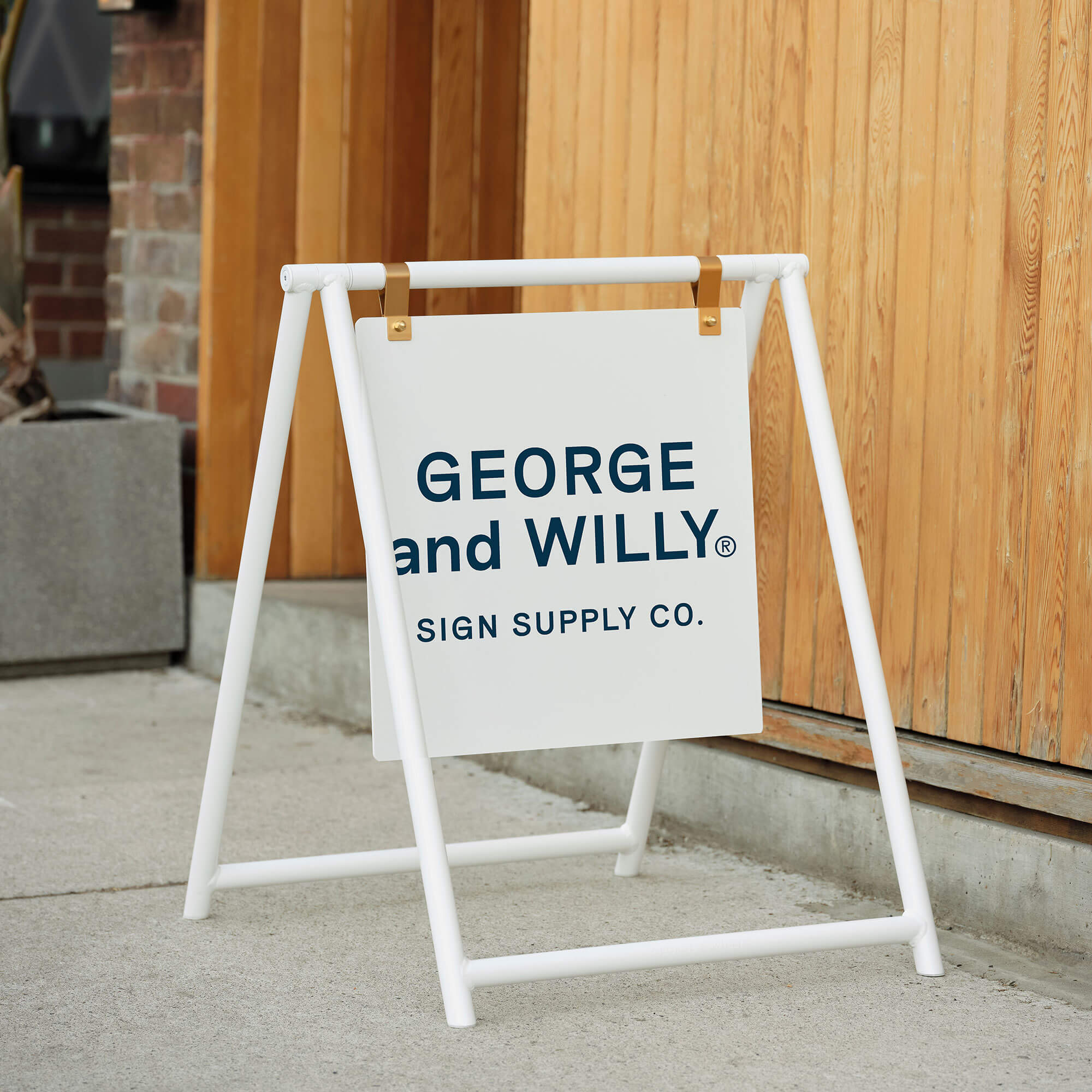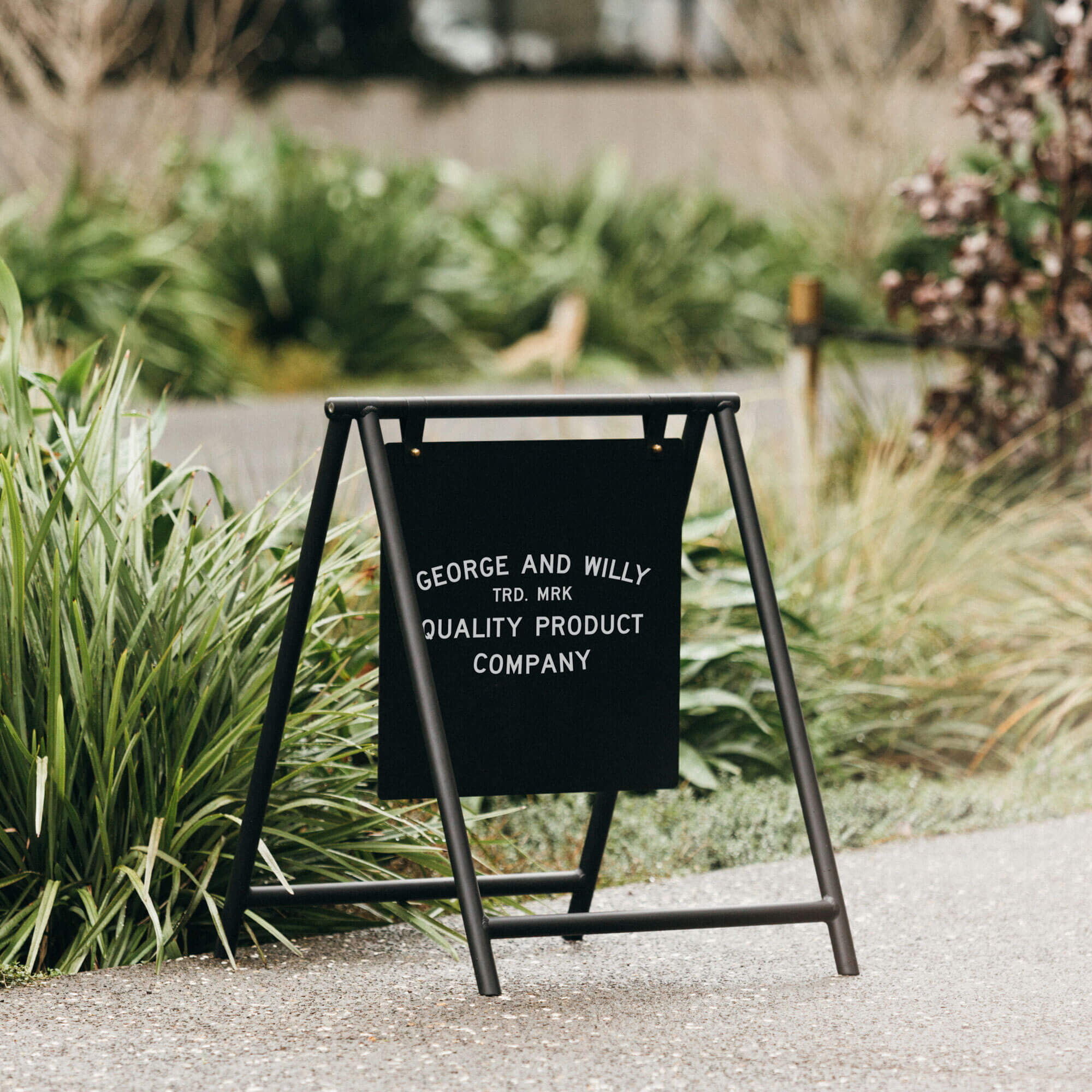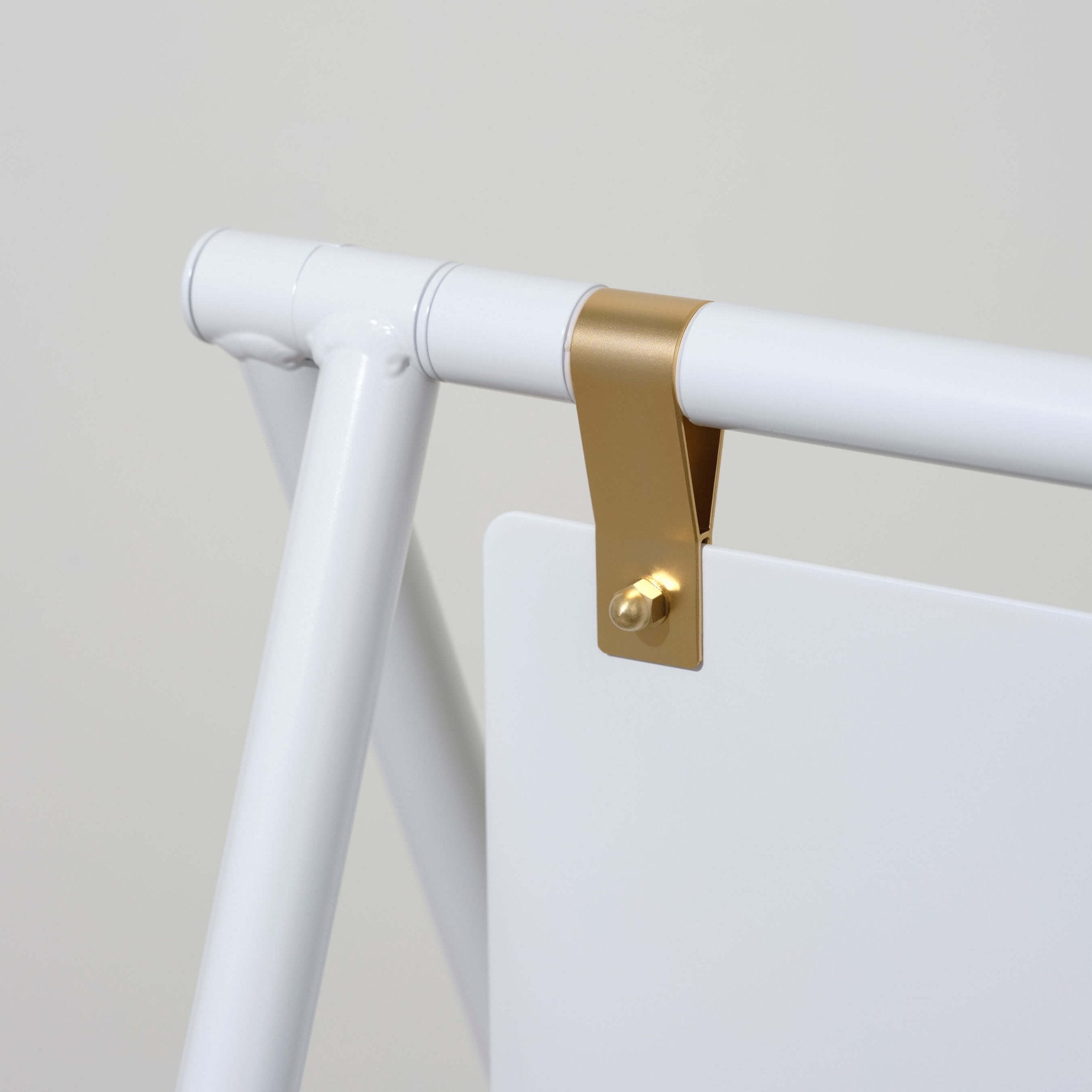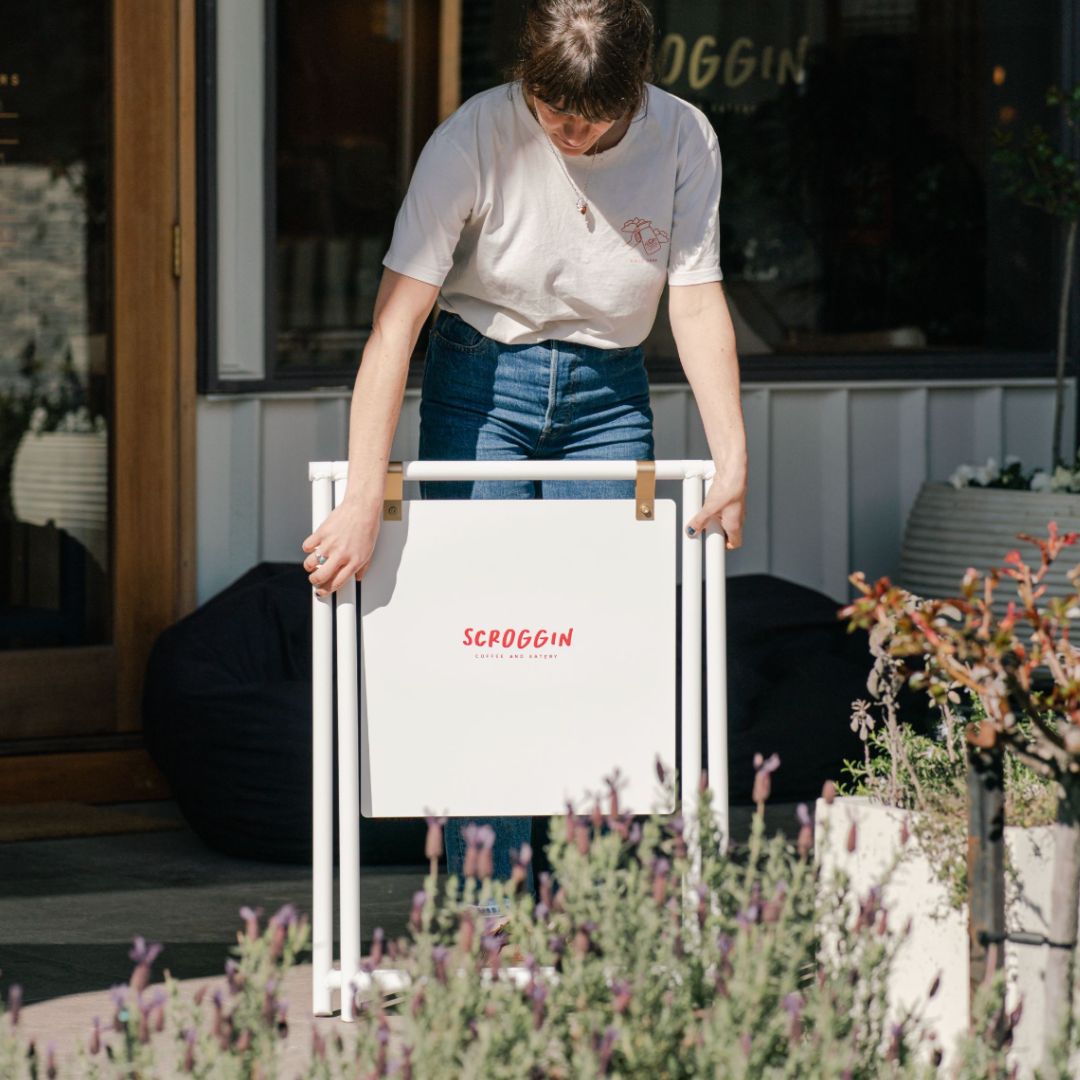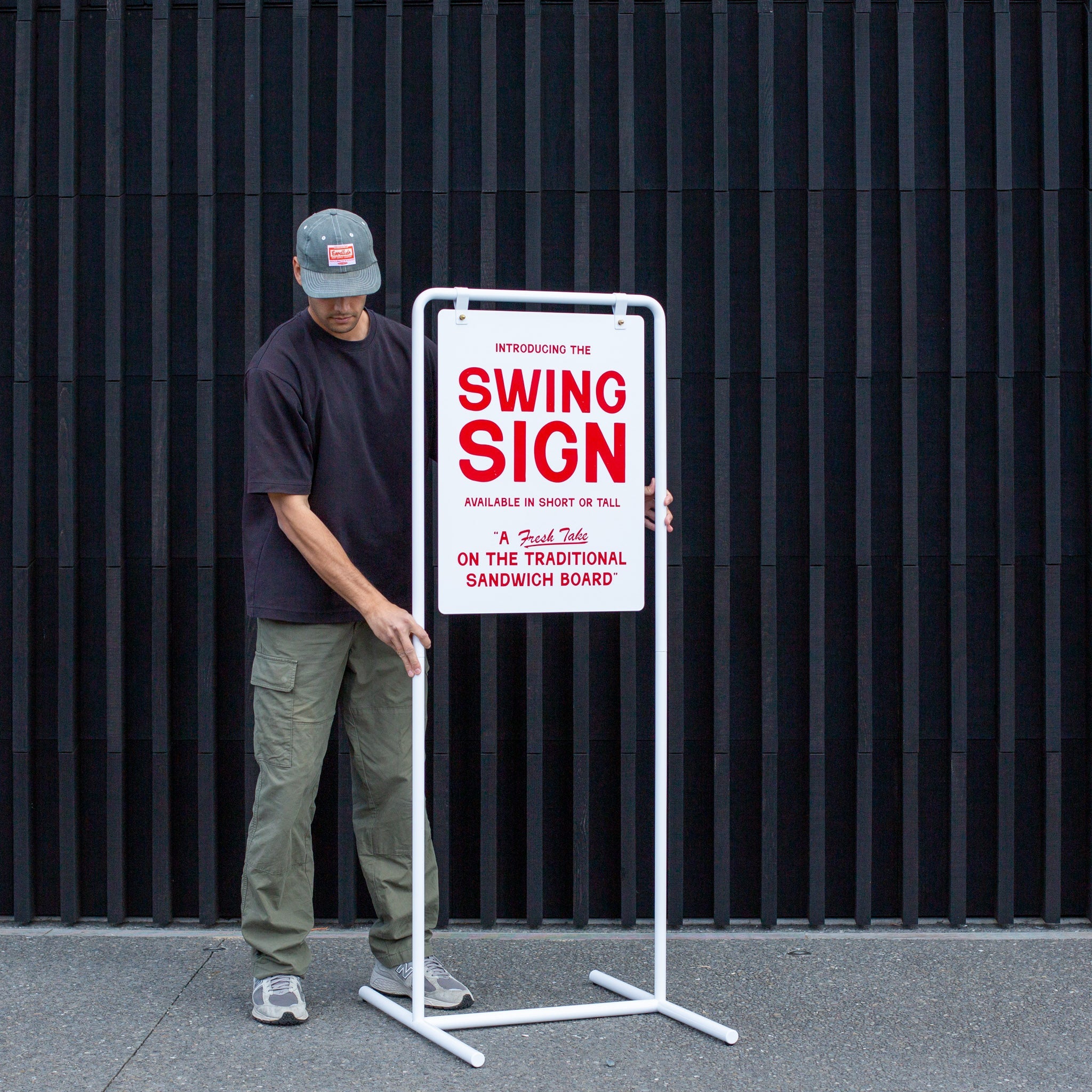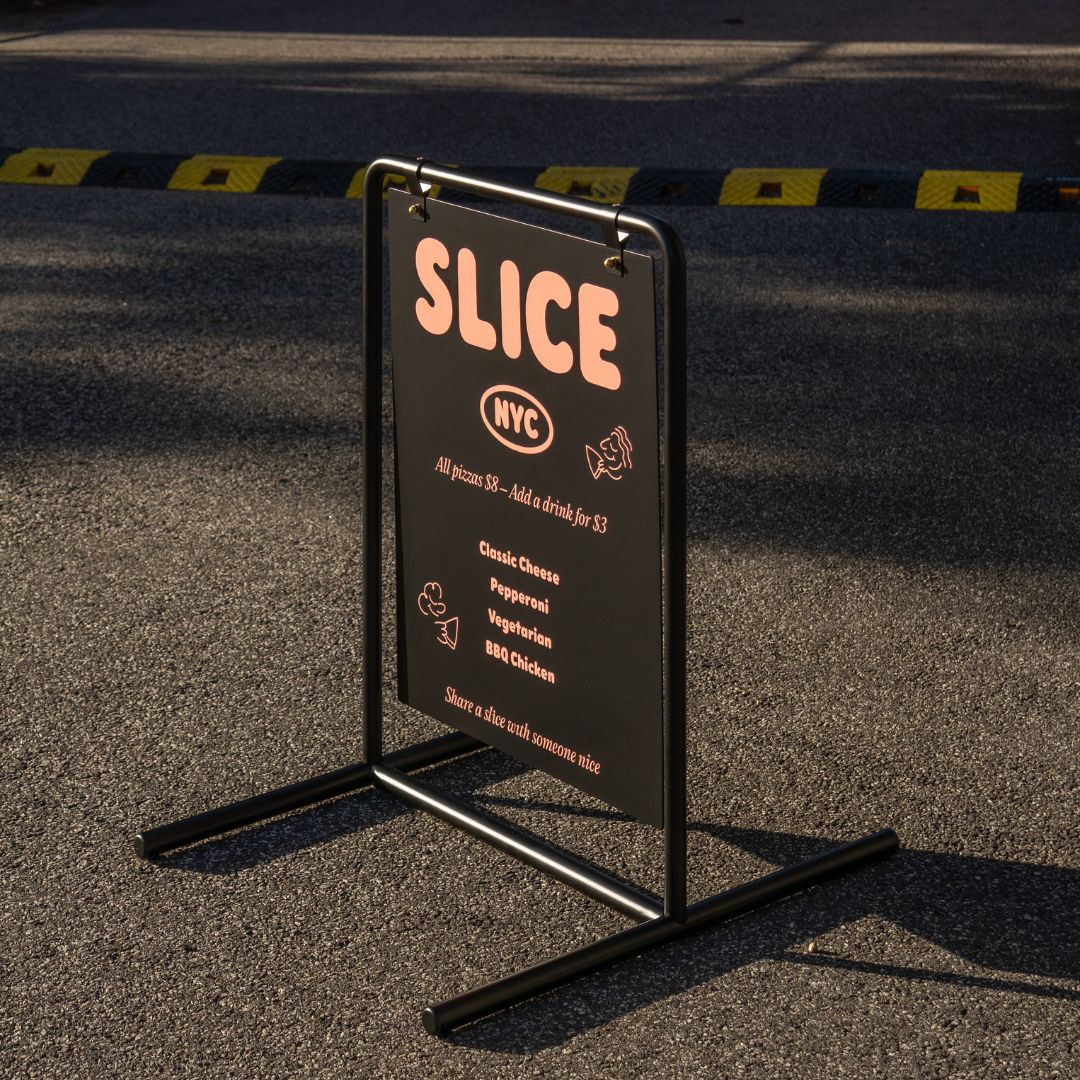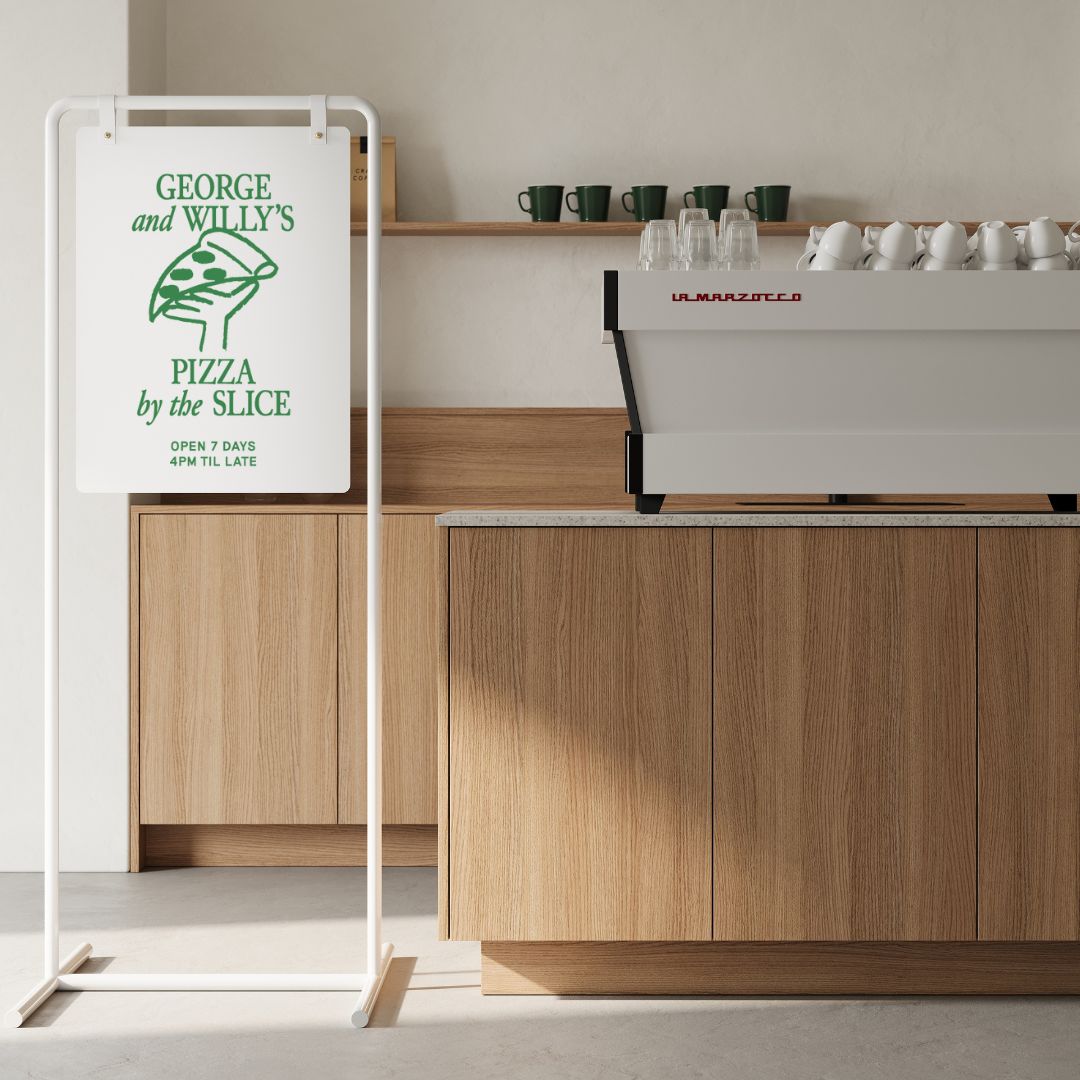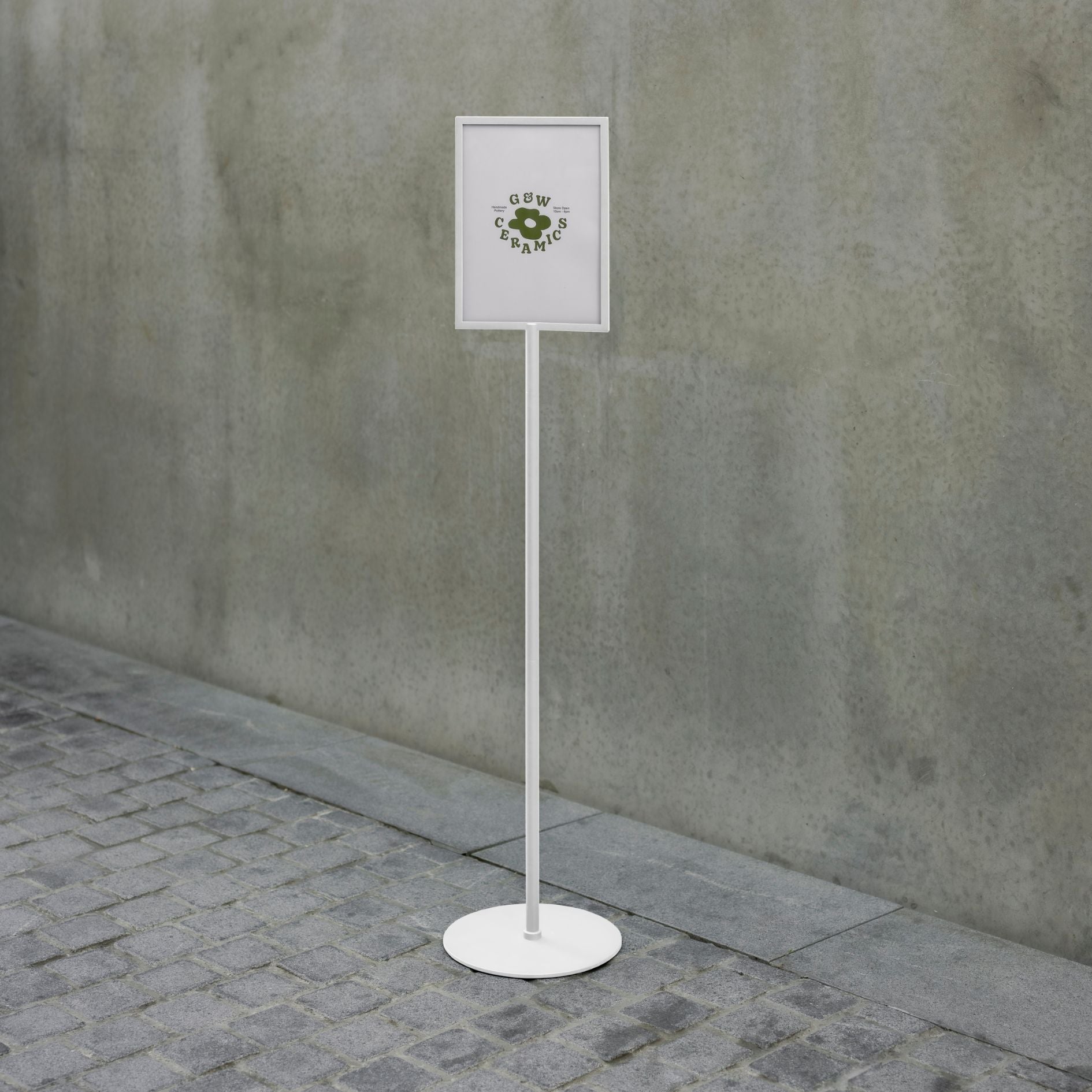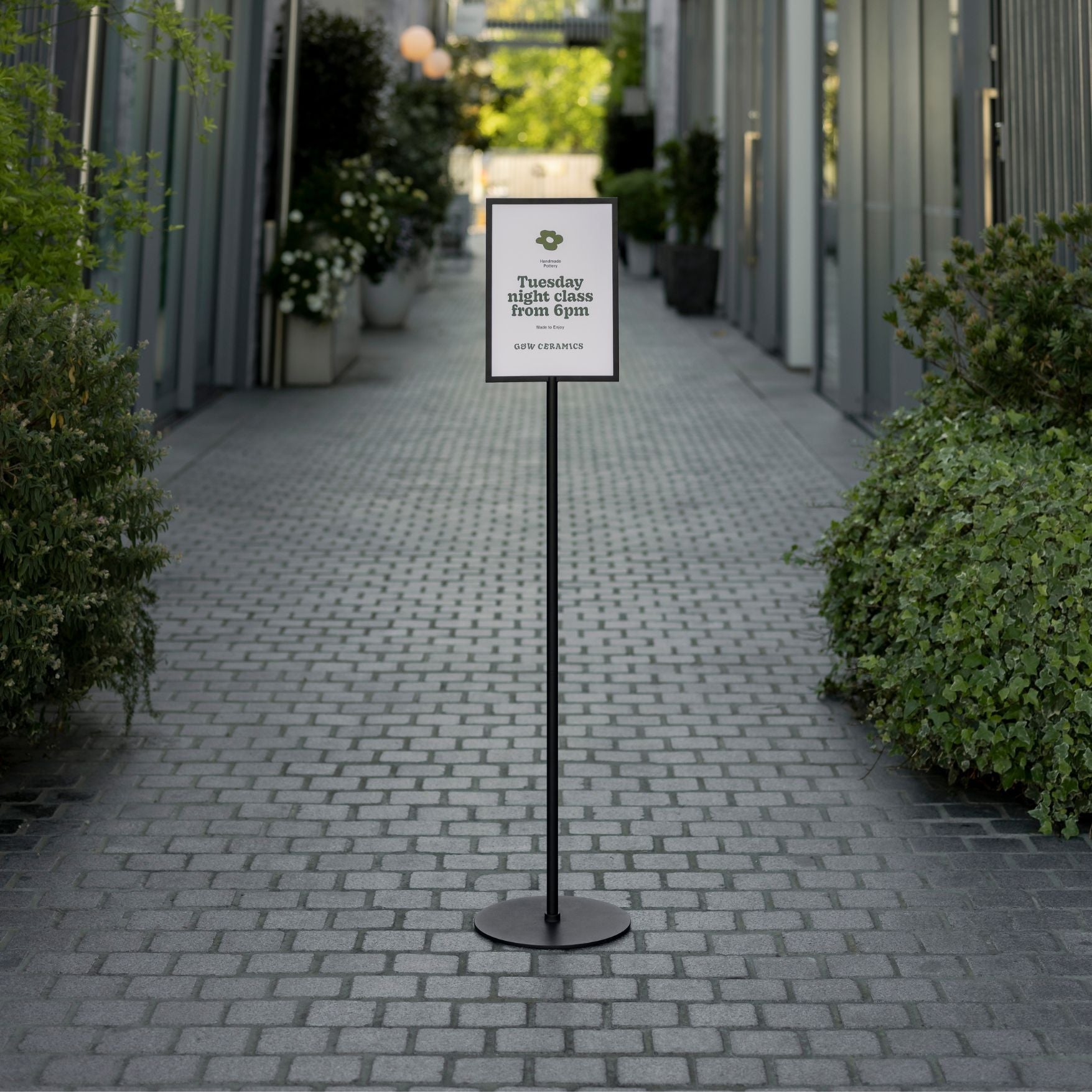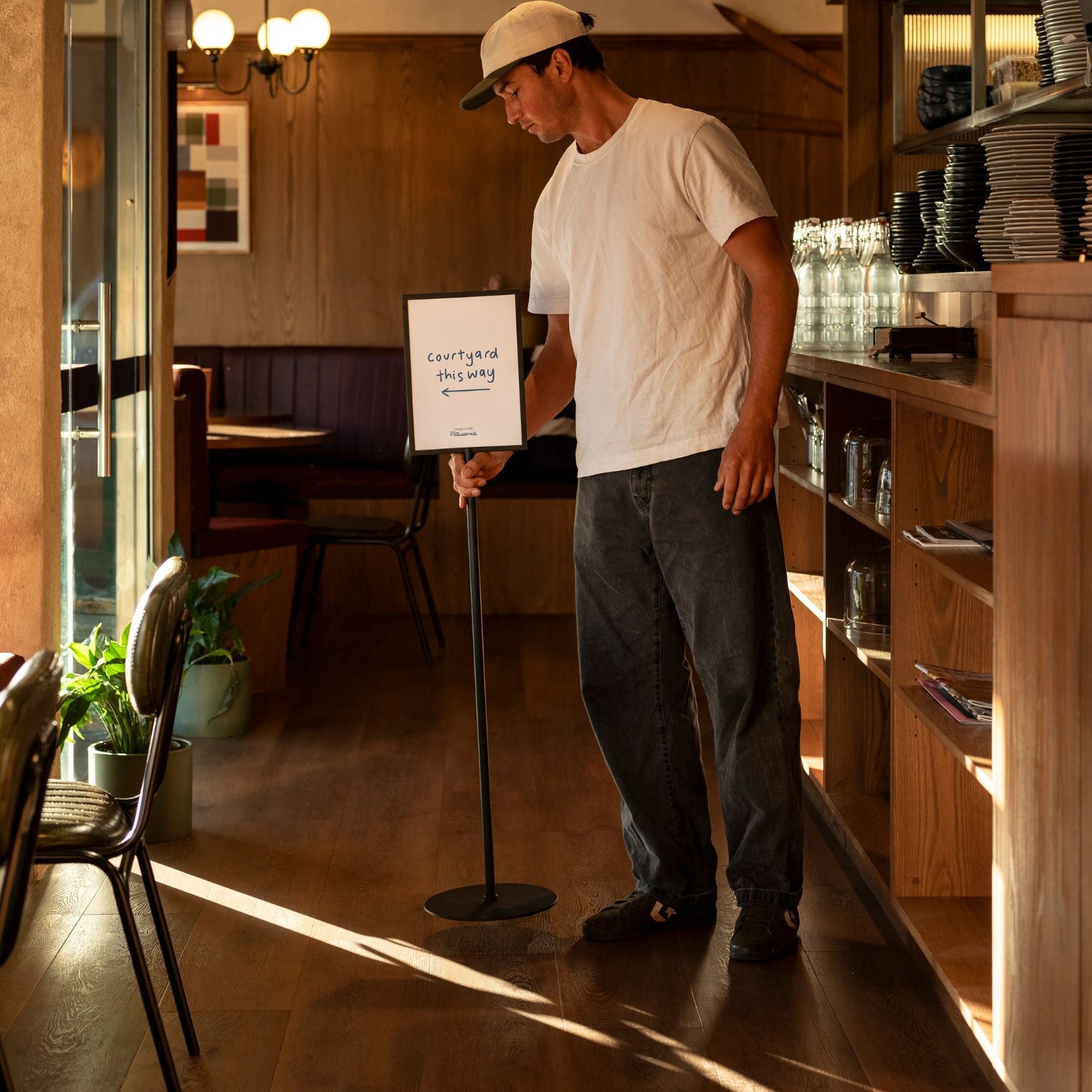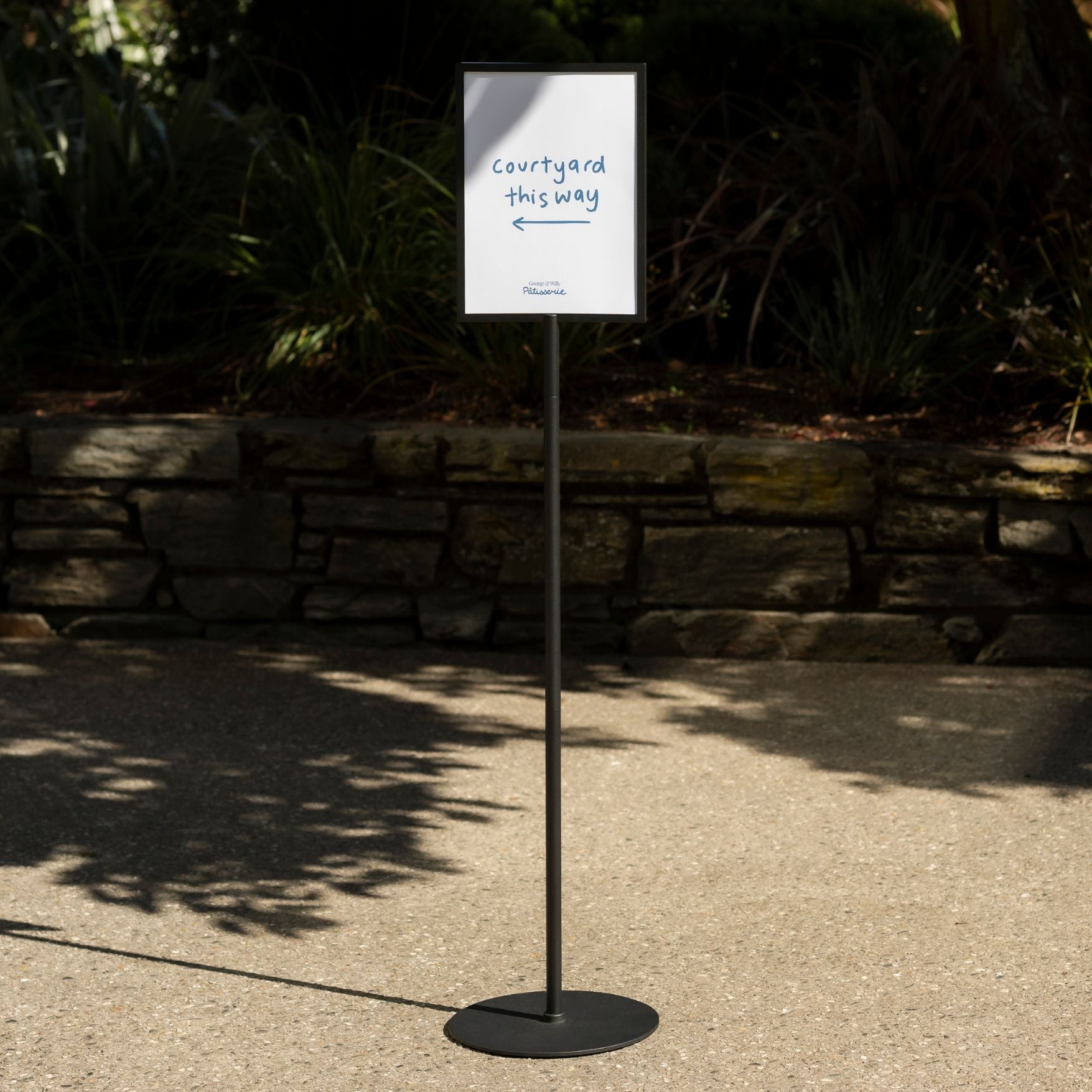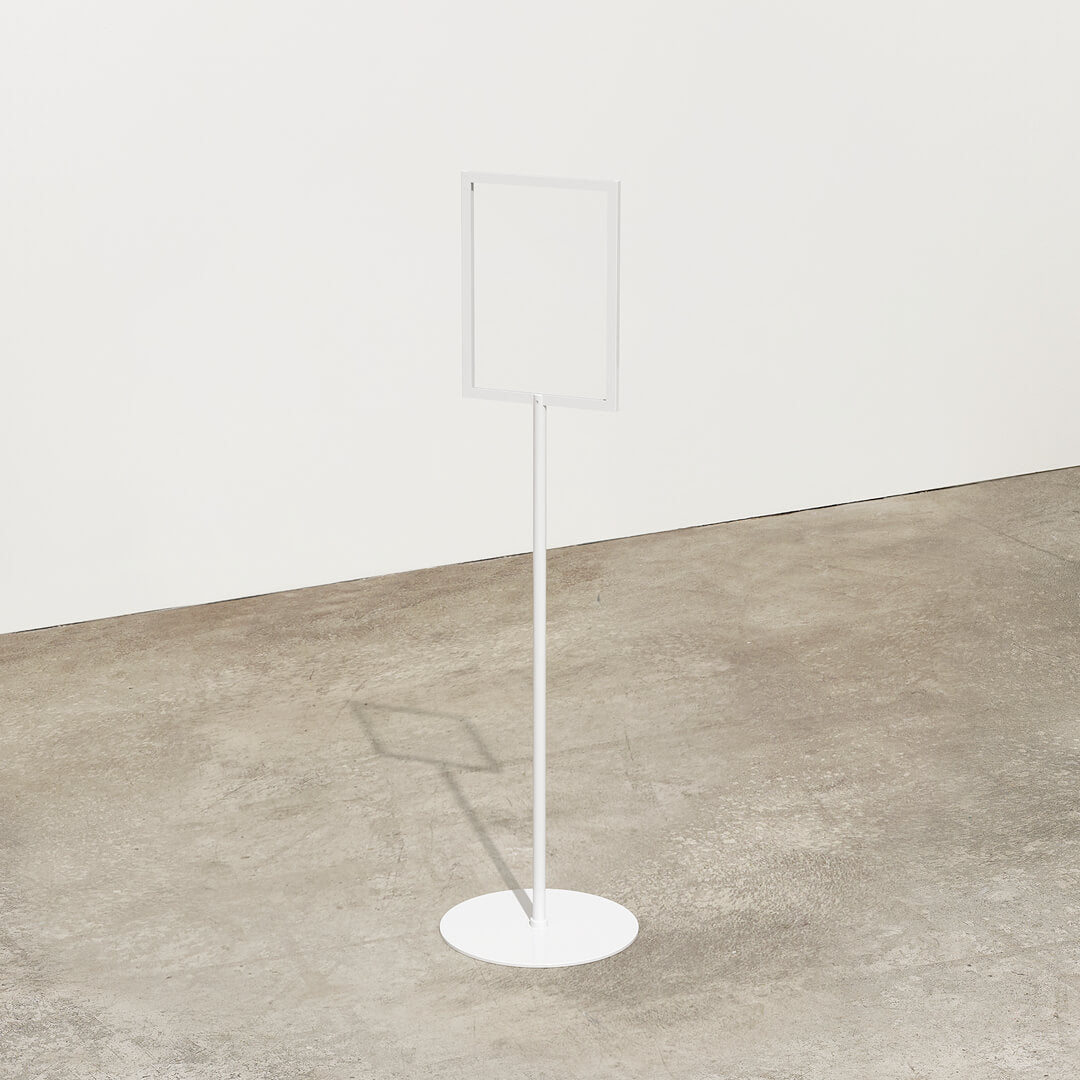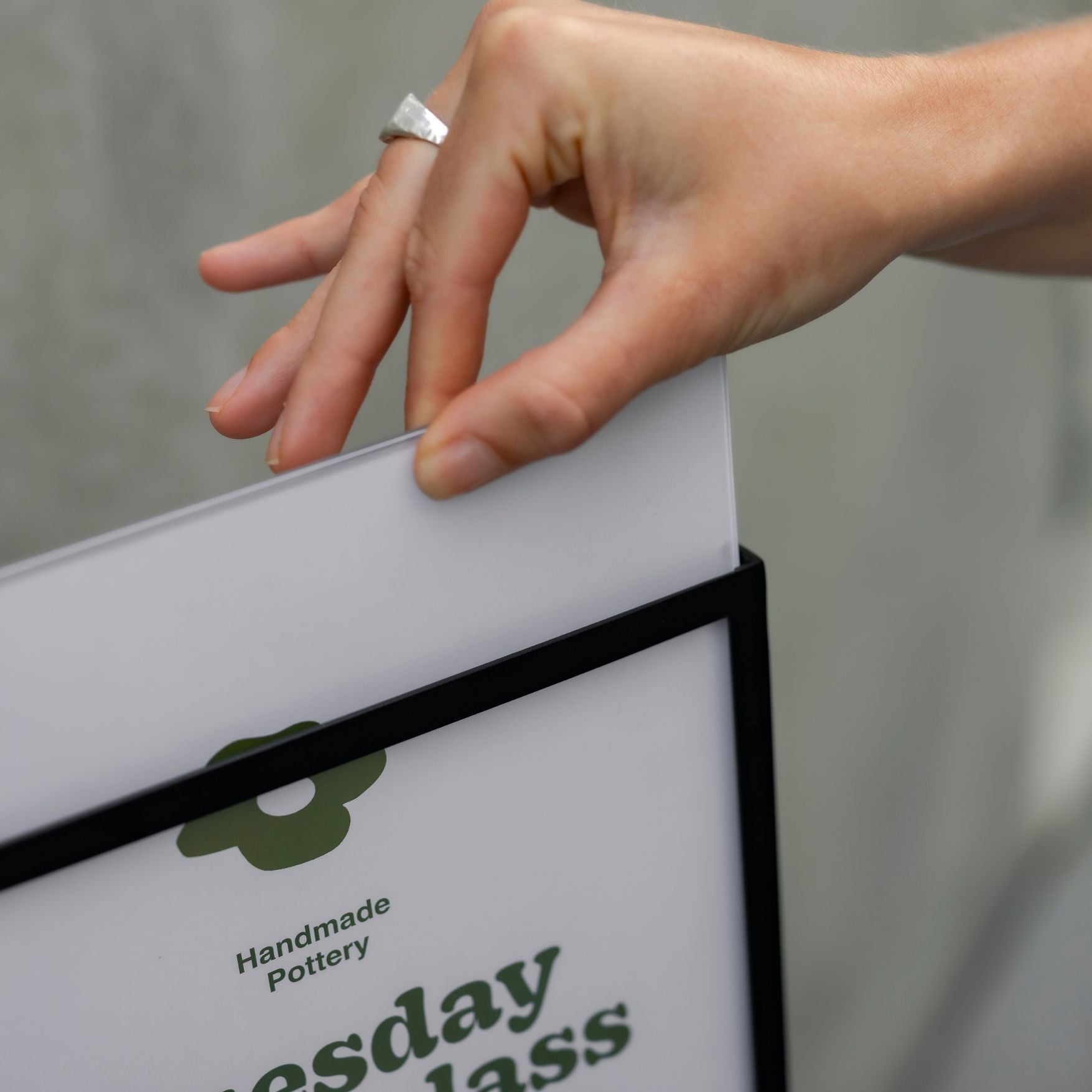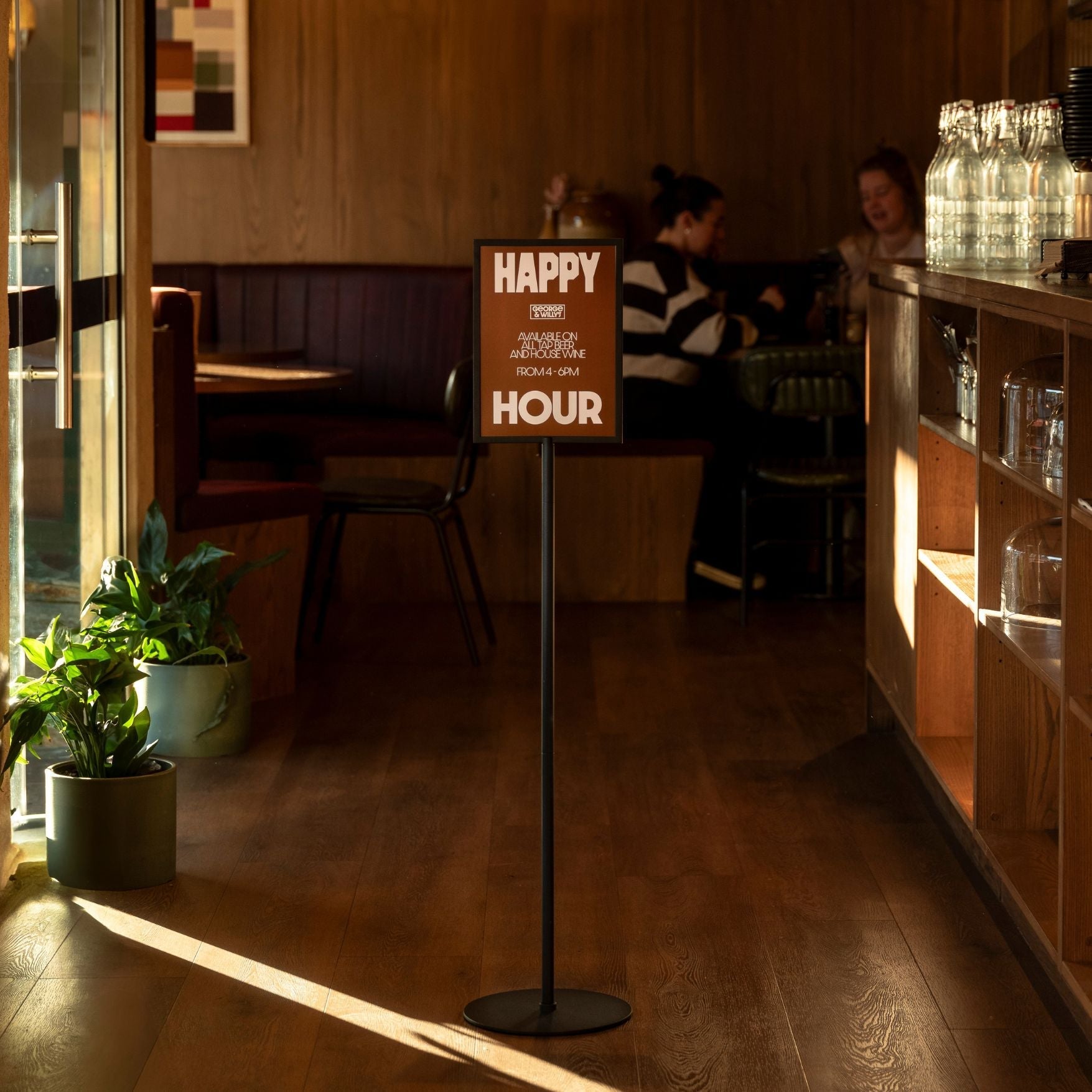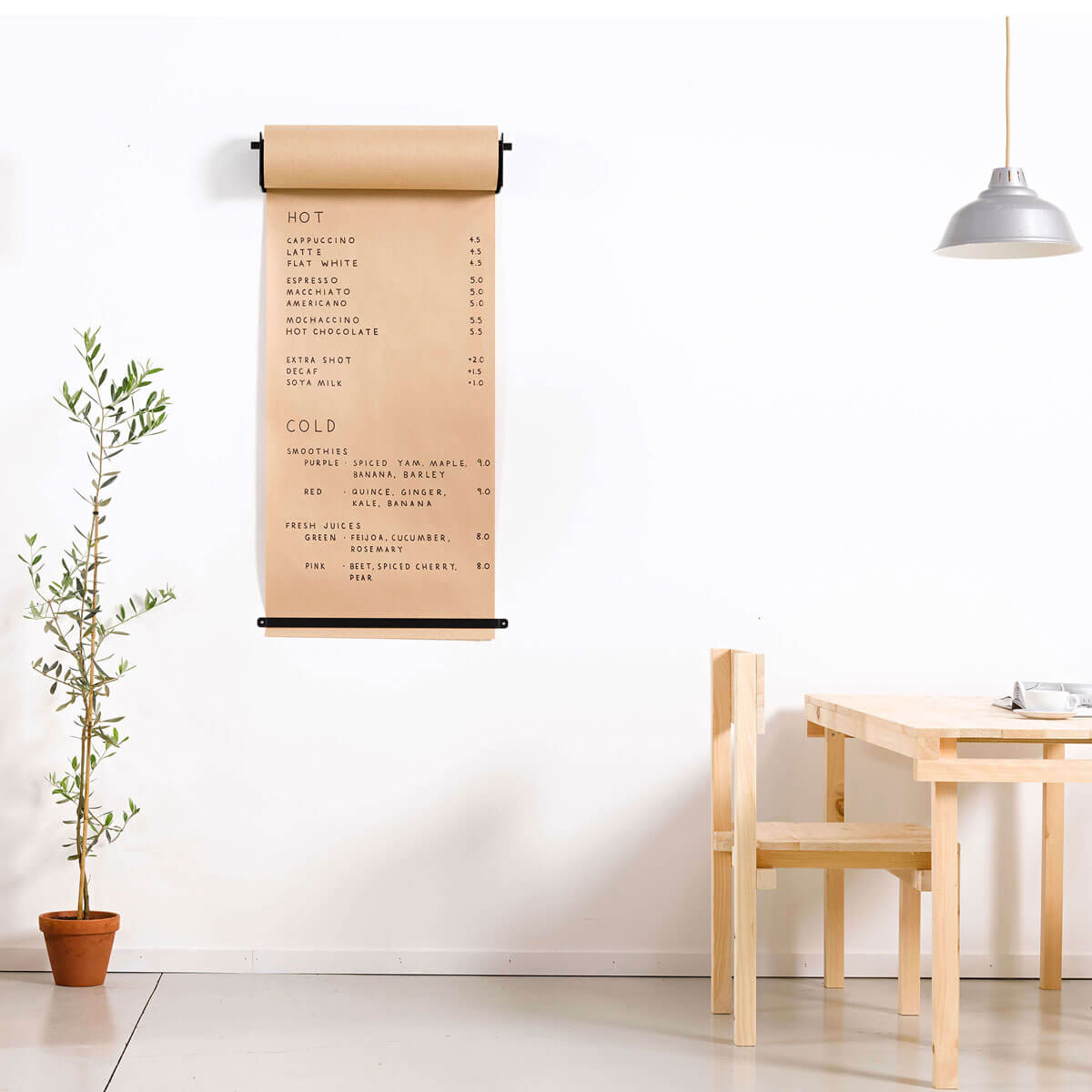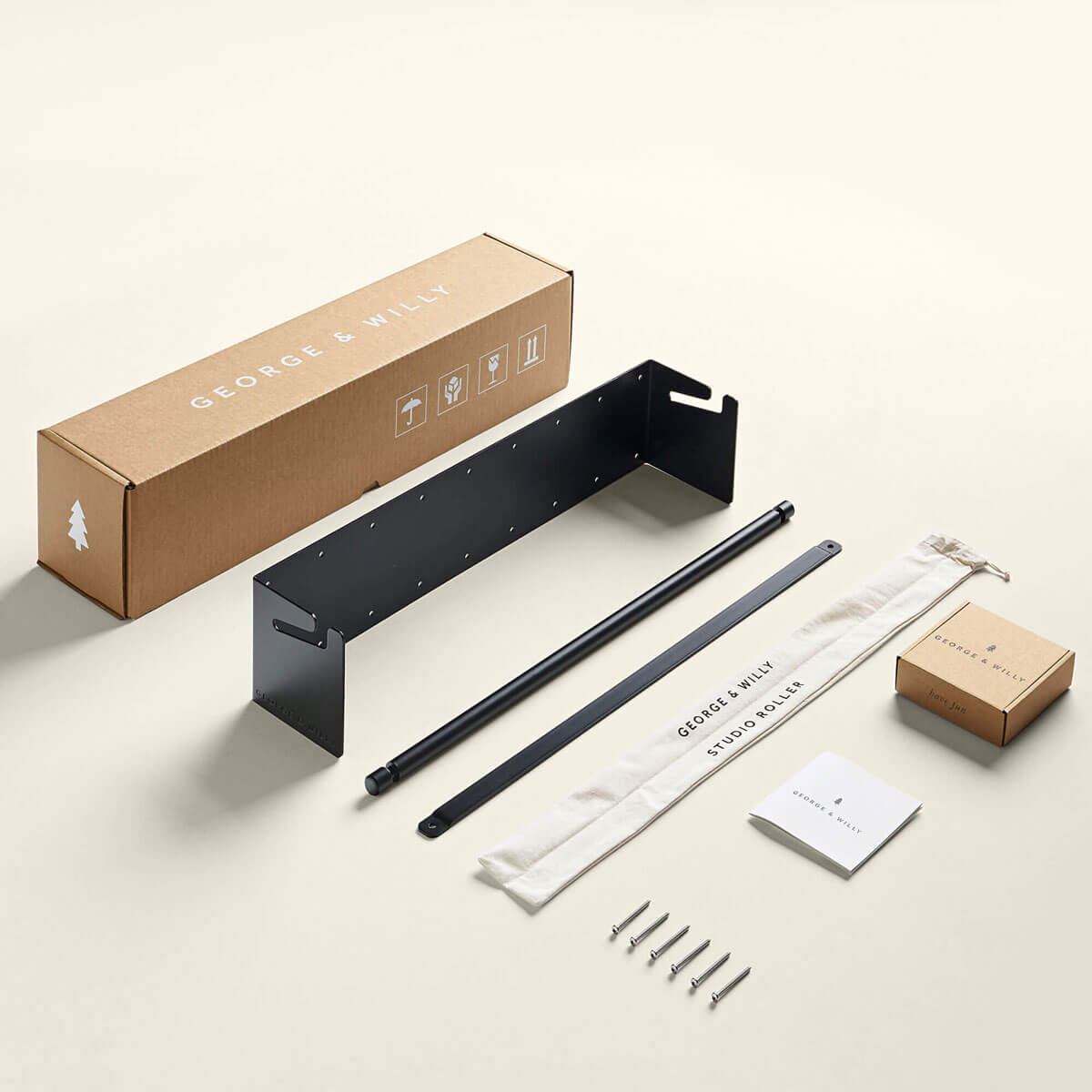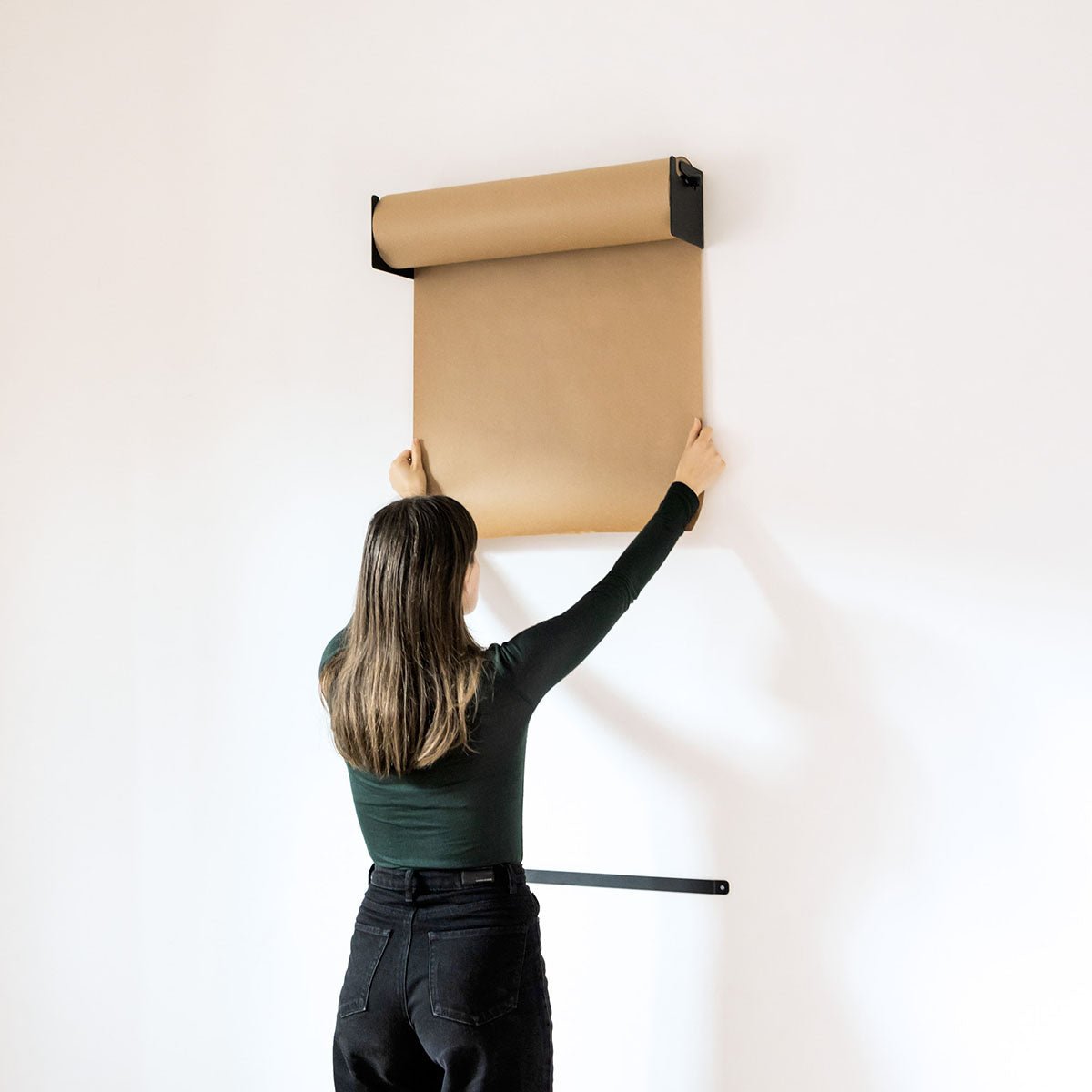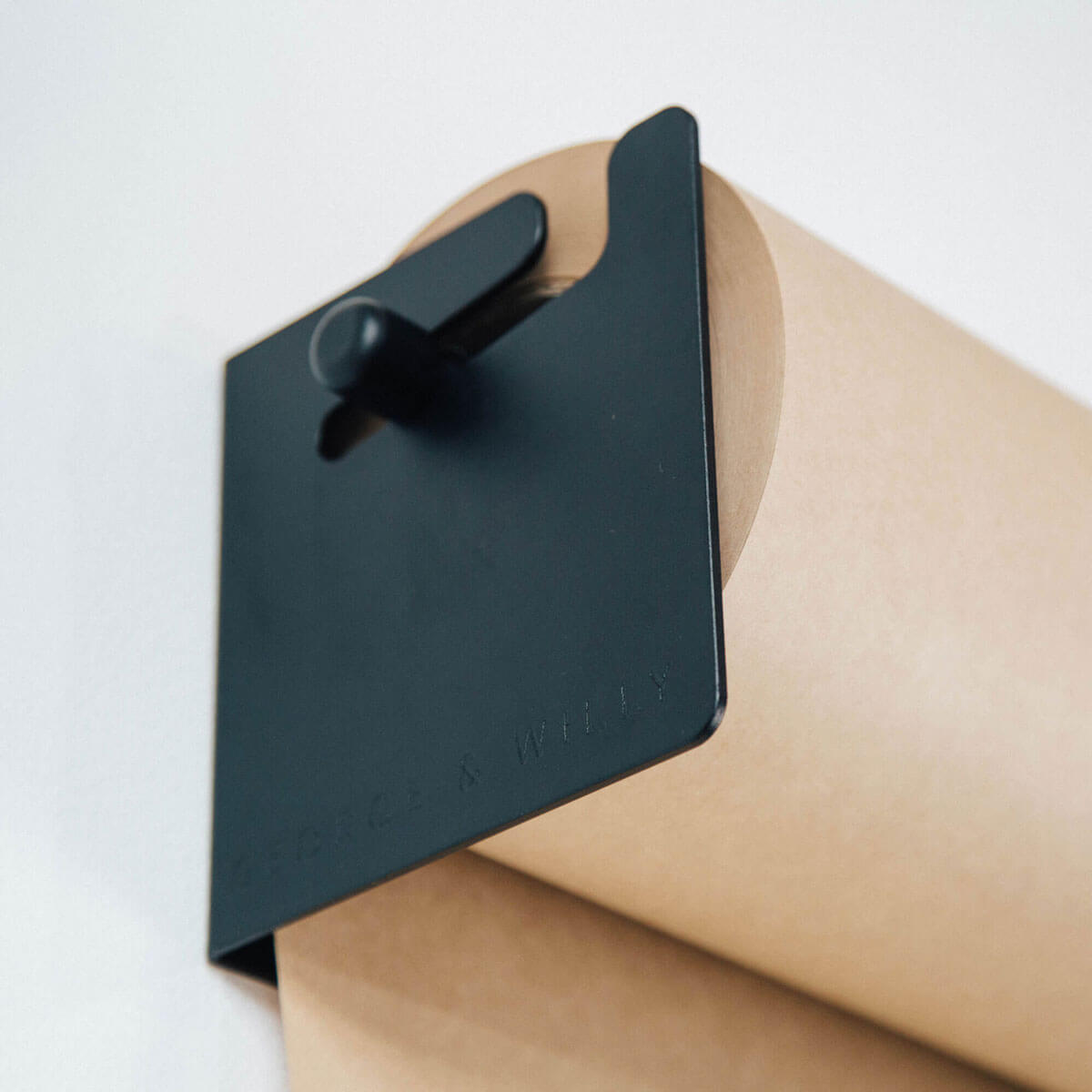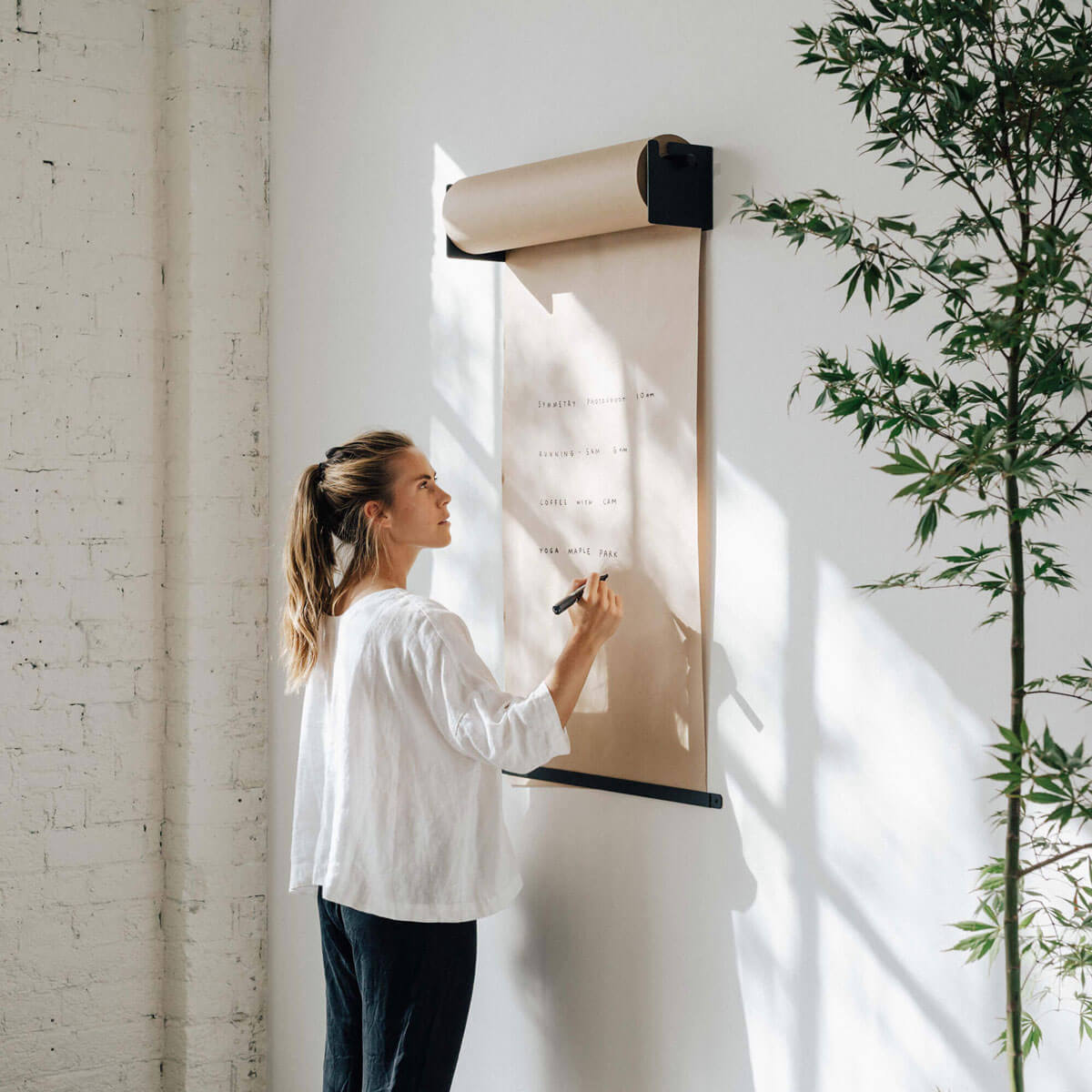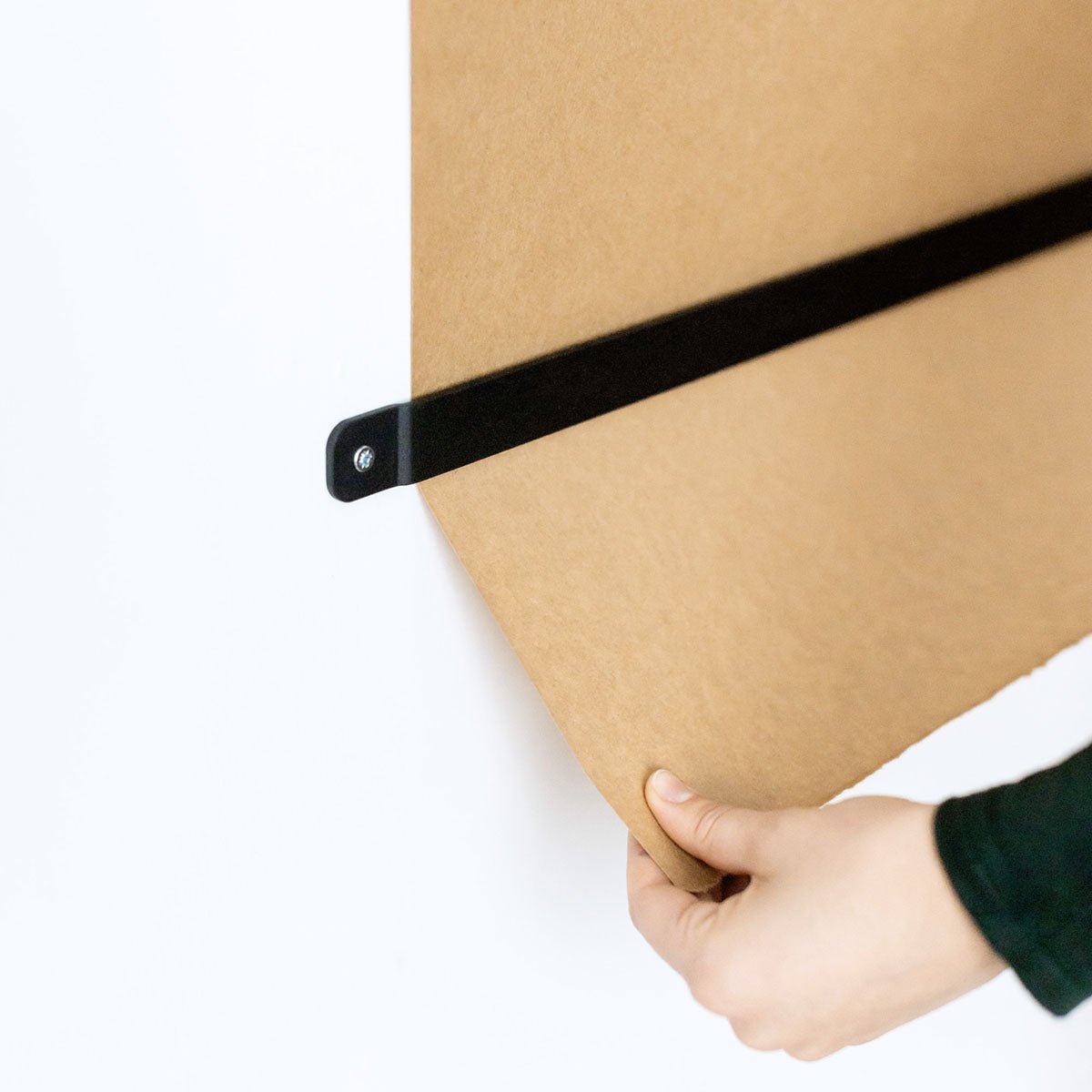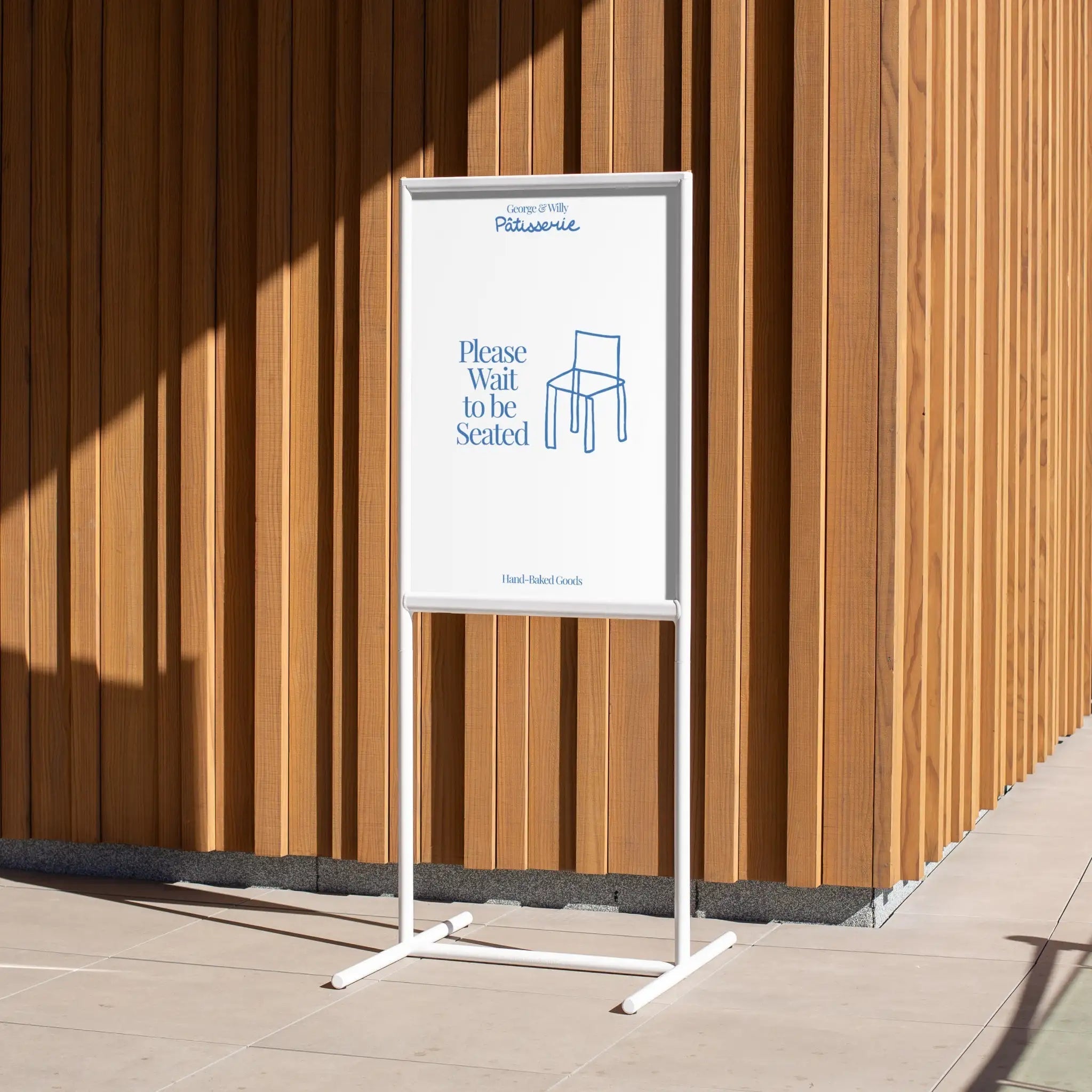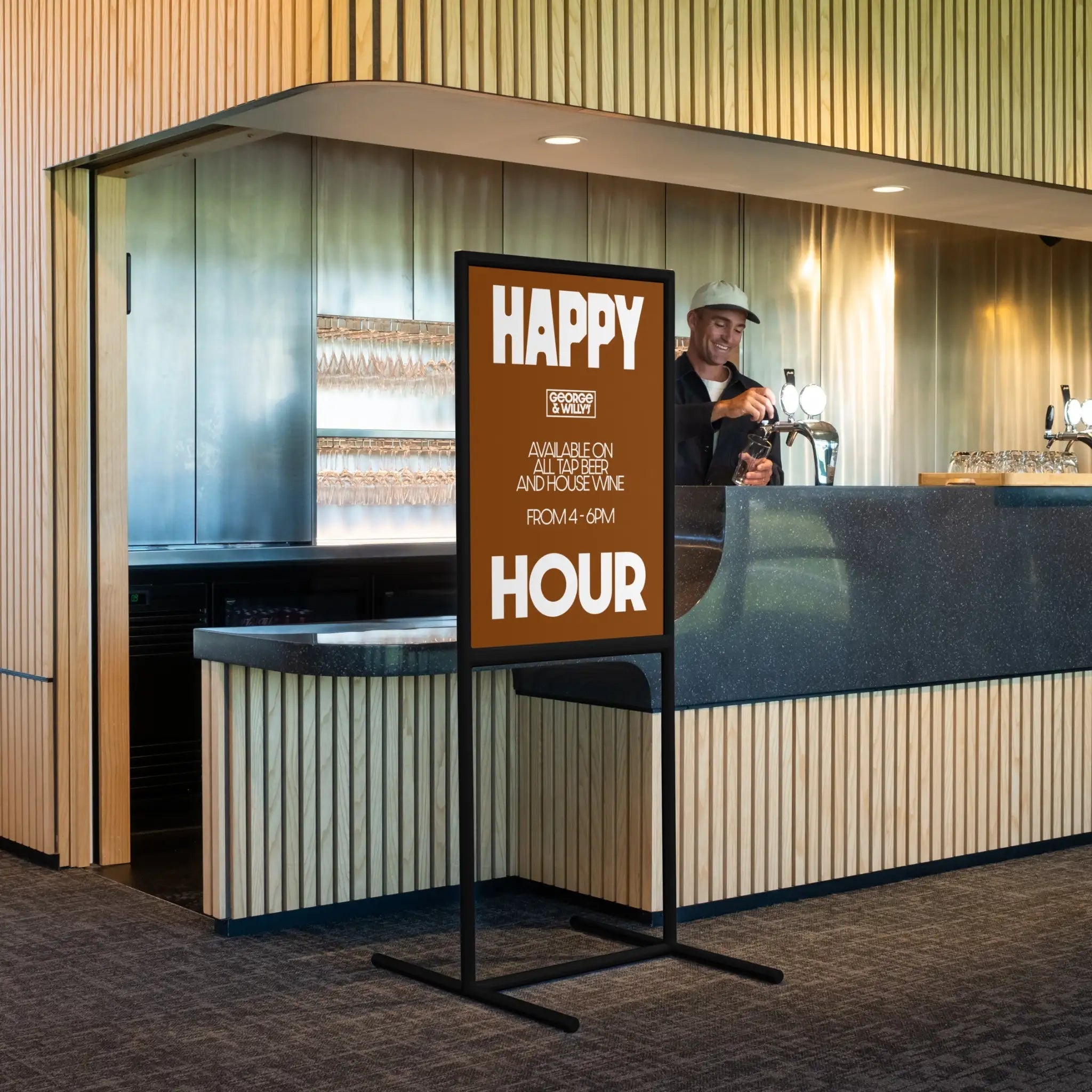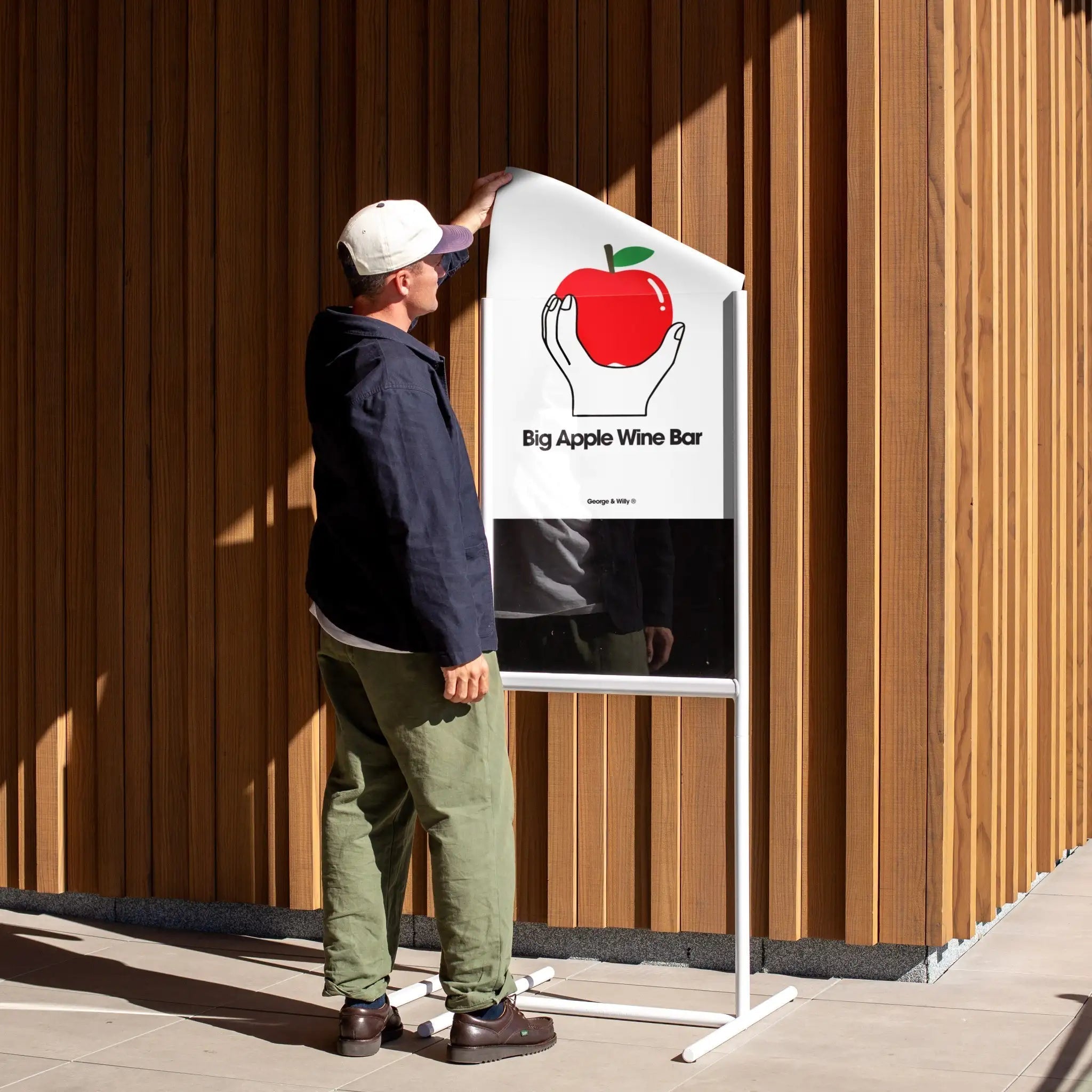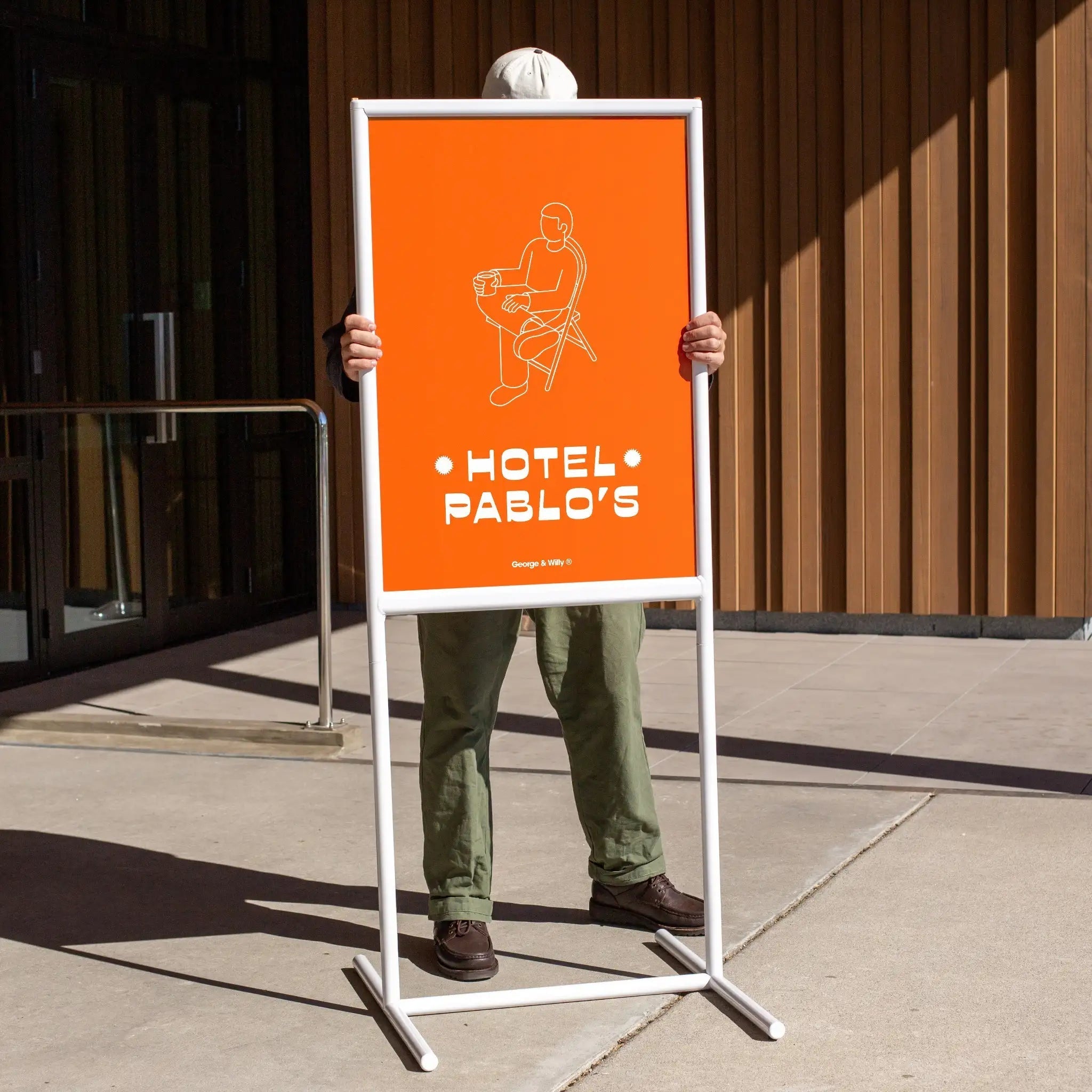Floor signage can turn an overlooked surface into your most valuable communication tool. Whether you’re guiding customers through a store or catching the eye of pedestrians on the sidewalk, the right graphics can make a huge impact. Getting it right comes down to smart material choices, thoughtful design, and proper installation.
Here’s everything you need to know to create effective and durable floor signage.
Choose the Right Film for Safe and Lasting Graphics
Not just any vinyl will do for floor and sidewalk graphics. It’s essential to use a film specifically engineered for foot traffic. These specialized materials are built to be flexible, tear resistant, and safe.
Safety is paramount, which is why you should always look for a slip resistant surface. In the U.S., many floor graphic materials are tested to an ANSI R10 standard for slip resistance, a benchmark referenced in the International Building Code. This certification ensures your floor signage won’t become a hazard, even on wet days.
The type of surface also dictates your choice. Whether you’re applying graphics to smooth tile, textured concrete, or carpet, the adhesive needs to be compatible. Outdoor graphics, for example, require a much stronger adhesive to handle rough concrete and weather, while indoor decals need to stick firmly without damaging polished floors. Investing in quality material pays off in the long run by avoiding peeling corners and frequent replacements.
Use Floor Signage for Wayfinding and Engagement
Floor graphics are more than just decoration; they are powerful tools for wayfinding and customer engagement. Experts often note their use as assets to direct guests through a business. Simple arrows or creative footprints can subtly guide people, improving the flow in large retail stores, airports, or event venues.
Because people naturally look down, especially while on their phones, floor signage is uniquely positioned to grab attention. A U.S. Postal Service study demonstrated this perfectly. By using floor decals to guide customers to self service kiosks, they increased signage attention by 18% and kiosk usage by 11%. This shows how effective floor signage can be for communicating promotions and improving customer experience.
For a cohesive navigation system, combine your floor graphics with other visual cues, such as a wall-mounted Rectangle Blade Sign to mark the destination at eye level. A well-placed floor arrow leading to a stylish A-Frame Sign creates a seamless journey for your visitors.
Design Eye Catching Interior Floor Graphics
Indoor floors are a blank canvas for creative marketing. Protected from the elements, interior floor graphics can focus on bold design and messaging and then echo key offers on Table Talkers at the counter. While walls and shelves are often crowded, the floor is typically an open and unexpected space for advertising. Surprisingly, one study found that 65% of manufacturers only use floor ads occasionally, creating a great opportunity for businesses to stand out.
When designing your indoor floor signage, think big and simple.
Direct Traffic: Guide customers through one way aisles or toward new product displays.
Promote Safety: Clearly mark hazardous areas or remind people of safety protocols.
Advertise Products: Use bold colors and logos to highlight special offers right at the point of purchase, and reinforce them with Counter Signs.
If you update prices often, complement your floor graphics with a Menu Board so promotions on the floor match the menu at a glance.
High contrast visuals and concise text work best, much like a billboard at your feet. Remember to consider your cleaning routine. Test a sample to ensure it holds up to floor cleaners and waxes, and consider a protective overlaminate to prevent scratches.
Select Weather Resistant Materials for Exterior Sidewalk Graphics
Outdoor floor signage faces much tougher conditions. Sidewalk graphics must bond to rough surfaces like concrete and asphalt while enduring rain, sun, and foot traffic. This requires materials with stronger adhesives and durable, non skid surfaces. Some specialized products, like the foil based Asphalt Art, are designed to conform to uneven ground and are inherently non slip without needing an extra laminate.
Even the toughest materials have a limited lifespan outdoors, typically lasting a few weeks to a few months. Plan to replace them periodically as they wear. Safety is also critical in wet conditions. Always use a film with a certified slip rating to prevent accidents.
To maximize curb appeal, pair your sidewalk decal with other exterior signage. A fun graphic on the pavement can capture initial interest, while a beautifully crafted Rounded Sidewalk Sign can provide more detail and reinforce your brand aesthetic.
Tip: In windy locations, stabilize your street signage with a Sandbag for A-Frame Signs to keep everything safely in place.
Compare Materials to Find the Best Fit
The right floor graphic material depends entirely on your specific needs. The main options are vinyl and specialty substrates, each with different adhesives and lifespans.
Vinyl vs. Specialty Substrates
Most floor signage is made from PVC vinyl because it’s durable, flexible, and prints well. However, newer materials like aluminum foil based films can conform to very rough surfaces where traditional vinyl might fail.
Adhesive and Duration
The adhesive is another key factor.
Removable Adhesives: These are ideal for short term campaigns or rented spaces, as they peel off cleanly without leaving residue.
Permanent Adhesives: These create a stronger bond for long term applications or high traffic areas.
Before you choose, create a checklist considering the surface texture, traffic level, environment (indoor or outdoor), duration, and safety requirements. This will help you select the floor signage material that performs best for your project.
Protect Graphics with a Quality Overlaminate
An overlaminate is a clear protective layer that shields your printed graphic from scuffs, scratches, and UV damage. It can dramatically extend the life of your floor signage. With a laminate, an indoor graphic can last up to a year, while an outdoor graphic can last for several months.
More importantly, a quality overlaminate provides a textured, slip resistant surface. Look for UL approved overlaminates that meet safety standards like UL 410 for slip resistance. This protects both your investment and your customers.
Always use the laminate recommended by the film manufacturer. Mismatched materials can cause curling or adhesive failure. Following the supplier’s guidelines ensures your floor signage will look great and remain safe.
Master the Installation for Long Lasting Results
Proper installation is the final step to ensuring your floor signage looks professional and lasts as long as possible.
Surface Preparation
The surface must be completely clean and dry. Sweep away all dust and debris, and wipe the area with isopropyl alcohol to remove any oils. Avoid applying graphics right after waxing, as the residue can interfere with the adhesive.
Application
Temperature and moisture are crucial, especially outdoors. Most adhesives work best in moderate temperatures. Use a roller or squeegee to apply the graphic, working from the center outward to push out air bubbles. Pay special attention to the edges to prevent them from lifting.
Design and Maintenance
Simple shapes with rounded corners are less likely to peel than those with sharp, intricate edges. A small quarter inch radius on corners can make a big difference in the longevity of your floor signage.
Inspect your graphics regularly. If you notice peeling edges or excessive wear, it’s time for a replacement. A well maintained graphic looks professional and, more importantly, keeps your space safe.
Frequently Asked Questions About Floor Signage
1. What is floor signage made of?
Most floor signage is made from a durable, tear resistant vinyl film with a special non slip coating. For rough outdoor surfaces like asphalt, some graphics use a foil based material that conforms to the texture.
2. Is floor signage safe for high traffic areas?
Yes, when you use the right materials. Always choose a floor graphic film that has been certified for slip resistance (like an ANSI R10 rating) and apply a UL approved anti slip overlaminate for maximum safety.
3. How long do floor graphics last?
The lifespan depends on the material, location, and foot traffic. Laminated indoor floor signage can last up to a year, while outdoor sidewalk graphics typically last from a few weeks to three months due to weather exposure.
4. Can I install floor signage myself?
Absolutely. Proper installation involves thoroughly cleaning and drying the surface, then carefully applying the graphic with a squeegee to remove air bubbles. For outdoor applications, be mindful of temperature and moisture.
5. How do you remove old floor graphics?
Most high quality floor decals are designed with removable adhesives. They should peel up cleanly when pulled at a 90 degree angle. Any leftover residue can typically be removed with a standard adhesive remover.
6. Can floor signage be applied to any surface?
Specialized films are available for a wide range of surfaces, including smooth tile, sealed concrete, wood, and even some carpets. For textured outdoor surfaces like asphalt or brick, you’ll need a graphic material specifically designed to conform to irregularities.
7. How can I make my floor signage more effective?
Keep your design bold, simple, and easy to read from a distance. Use high contrast colors and clear messaging. For wayfinding, pair your floor signage with other visual cues, such as a Magnetic Letter Menu Board for quick updates, to create a cohesive experience.

